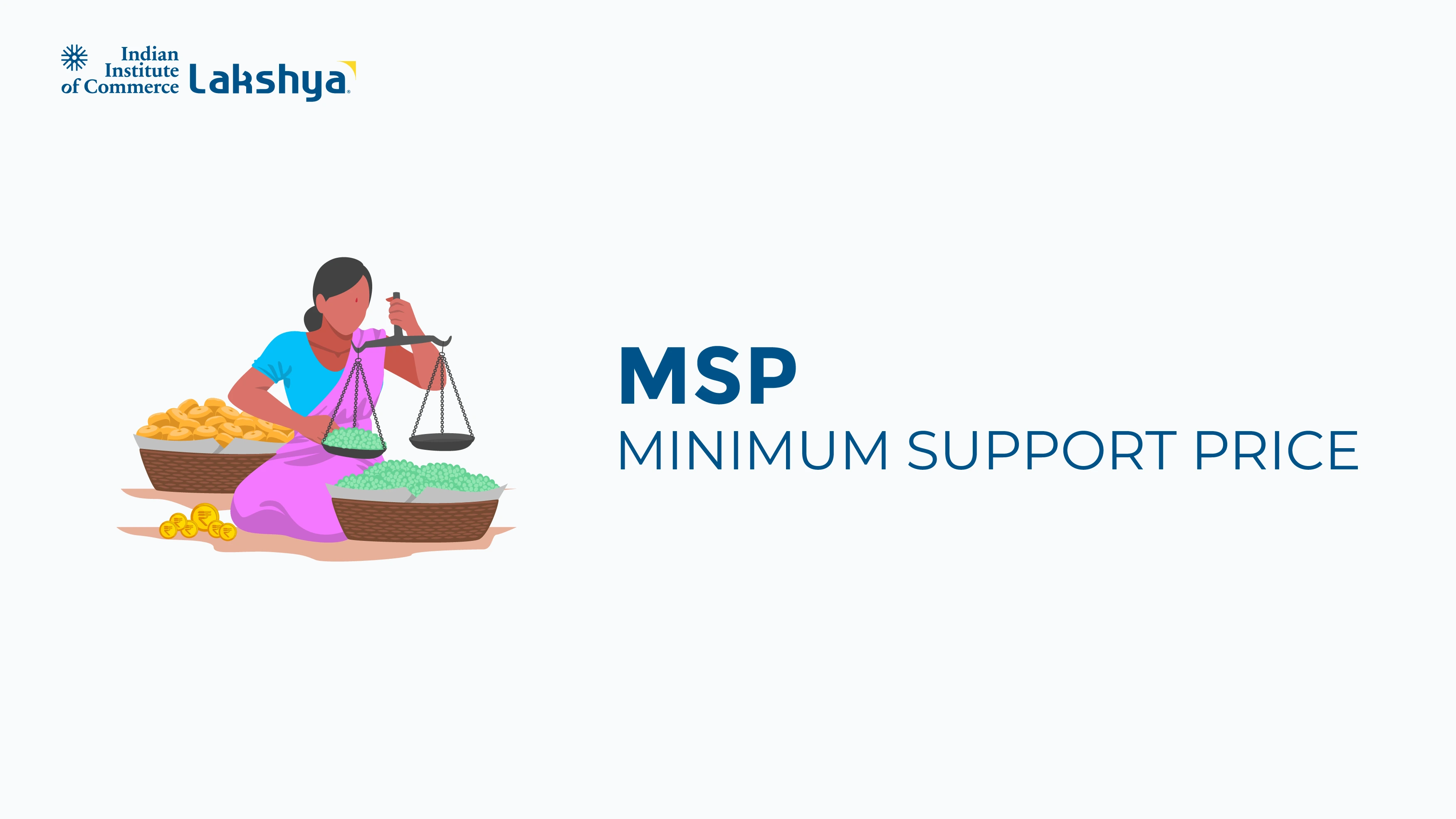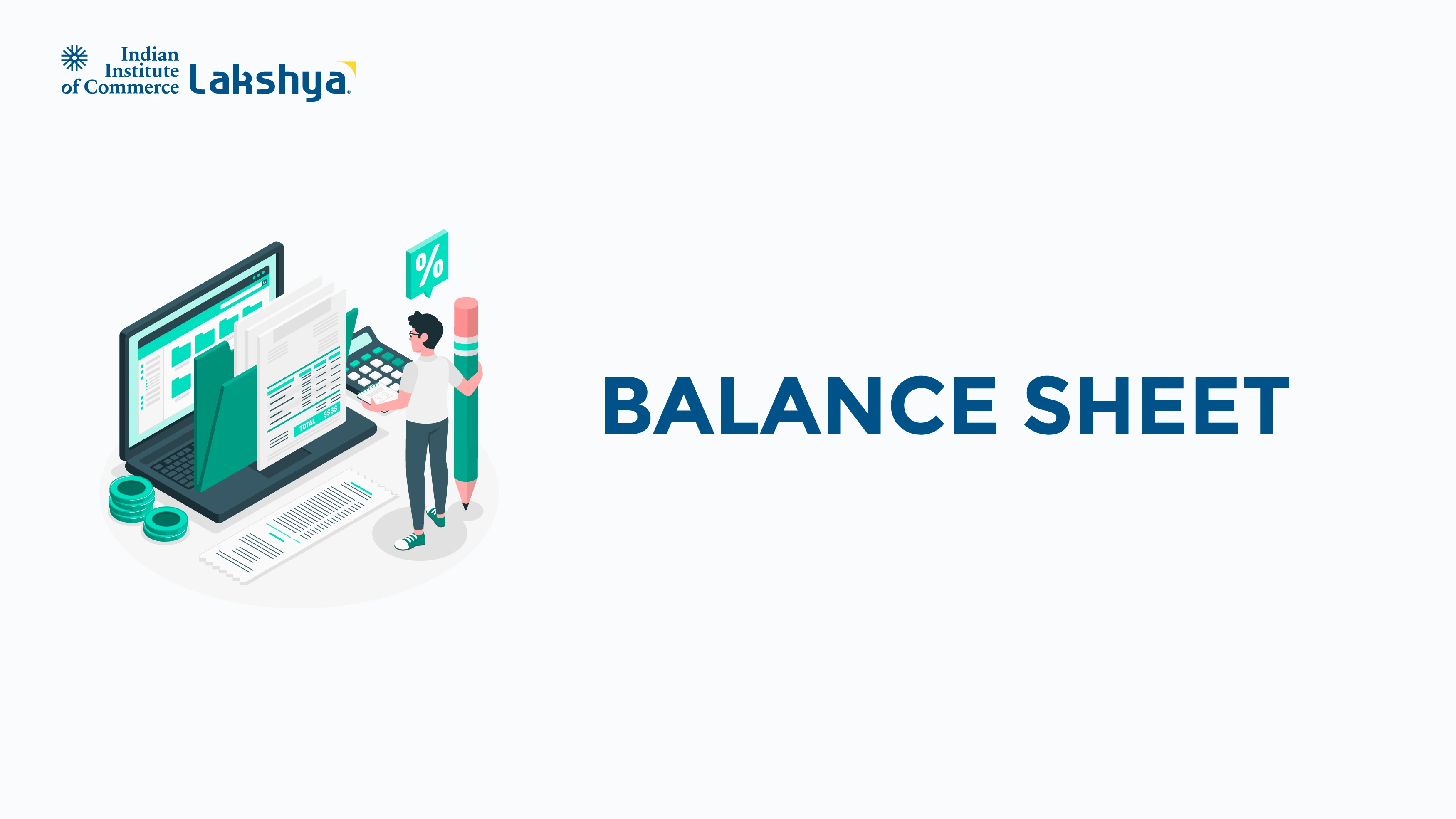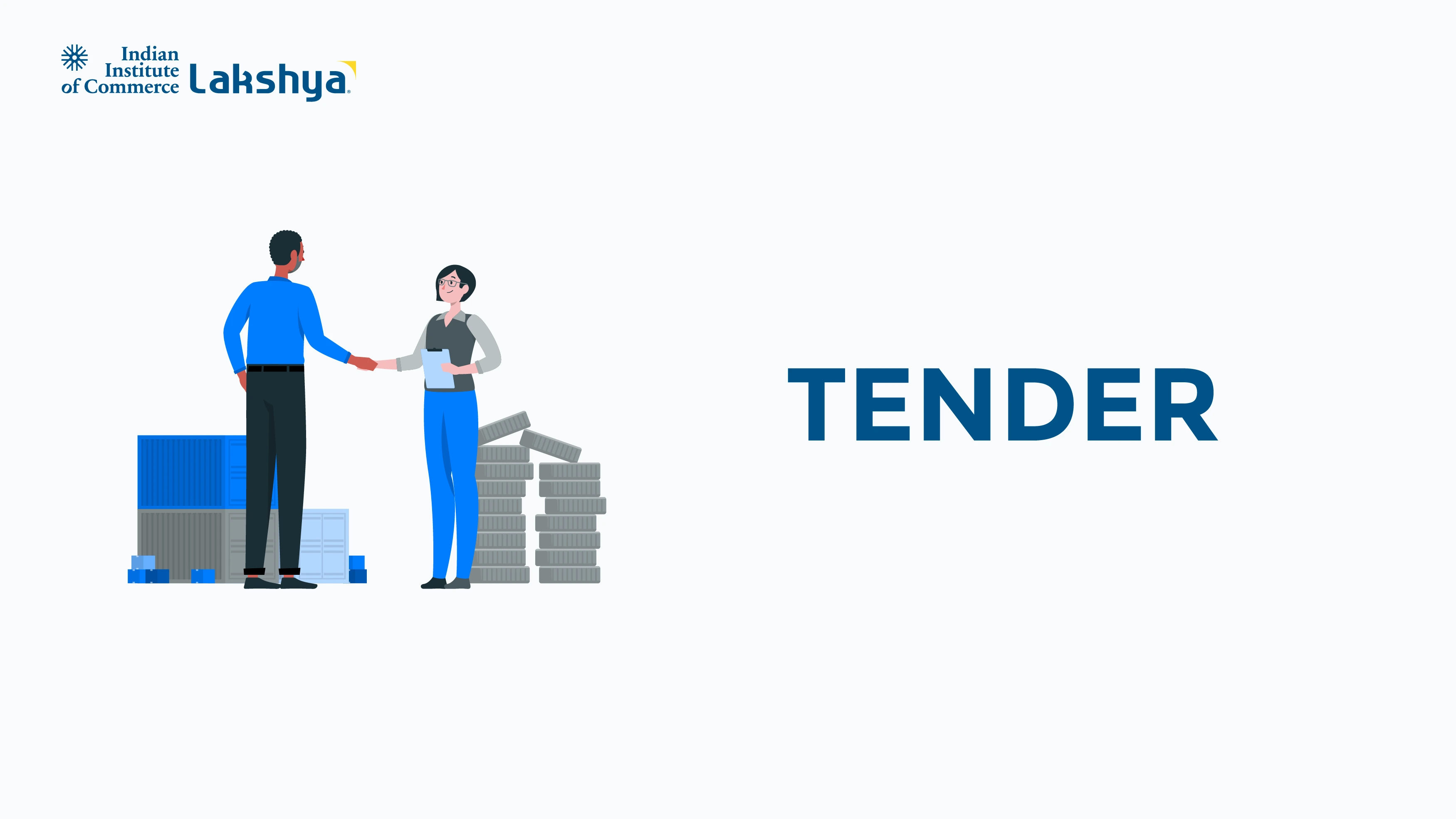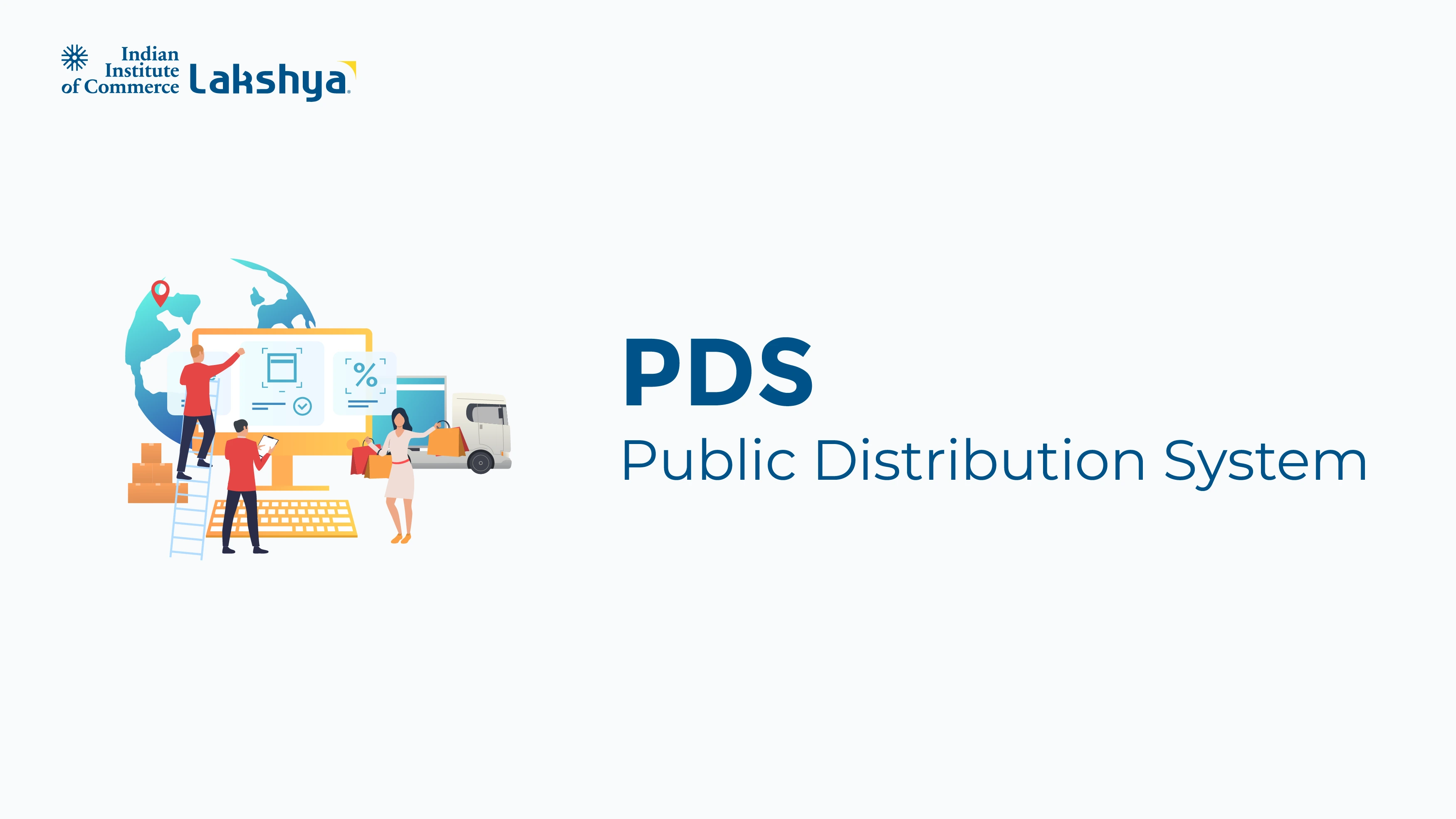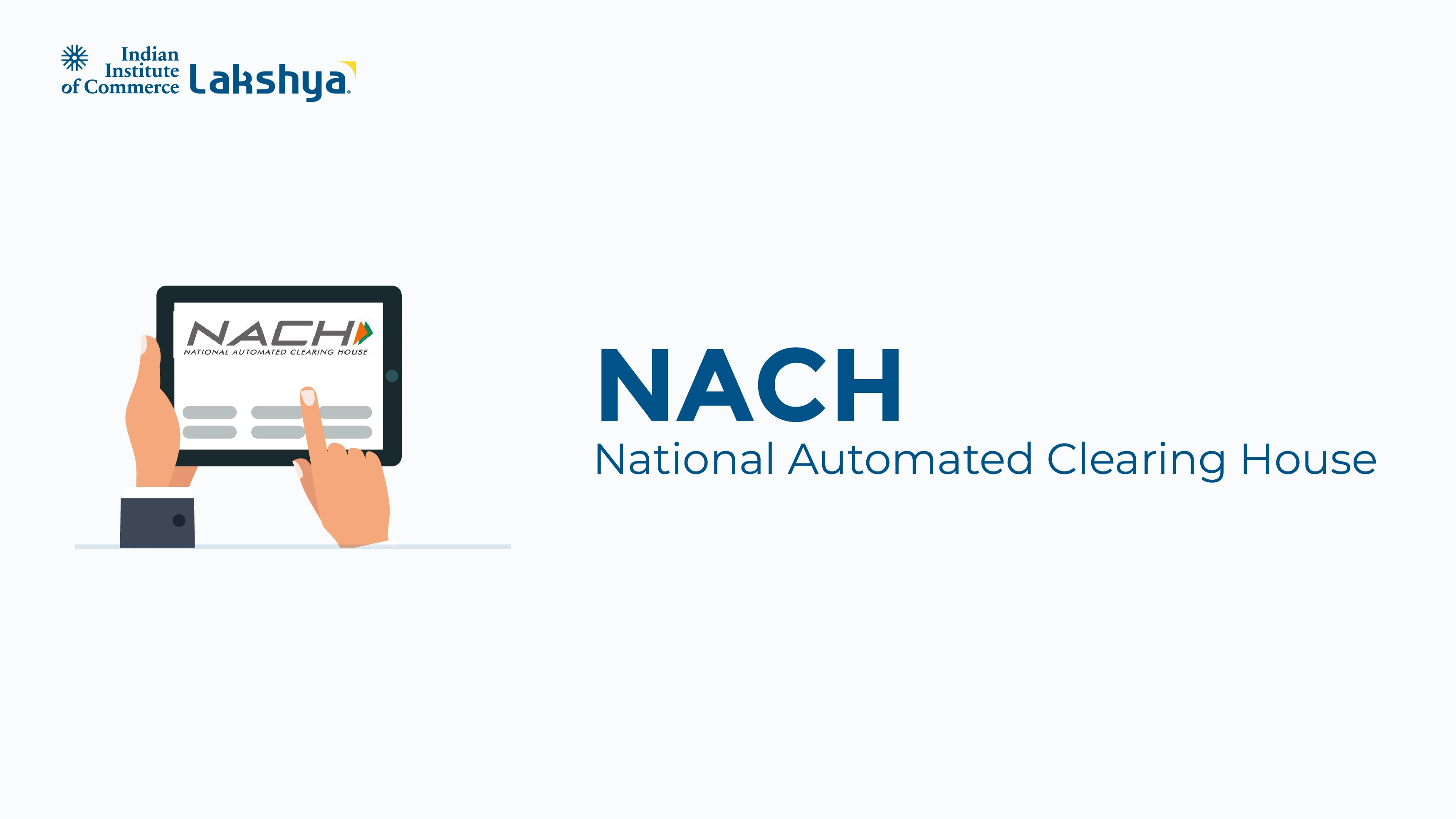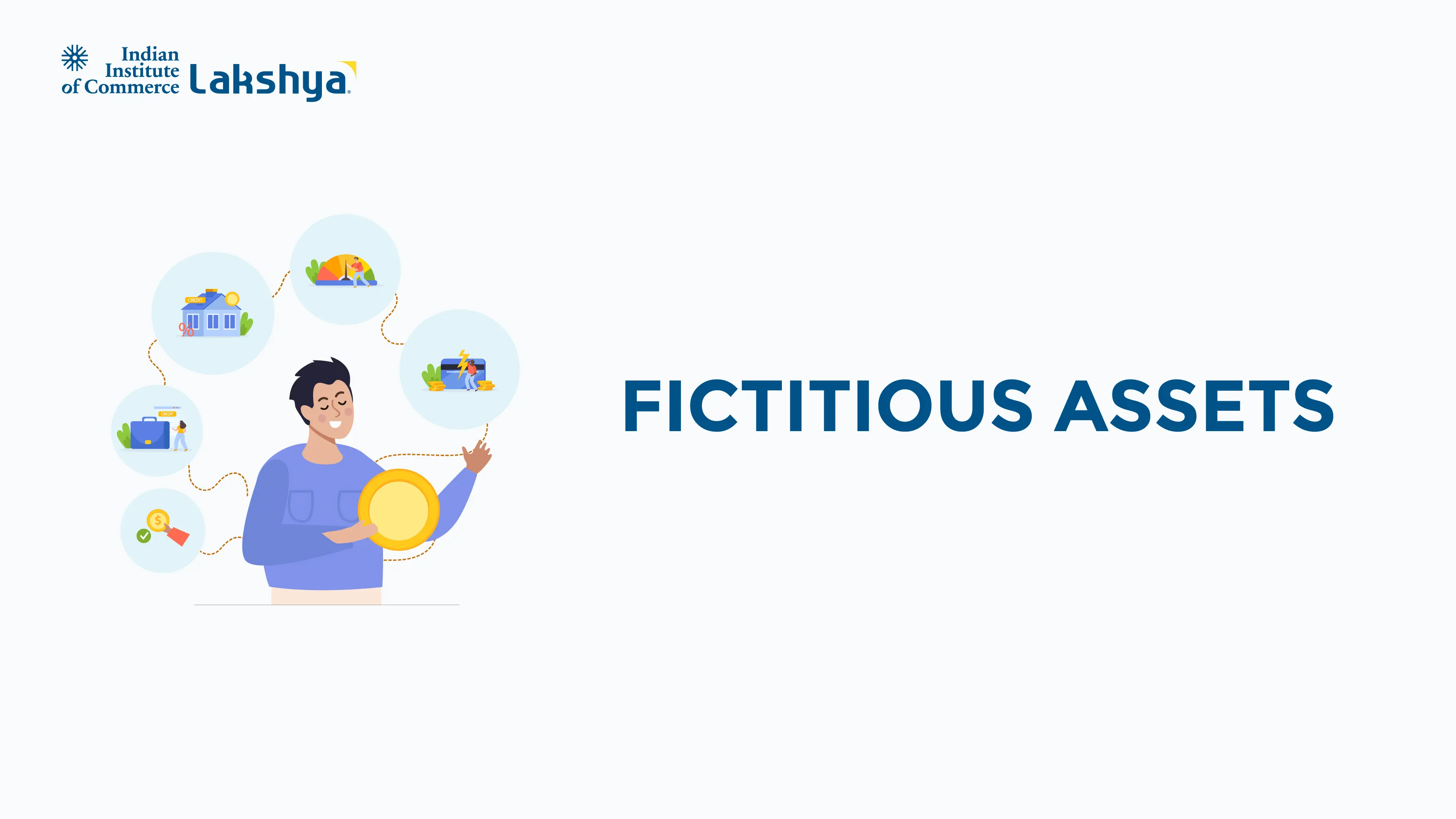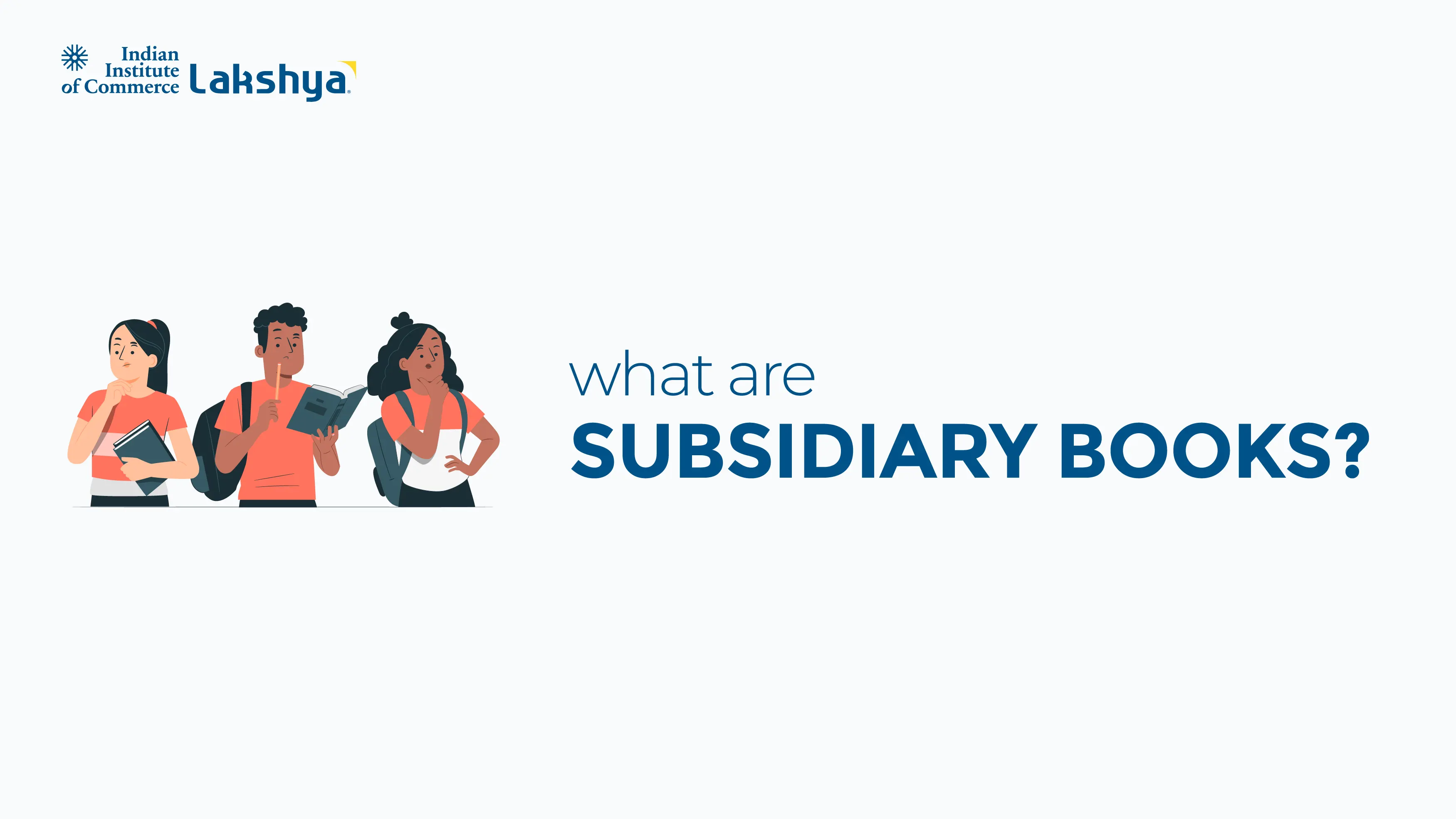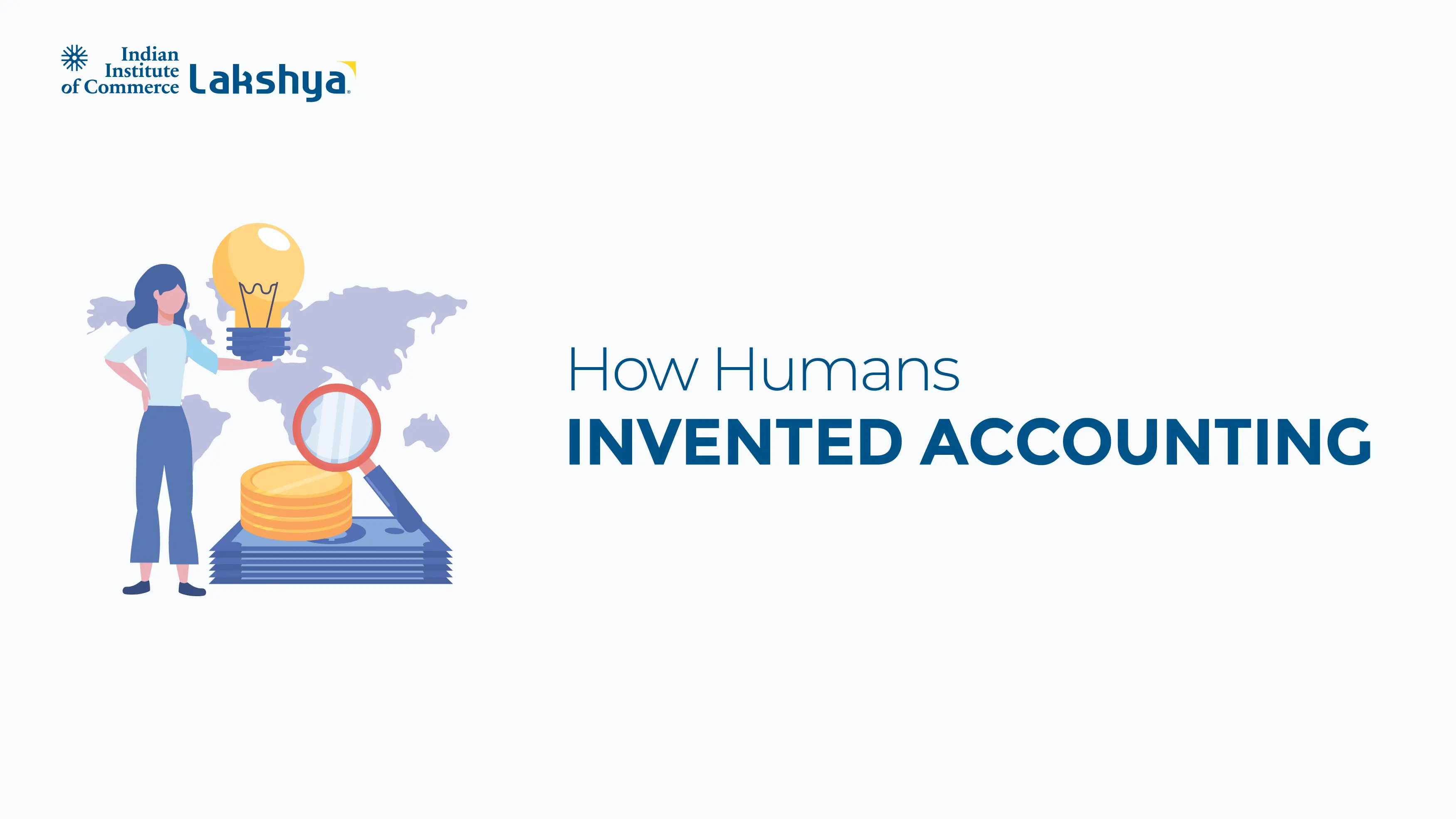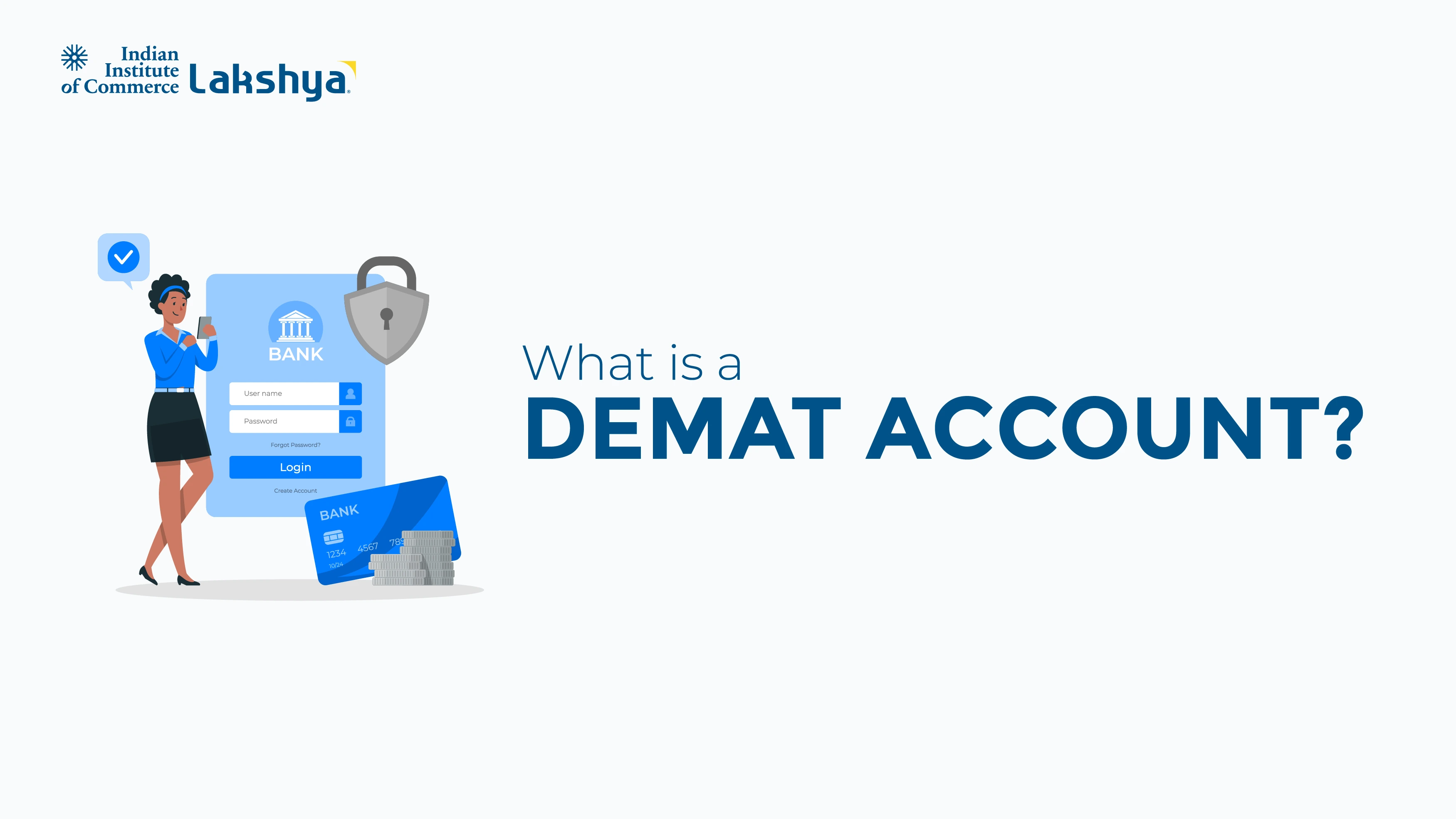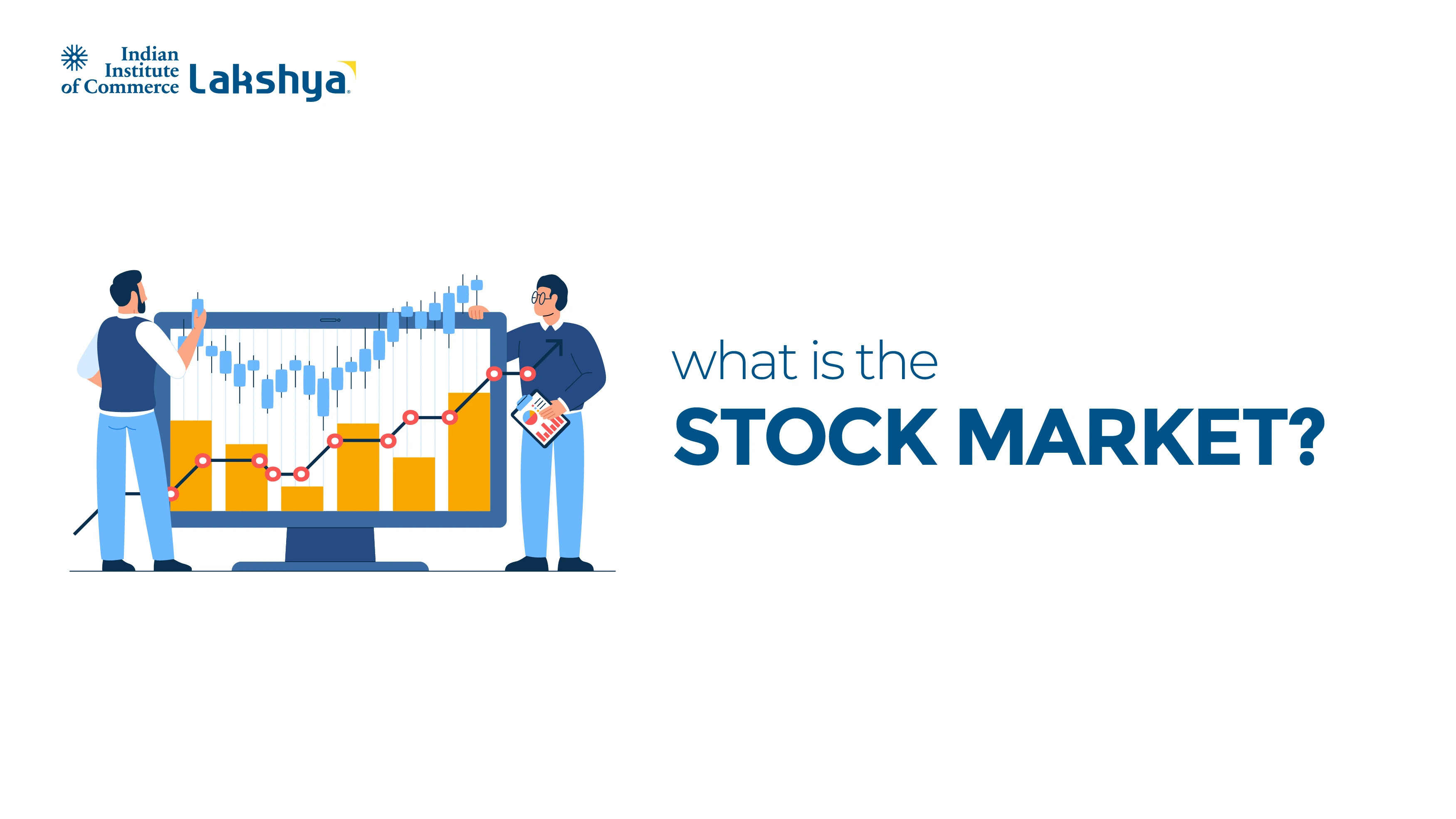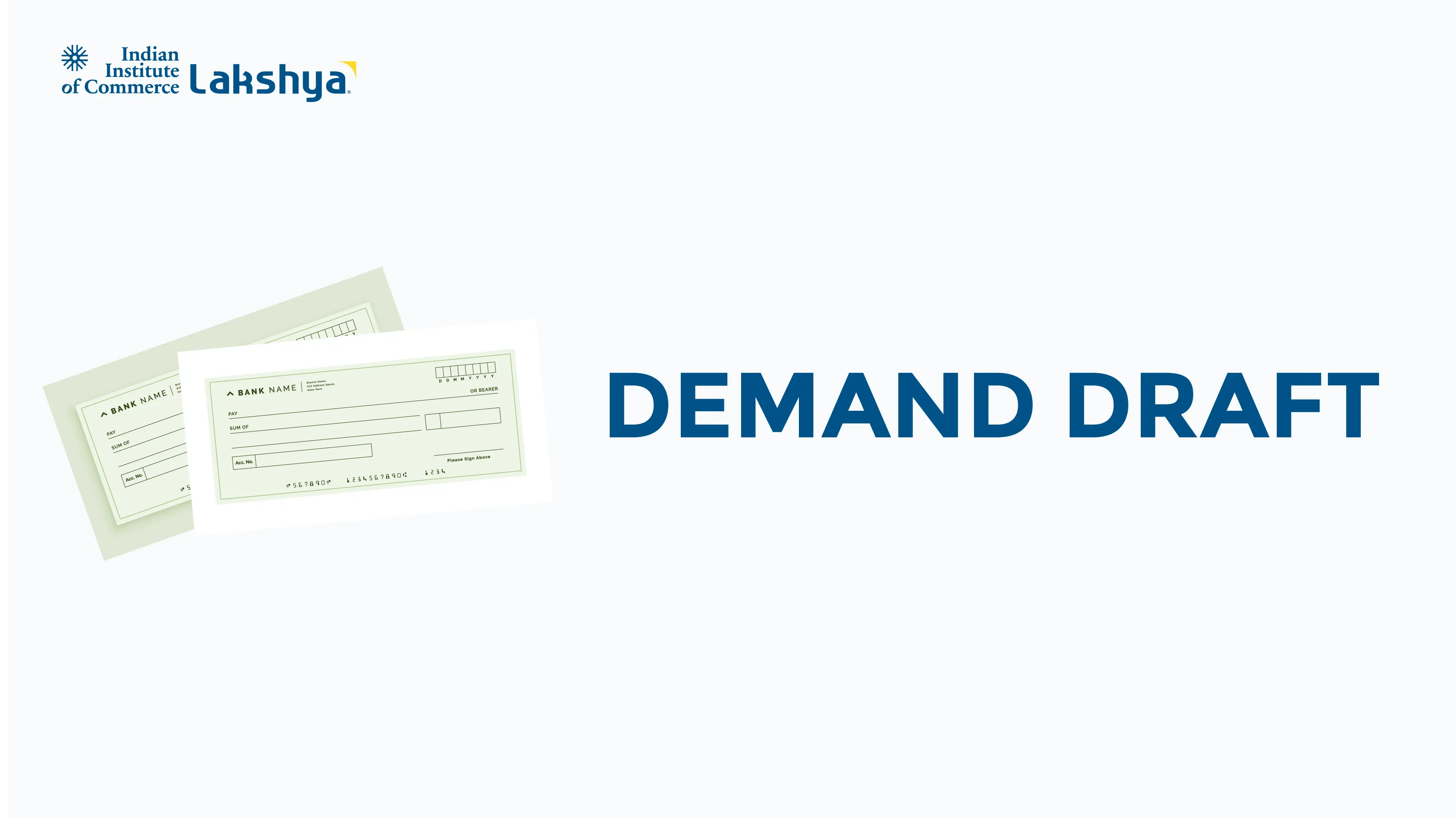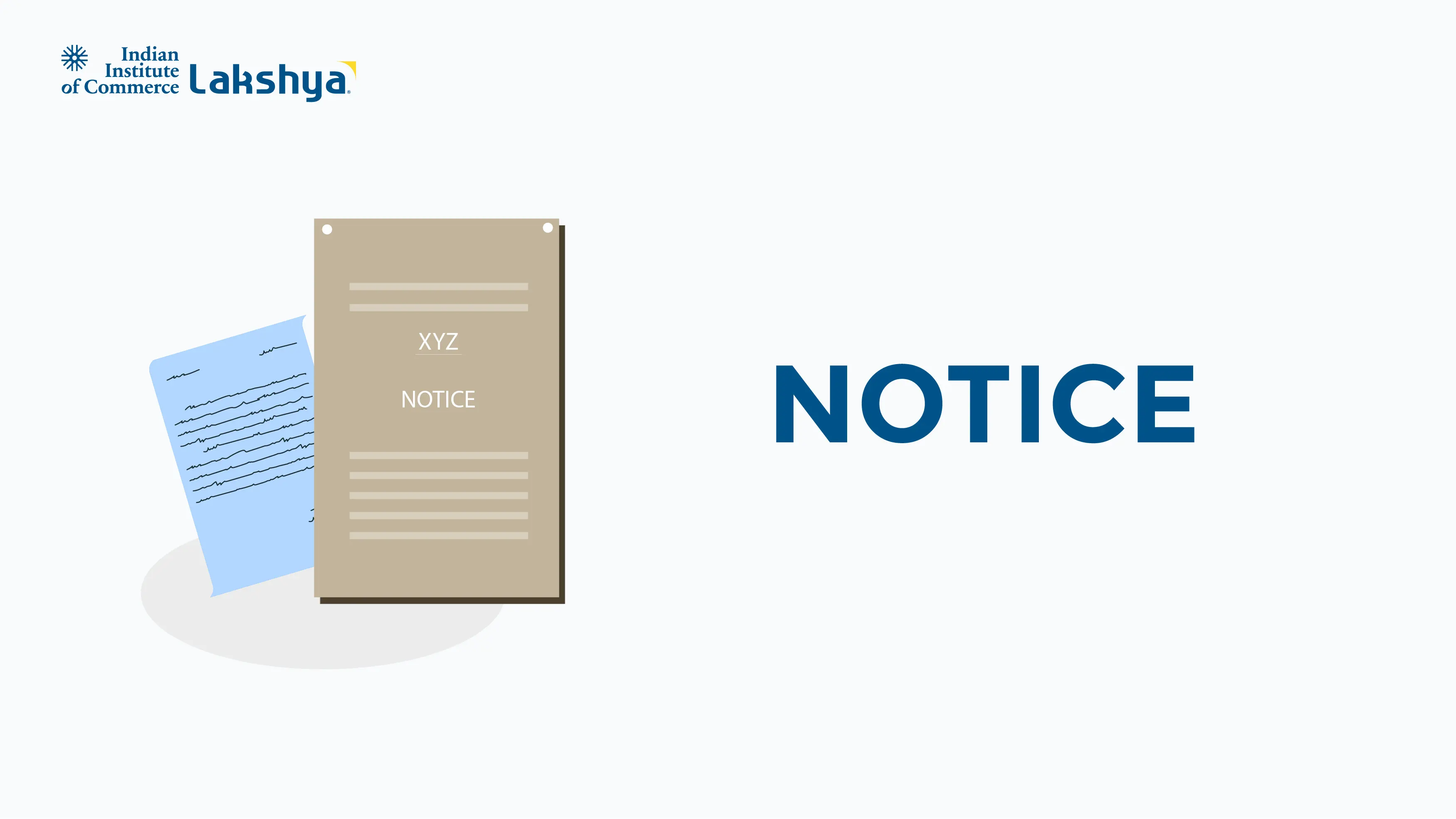What is Labelling? - Meaning, Types & Functions
Last Updated On -10 Jul 2025
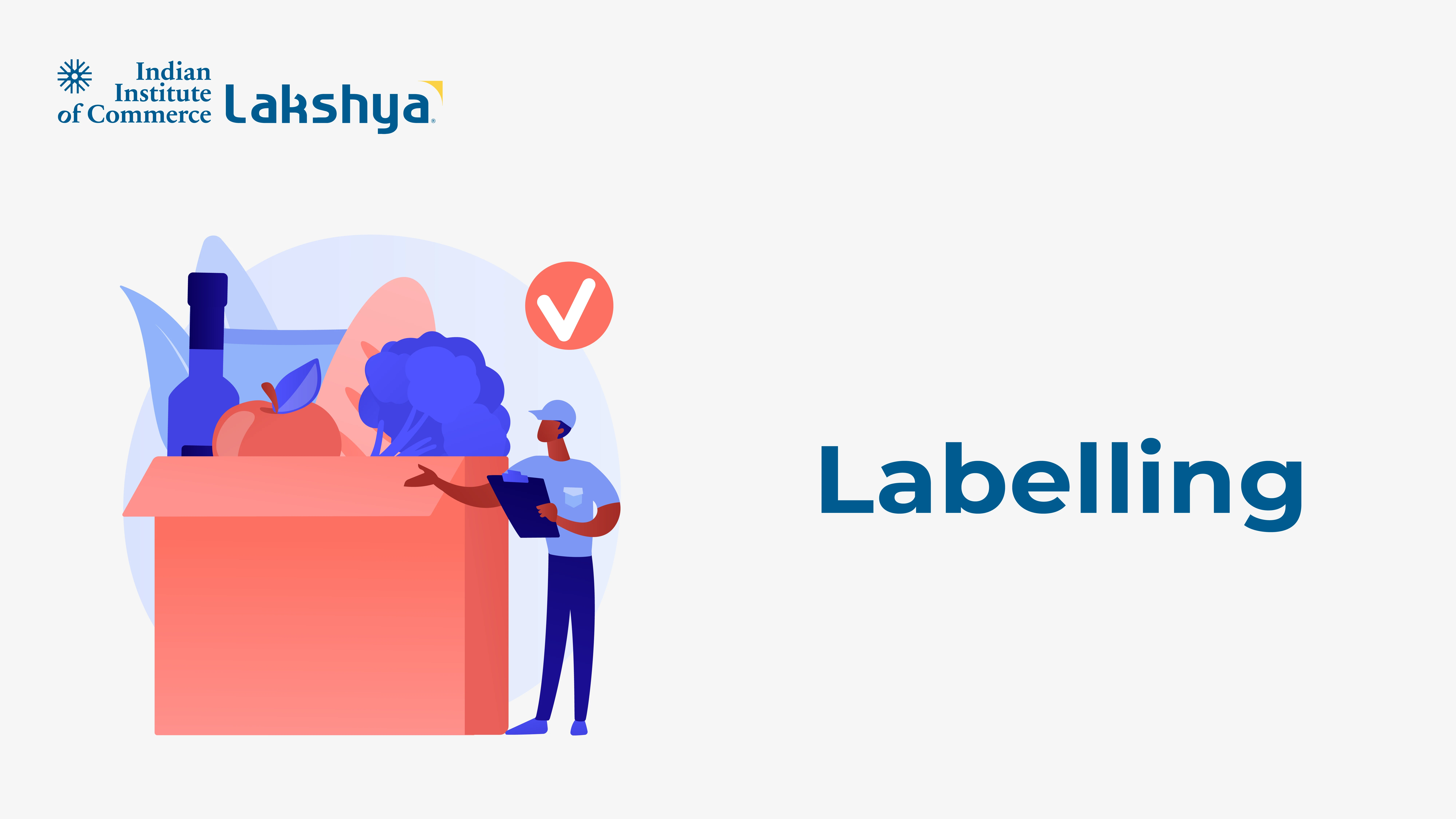
When there are a lot of products competing for attention in today's consumer market, labels are highly crucial for communicating, following the rules, and gaining customers' trust. The label tells, teaches, and often convinces the buyer to buy the product, even when the packaging captures their eye. Labelling links the product to the customer by showing the brand, explaining the contents and how to use them, and giving legal warnings.
It's crucial for marketing students and companies that are about to launch a new product to know what labelling means and what sorts of labelling there are so they can obey the regulations and do well in the market.
What is Labelling?
Labelling is the act of putting written, printed, or visual information on a product or its packaging. It could be part of the packaging or a separate tag, sticker, or barcode. Labels serve a number of purposes, including identifying, providing information, rating, advertising, and following the law.
Packaging is largely about structure and protection, whereas labelling is more about substance and clarity. It makes sure the client knows what the product is, what's in it, how to use it, and what safety steps to take.
Key Functions of Labelling
Labelling is no longer a small concern; it's necessary for a product to do well in a time when people are more aware and careful. Labels are vital for marketing management in a lot of ways, such as making sure items are safe and legal and building trust and brand recognition. A well-designed label may help your products stand out, make customers feel better about buying them, and make sure the legal process goes smoothly. In today's economy, which is both competitive and regulated, both students and businesses need to learn how to label things.
1. Identifying the Product
Labels make it easy to know what the product is. The brand name, logo, variation, and product name are frequently on a label. This makes it stand out more on a shelf with a lot of other things.
2. Description and Information
Labels tell you important things about a product, like what it's made of or what it's made of.
- Ingredients or materials
- How to use
- Dates of making and expiration
- Information on the food's nutrition
- Warnings about toxicity, flammability, allergies, and so on
- Amount and weight
This information can help customers make educated decisions about what to buy.
3. Following the Regulations and the Law
Labelling makes sure that businesses follow the law in their own country and all over the world.
- For example, FSSAI in India makes rules for food labels.
- BIS (for product standards)
- The Law on Weights and Measures
- Department of Drug Control (for drugs)
If labels don't follow the standards, they could get fined or the product could be recalled.
4. Rules for Quality and Grading
Labels typically say what kind of product it is, like "Premium," "Standard," or "Economy." Not genetically modified, organic, and certified. This makes it easier to break the market up into segments and discover the proper customers.
5. Advertising and branding
Labels also assist market things by exhibiting taglines, QR codes, limited-time offers, and certification badges like "100% Natural" and "ISO Certified." A good label makes it easier for customers to remember your brand.
Key Types of Labels
Marketing and Packaging Labels must always be honest and up-to-date. Misleading labels can ruin a brand's reputation, break the law, and hurt consumers' rights. Some examples are false health claims, fake organic tags, and wrong expiration dates. You should examine your labels every now and then to make sure they follow the rules and the latest trends in the market.
There are two main ways to group labels:
By Purpose and Function:
- Brand Name: Shows only the brand's name or logo. For example, "Nike" on a tag on a shirt.
- Descriptive Label: A tag with a description tells you all you need to know about the product, like what it's made of, what it does, and how to use it. For instance, a bottle of shampoo with the ingredients and directions on it.
- Label for Grade: Sorts the goods based on its quality or standard. For instance, tea that is called "Grade A" or "Premium."
- Informative label: Includes legal and factual information including the price, batch number, barcode, and safety warnings. For instance, a medicine label that shows the dose and the date it will expire.
- Label for Marketing: Made to sell the item, with bargains, slogans, or certificates. A sticker that says "Buy 1 Get 1 Free" or a certificate that says "Organic Certified" are two examples.
Based on Physical Form and Application:
- Easy Tags: Usually comes with a string that connects it to the item (common for garments and gifts). Add the brand name, size, material, or cost. They can be easily removed because they aren't permanently attached. For instance, a tag on clothing that tells you what it is.
- Adhesive Labels: Stickers that stay on items are the most prevalent kind of label. It has brand and regulatory information printed on it and can attach to itself. You can make it out of foil, plastic, or paper. Used on makeup, food, electronics, and bottles. For instance, a sticker on a jar of pickles that tells you what's inside and gives you the FSSAI number.
- Wrap-around labels: Like on bottles and cans, the label goes all the way around the goods. Gives you the maximum space for branding, pictures, and information. For instance, labels for bottles of cold drinks.
- IML Labels or In Mould: The label and the container become one during the moulding process. More resistant to damage and wear. Used in high-end plastics and containers for things that sell quickly. For instance, ice cream tubs with designs on the sides.
- Heat Shrink Labels: When heat is applied, the label fits tightly around the goods like a sleeve. Containers with odd forms or full-body embellishments are common. Bottles of energy drinks, for instance.
- Barcodes or QR codes on labels: Labels that machines can read to help keep track of goods and stock. Includes details about the price, batch, or production. Used more and more regularly to check digital goods. A QR code, for instance, allows you to use a smartphone app to scan product information.
|
Did you know? According to the Food Marketing Institute, over 60% of shoppers read product labels before making a first purchase. |
See Also
- Prepaid Expenses
- Indian Economy on the Eve of Independence
- Royalty Accounts
- Positive & Normative Economics
Level up your commerce knowledge with our latest Commerce Concepts!
Frequently Asked Questions (FAQs)
What's the difference between packaging and labelling?
The package is what holds the goods, and the printed or graphical information on the box is what is called labelling. Labelling is about following the regulations and talking to people, while packaging is about protecting and showing off.
Do you have to put labels on products in India?
Yes. The government says that some products, like food, drugs, cosmetics, and gadgets, must have labels. Labels must provide information like the net quantity, the price, the batch number, and safety warnings.
What should a decent label look like?
It's easy to read and understand a decent label. Right and useful and following the rules. In keeping with the brand's style. It lasts a long time and is easy to read in any light.





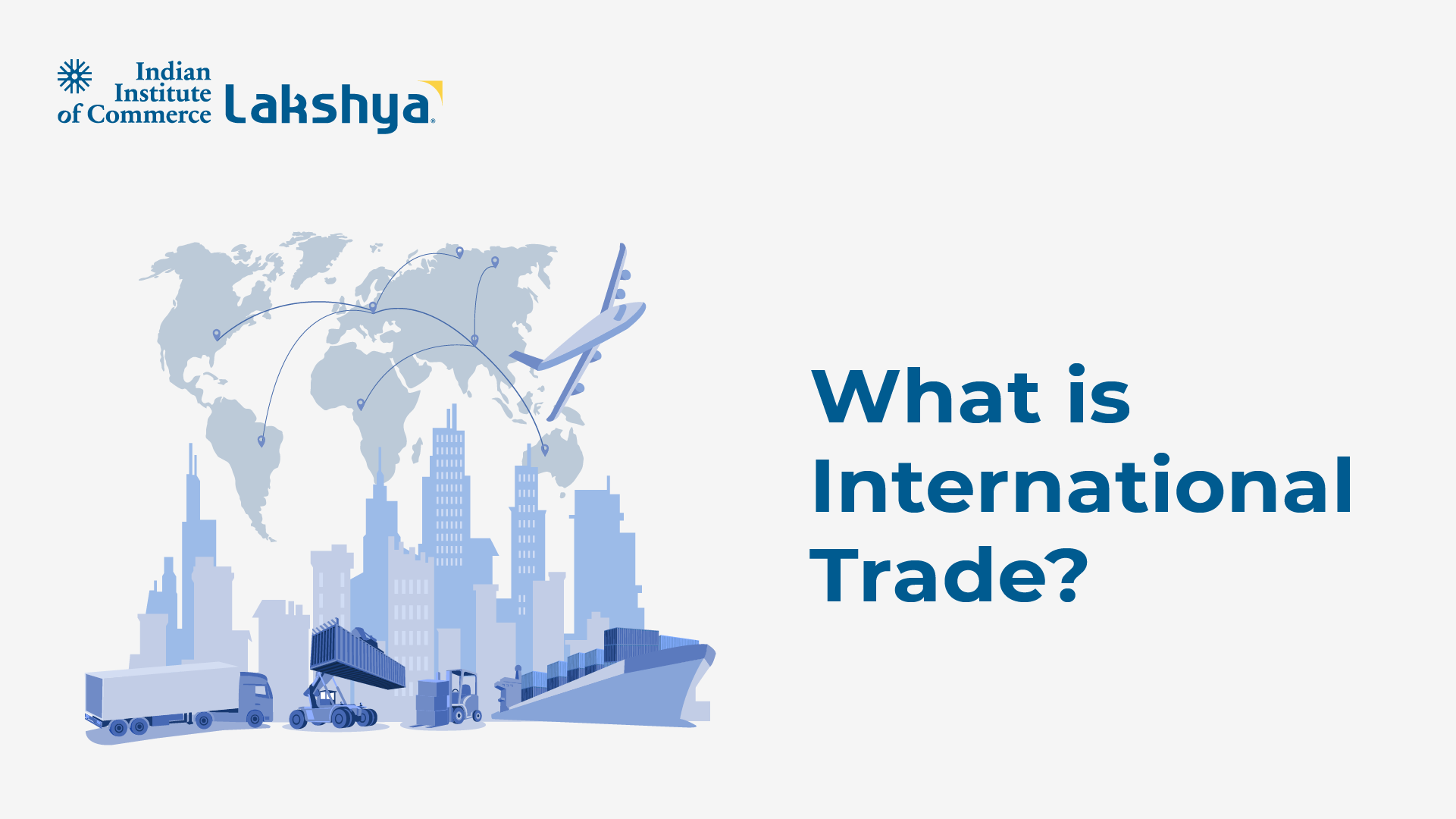
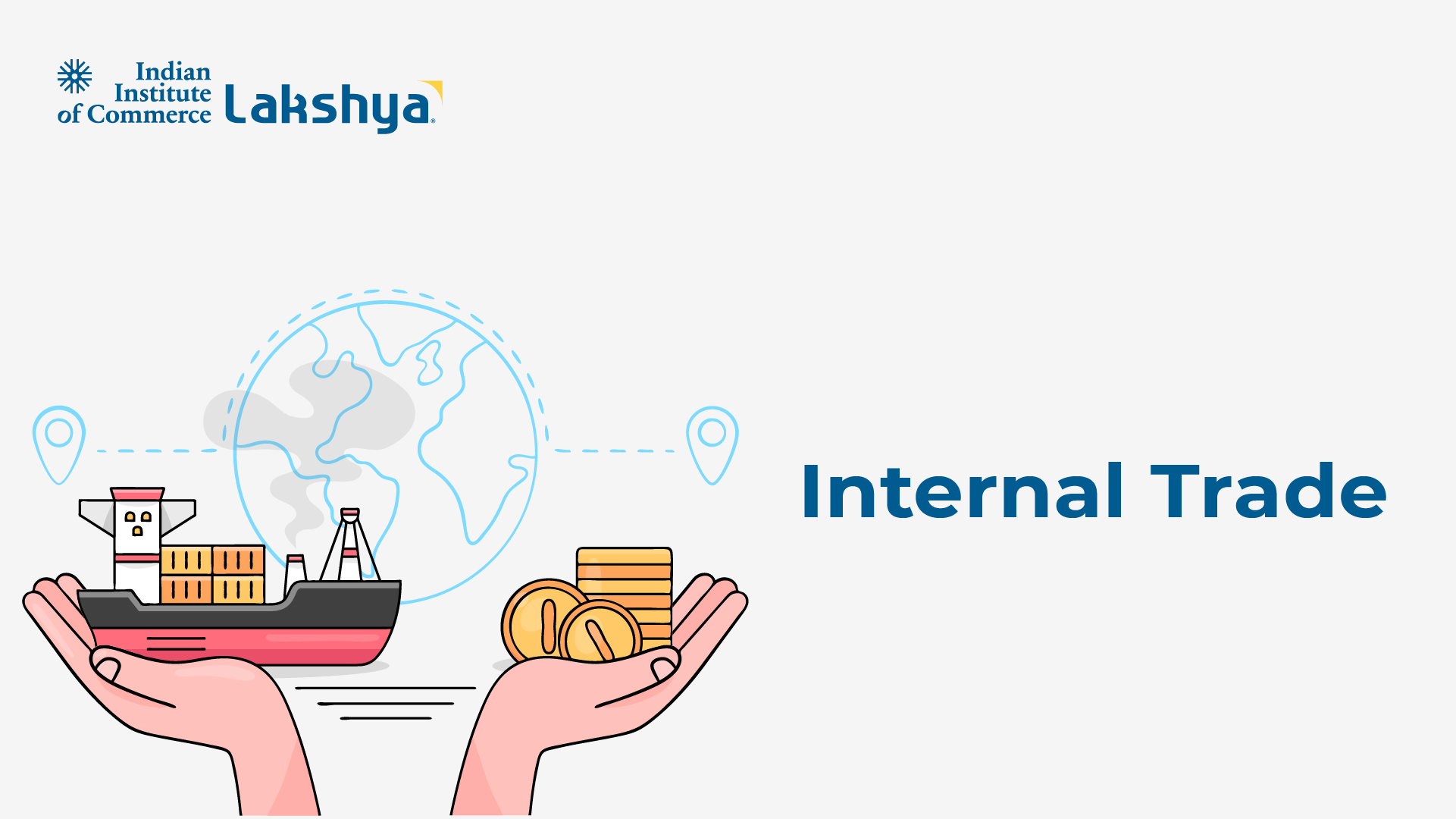
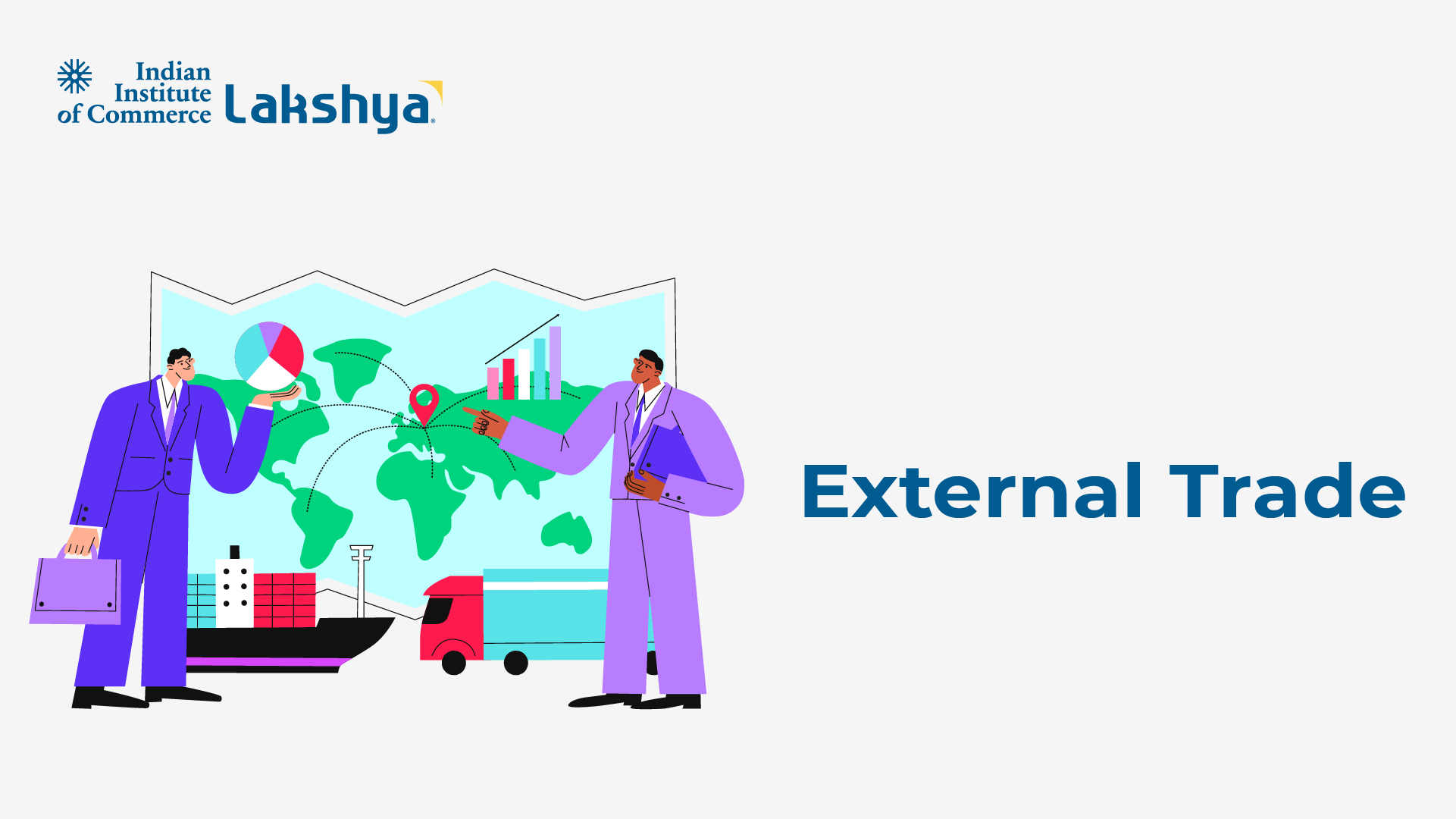
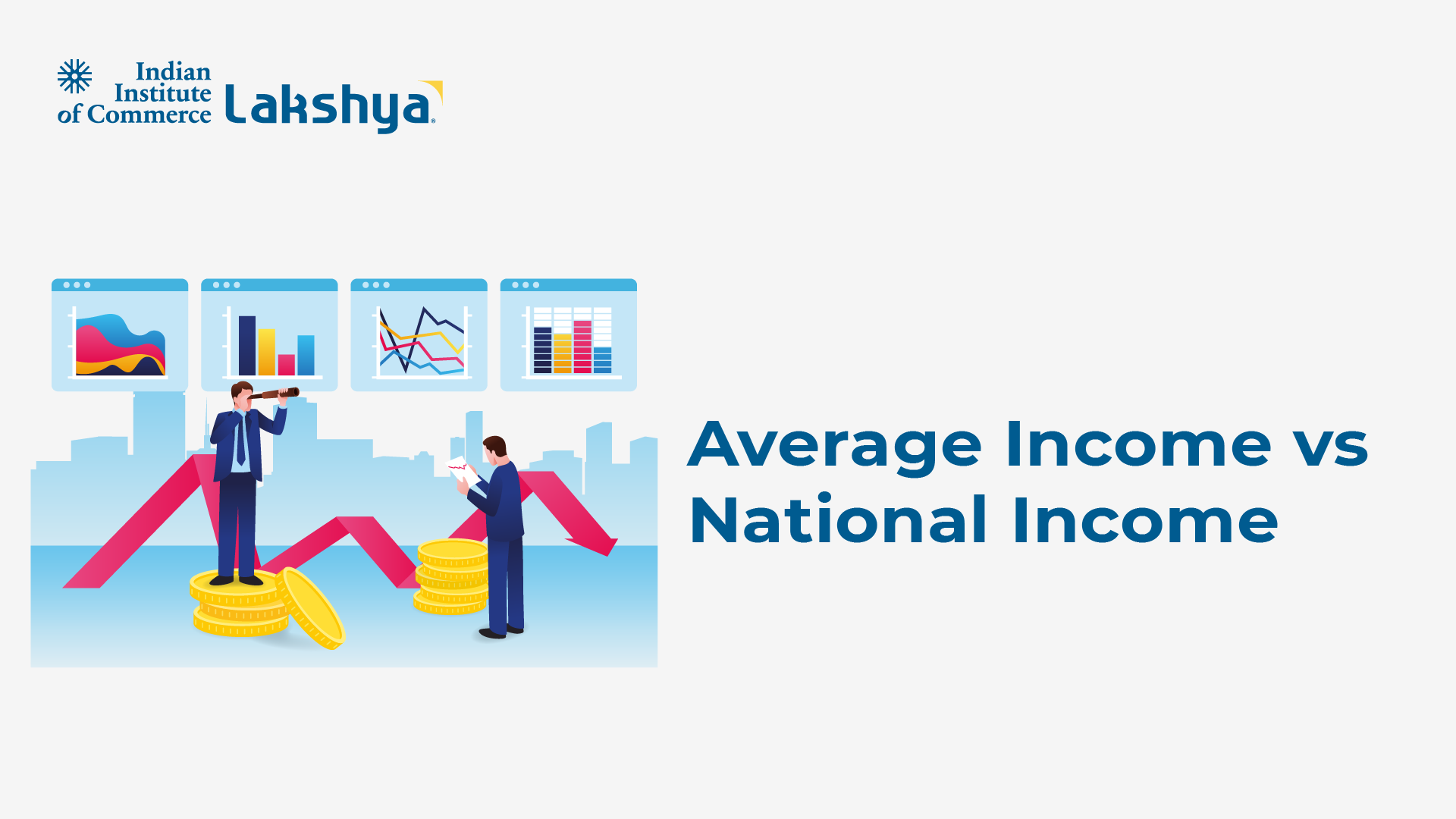


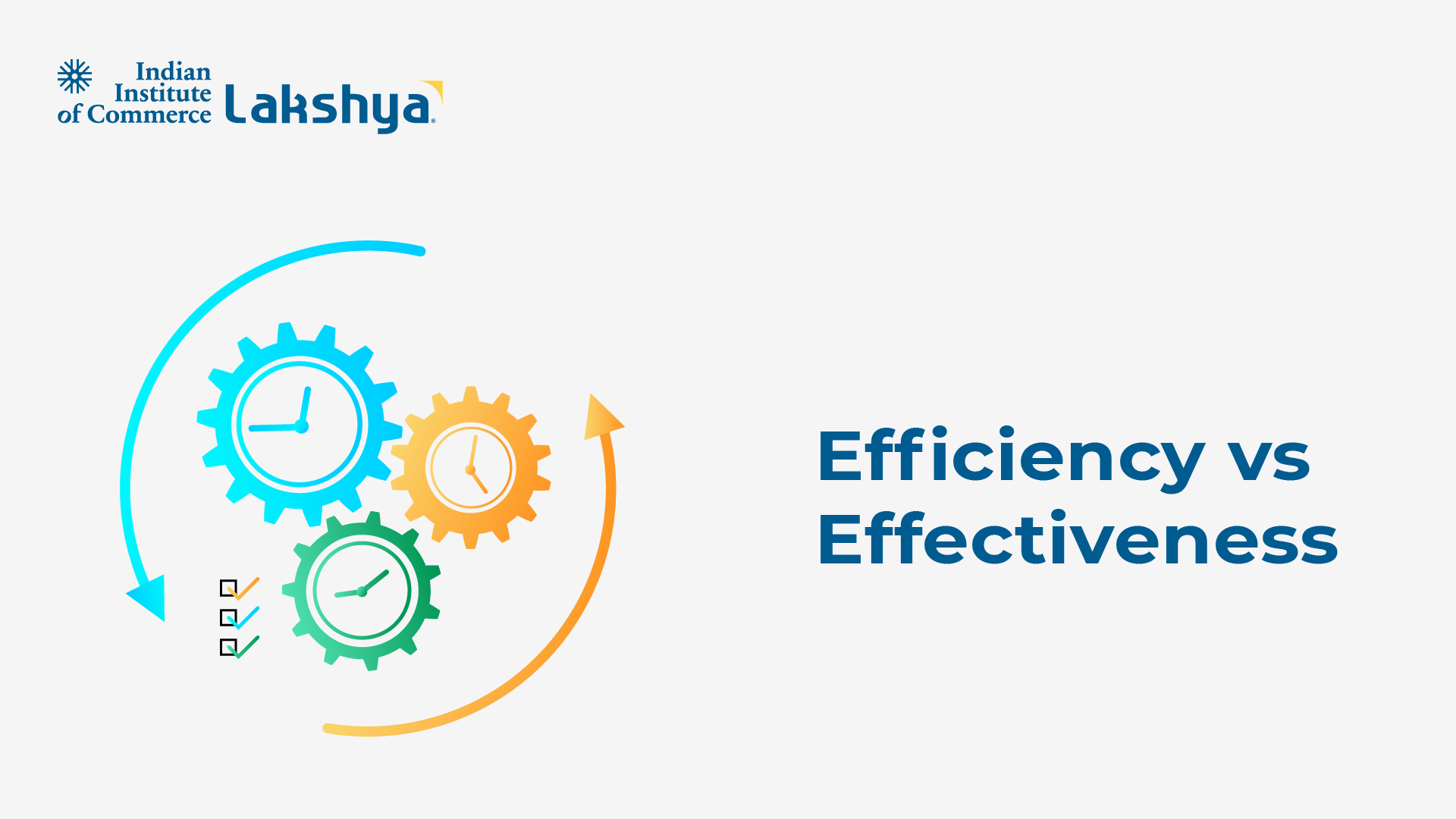
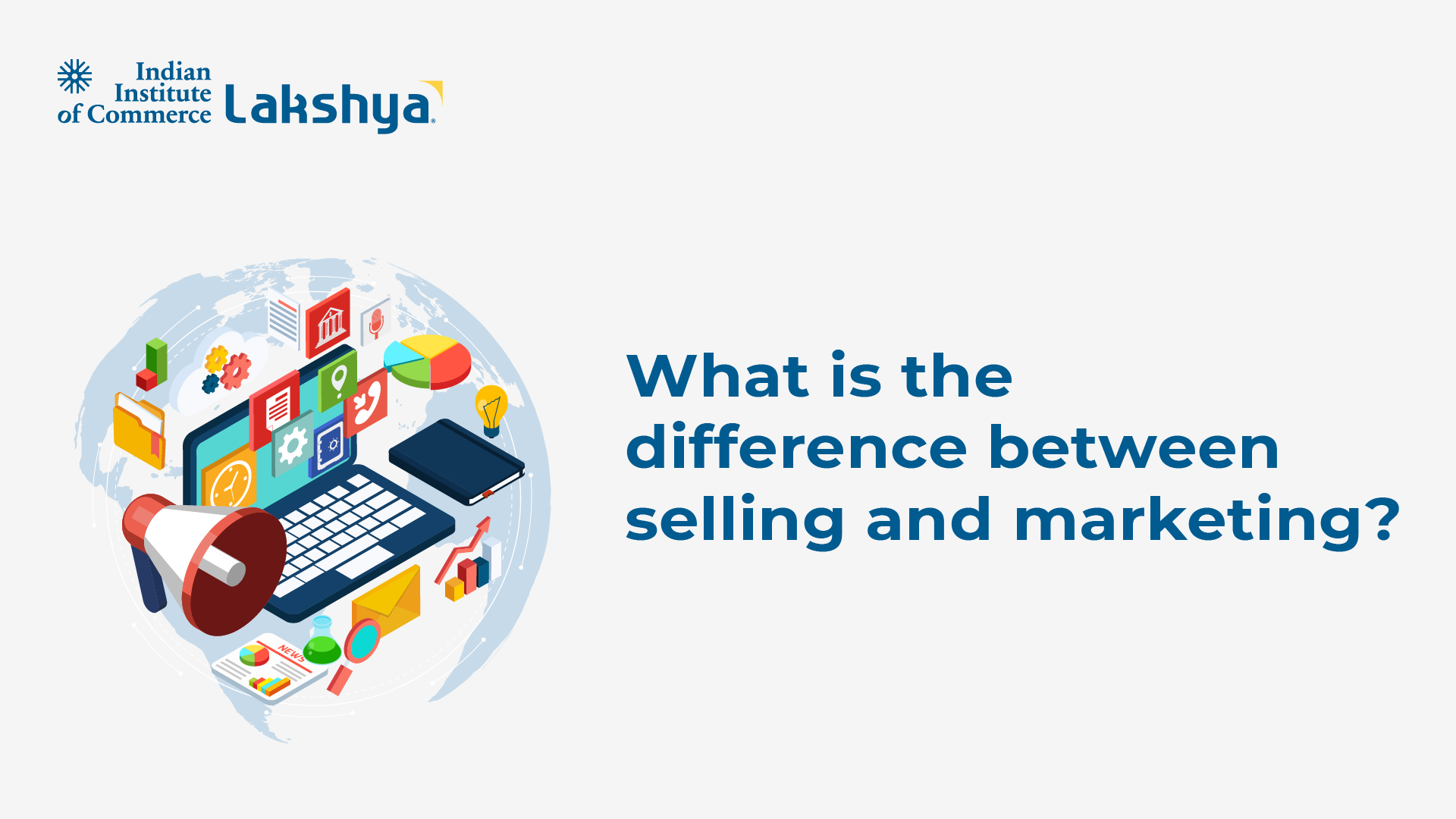

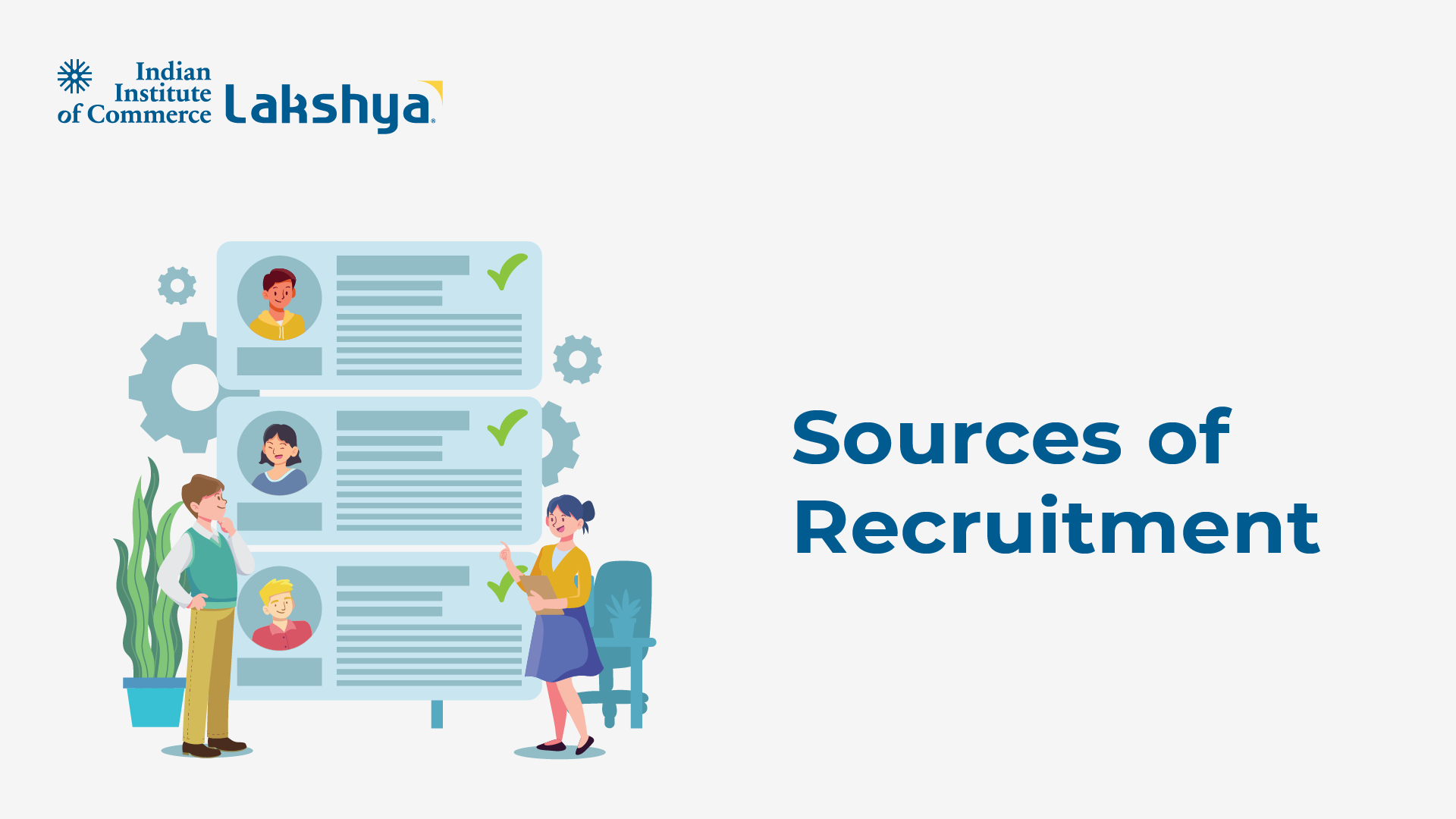

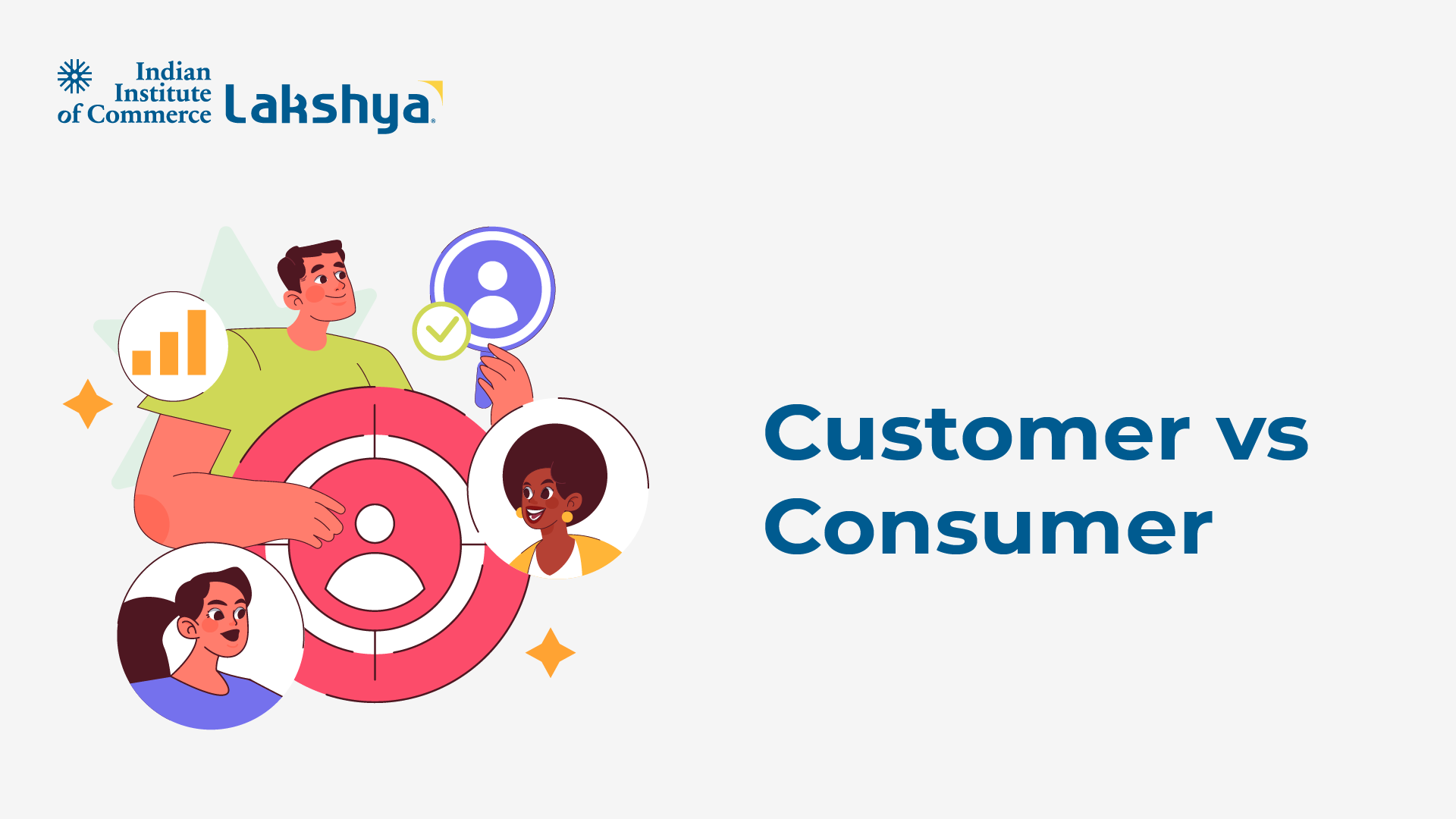
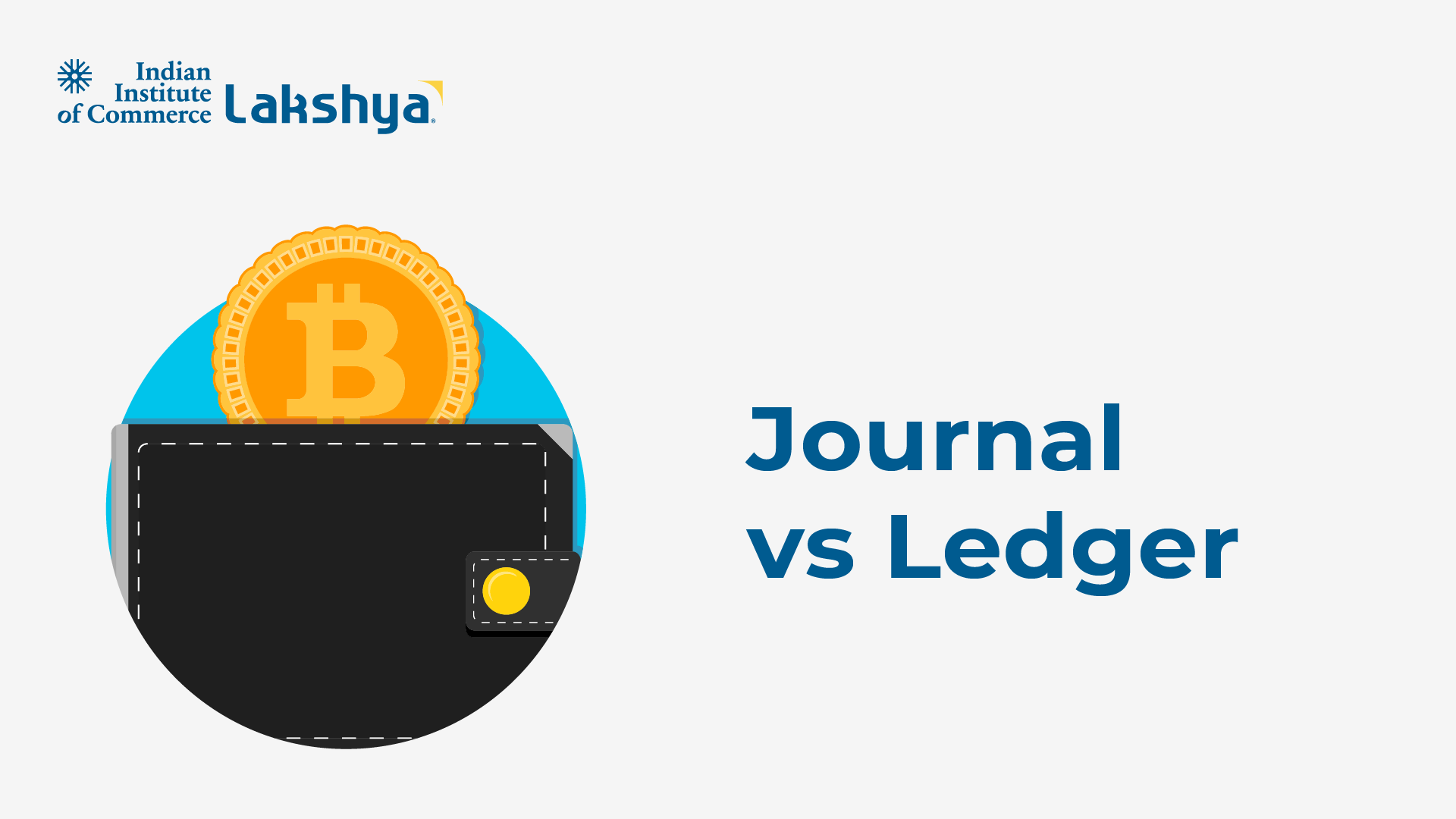
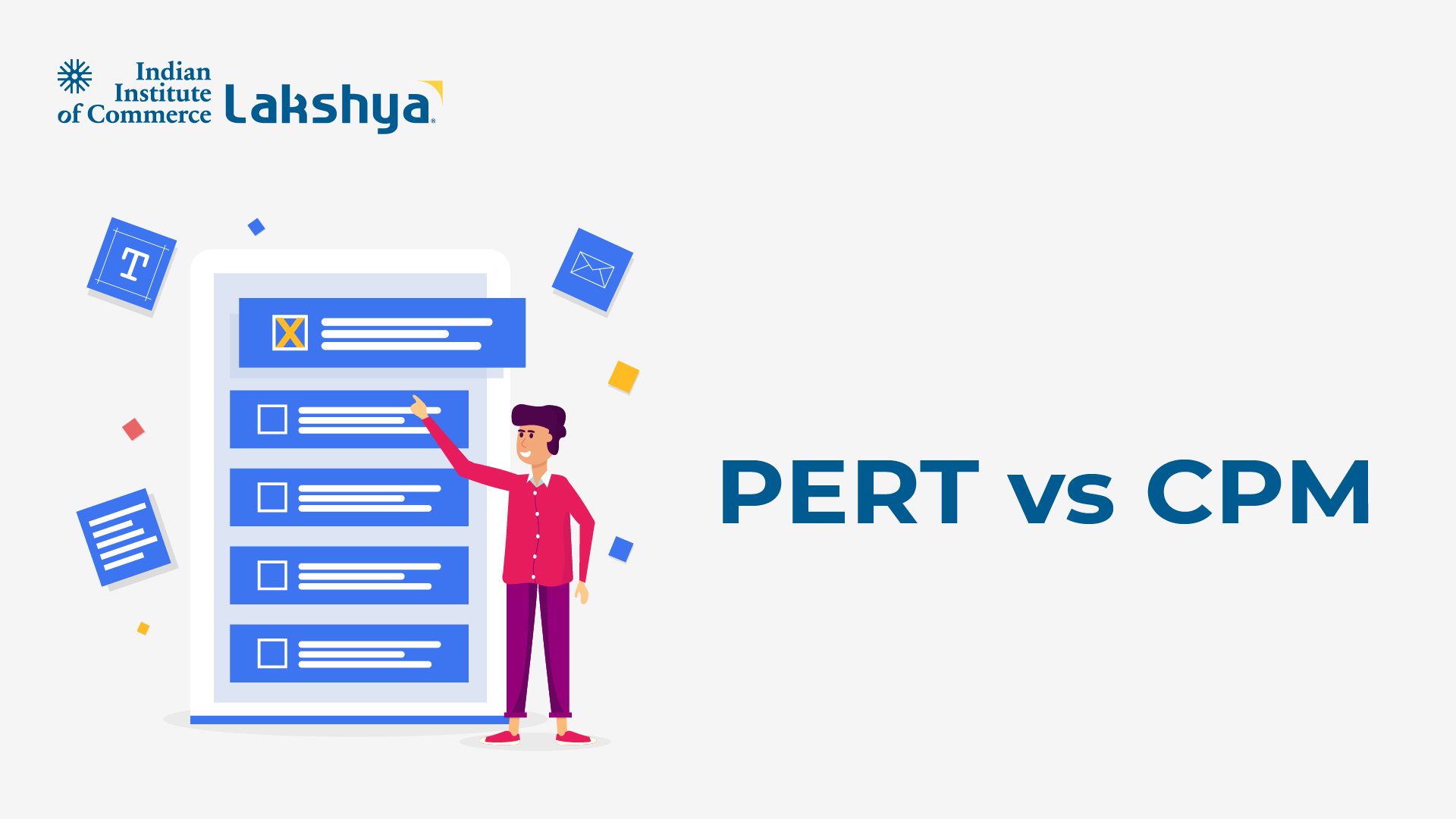




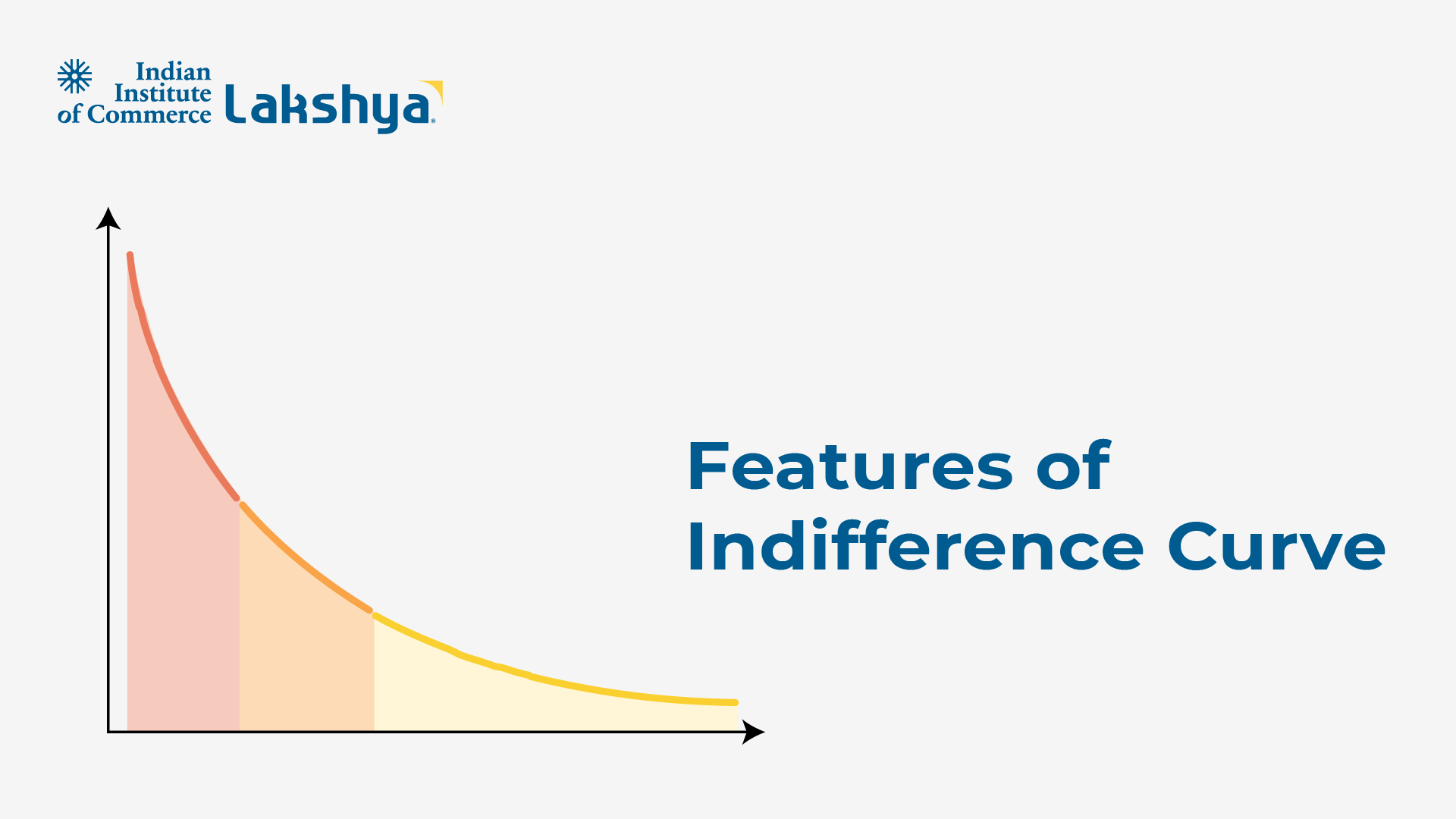

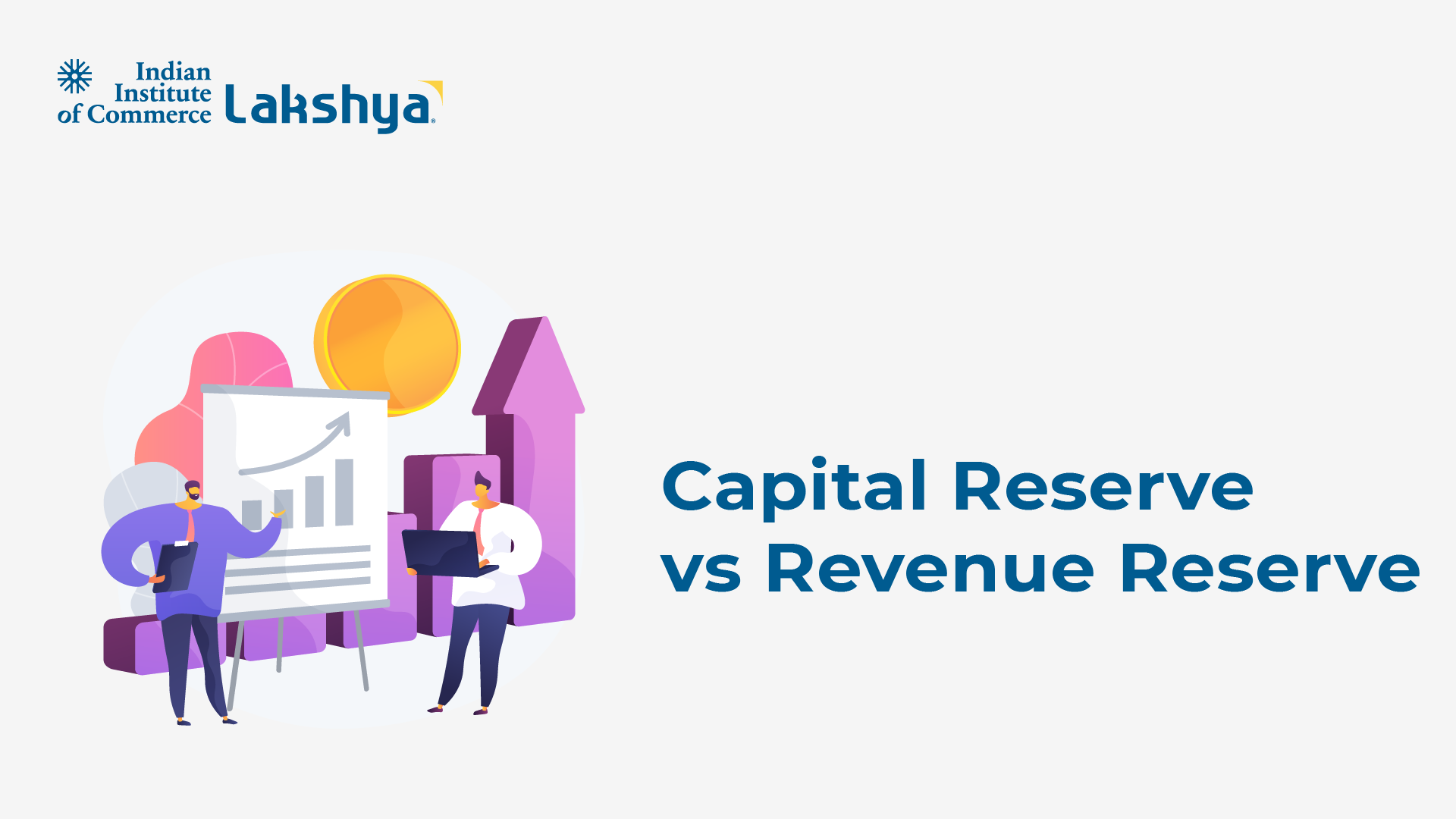
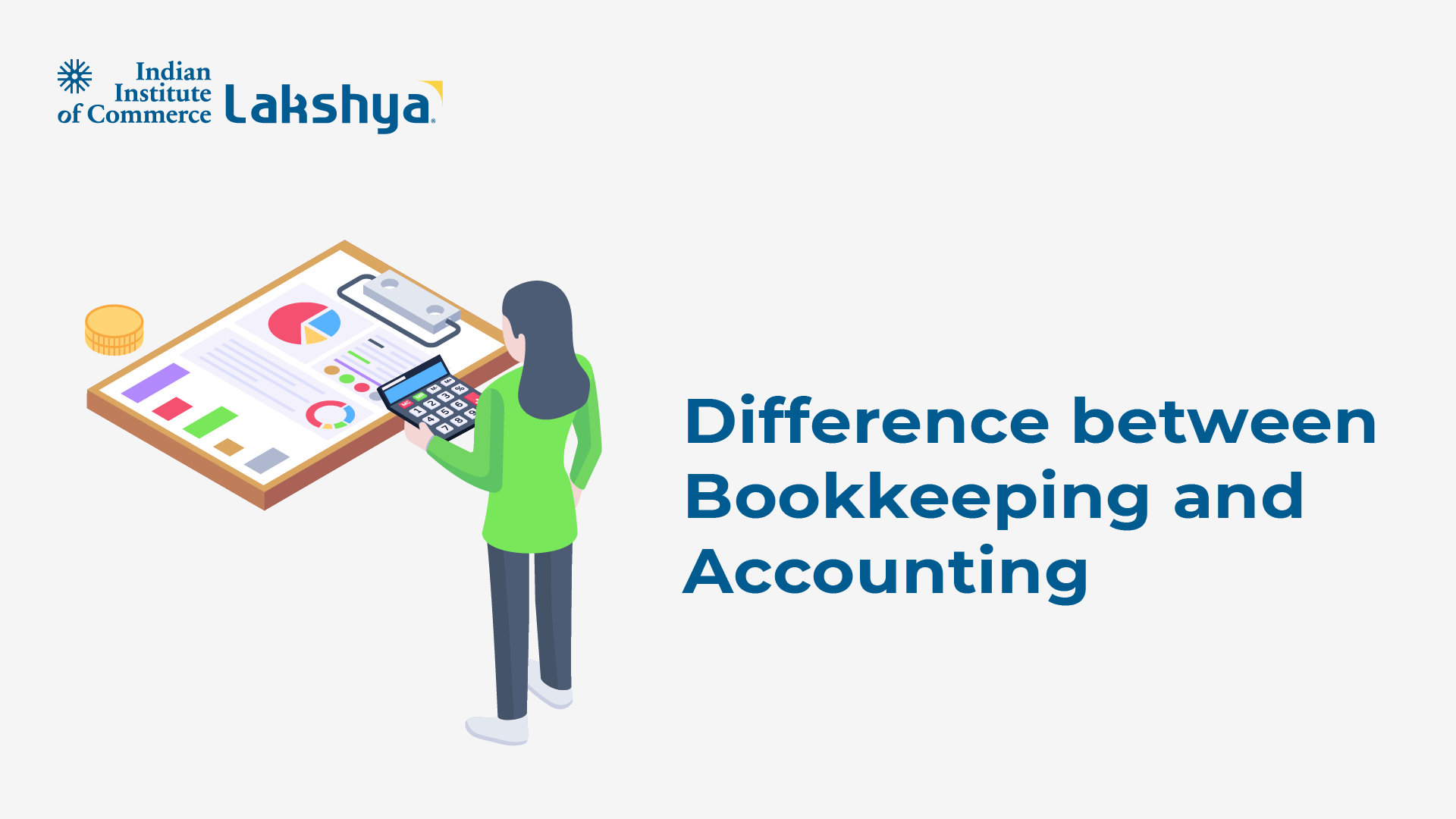
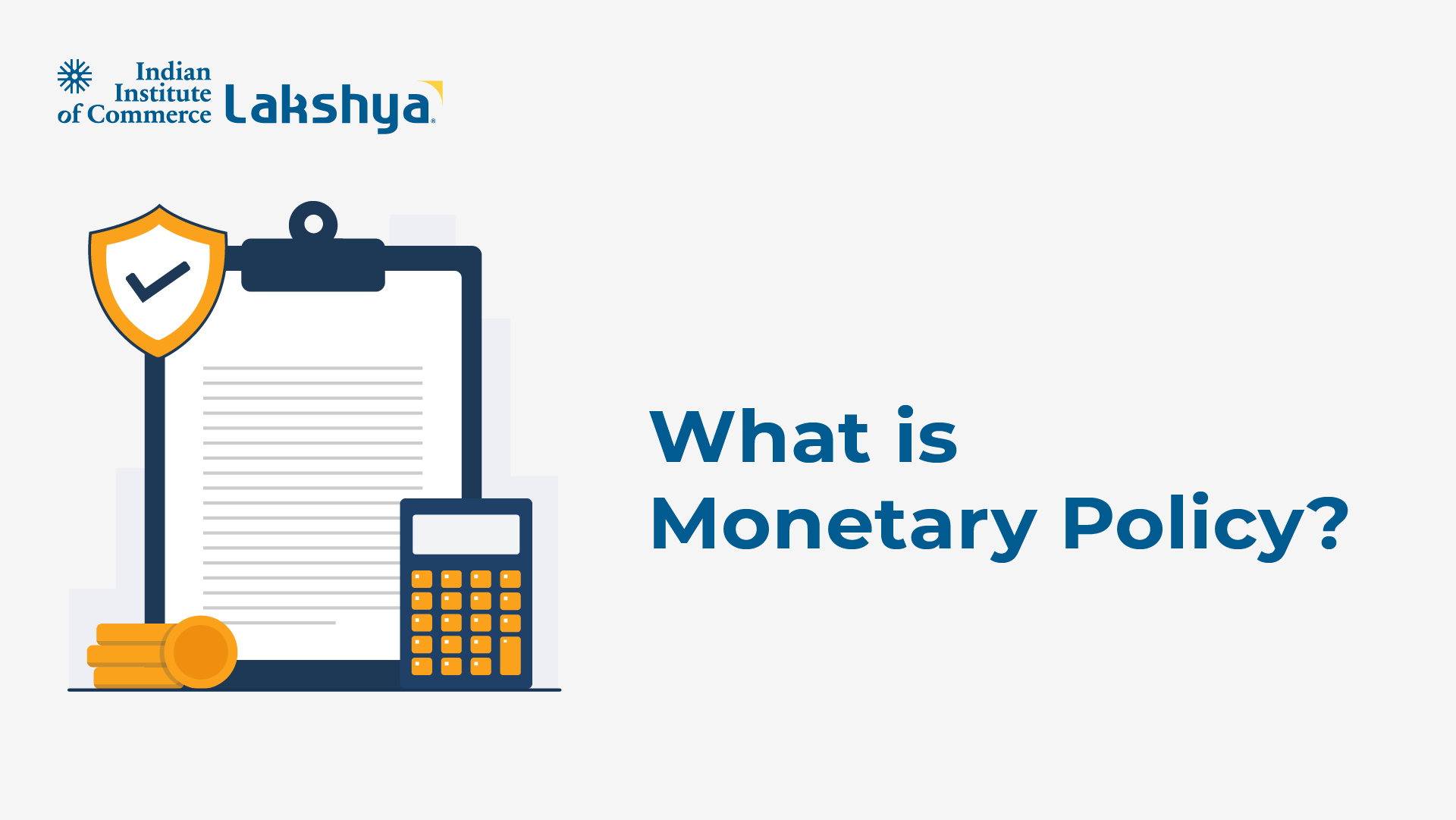
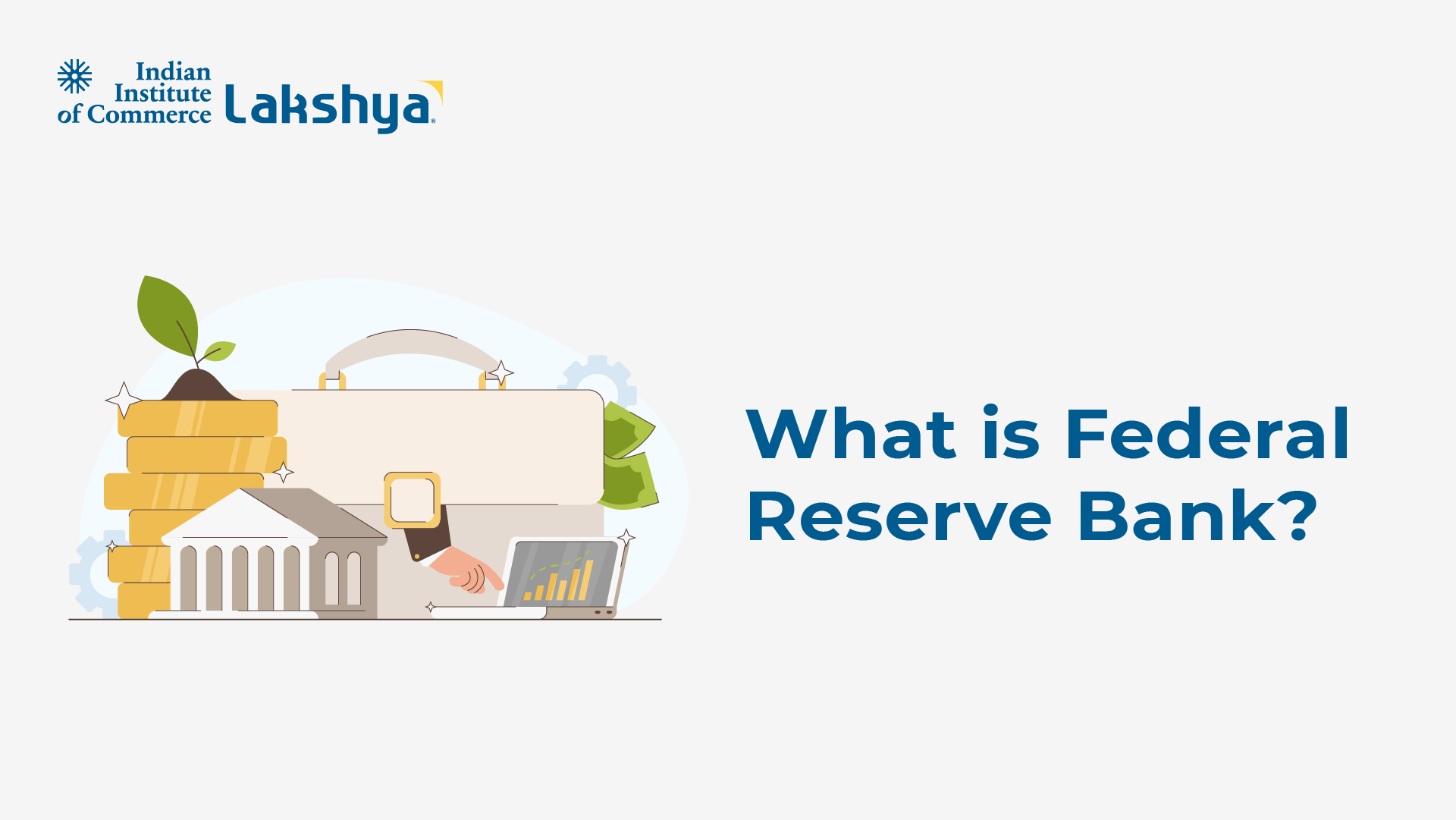

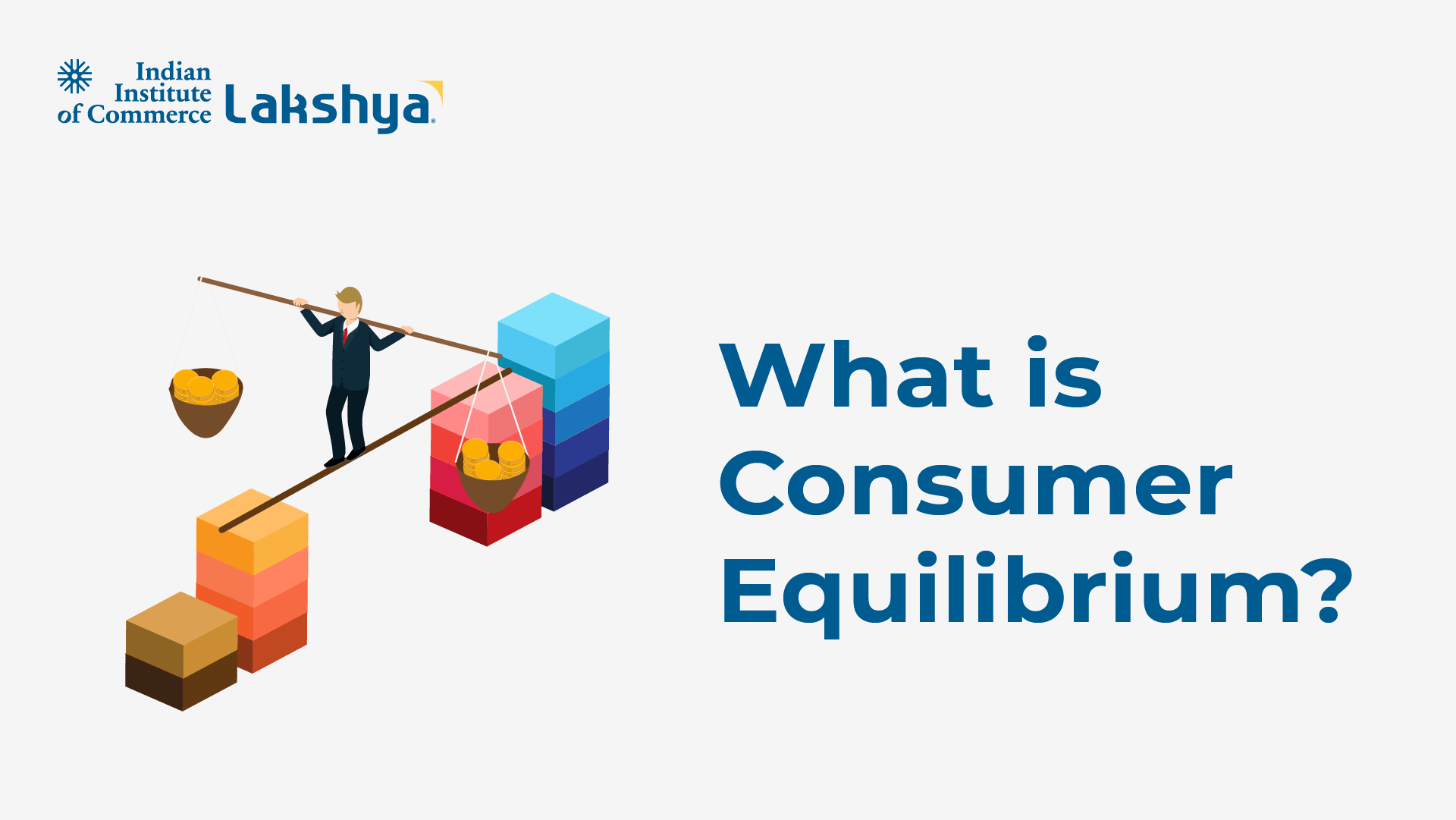

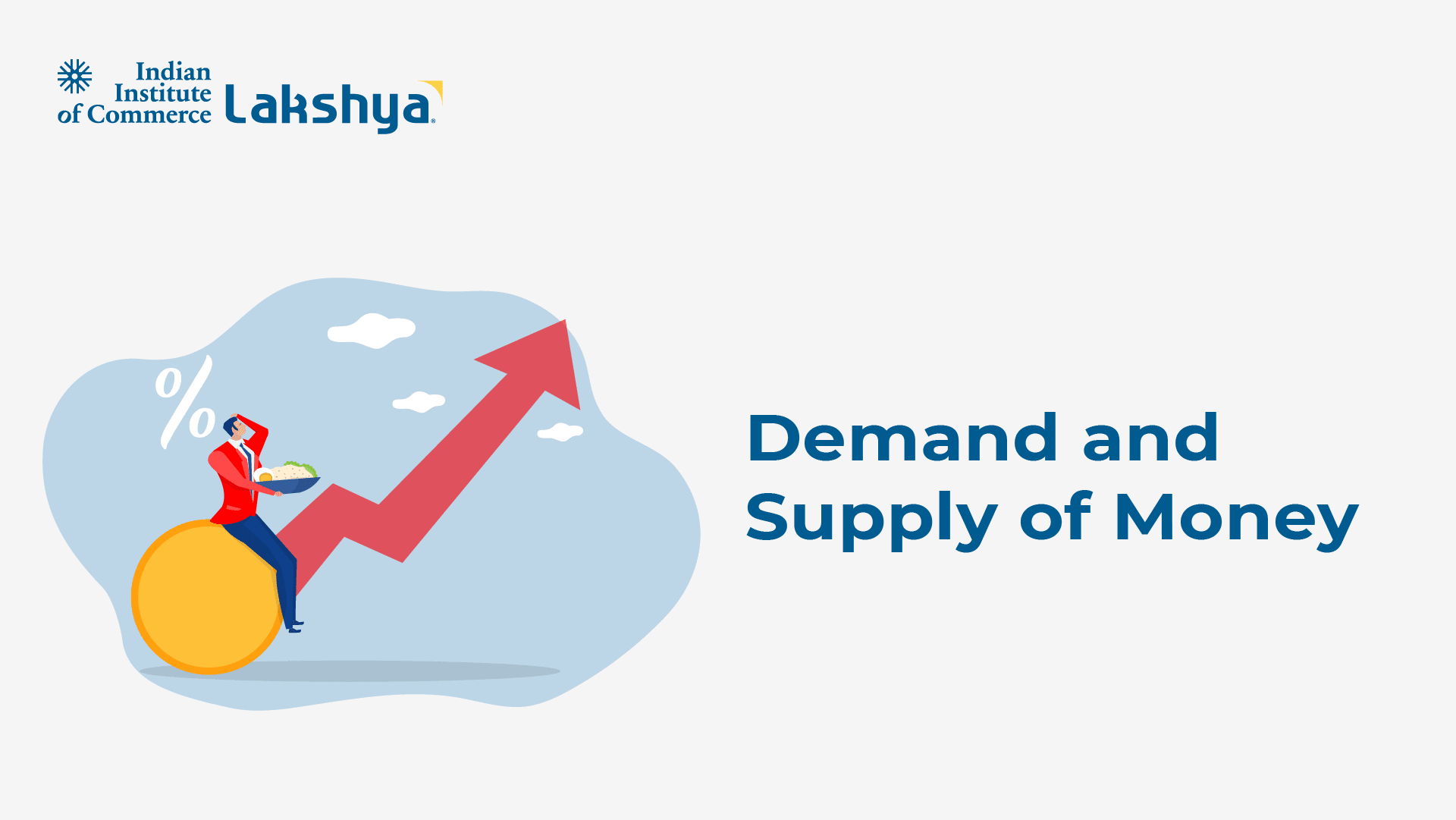
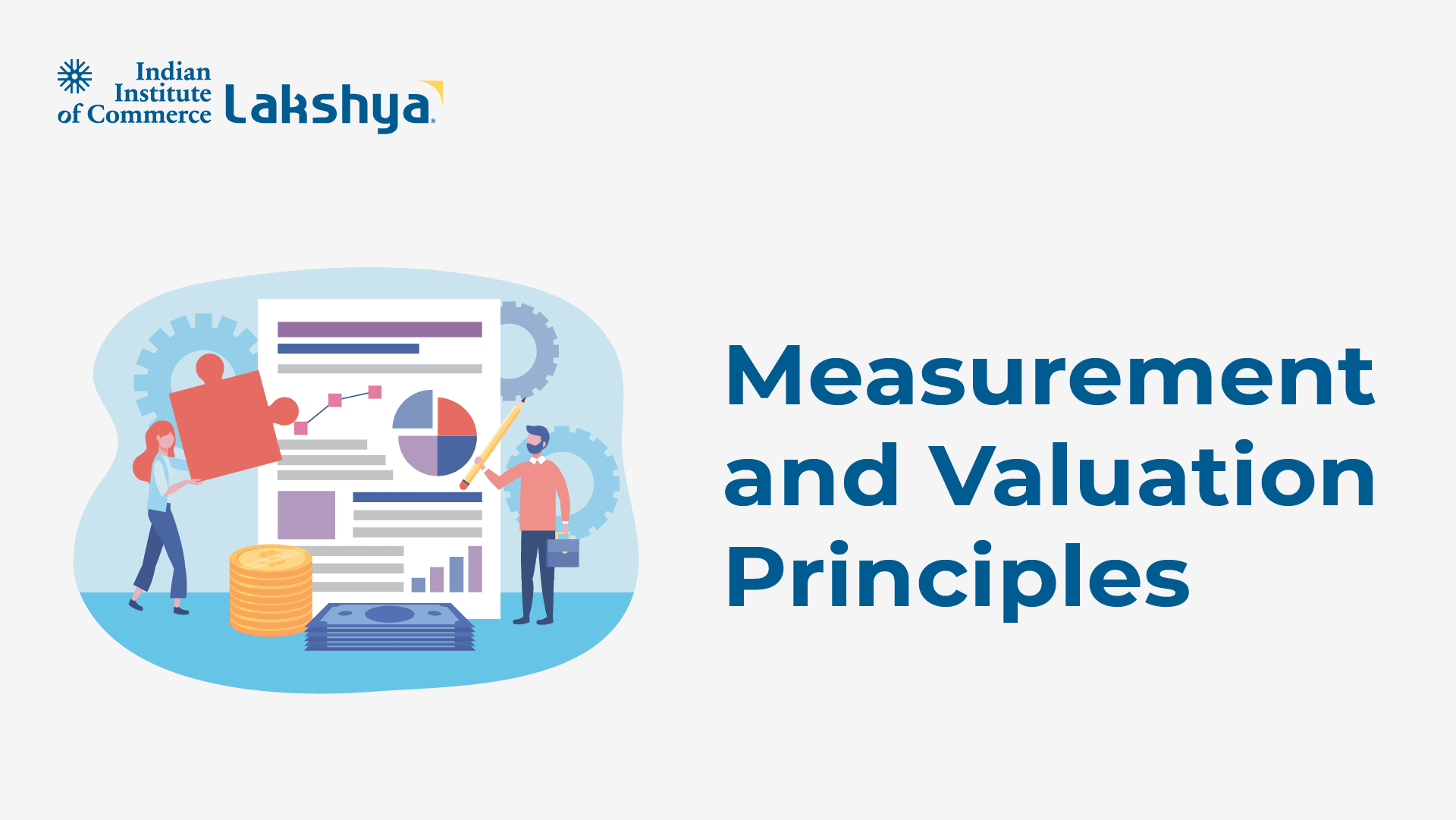
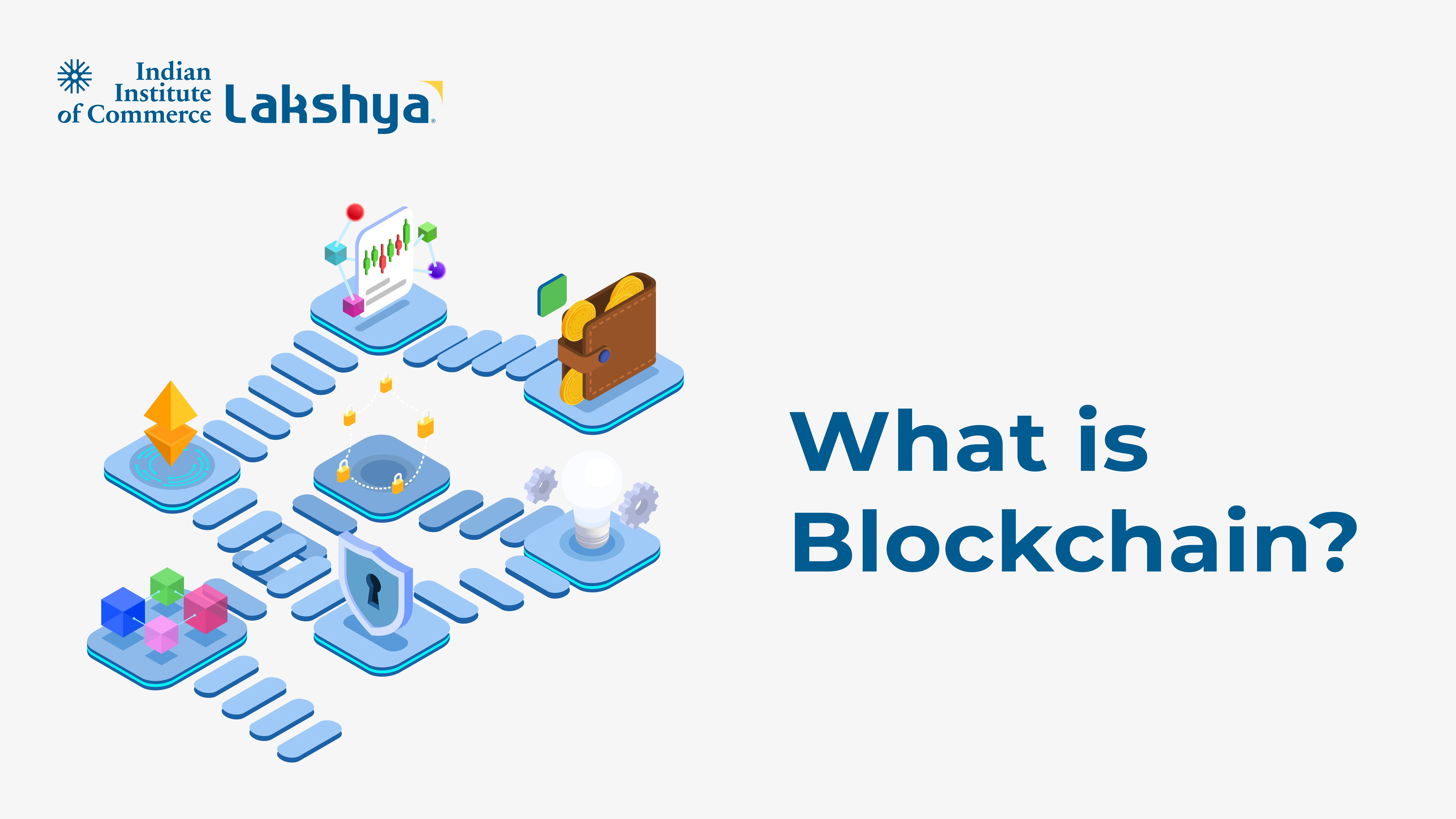
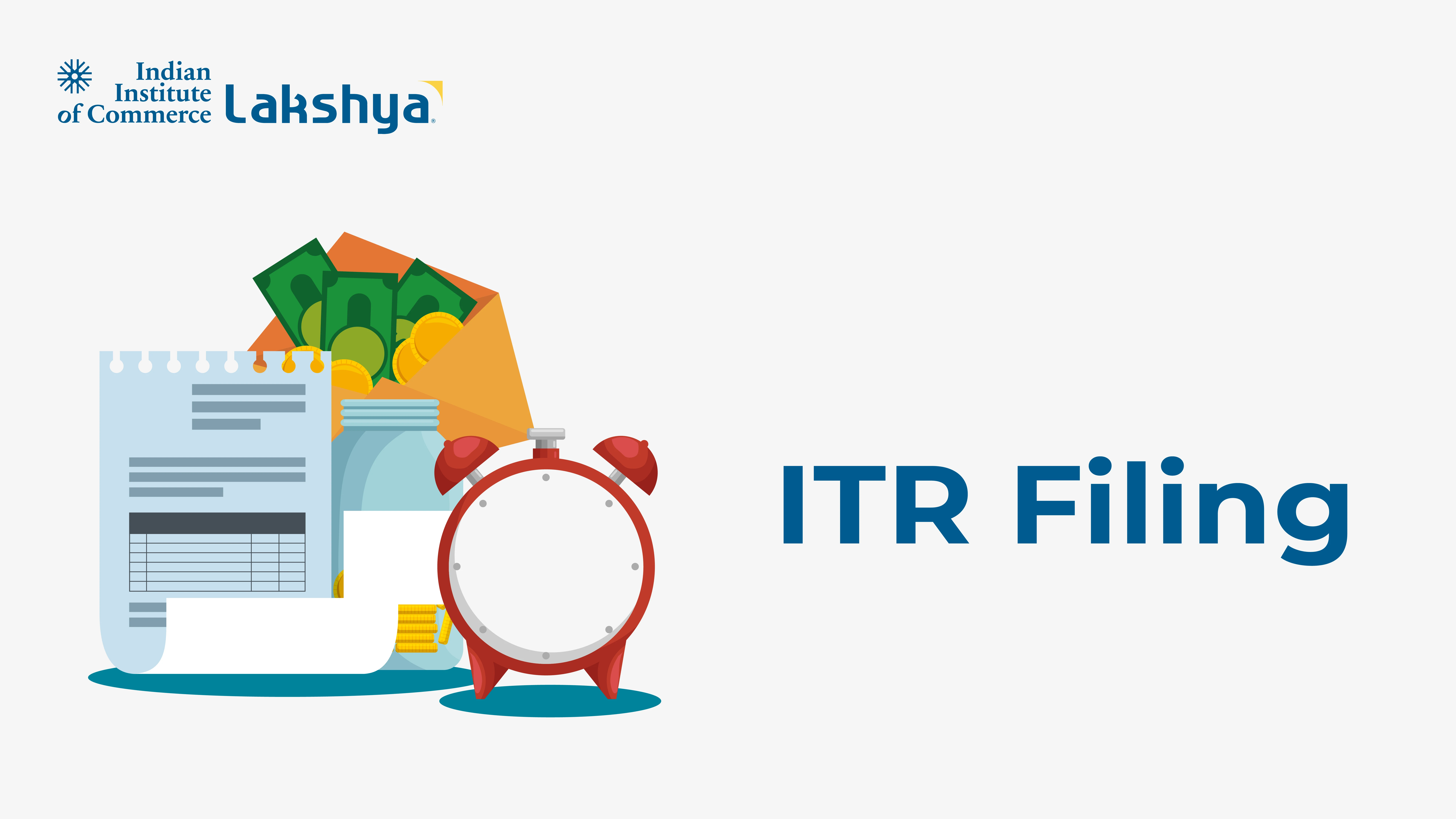

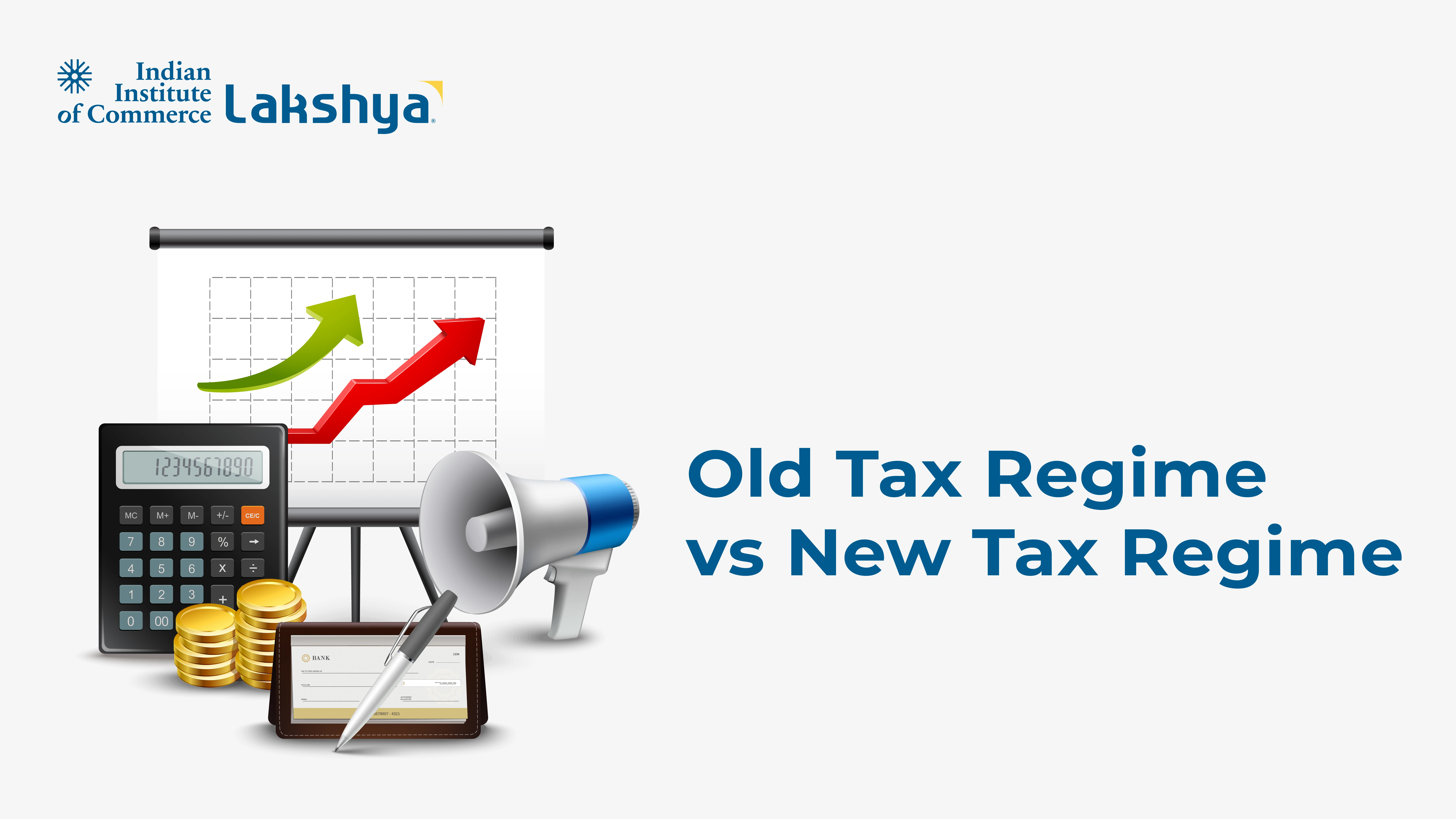
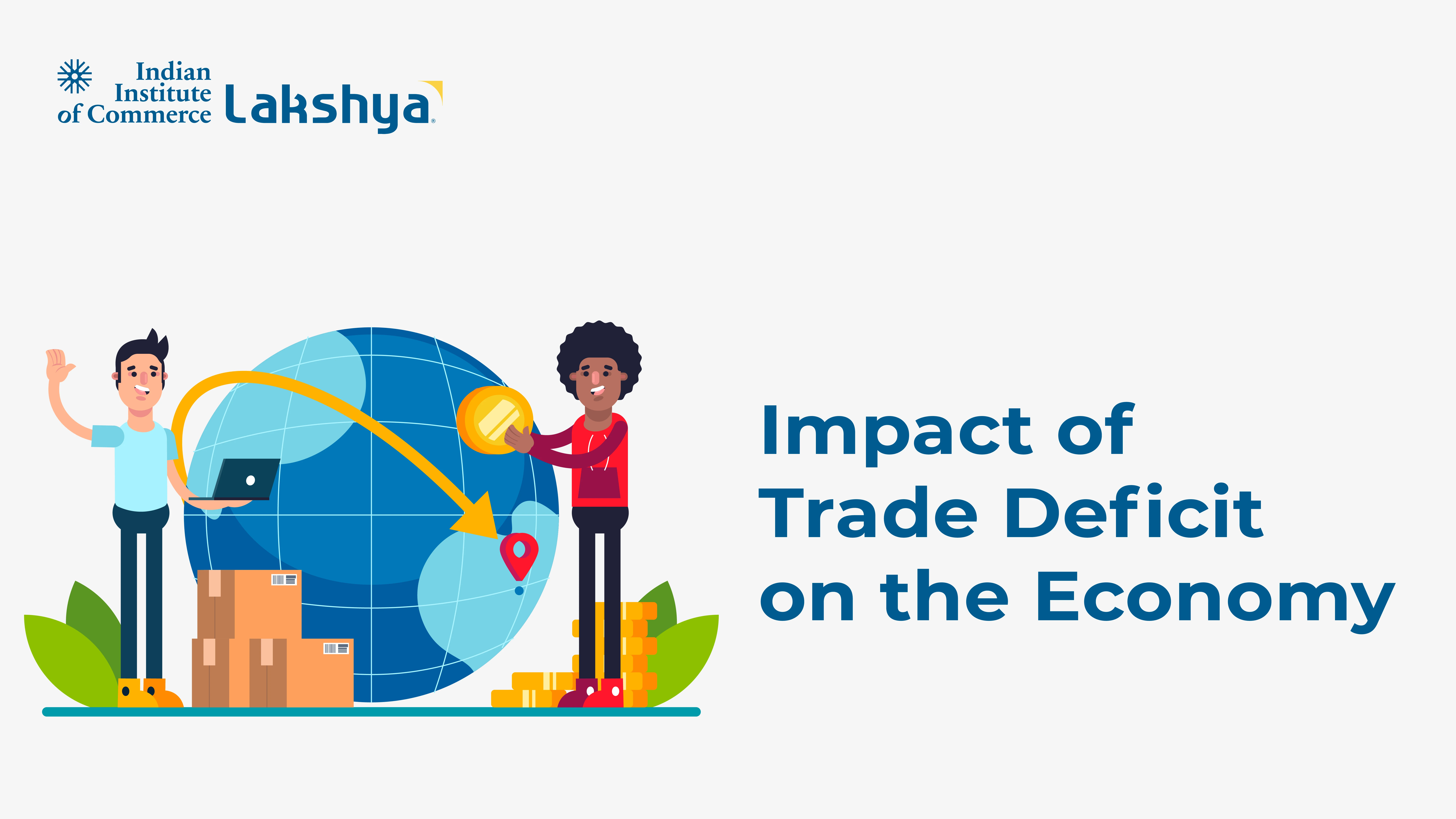
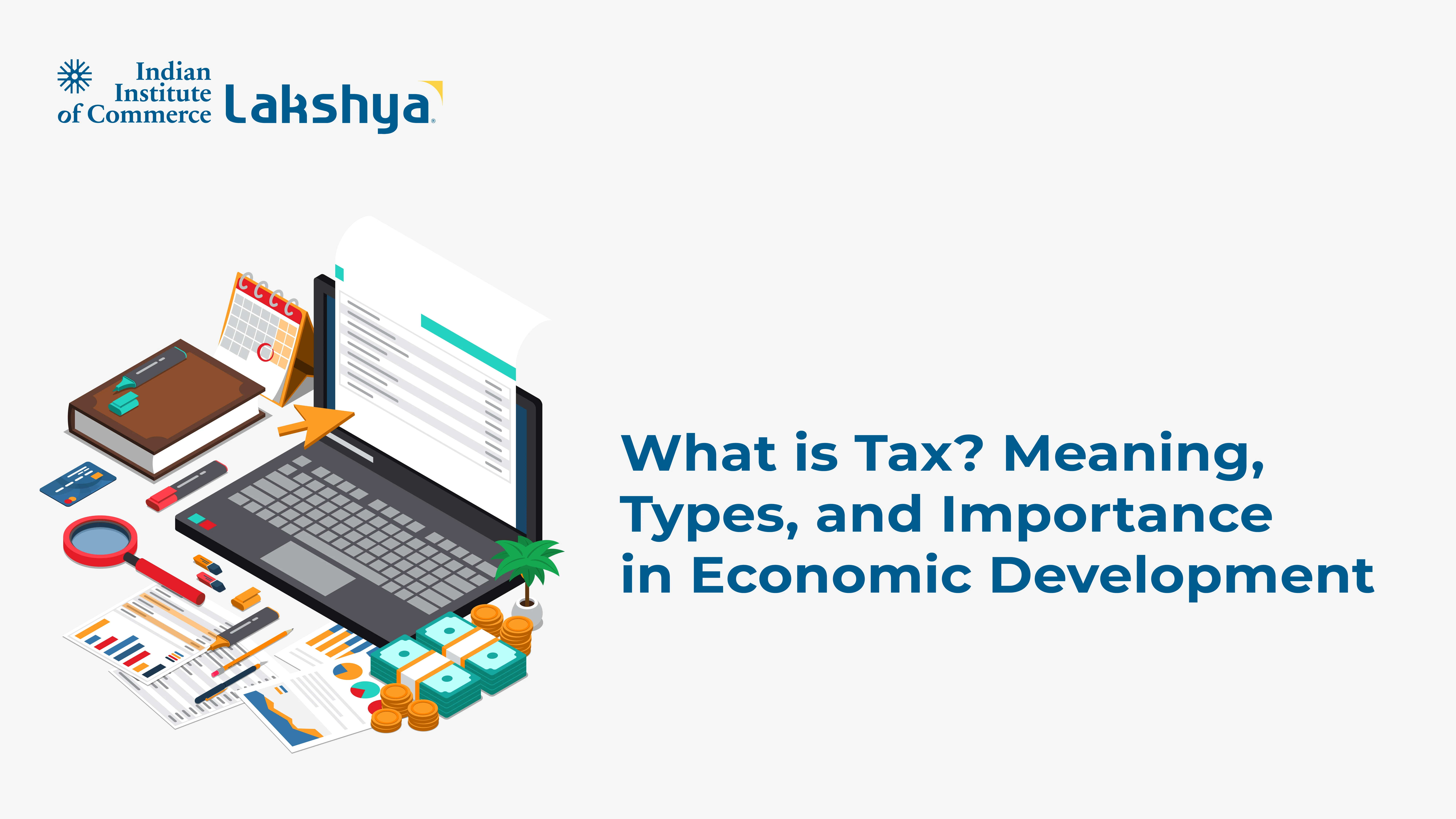
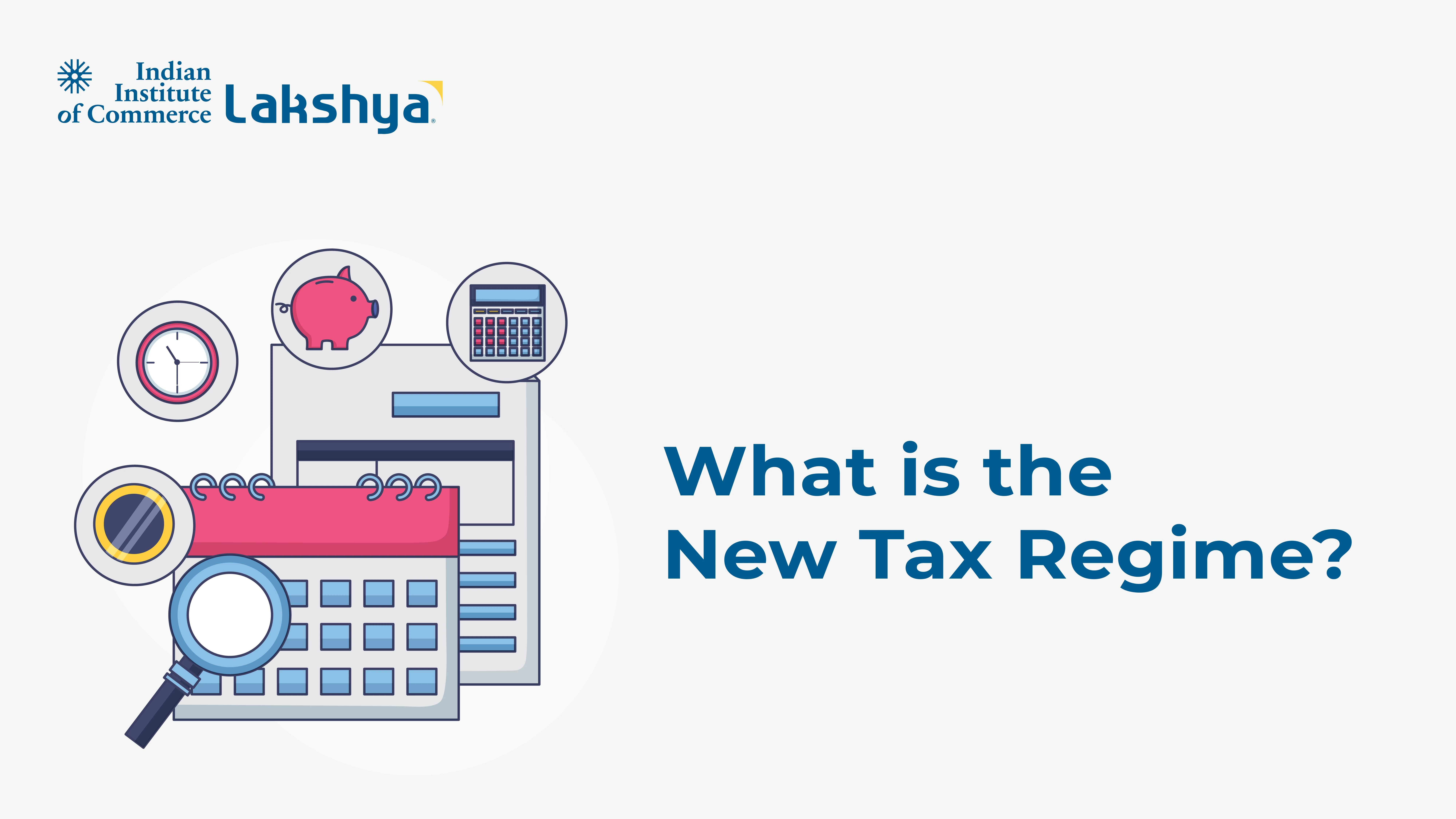
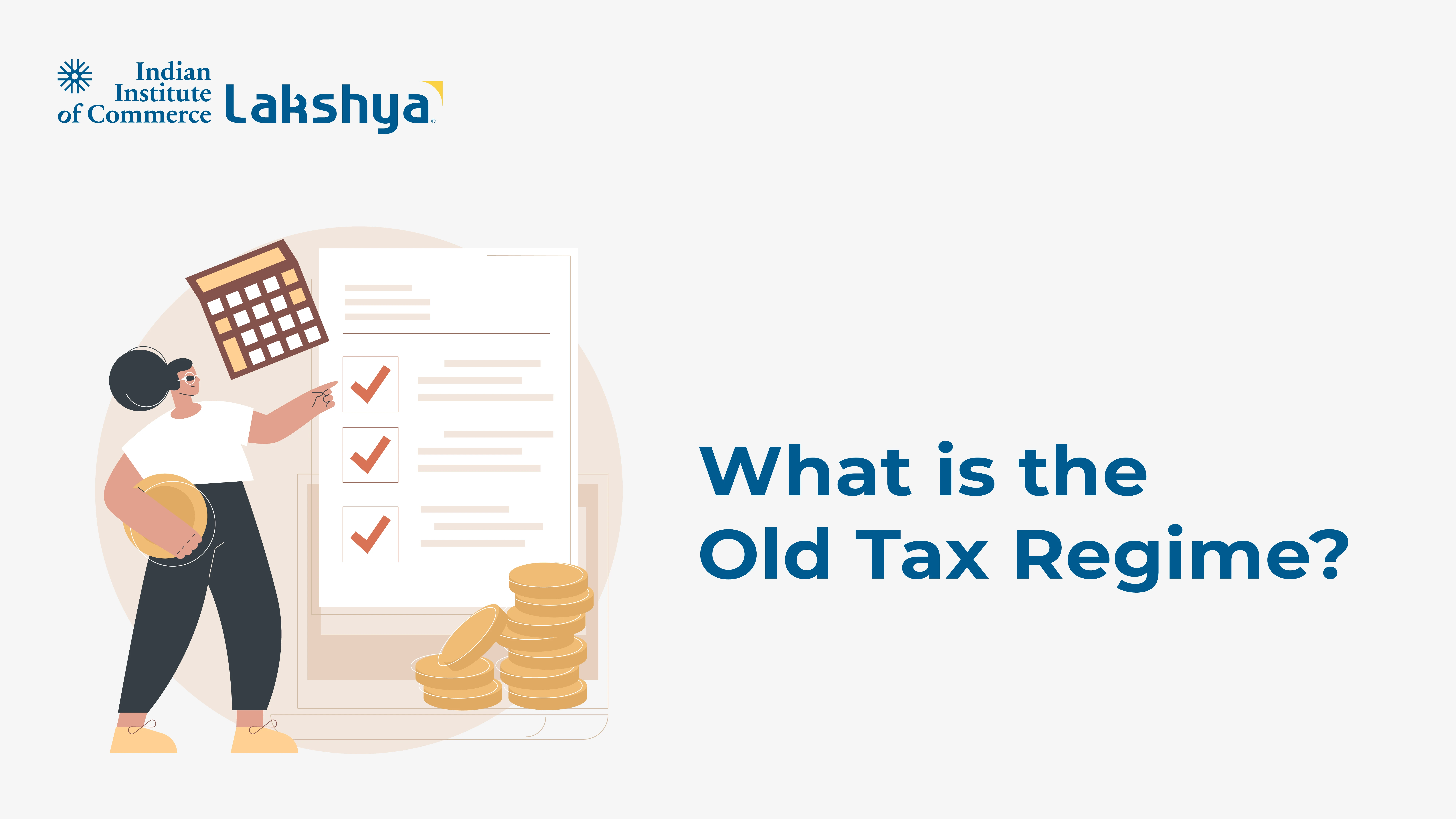
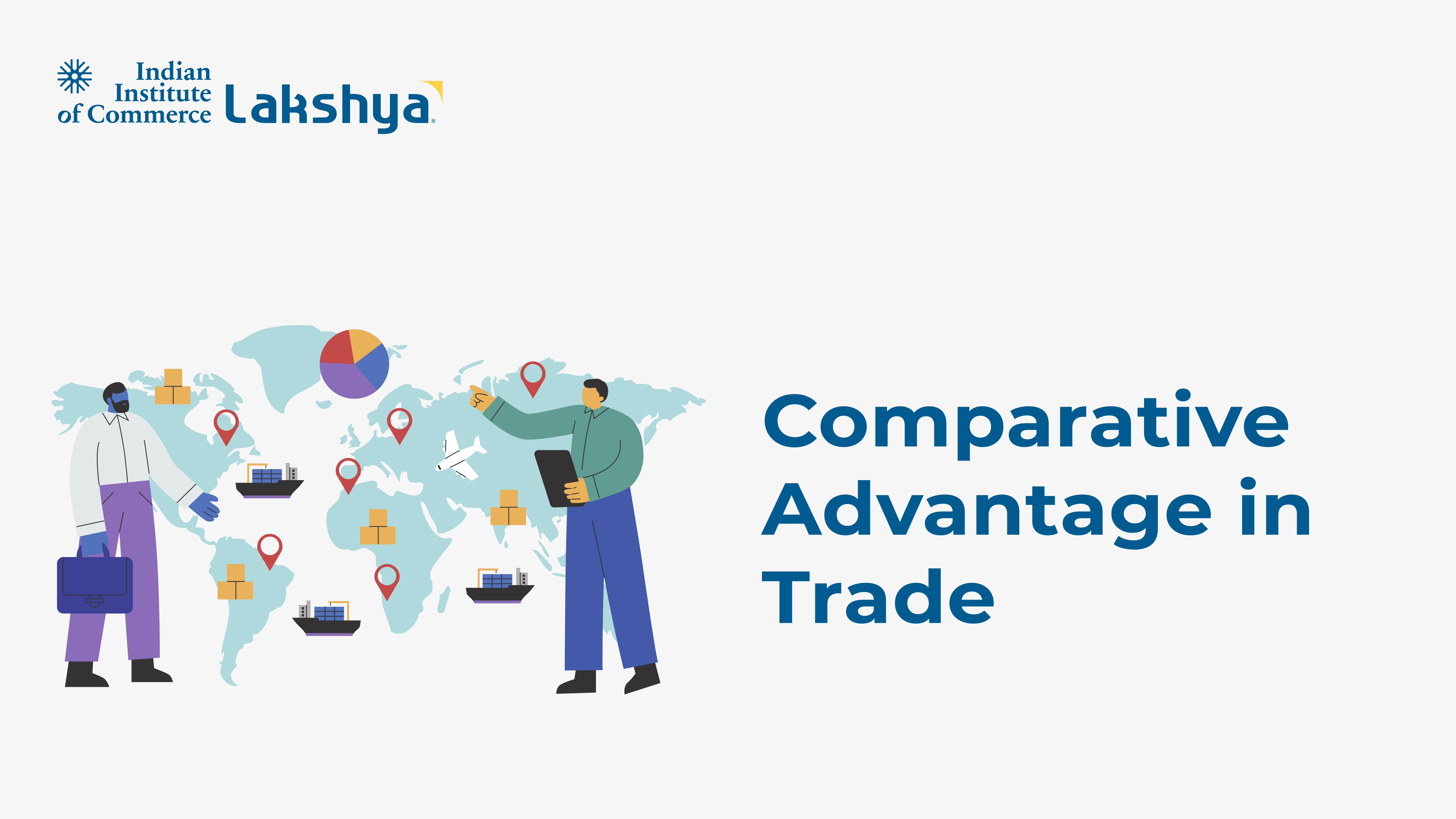
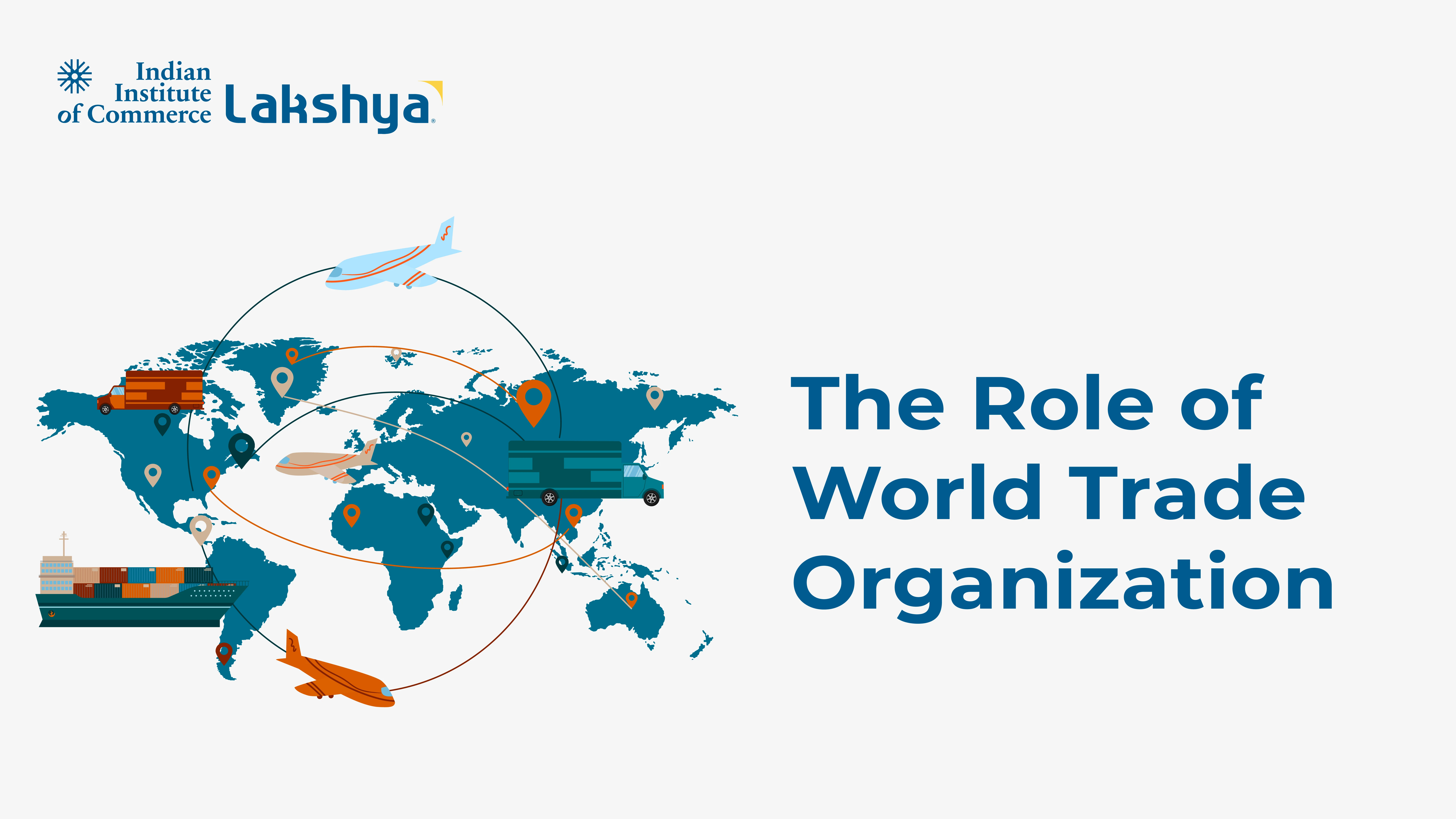

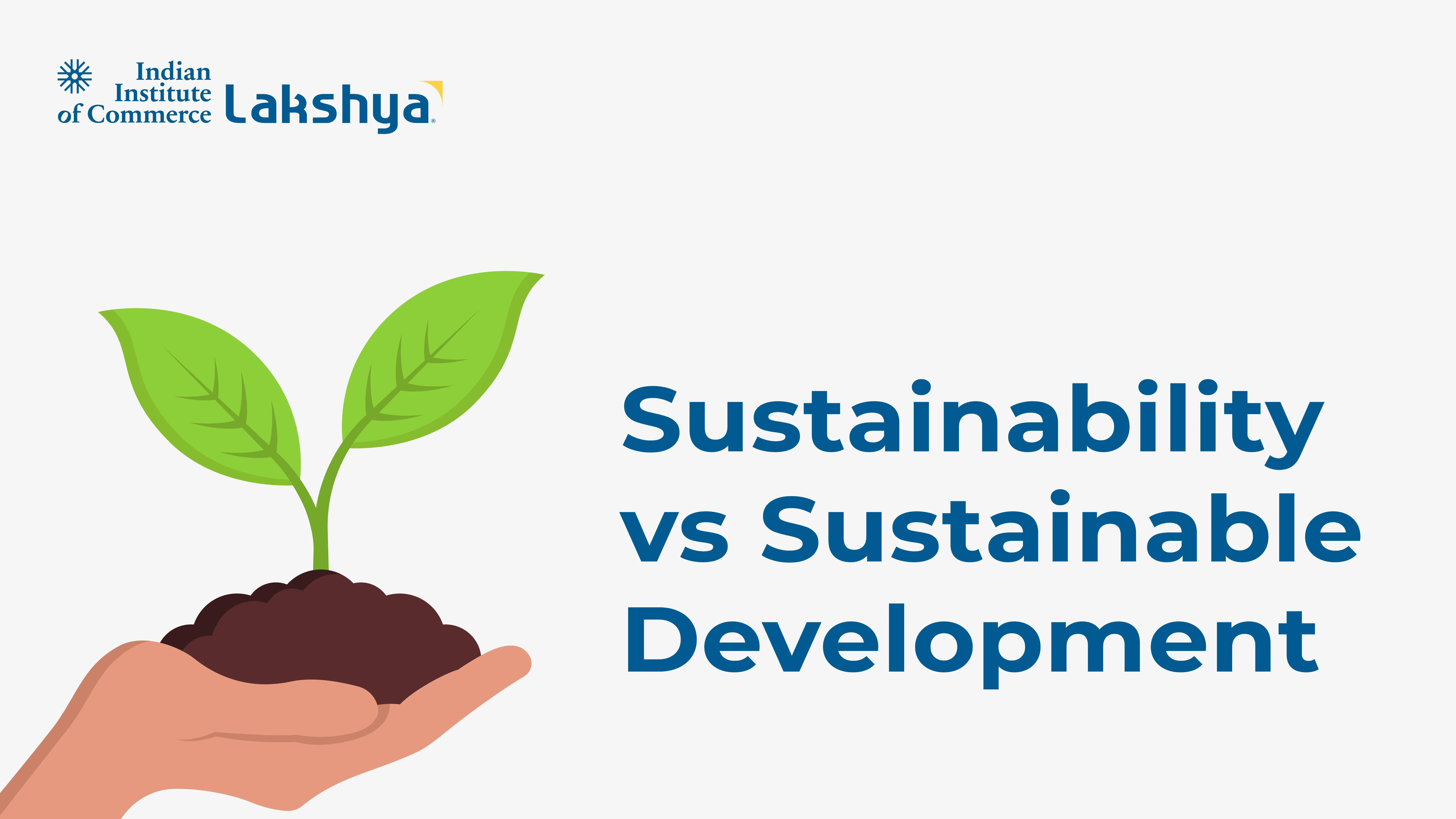



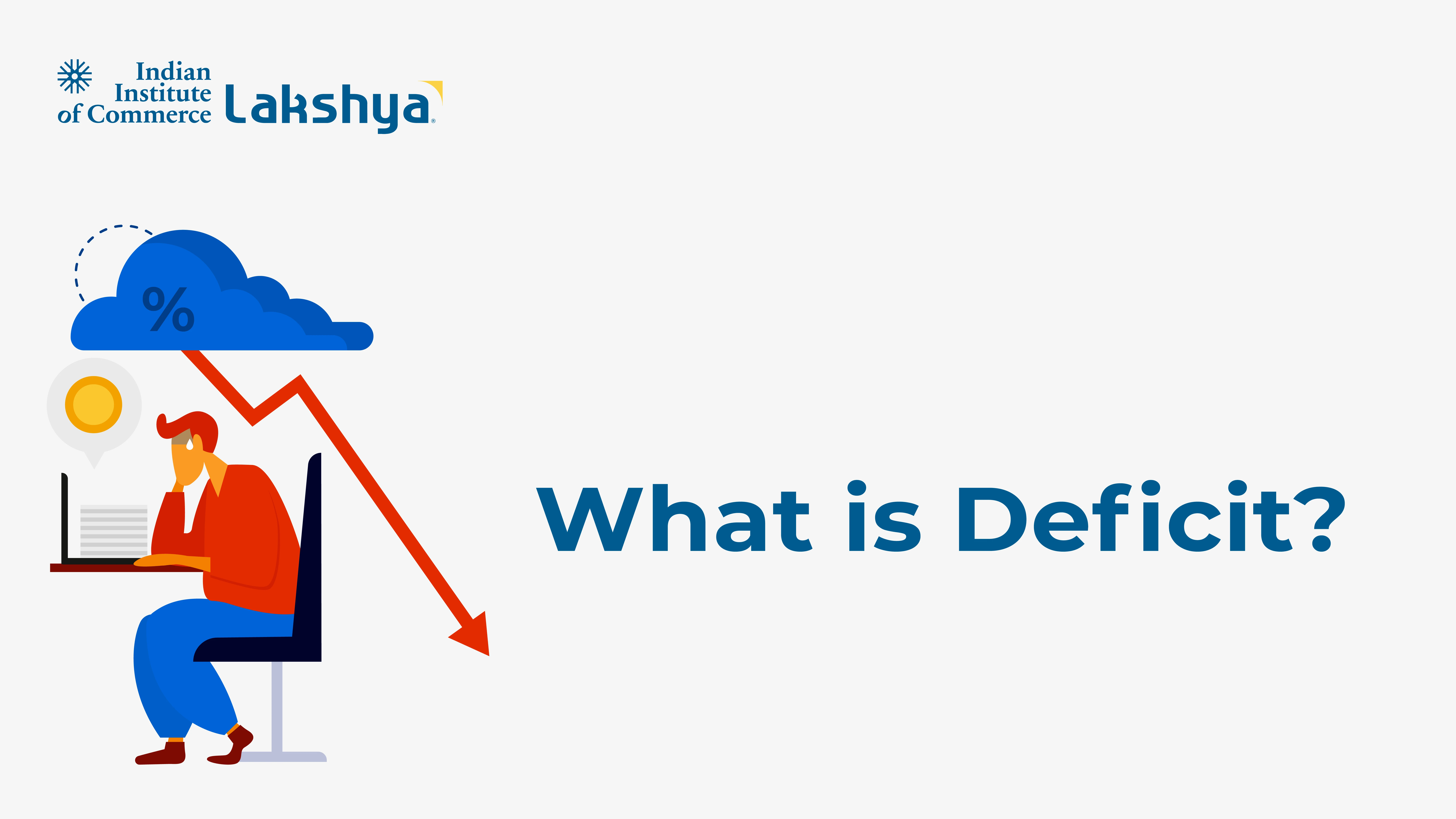

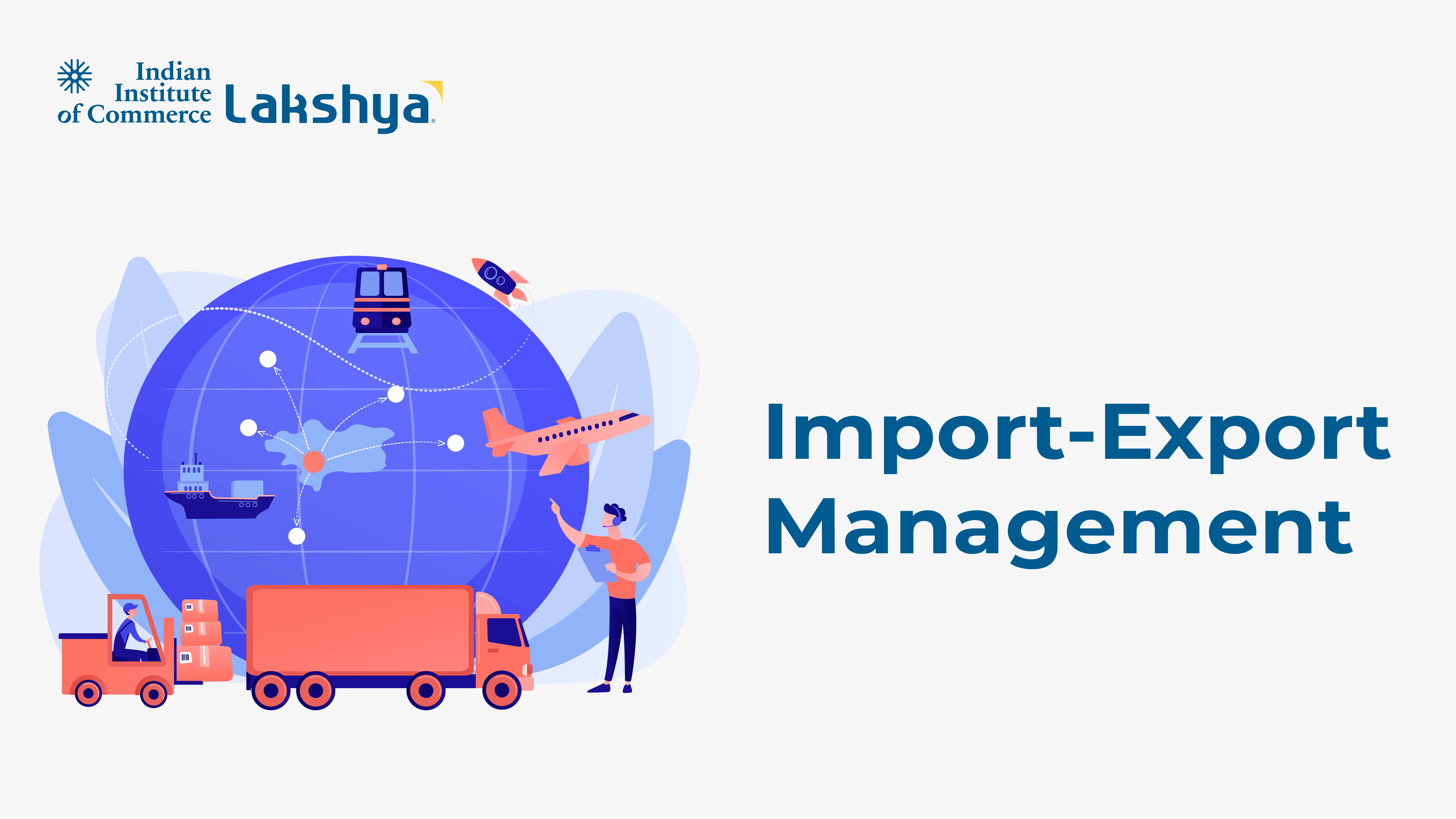
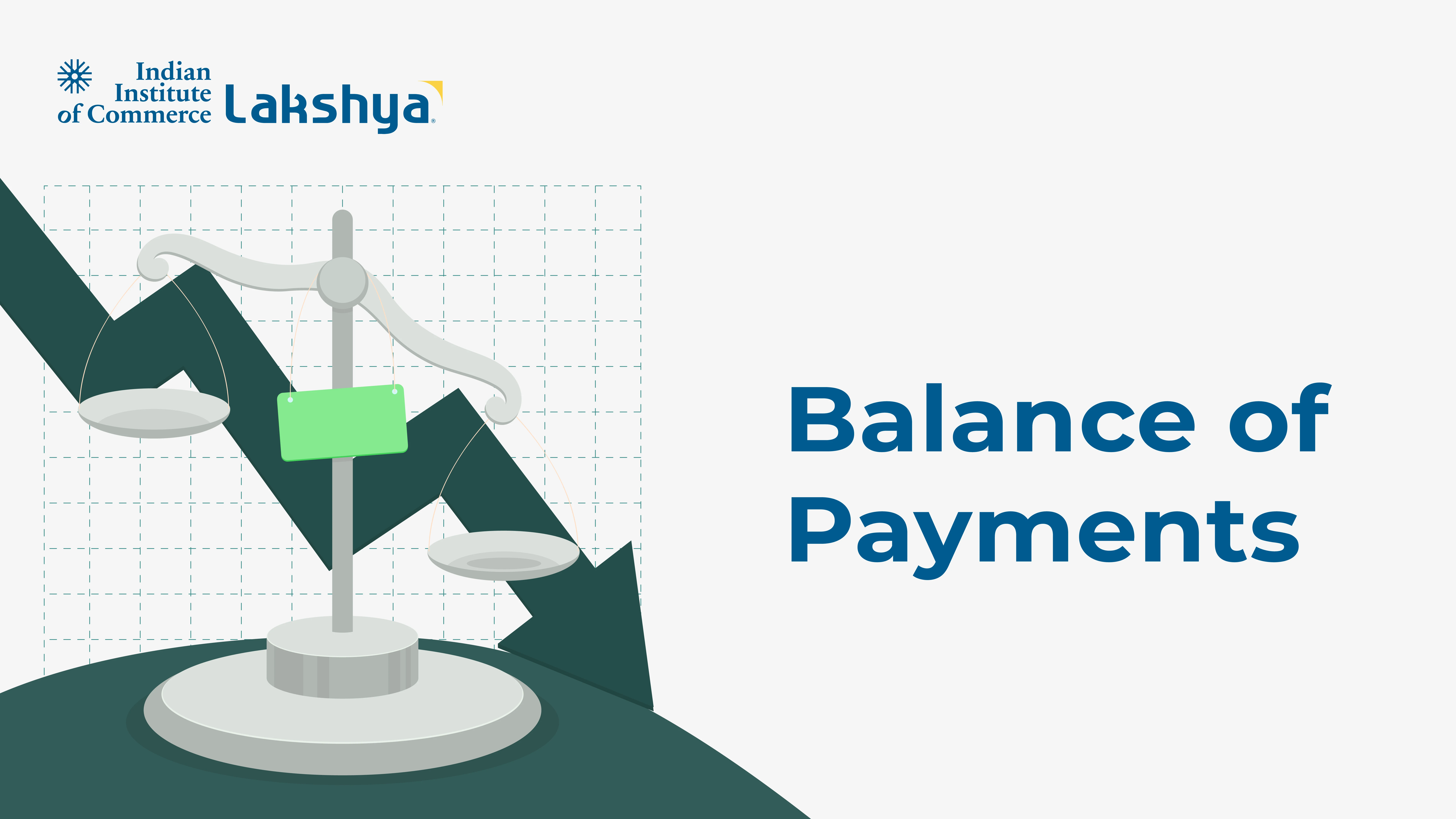
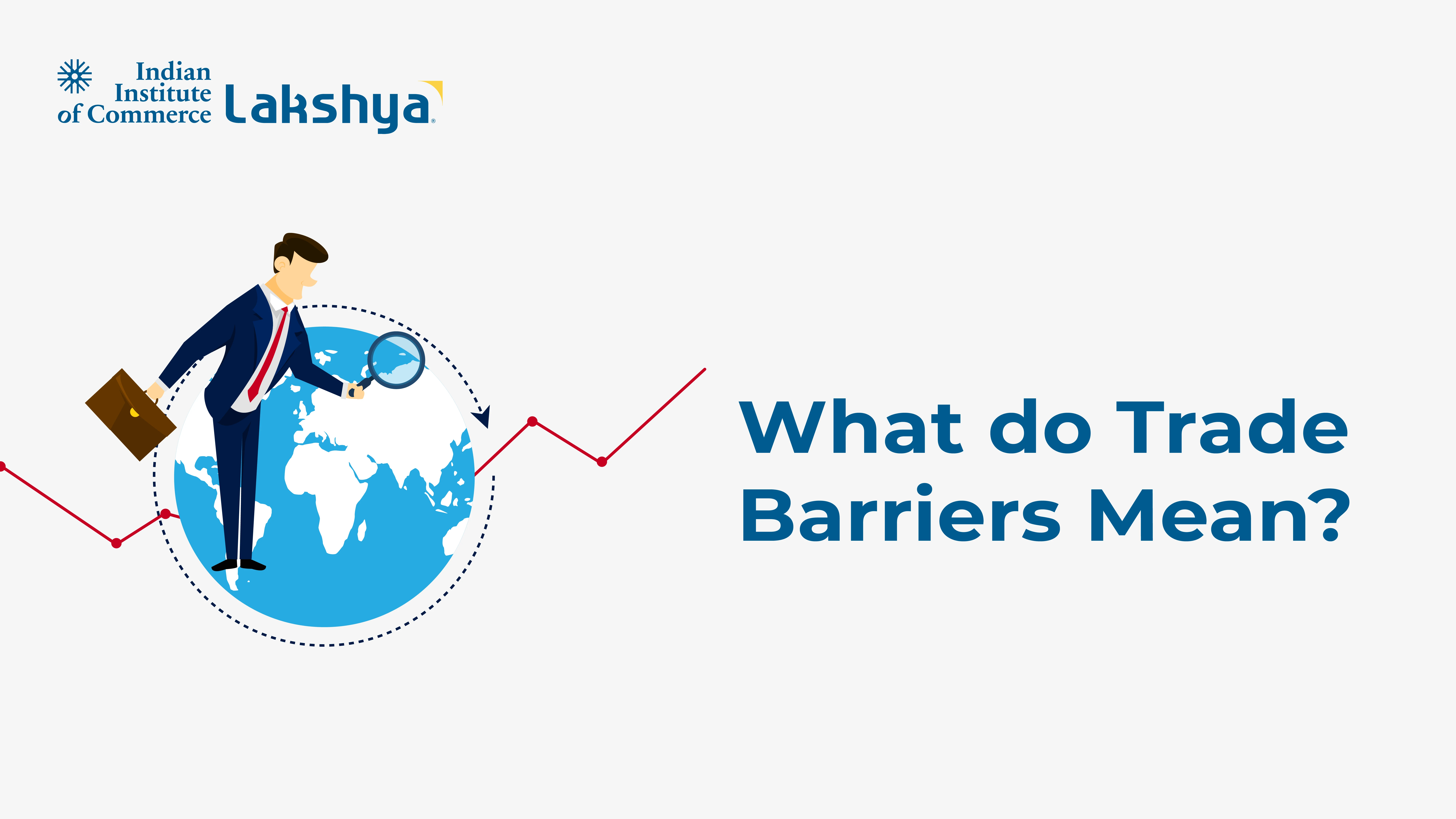



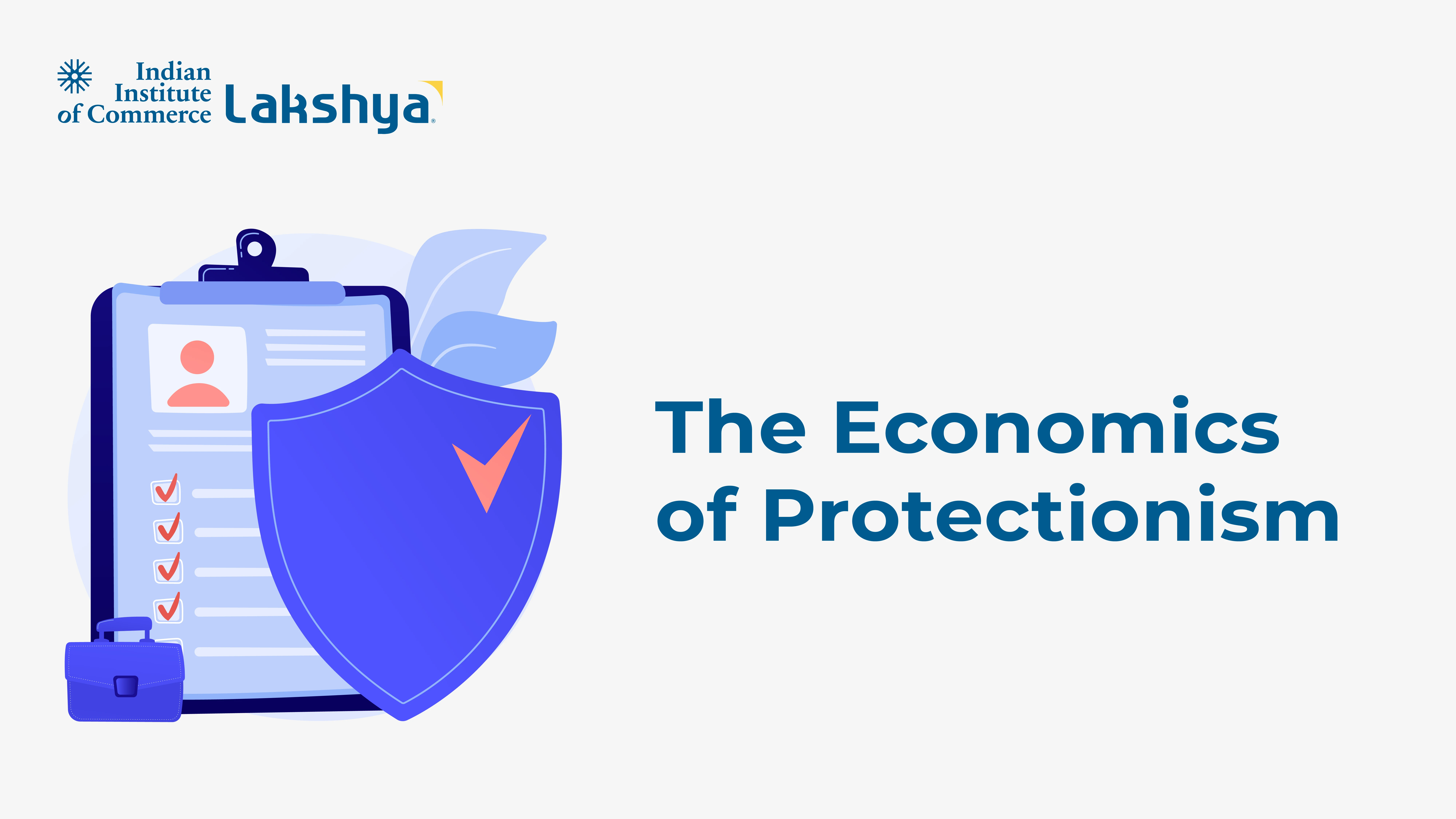
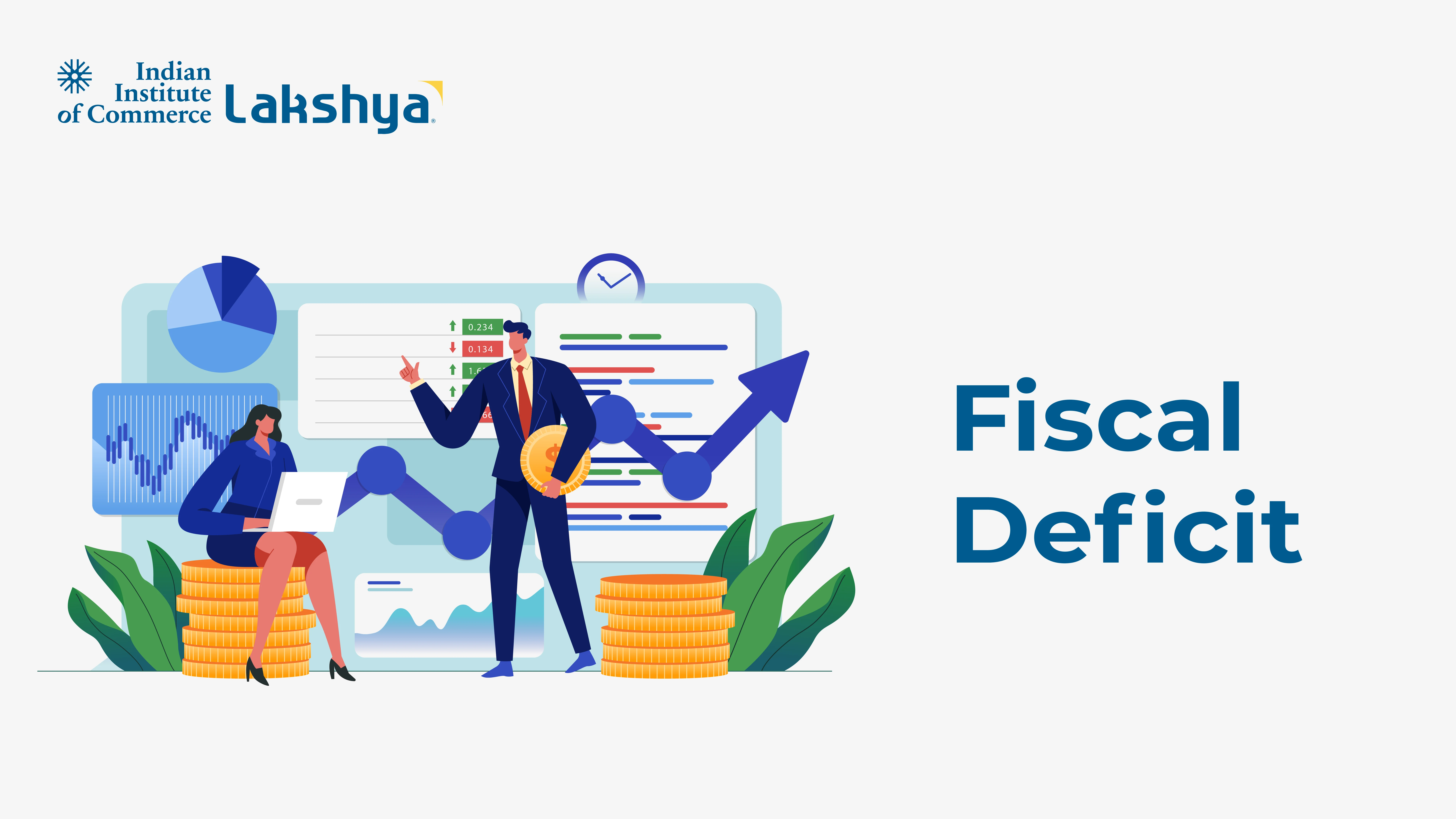

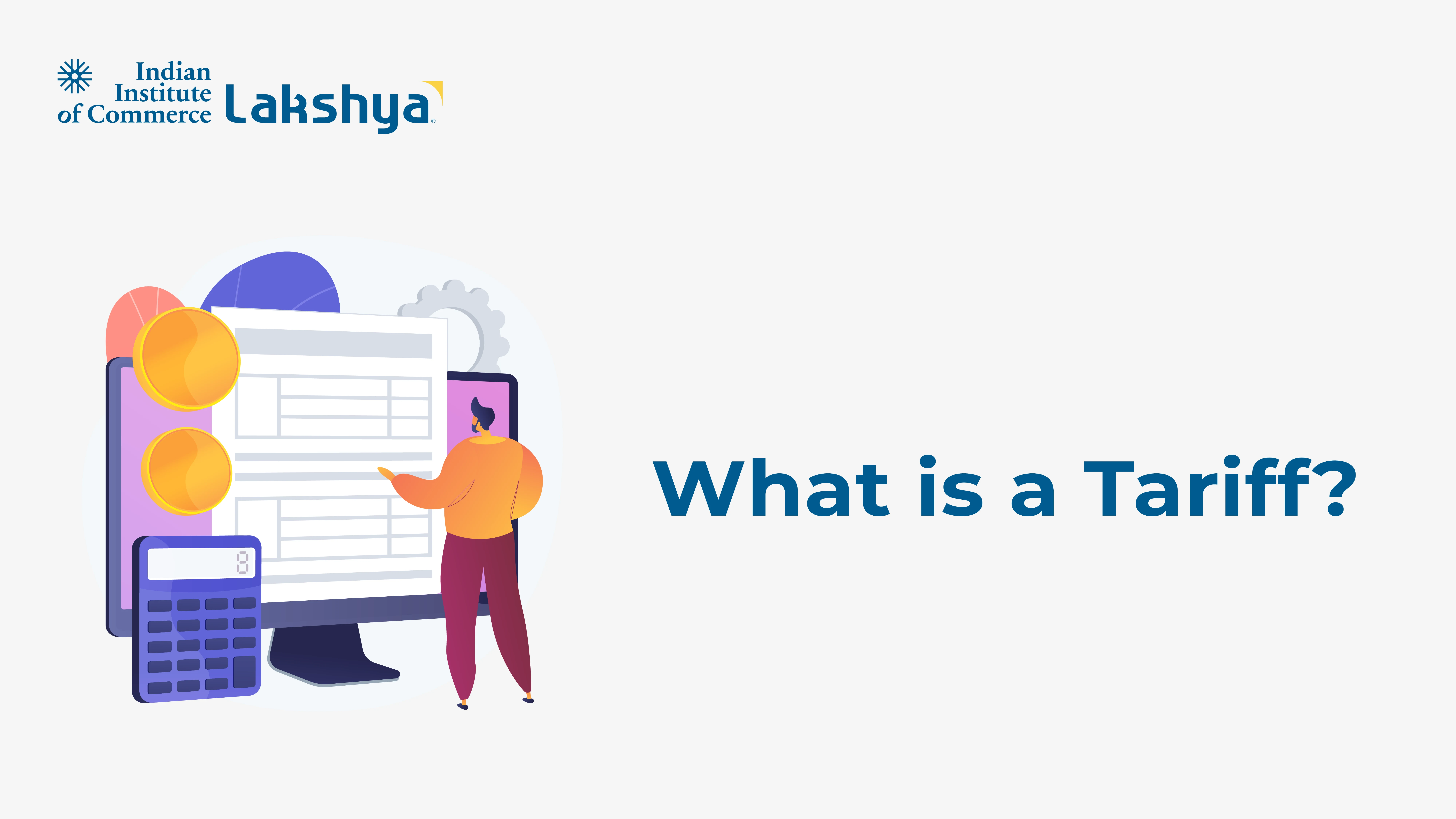
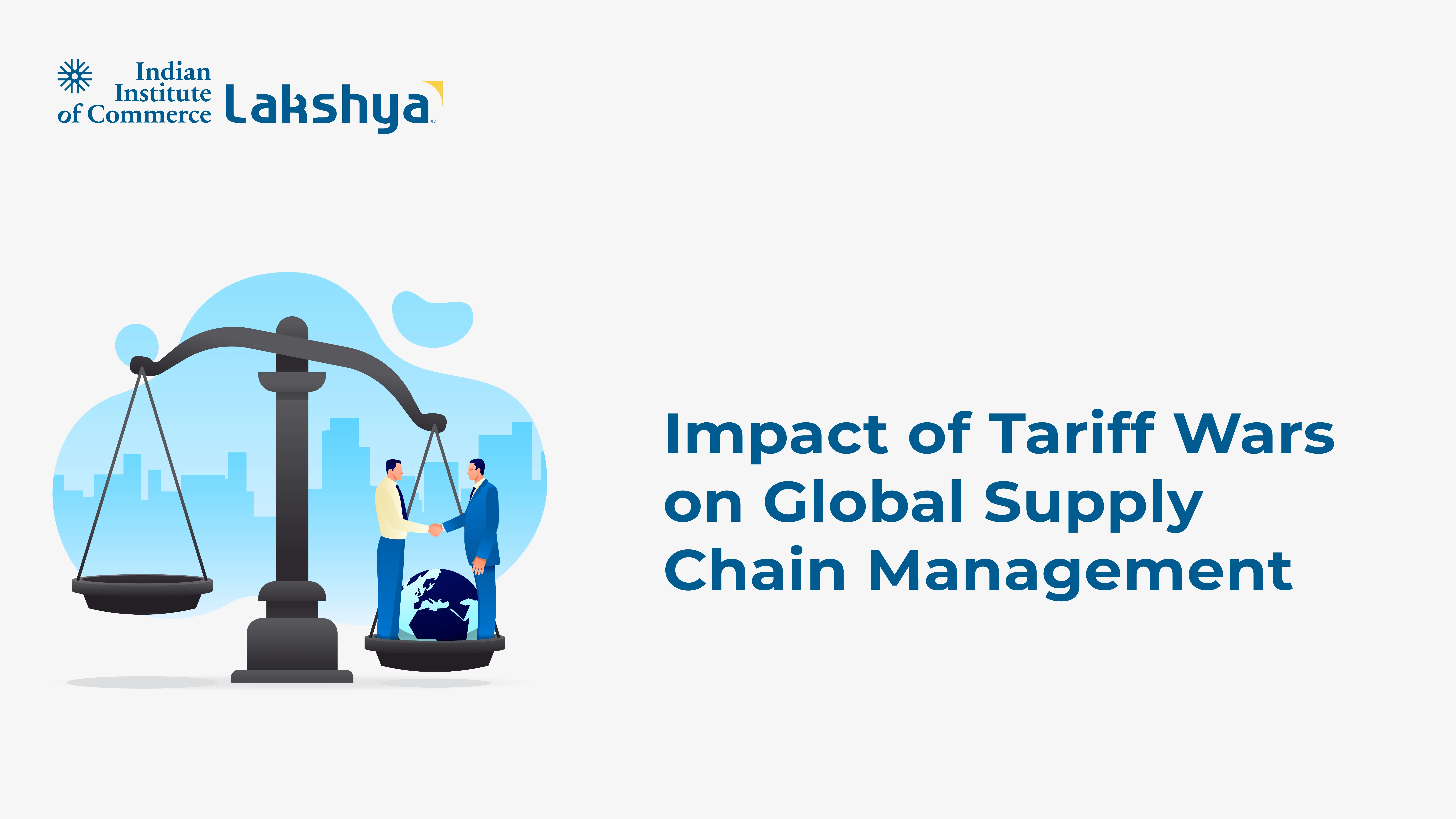
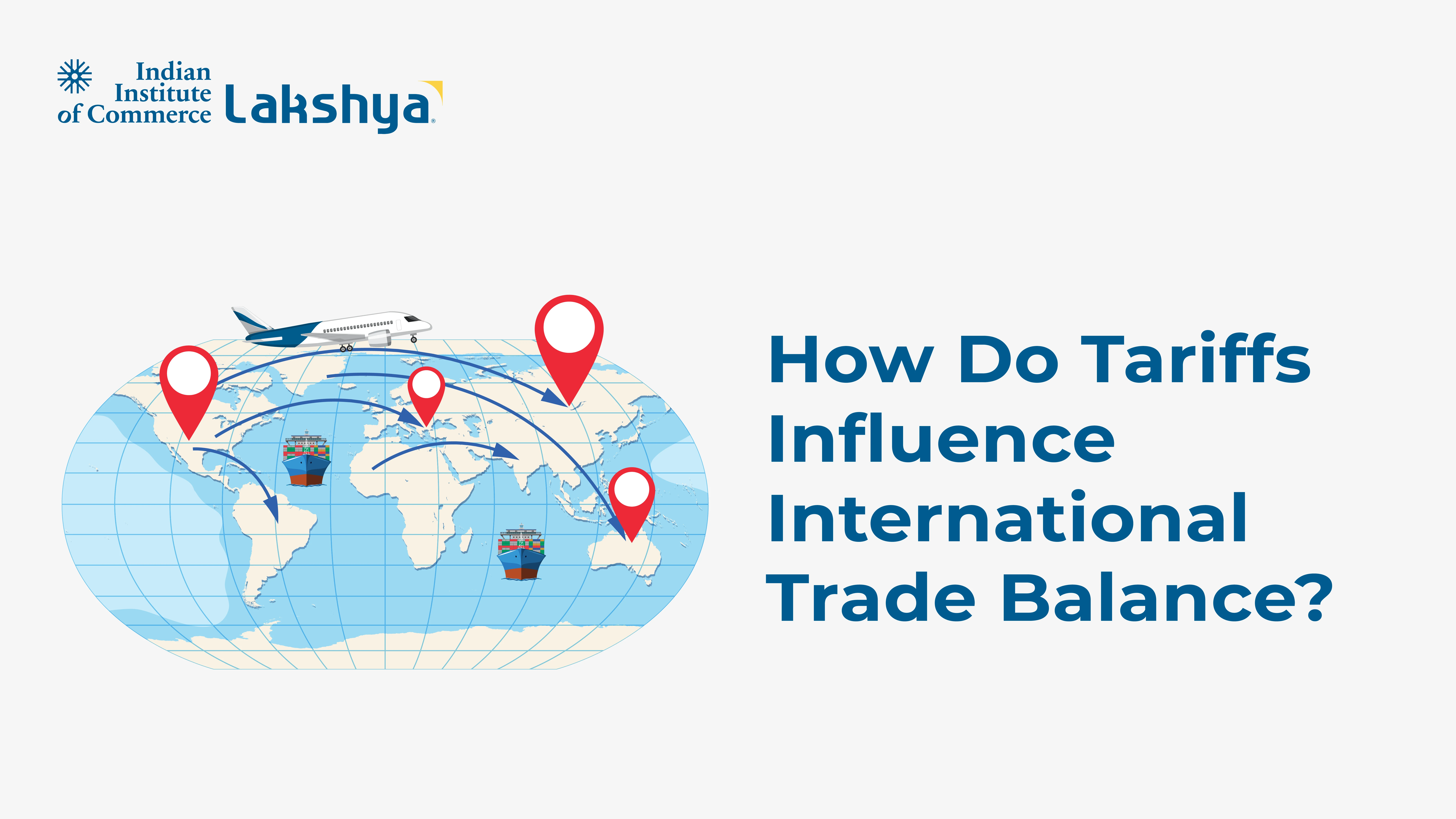
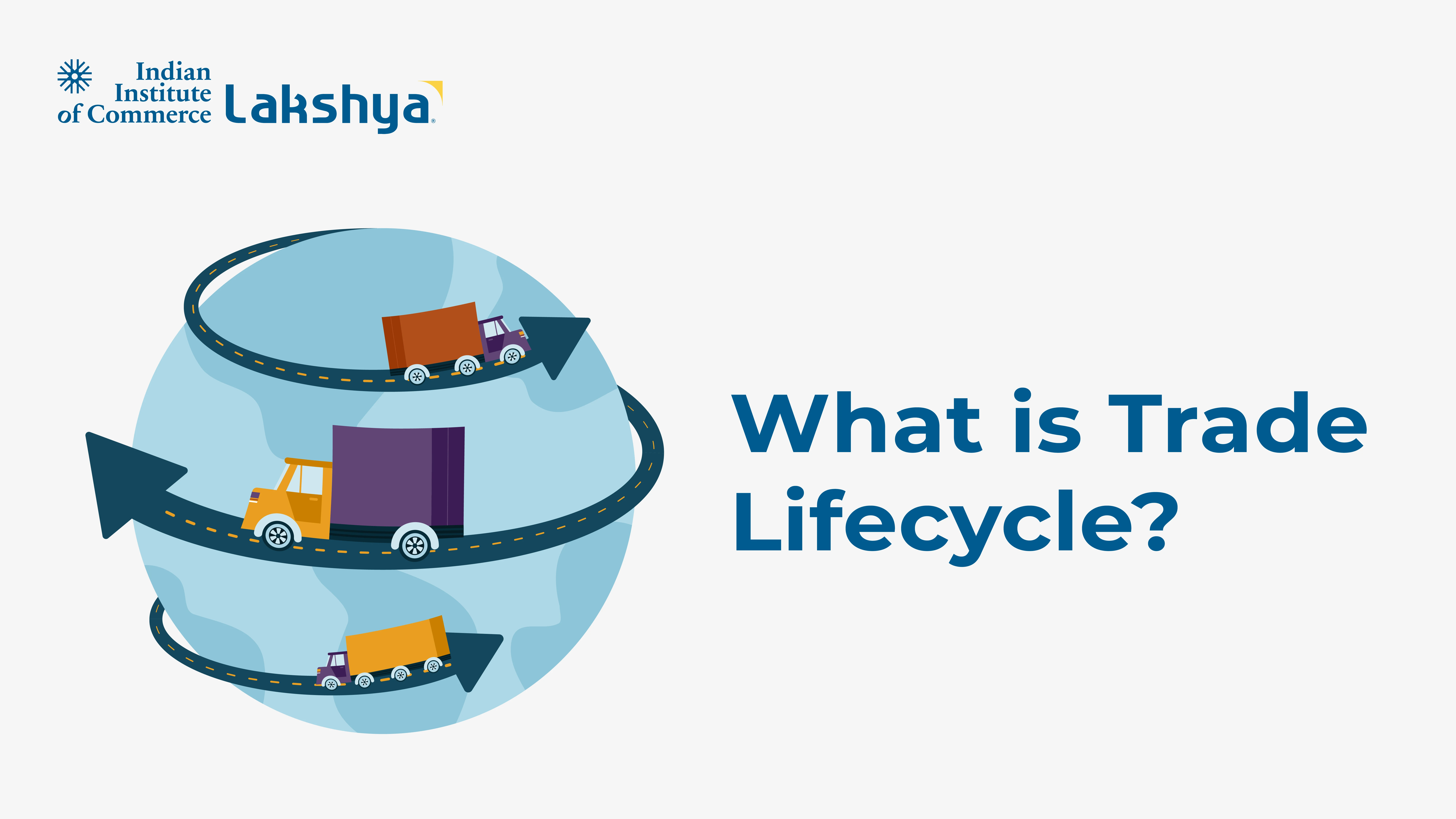
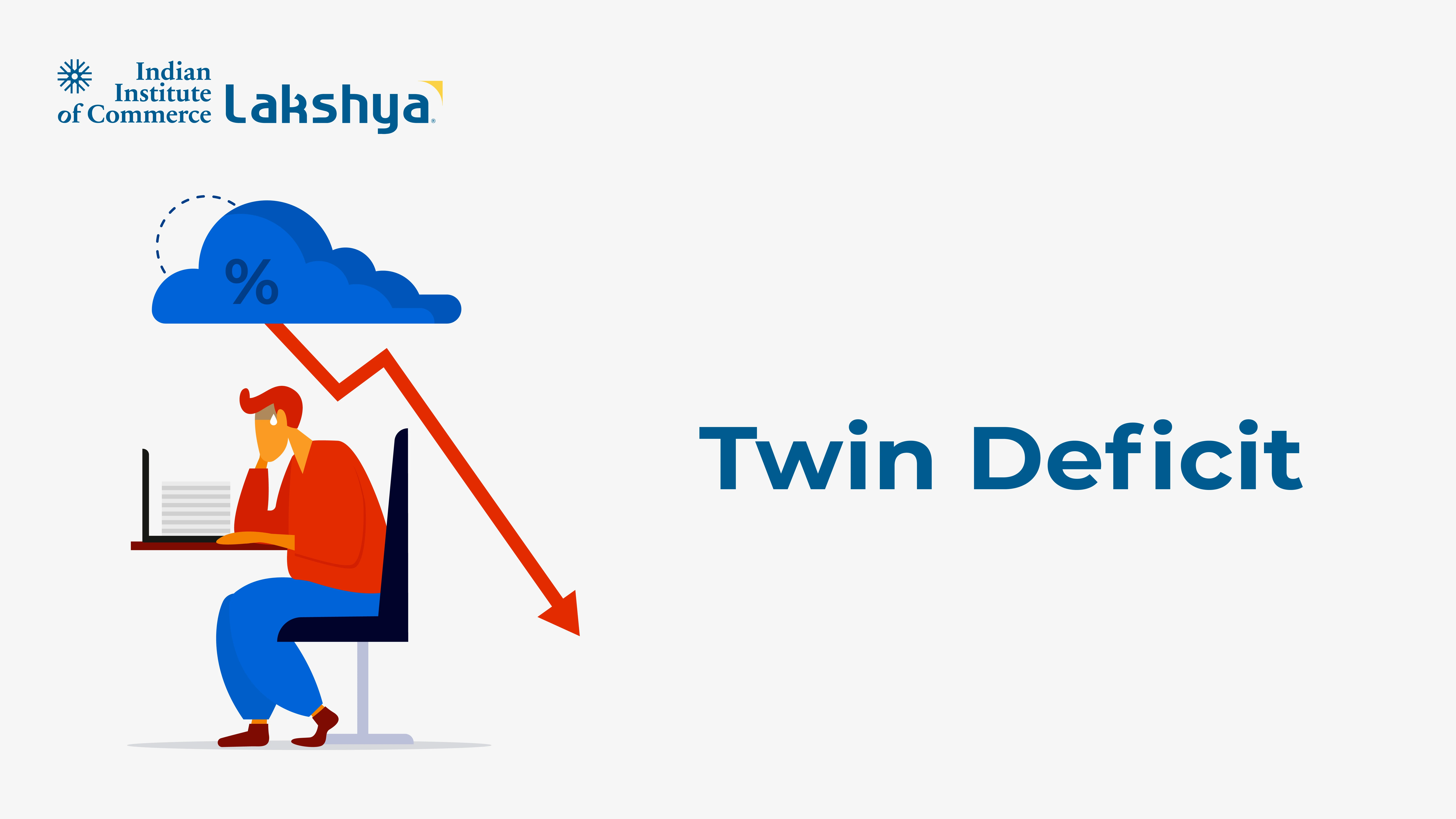


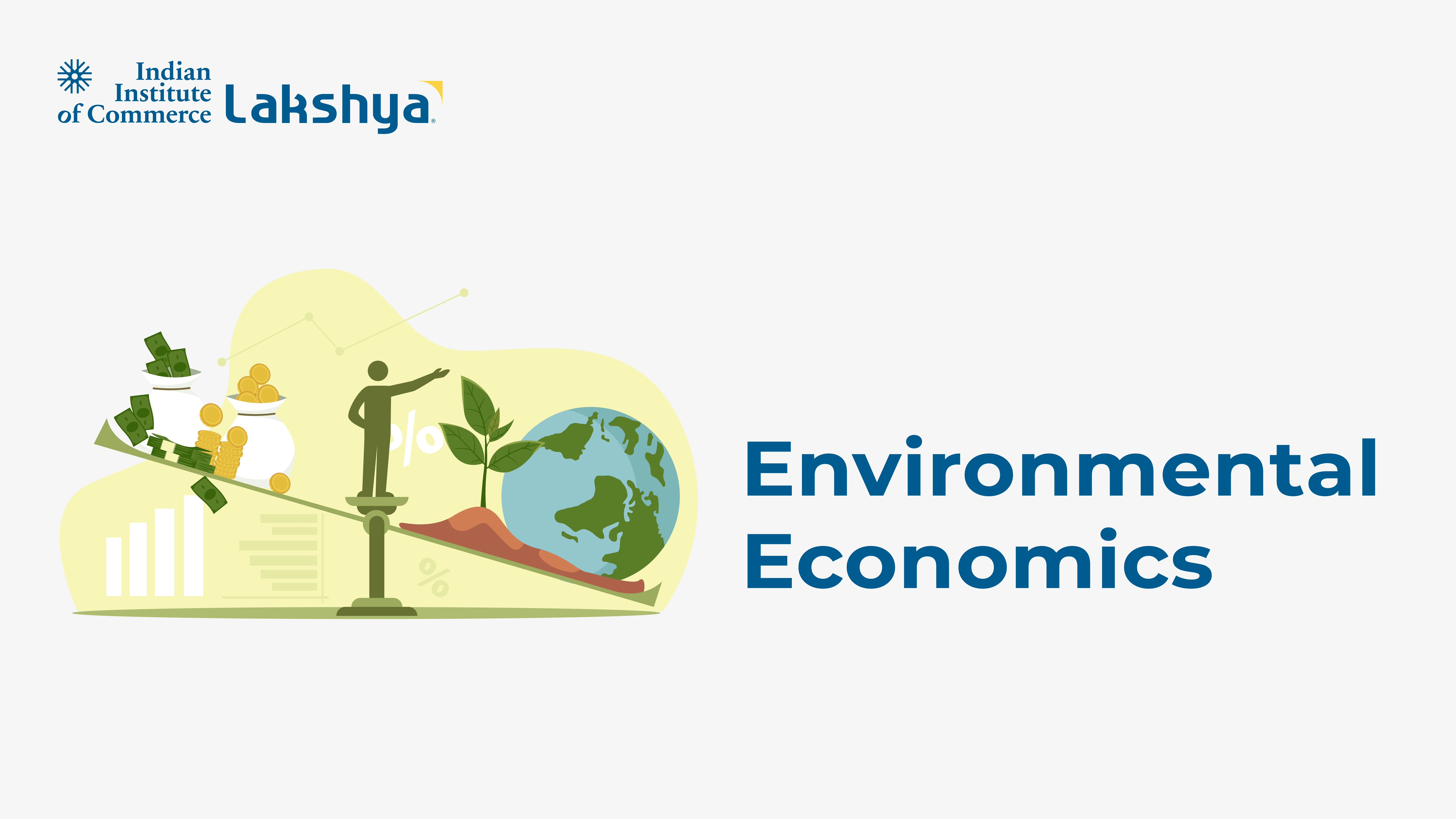
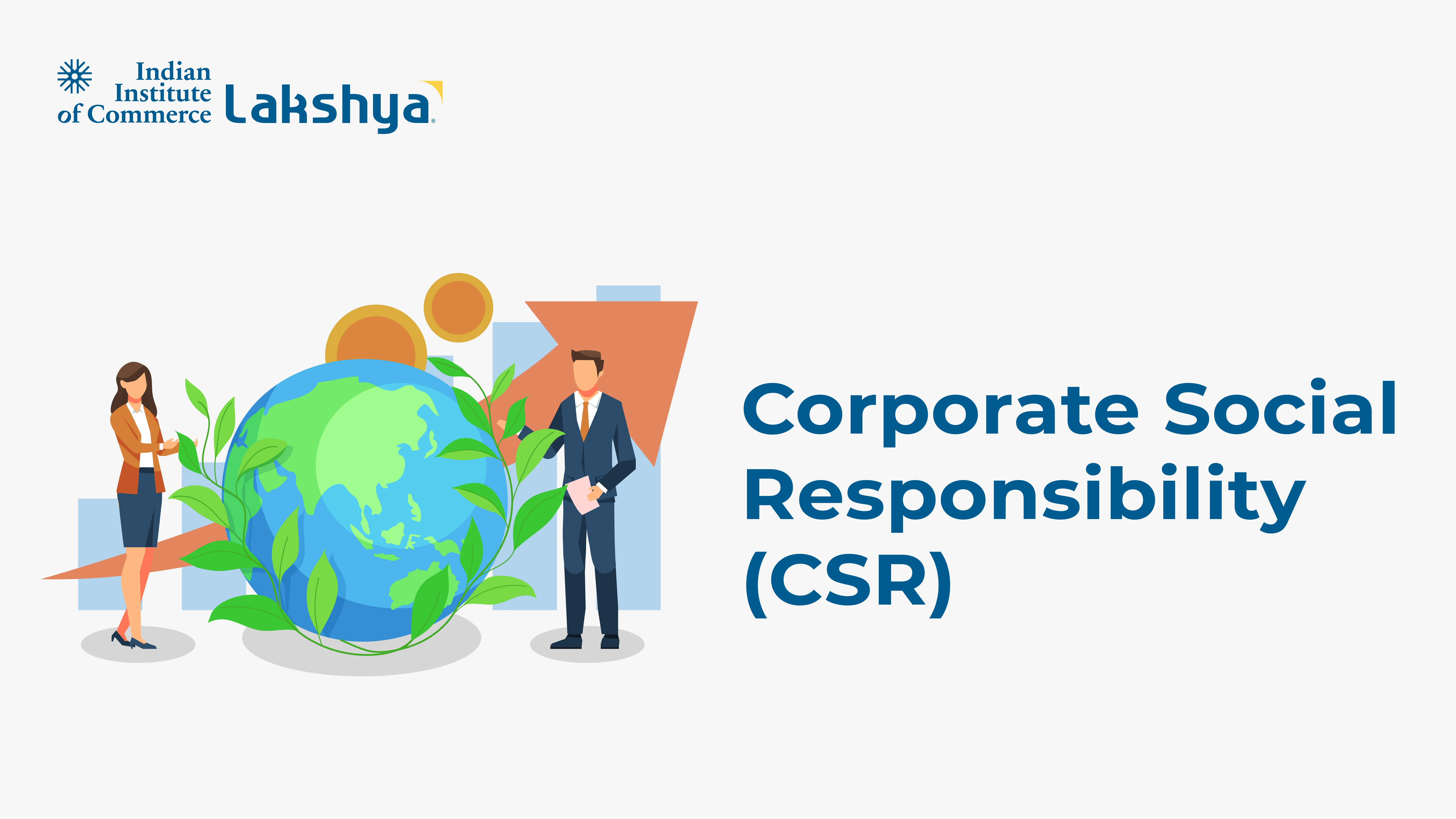
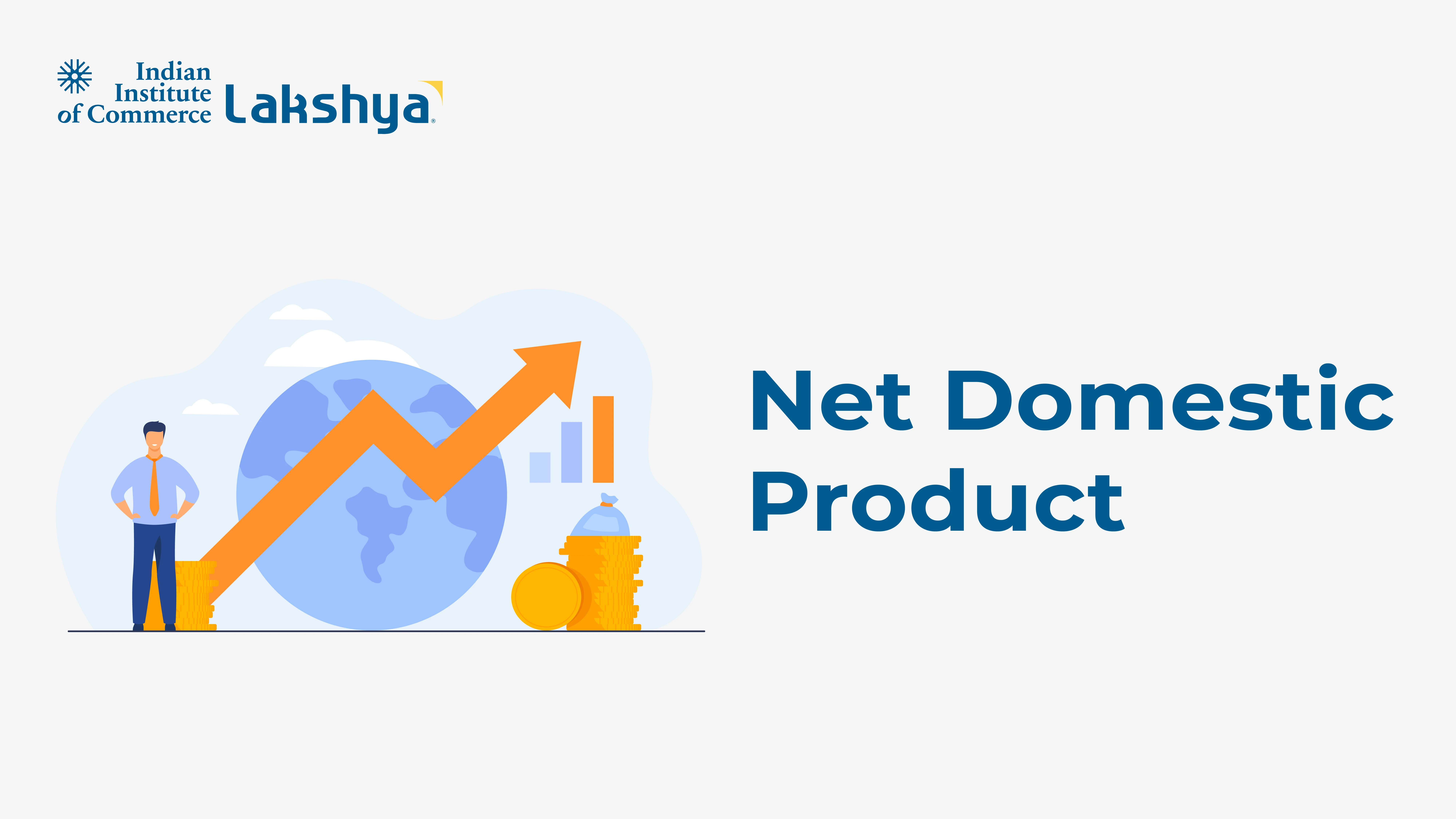

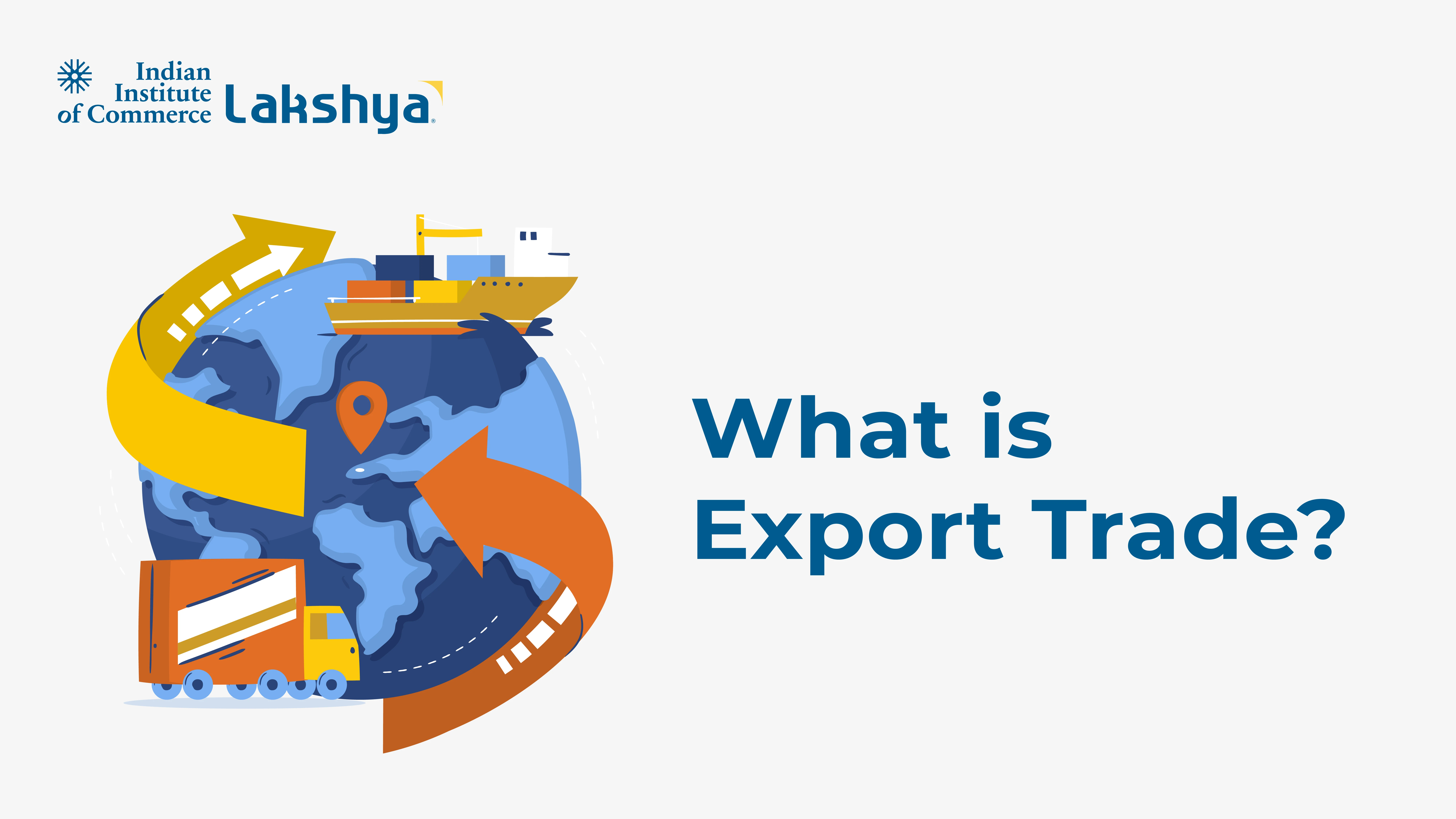


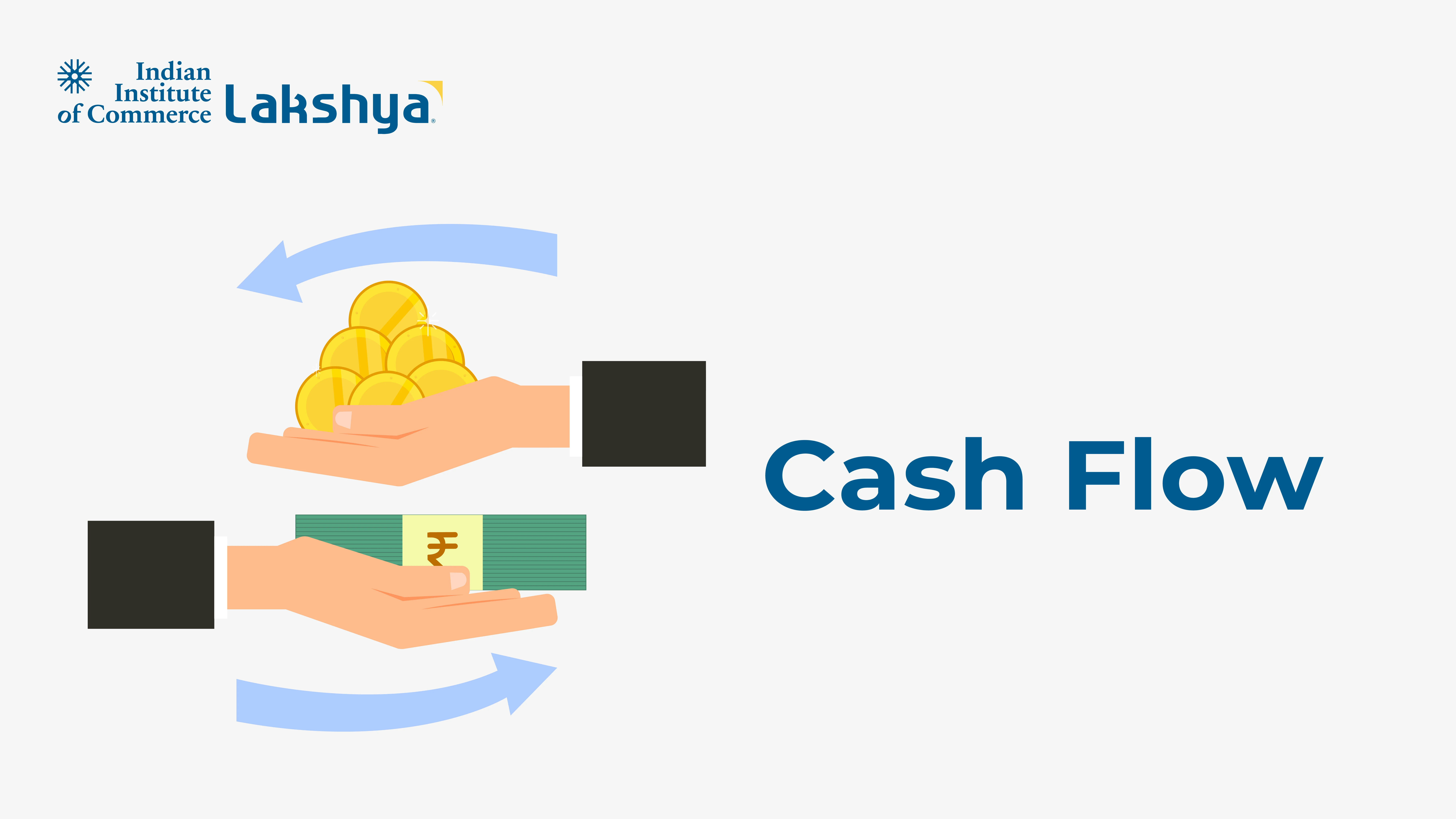
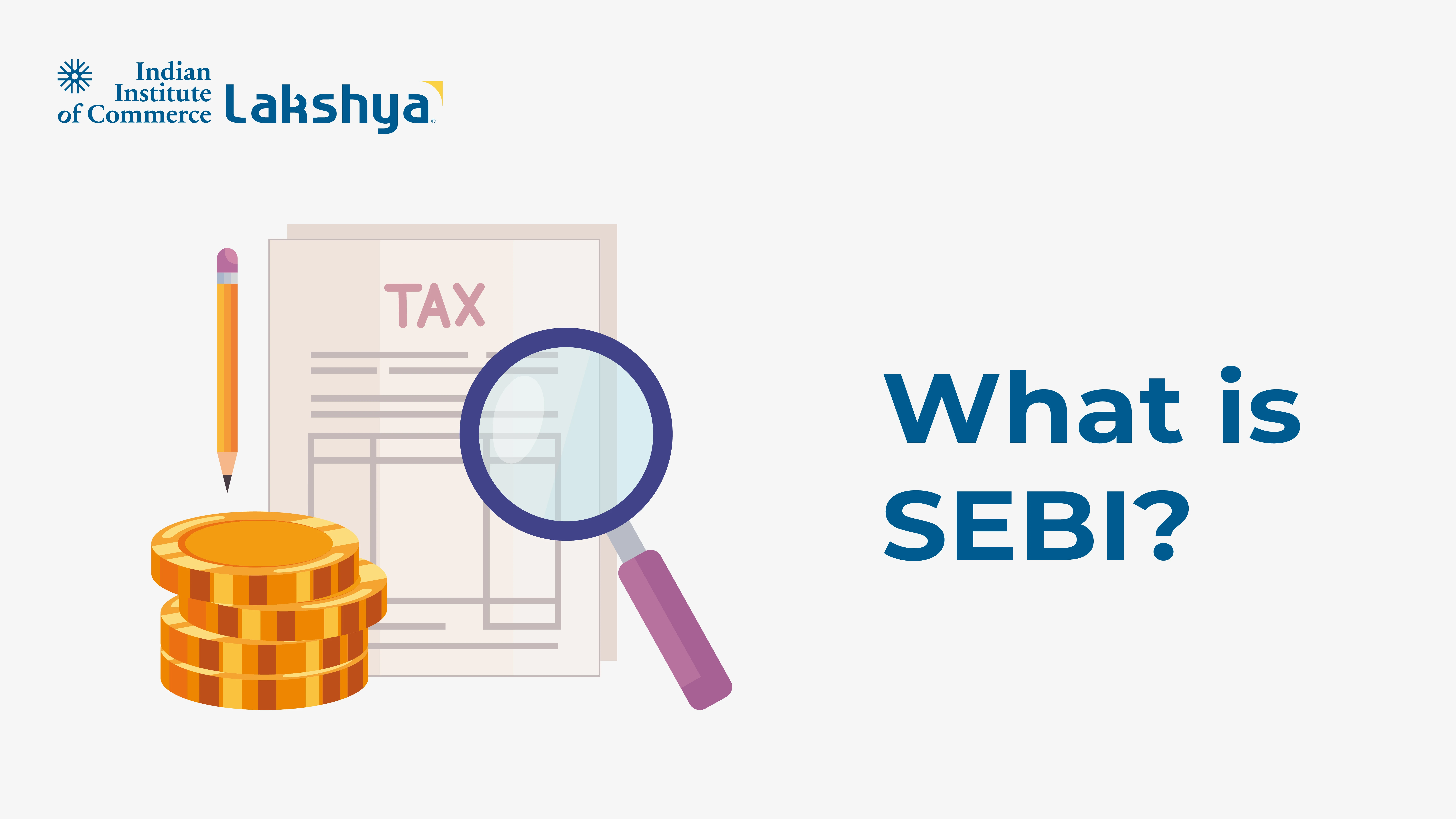
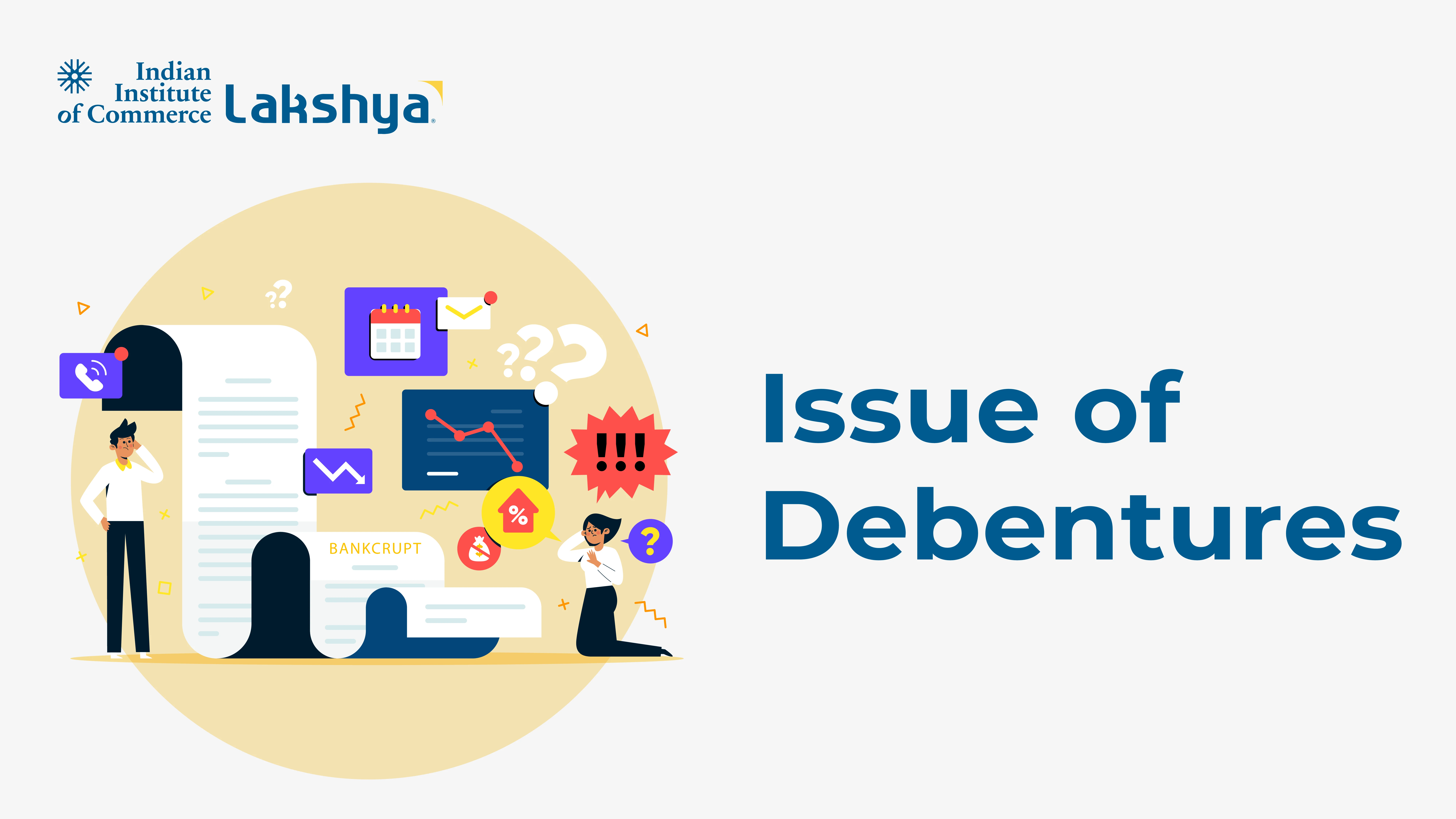
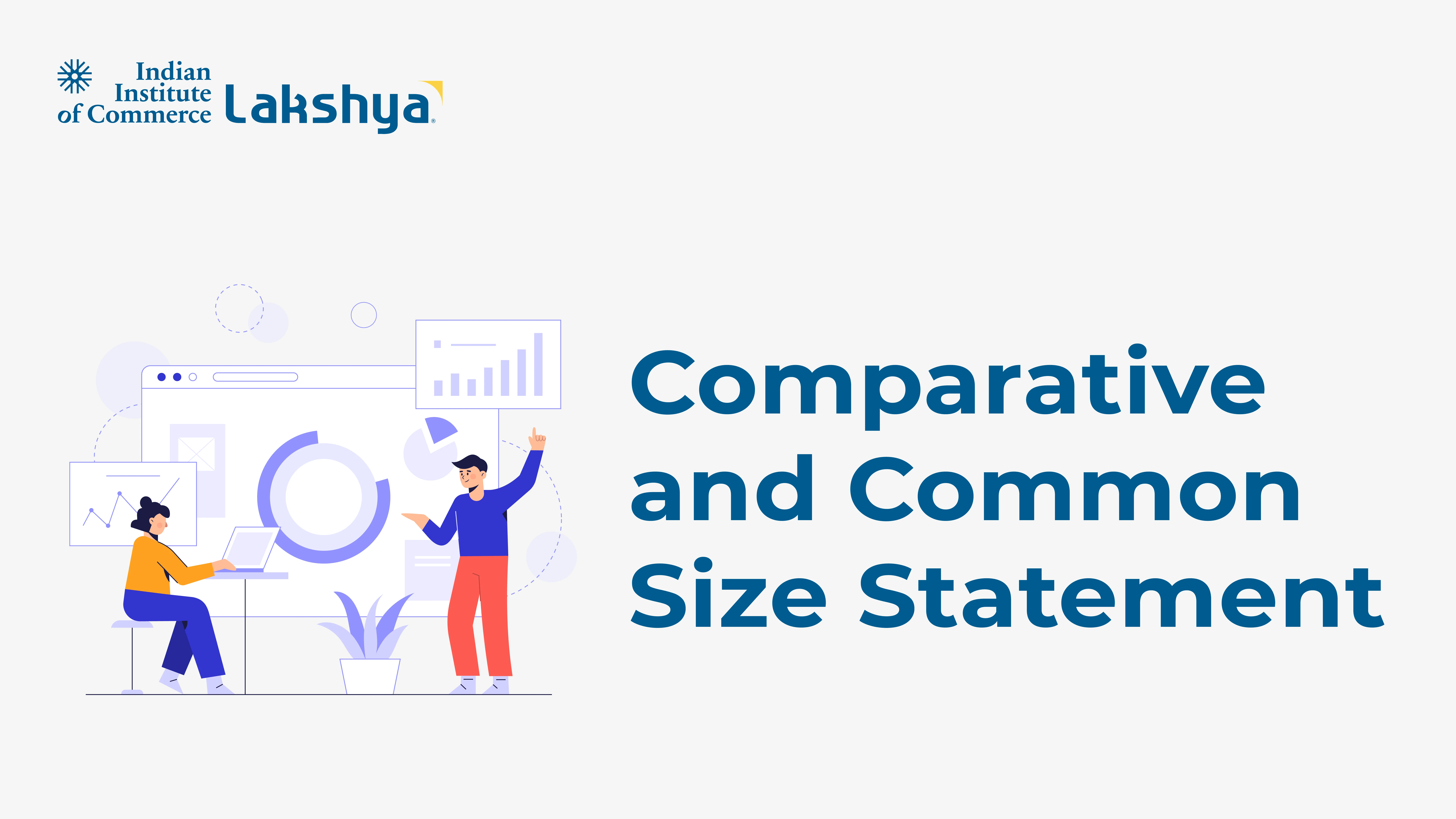


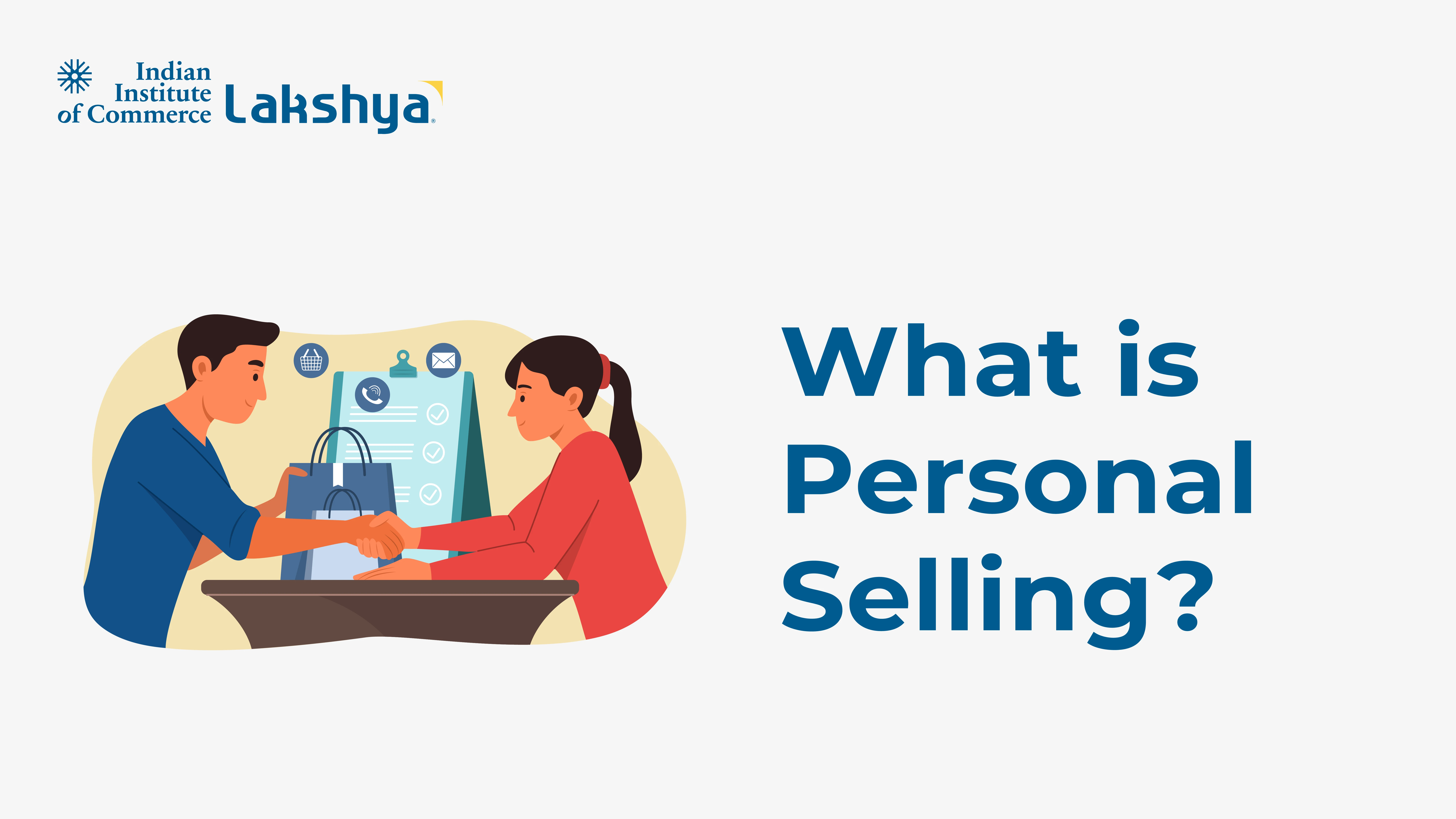
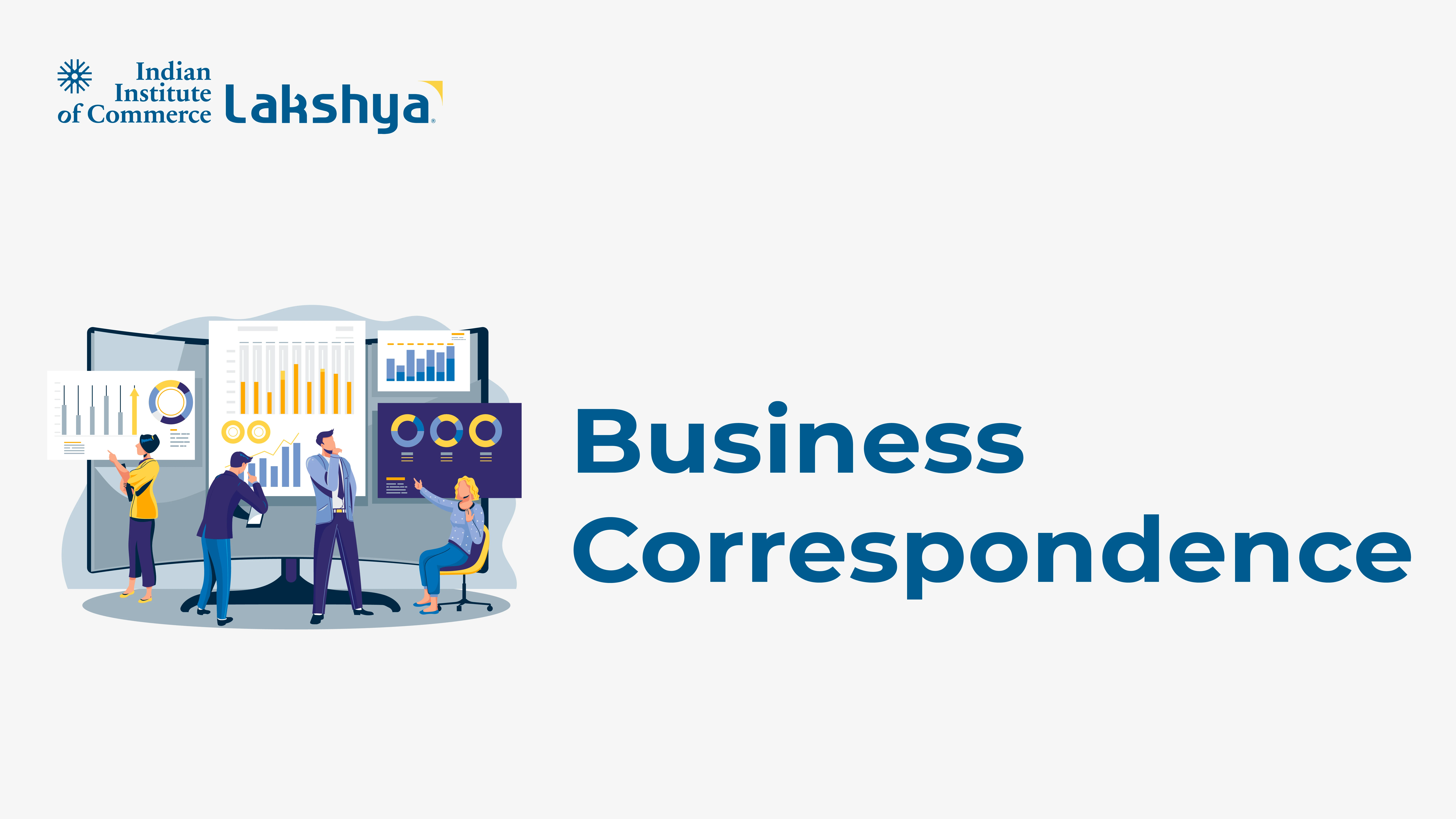

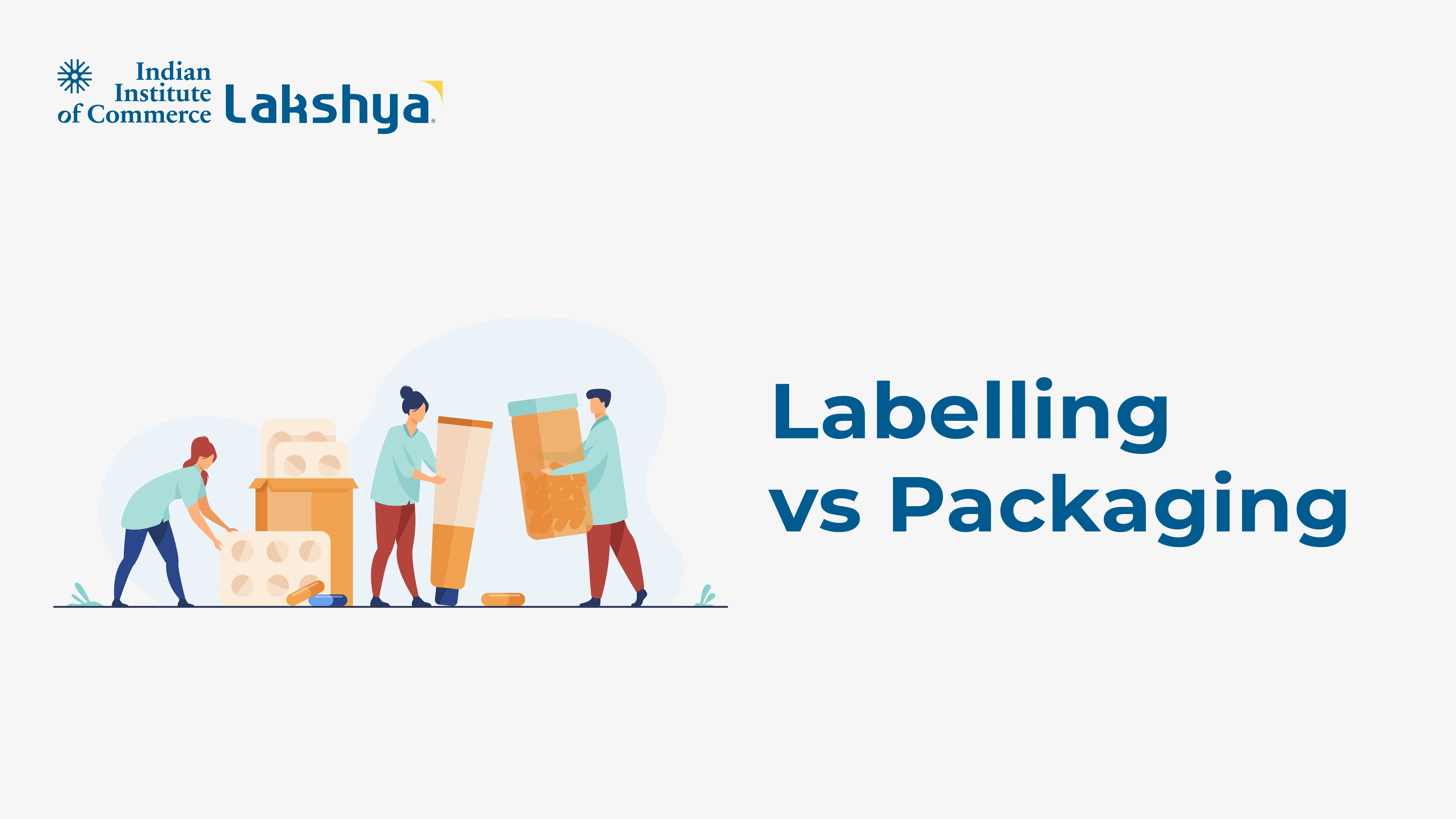
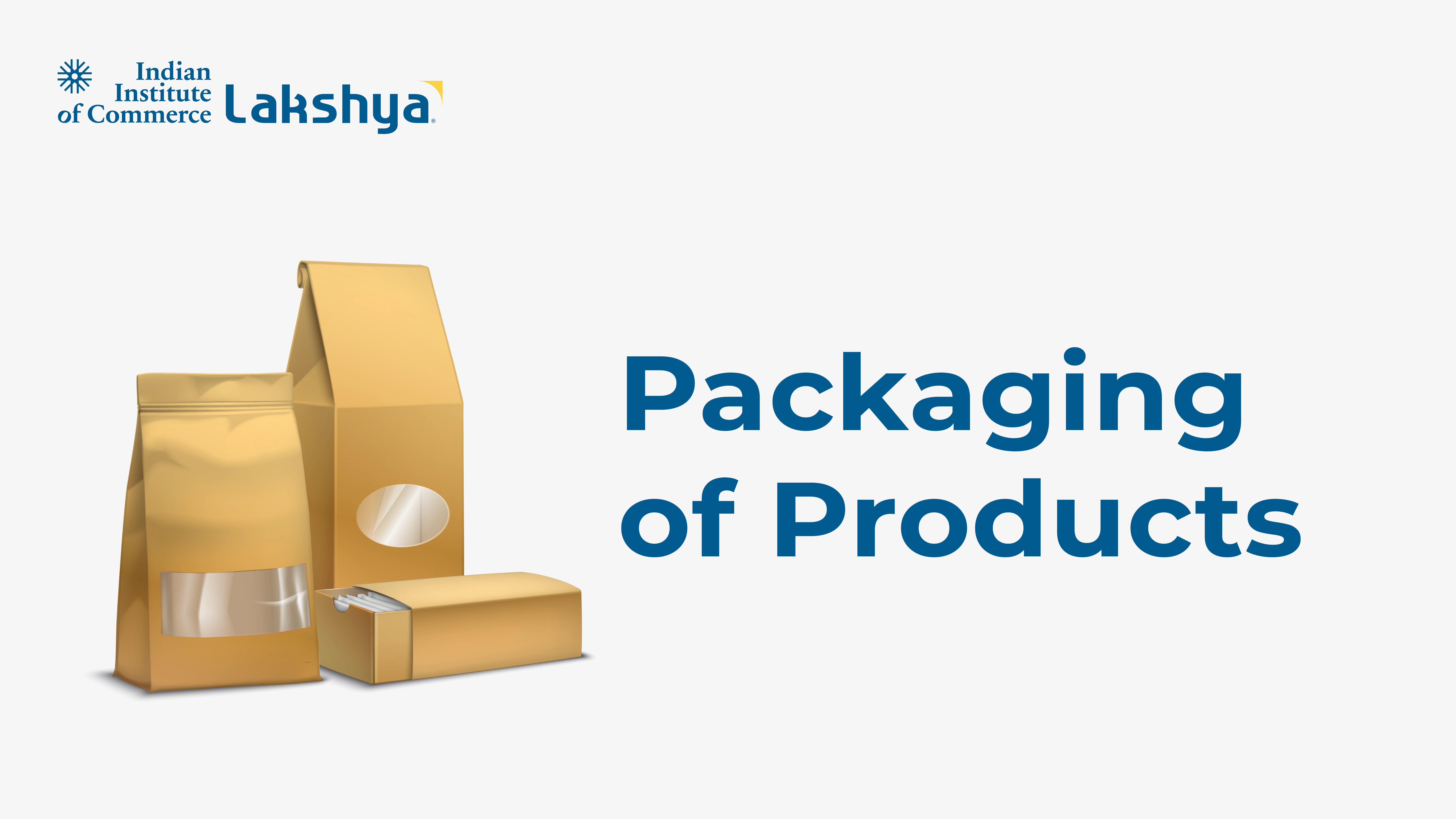
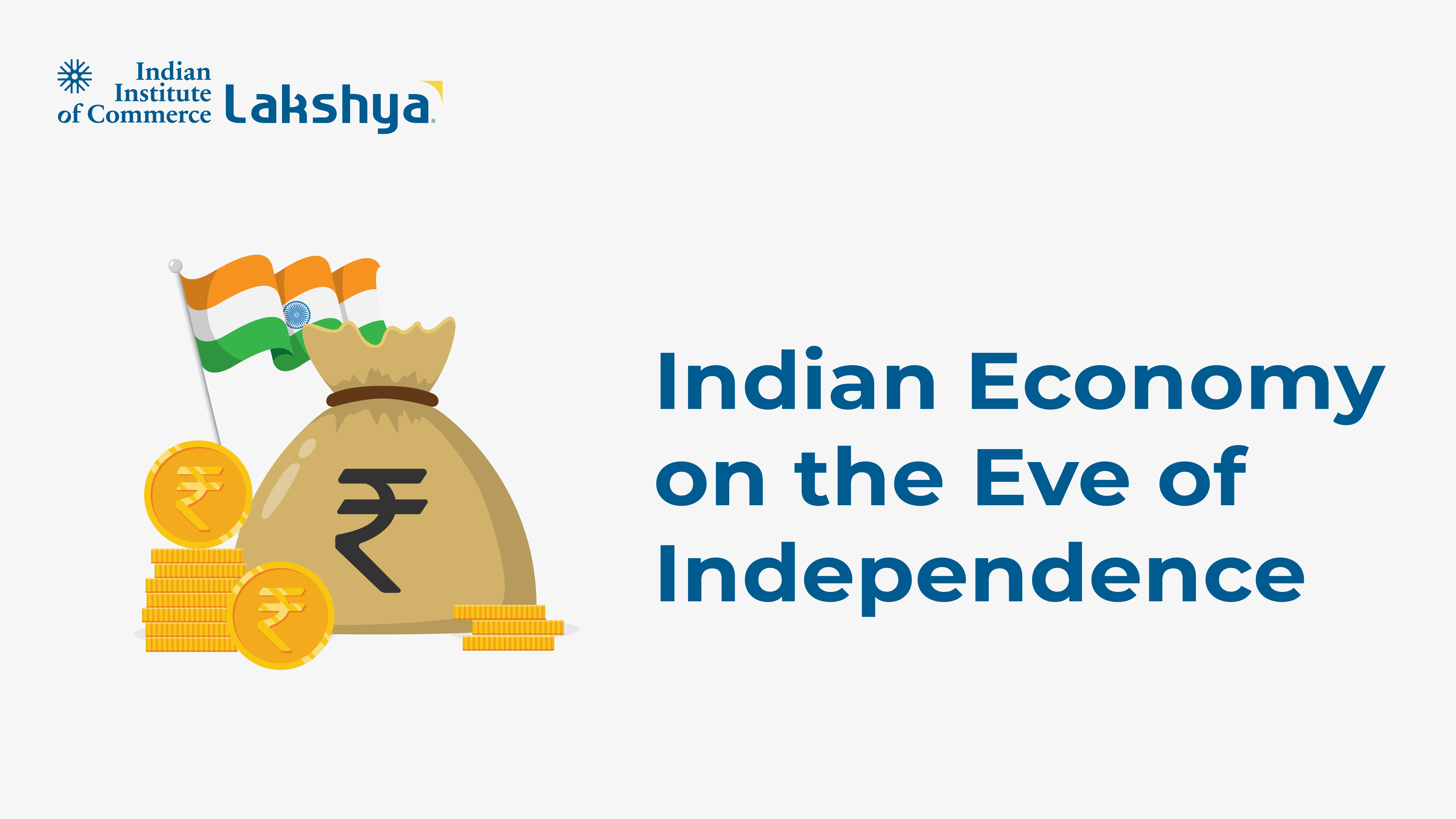
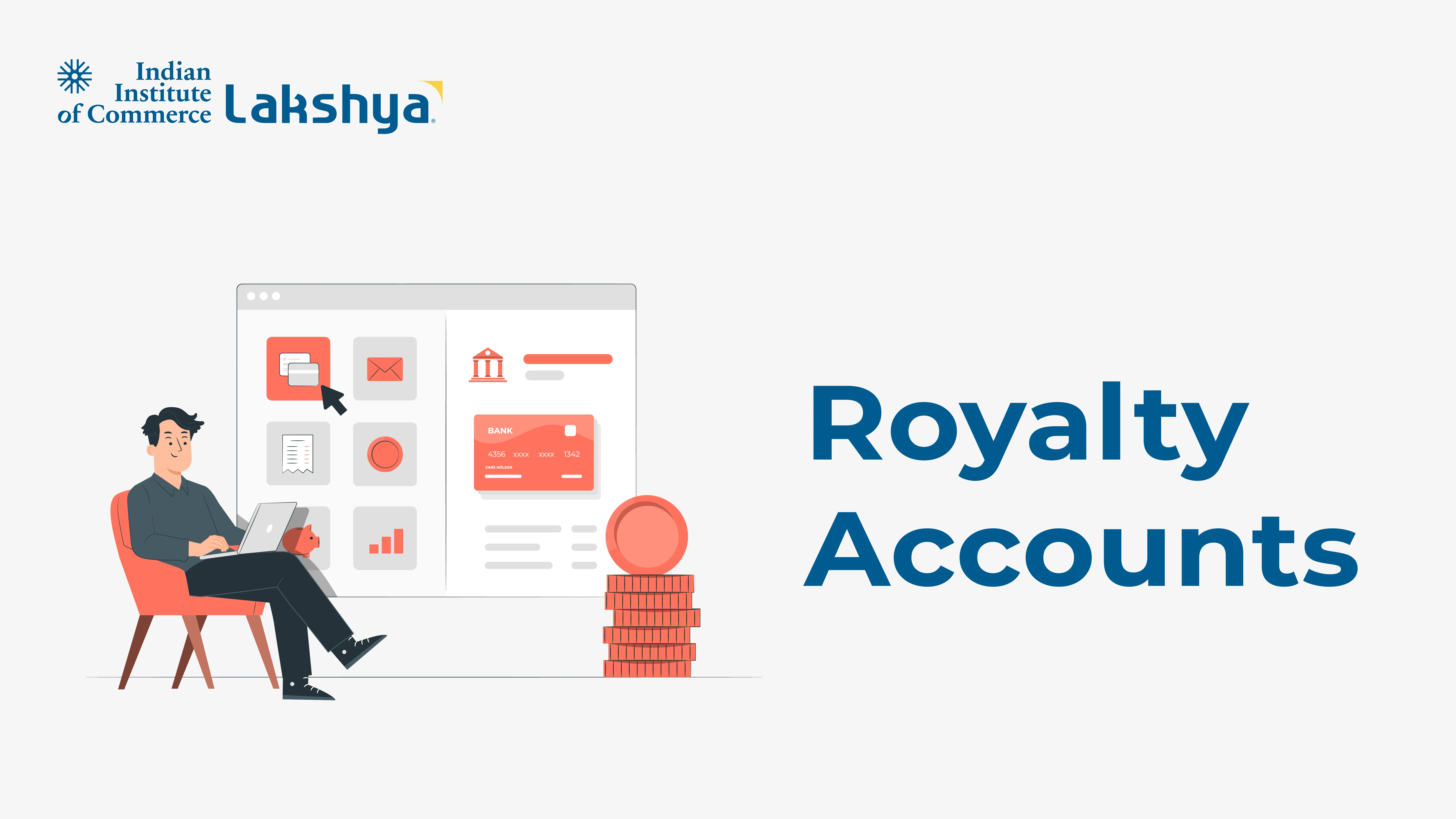

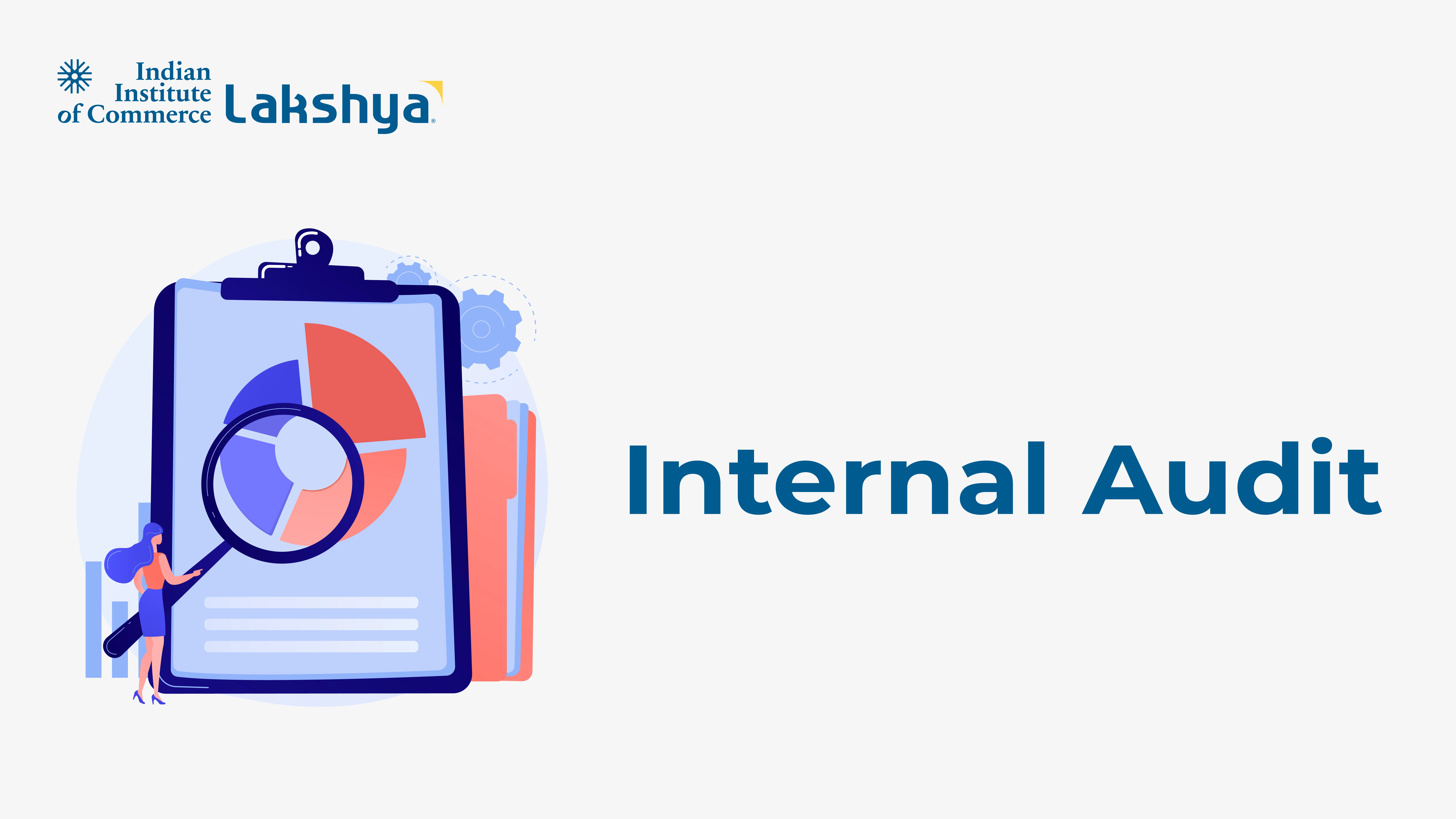

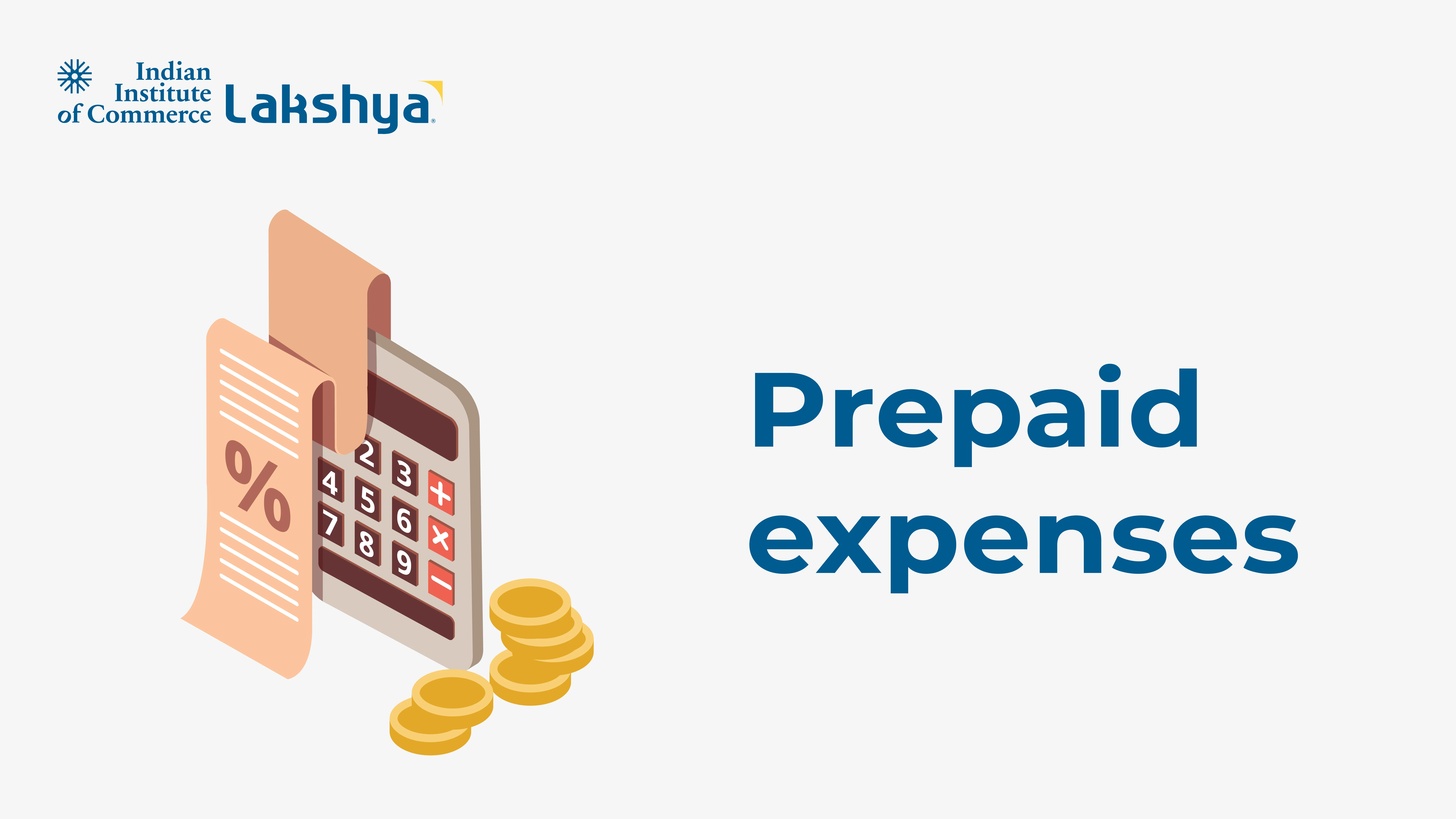
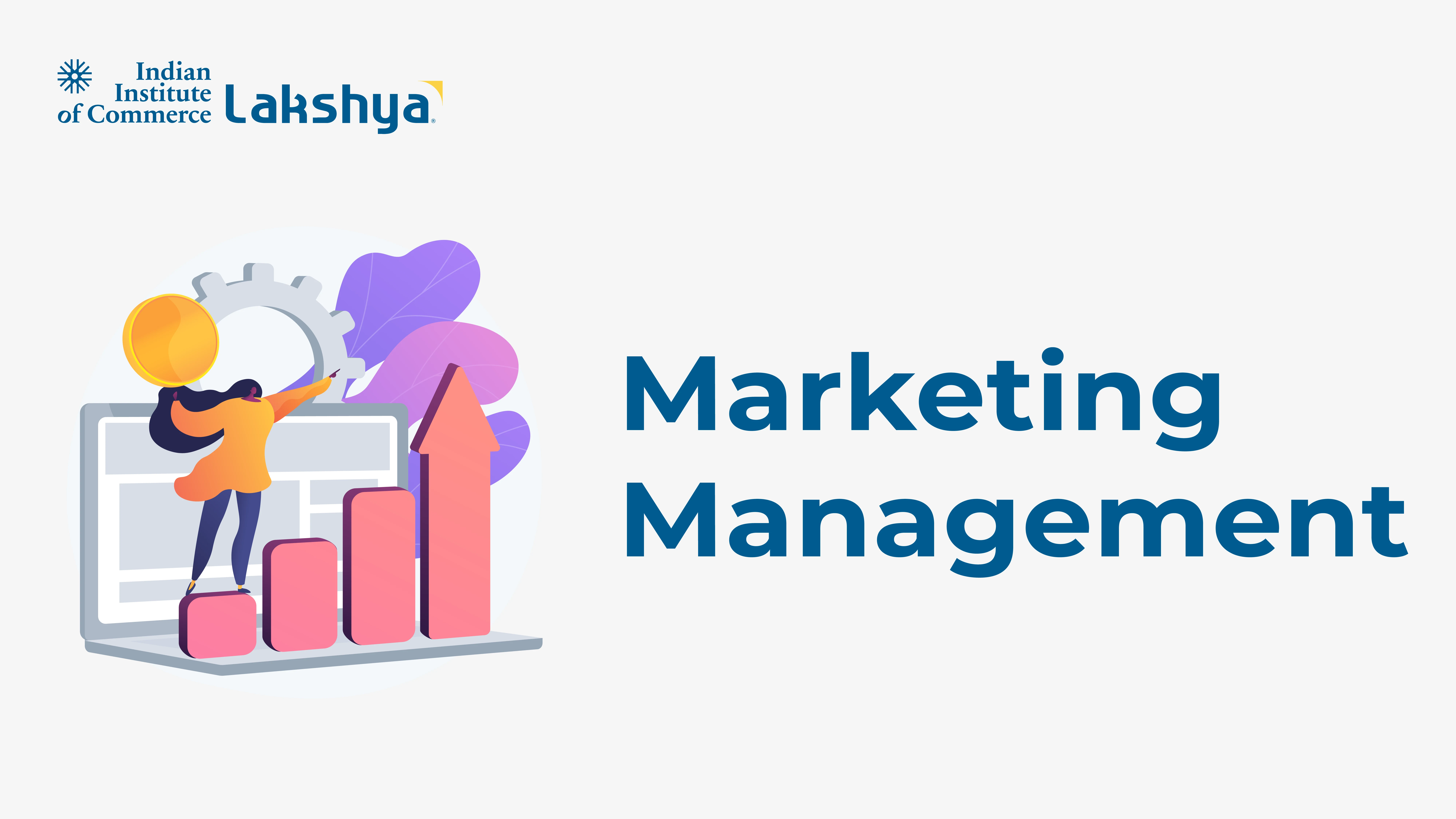
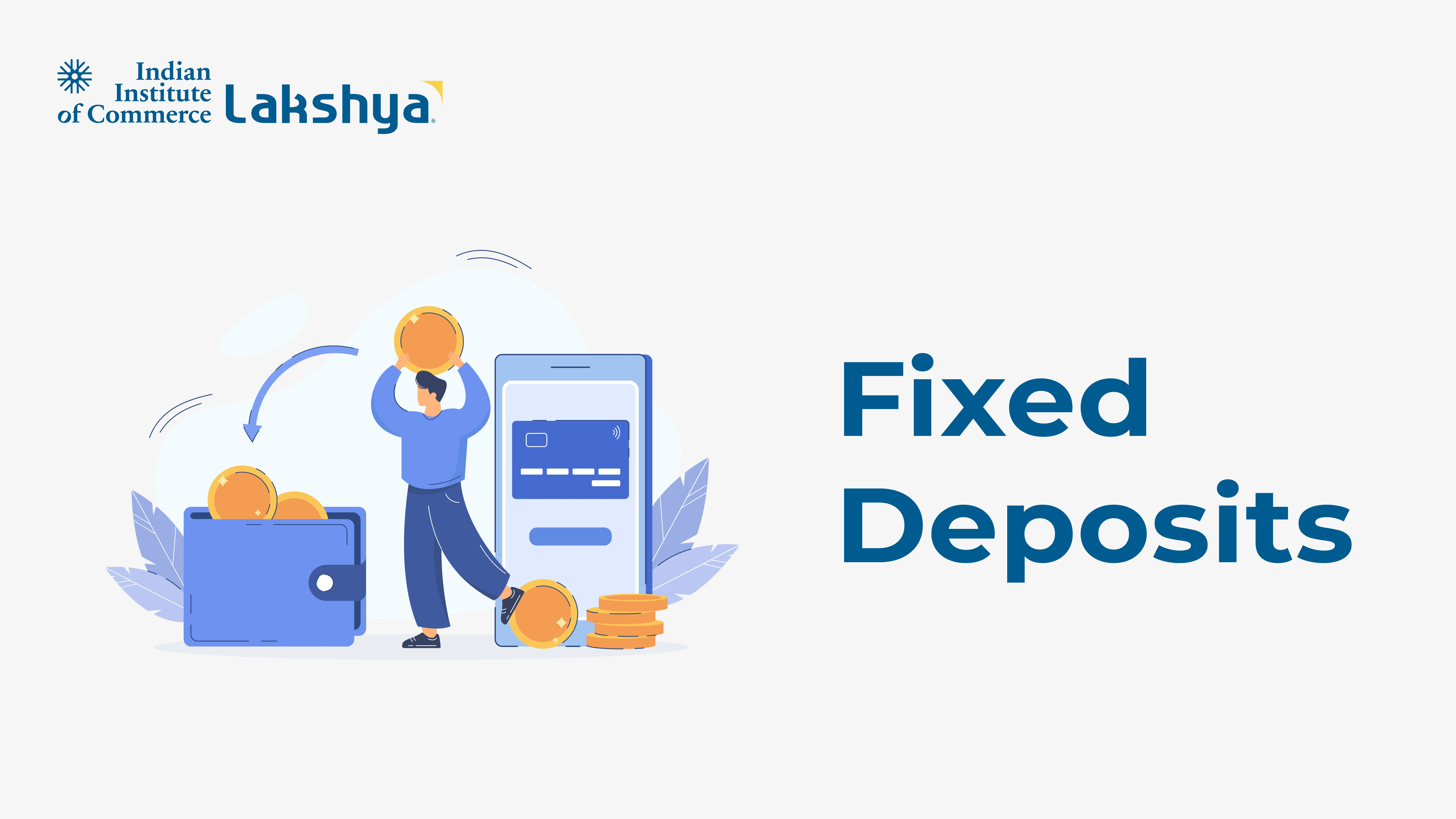


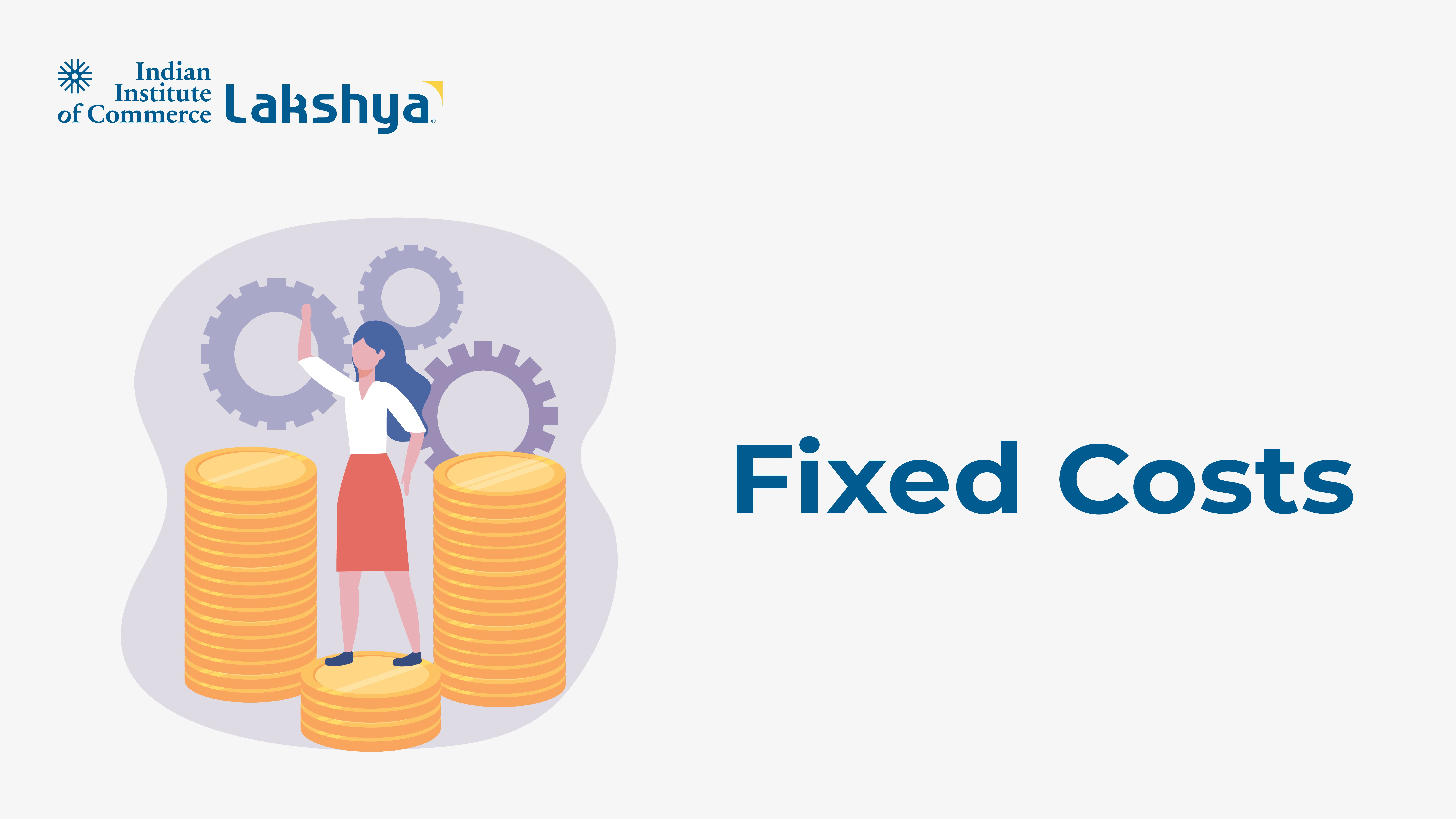
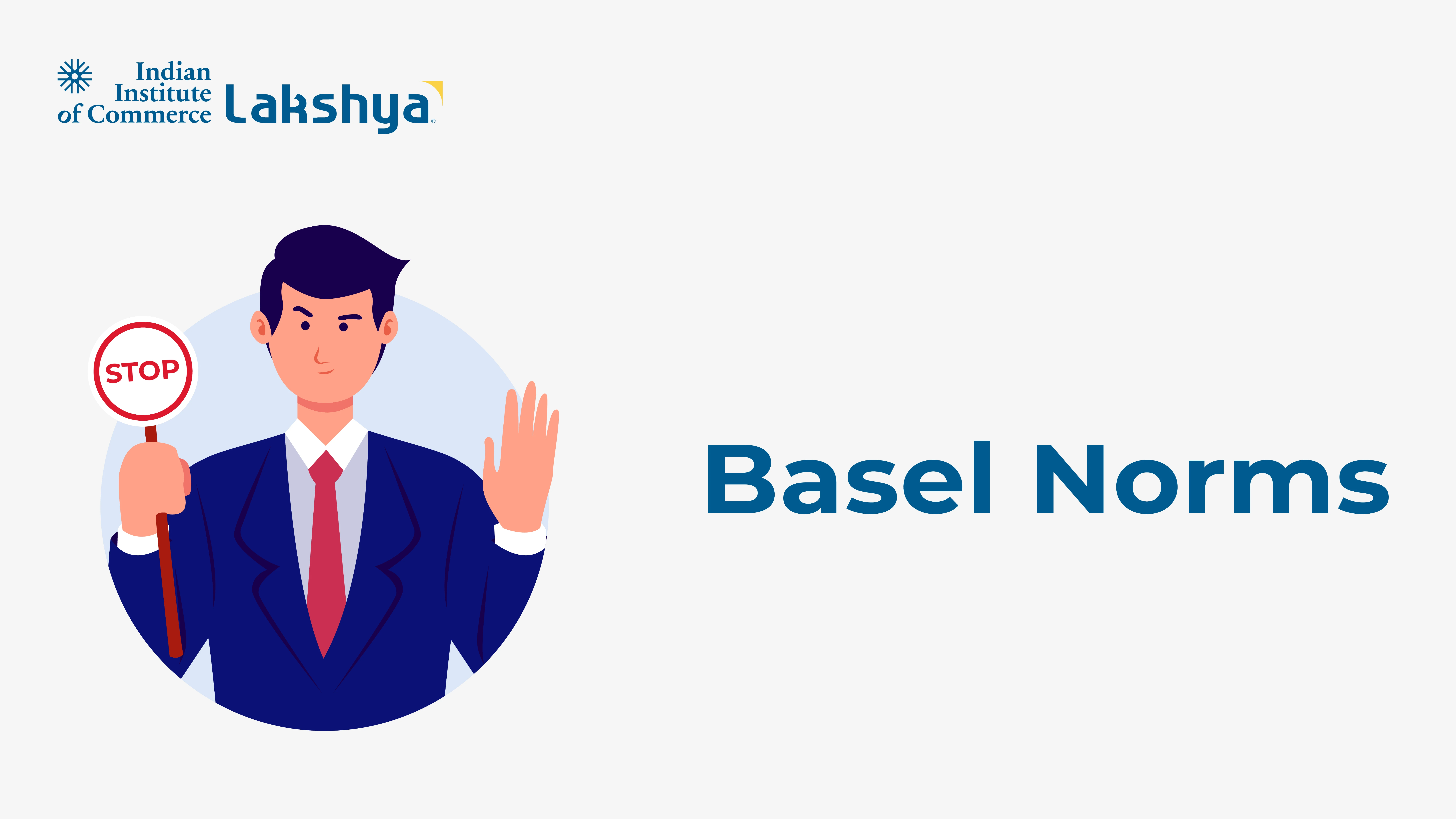
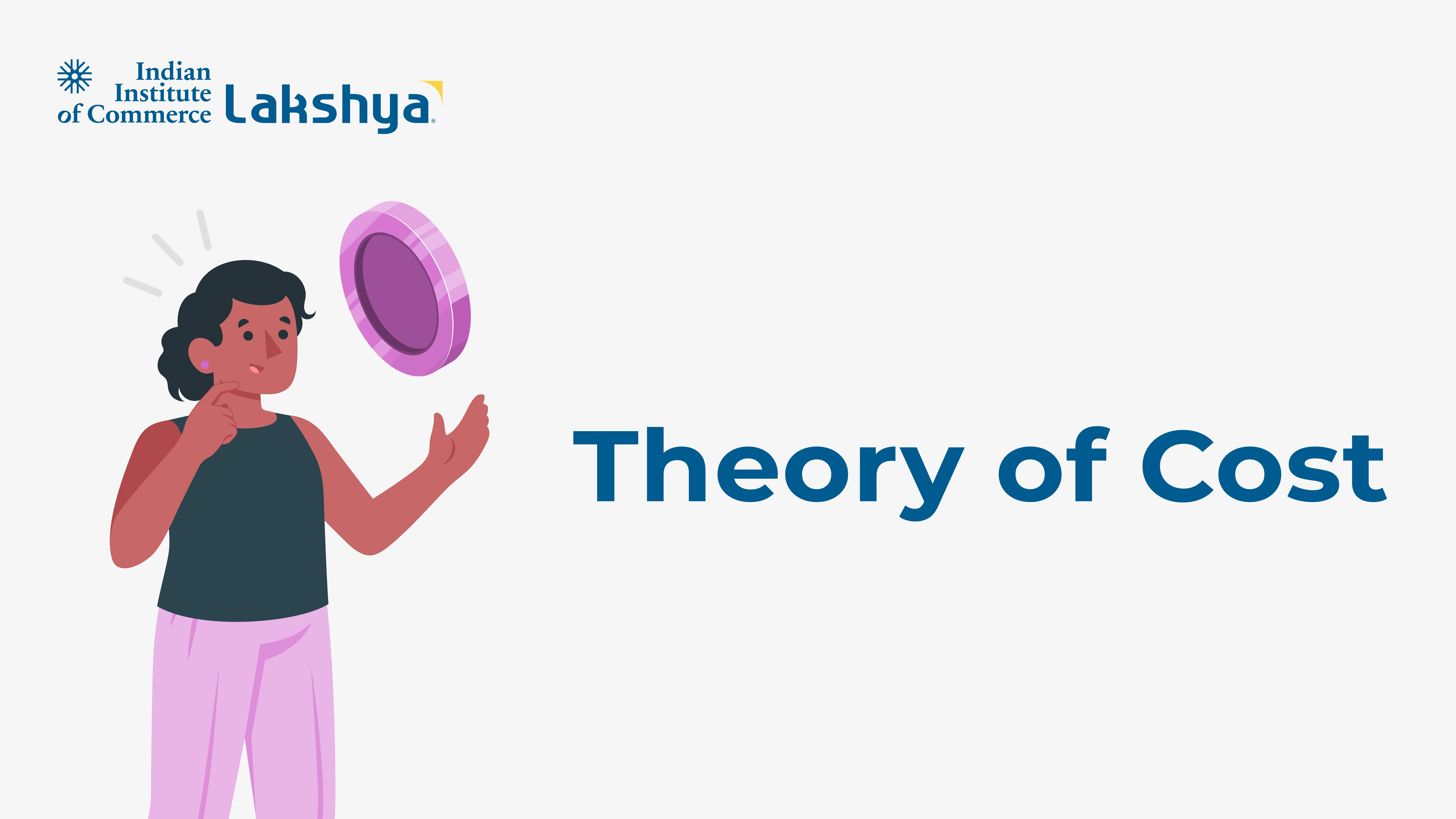
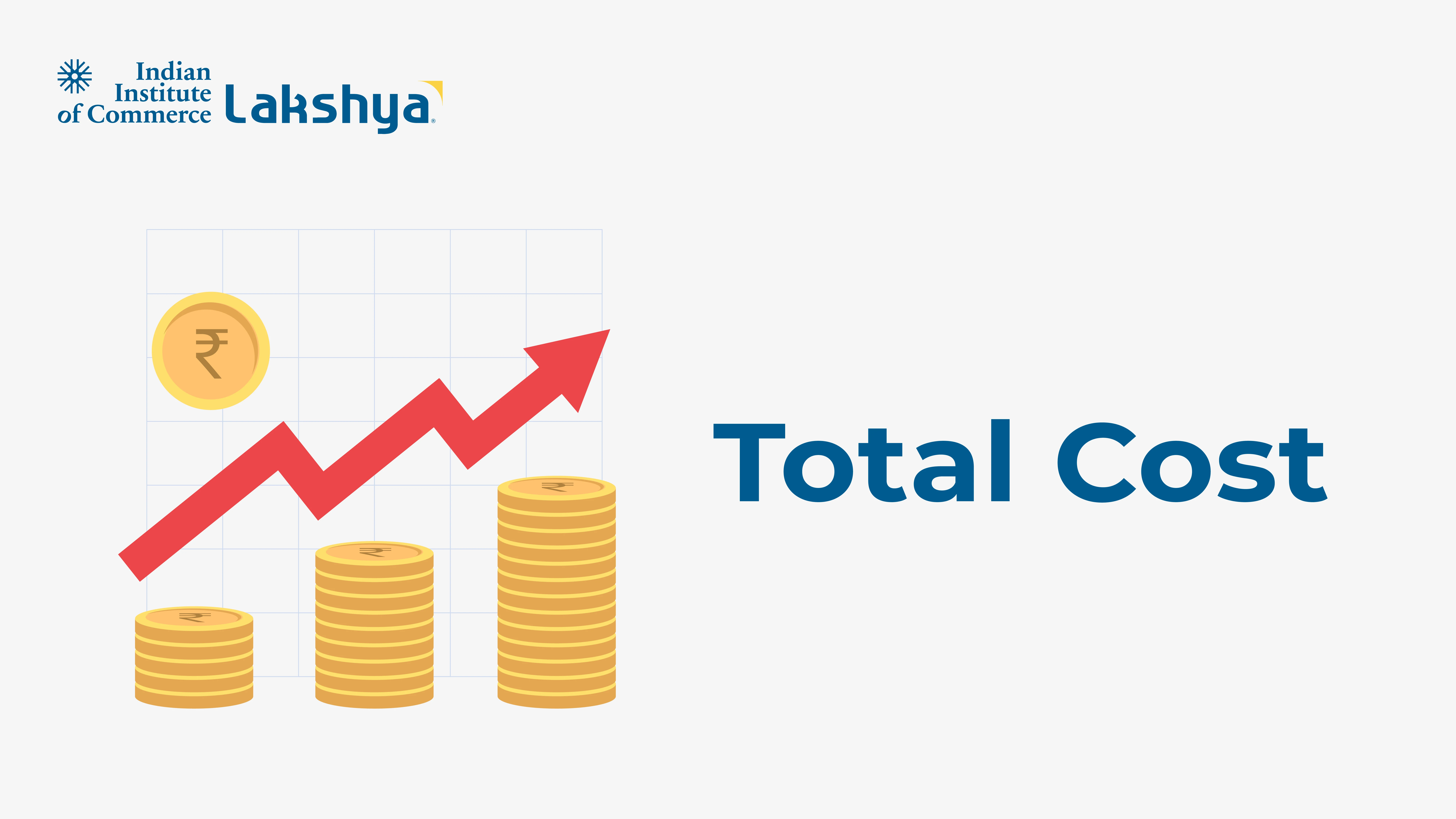

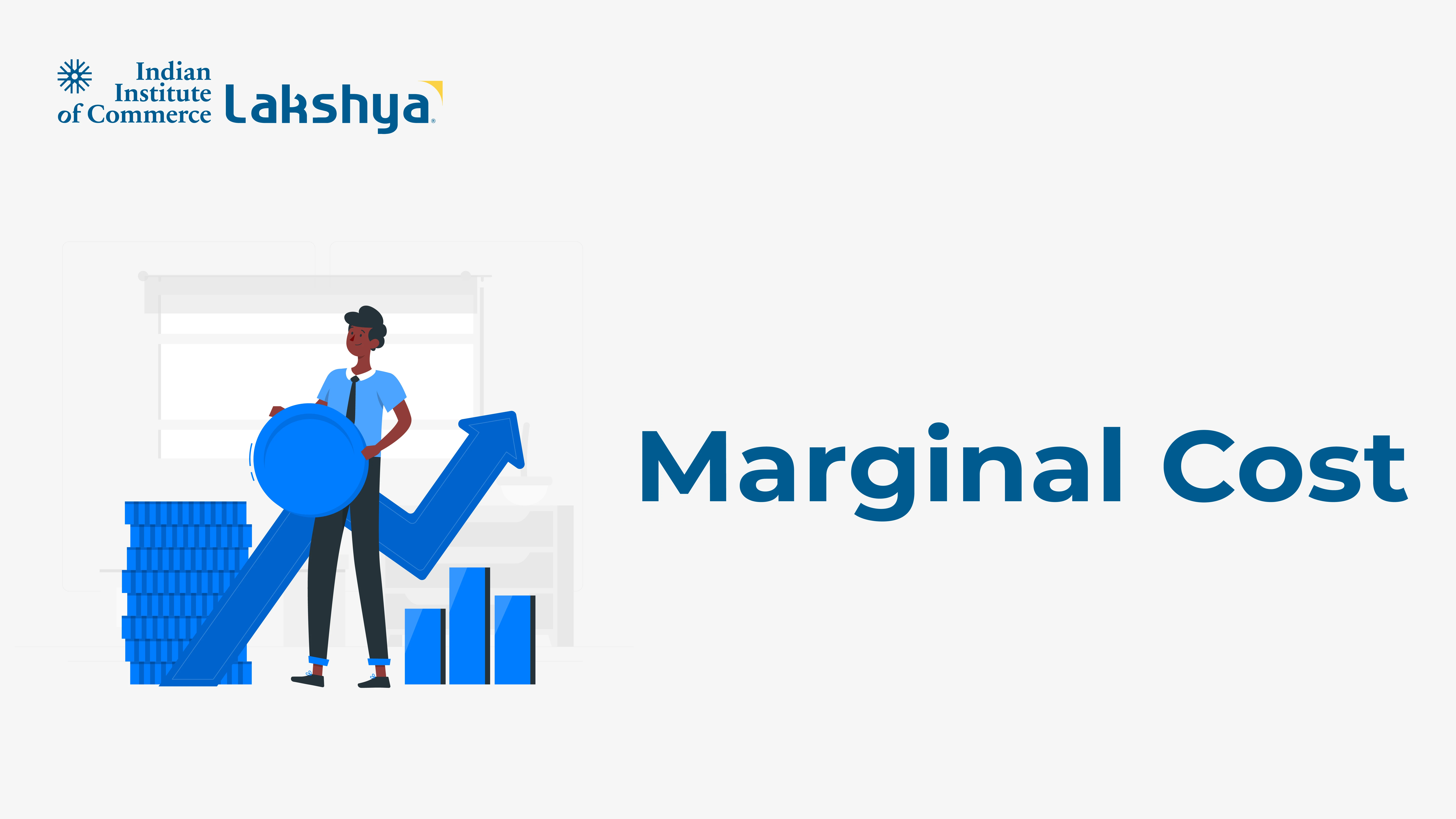
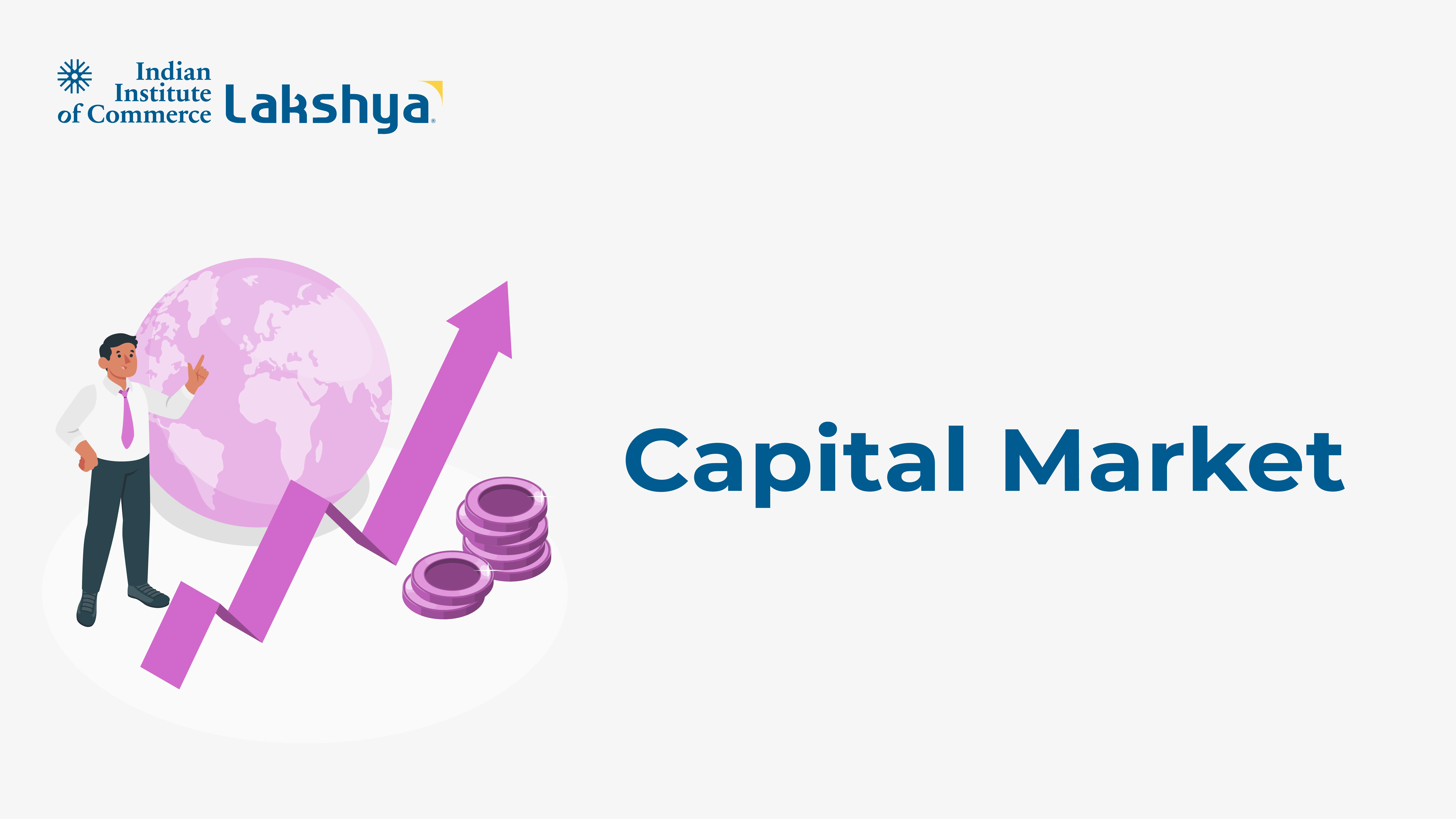
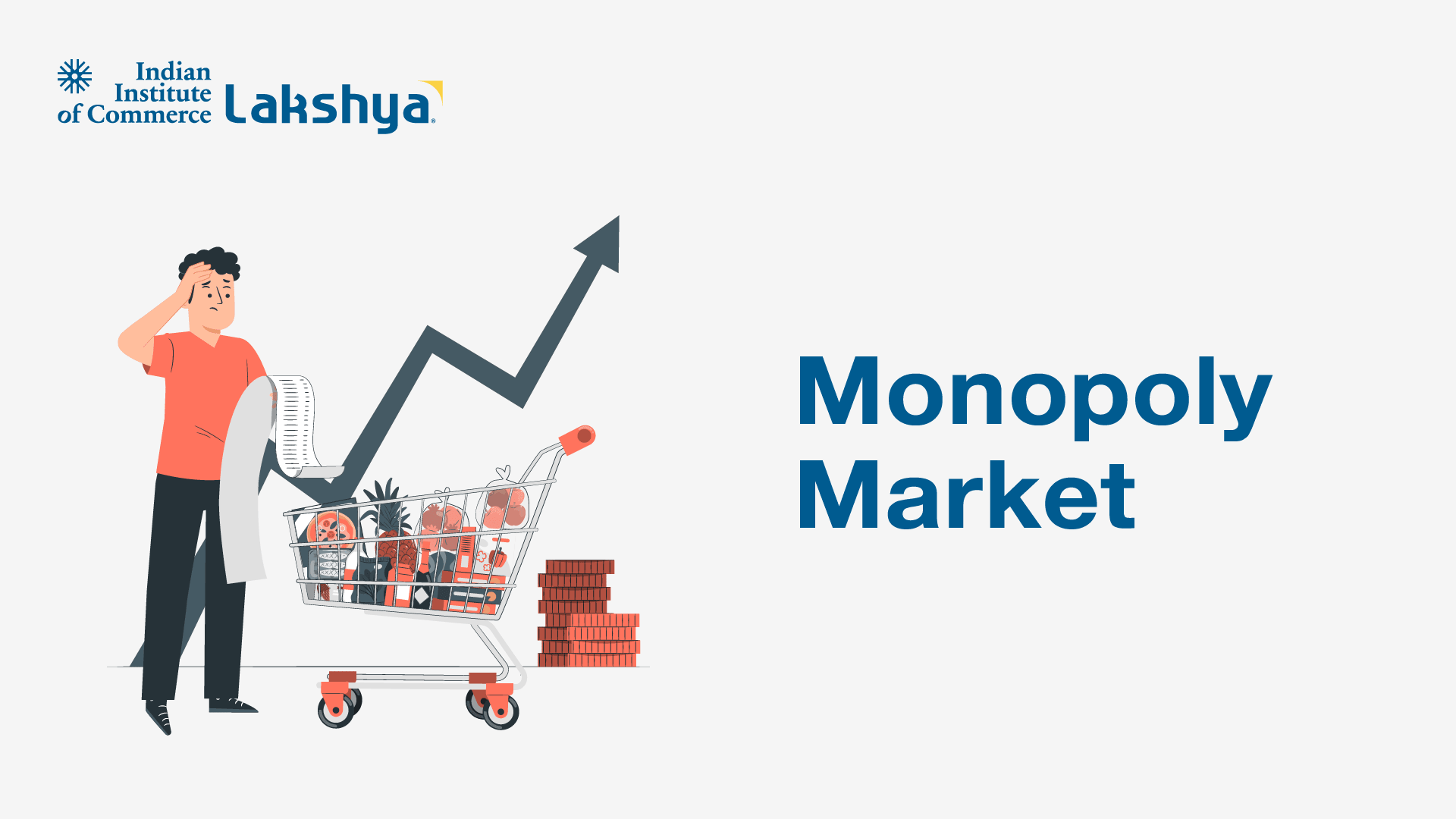


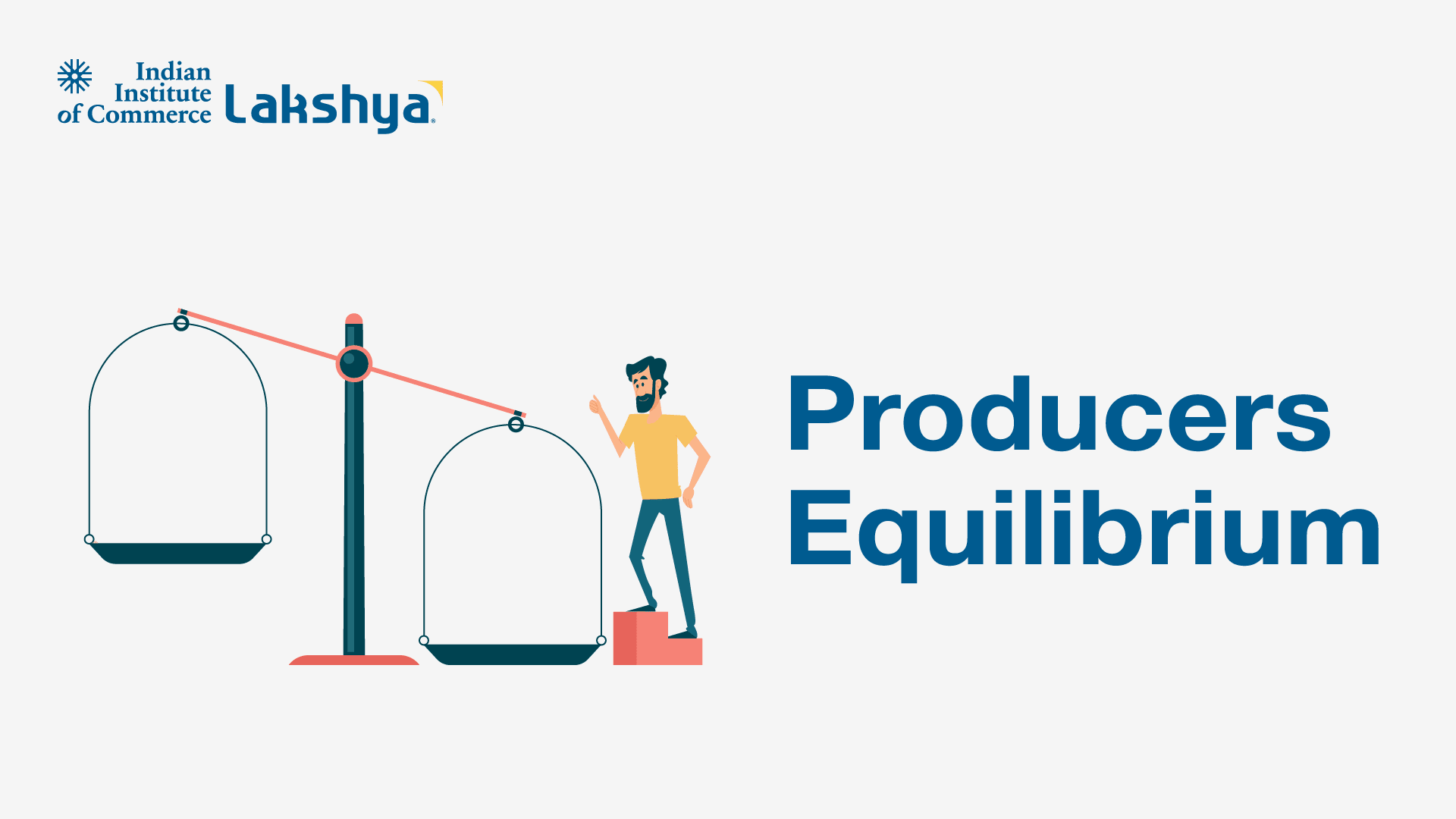
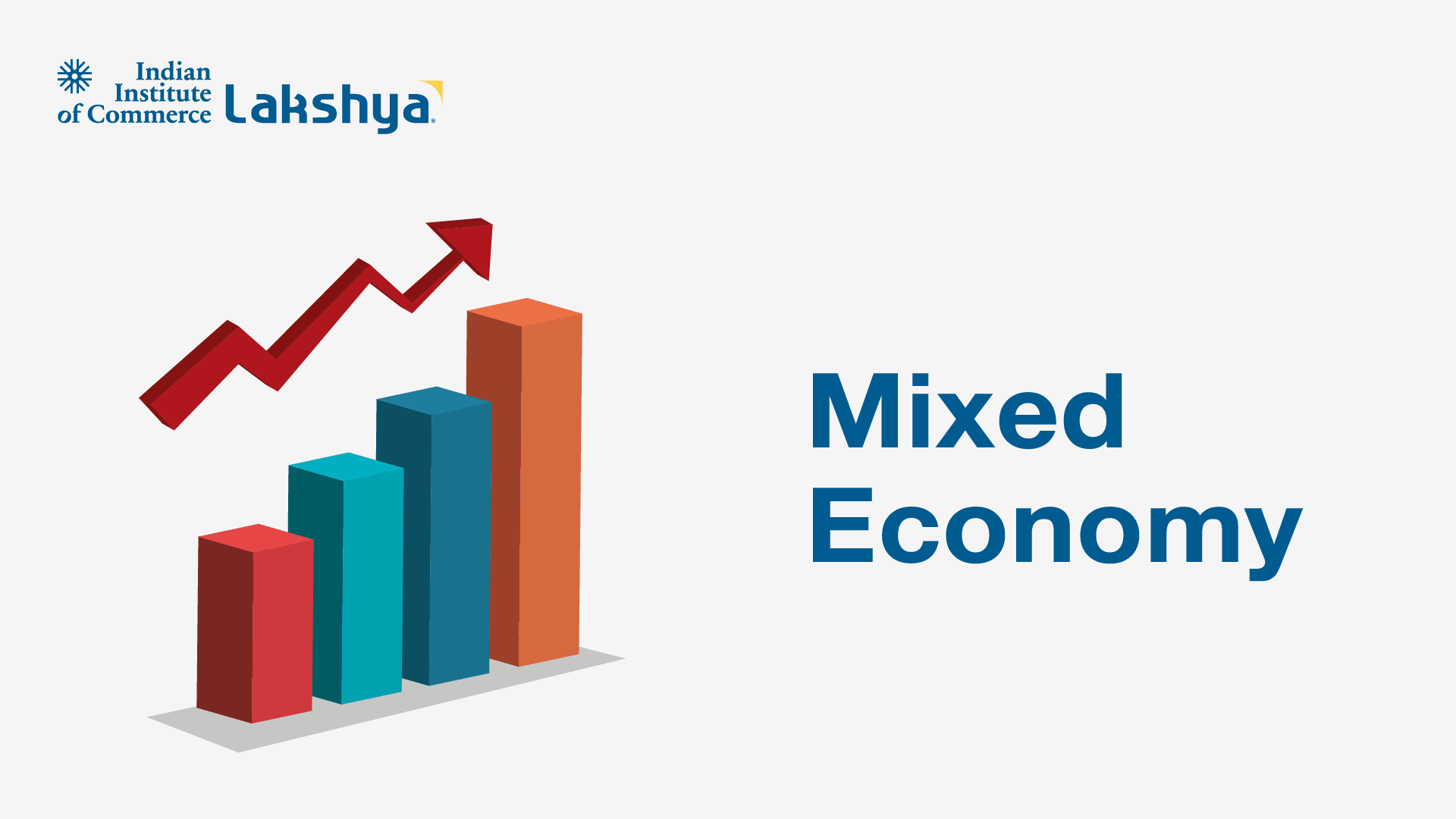


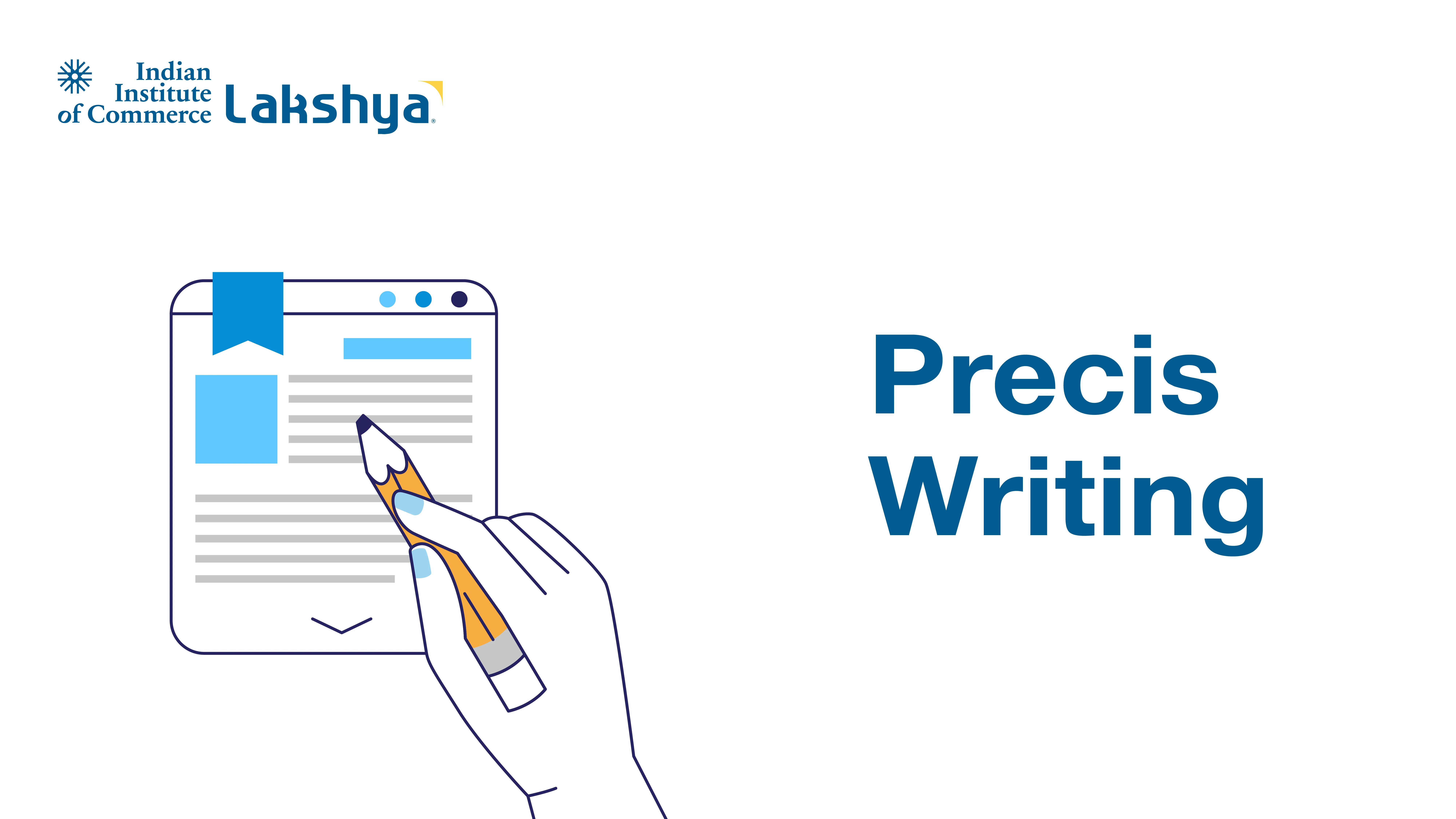
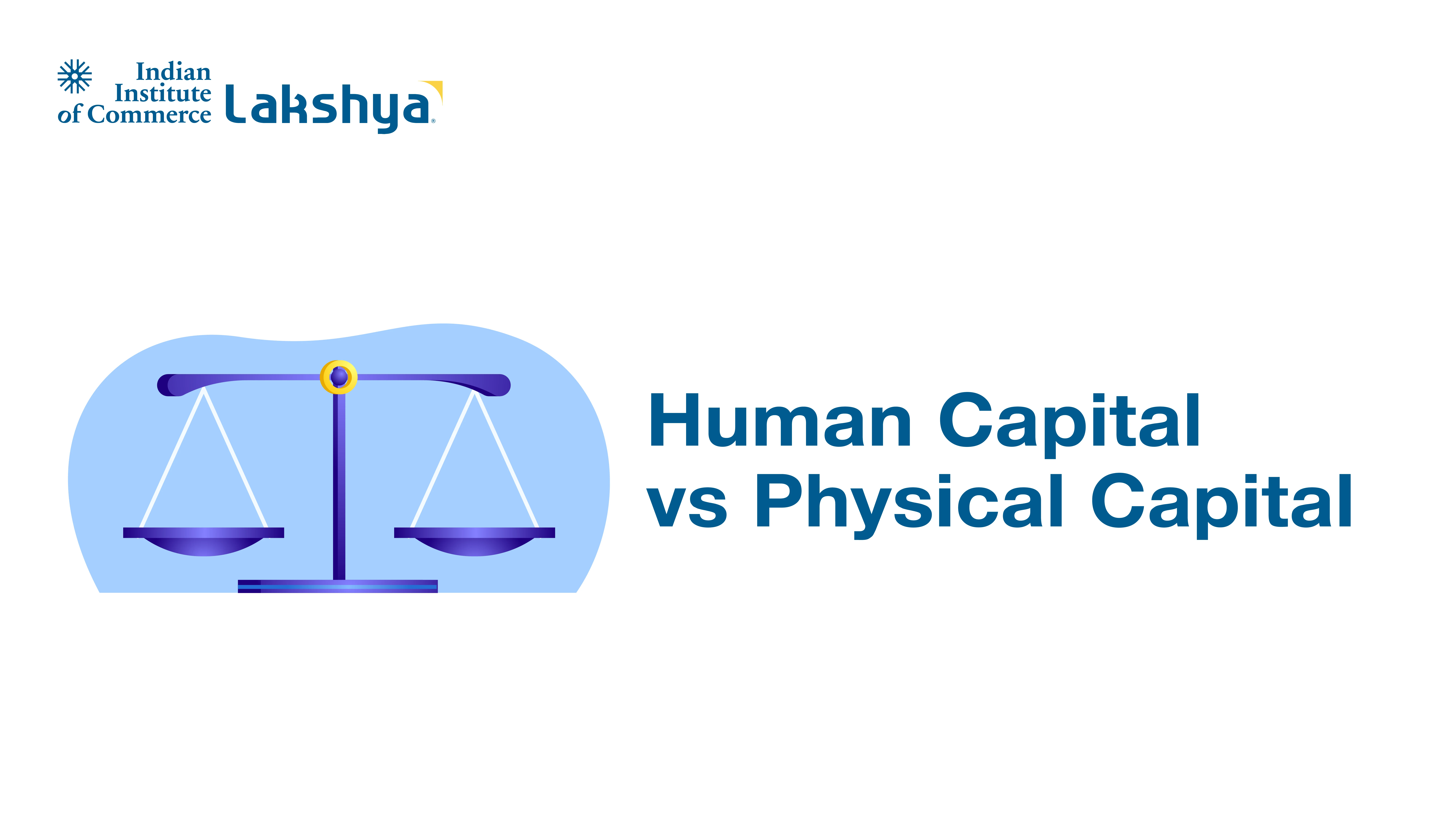
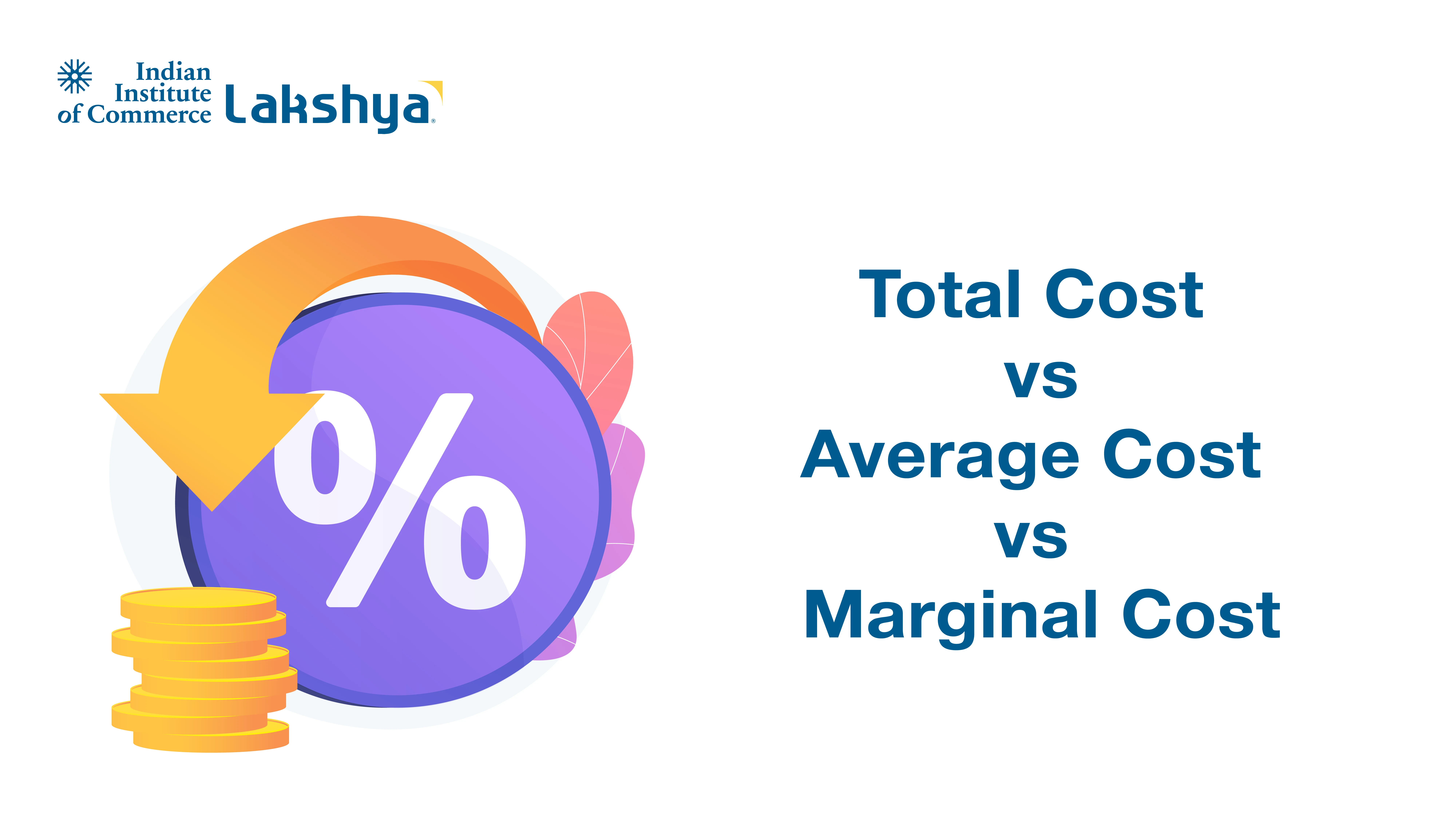
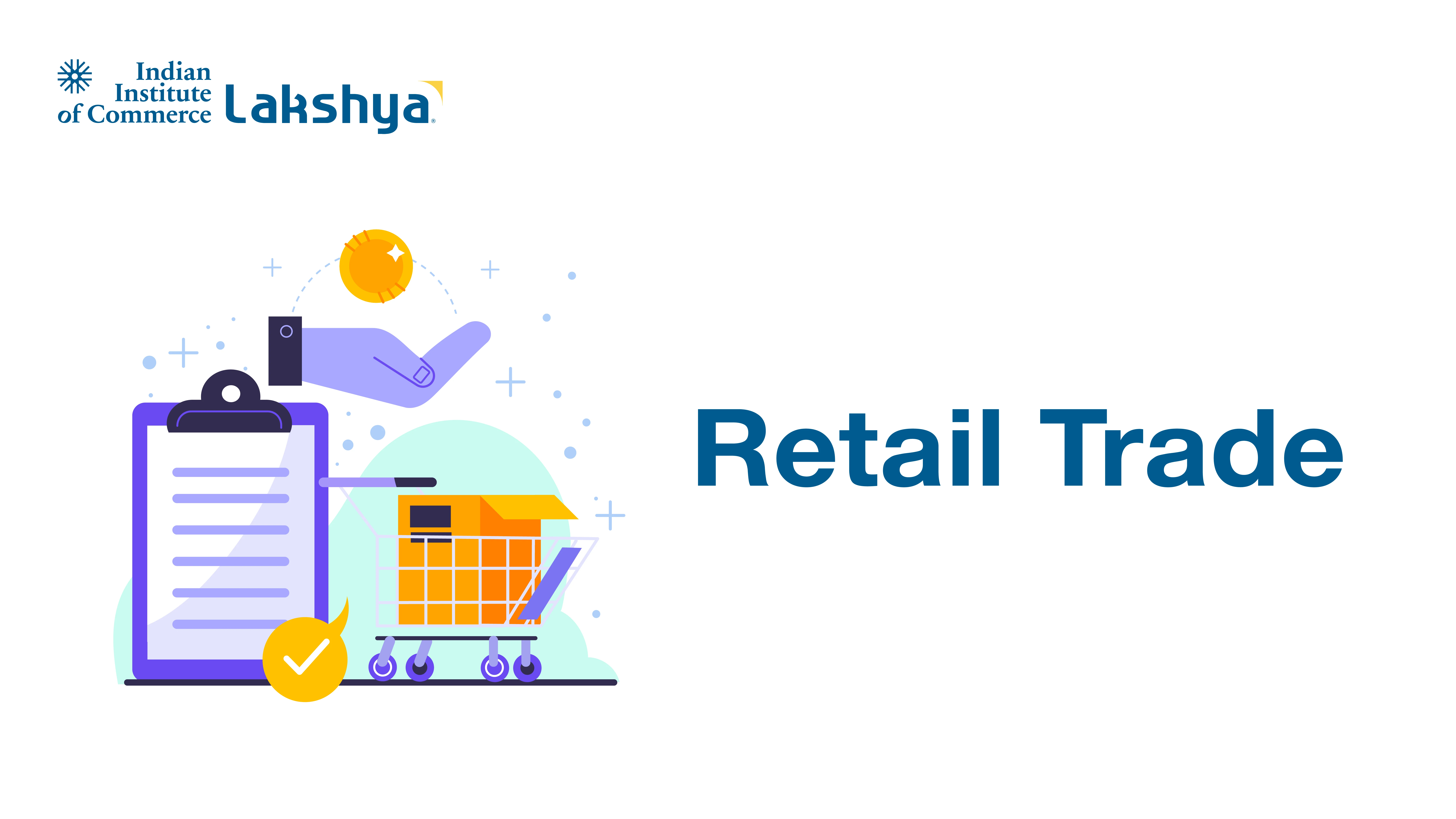
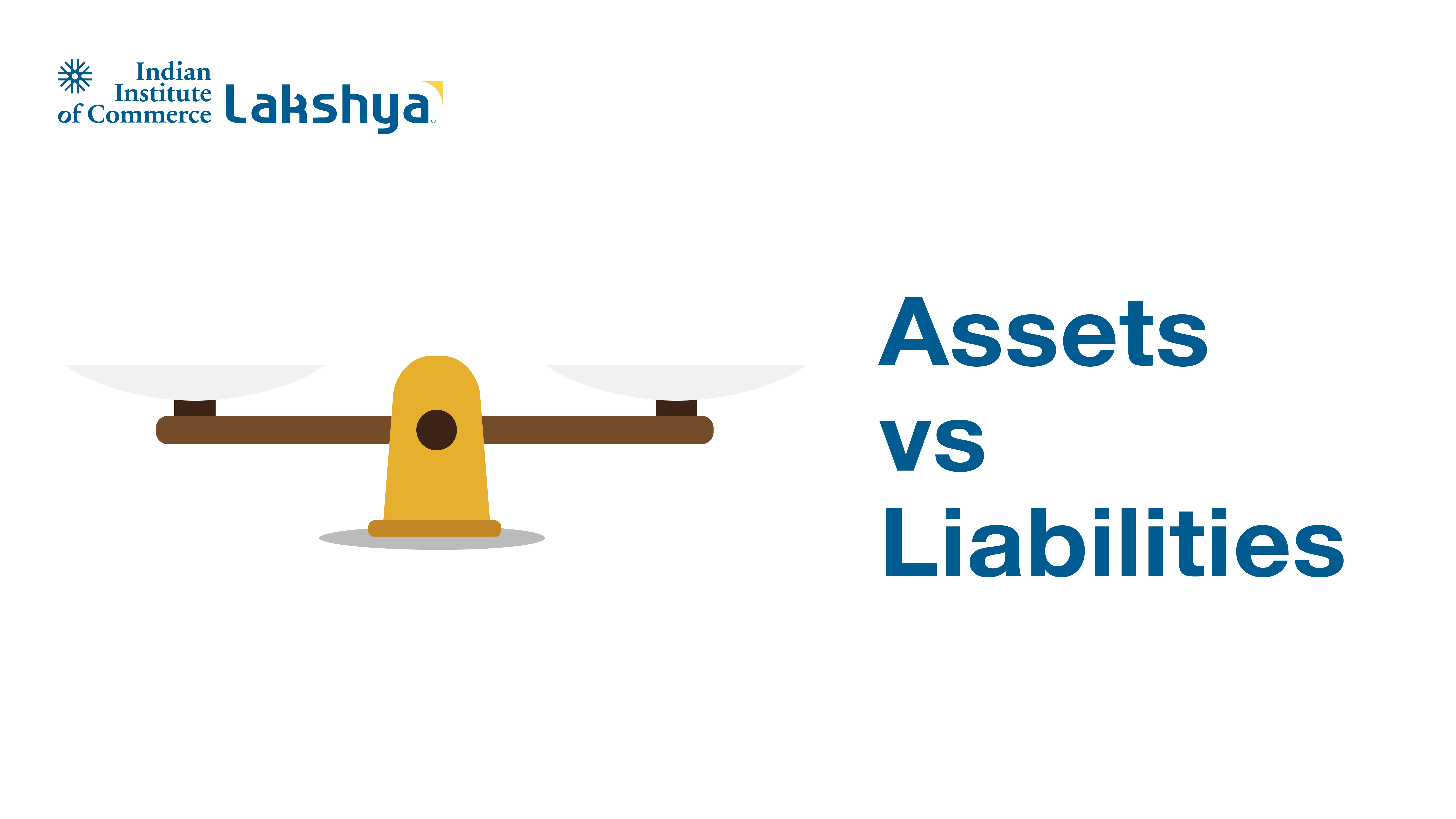



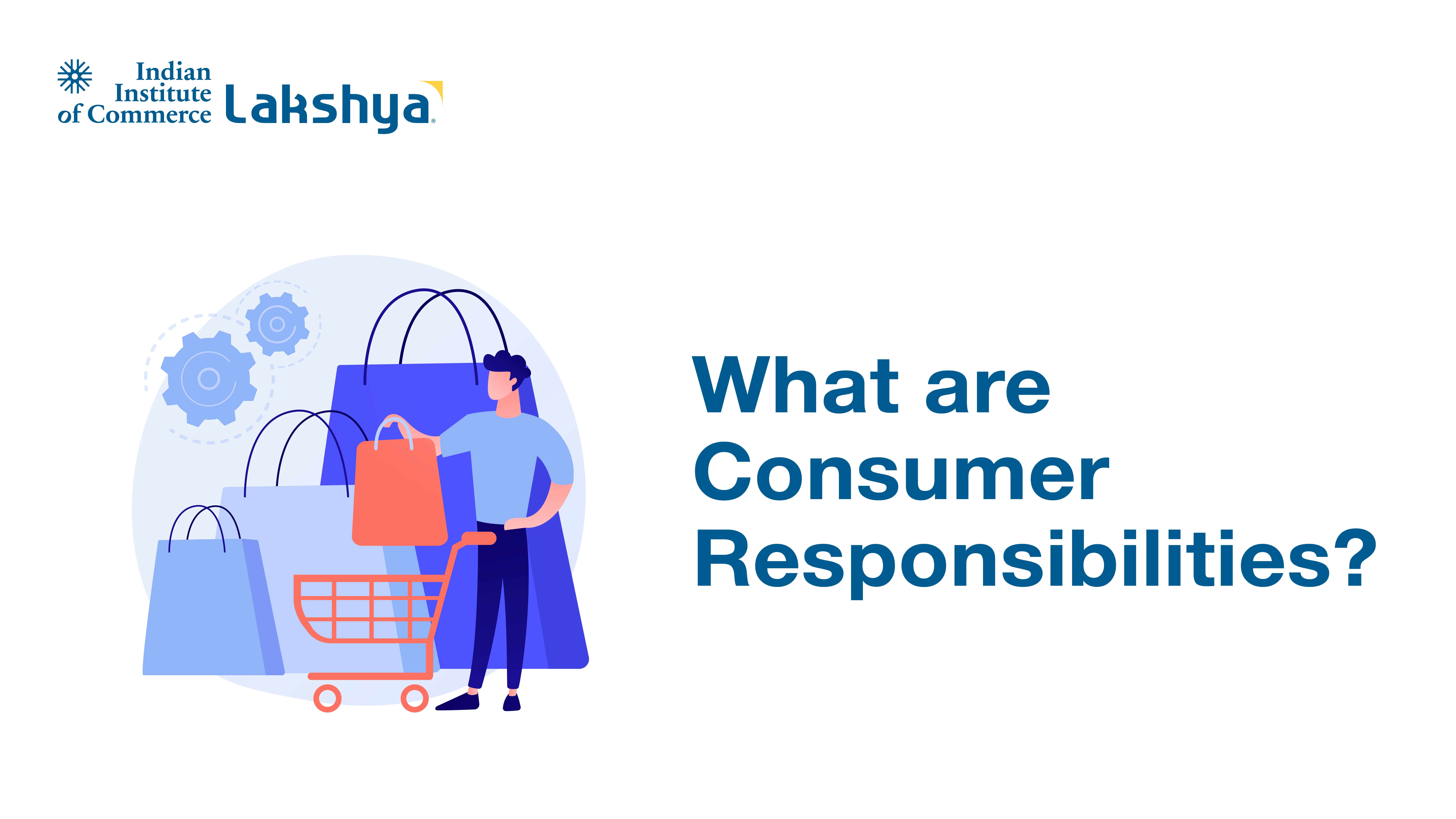

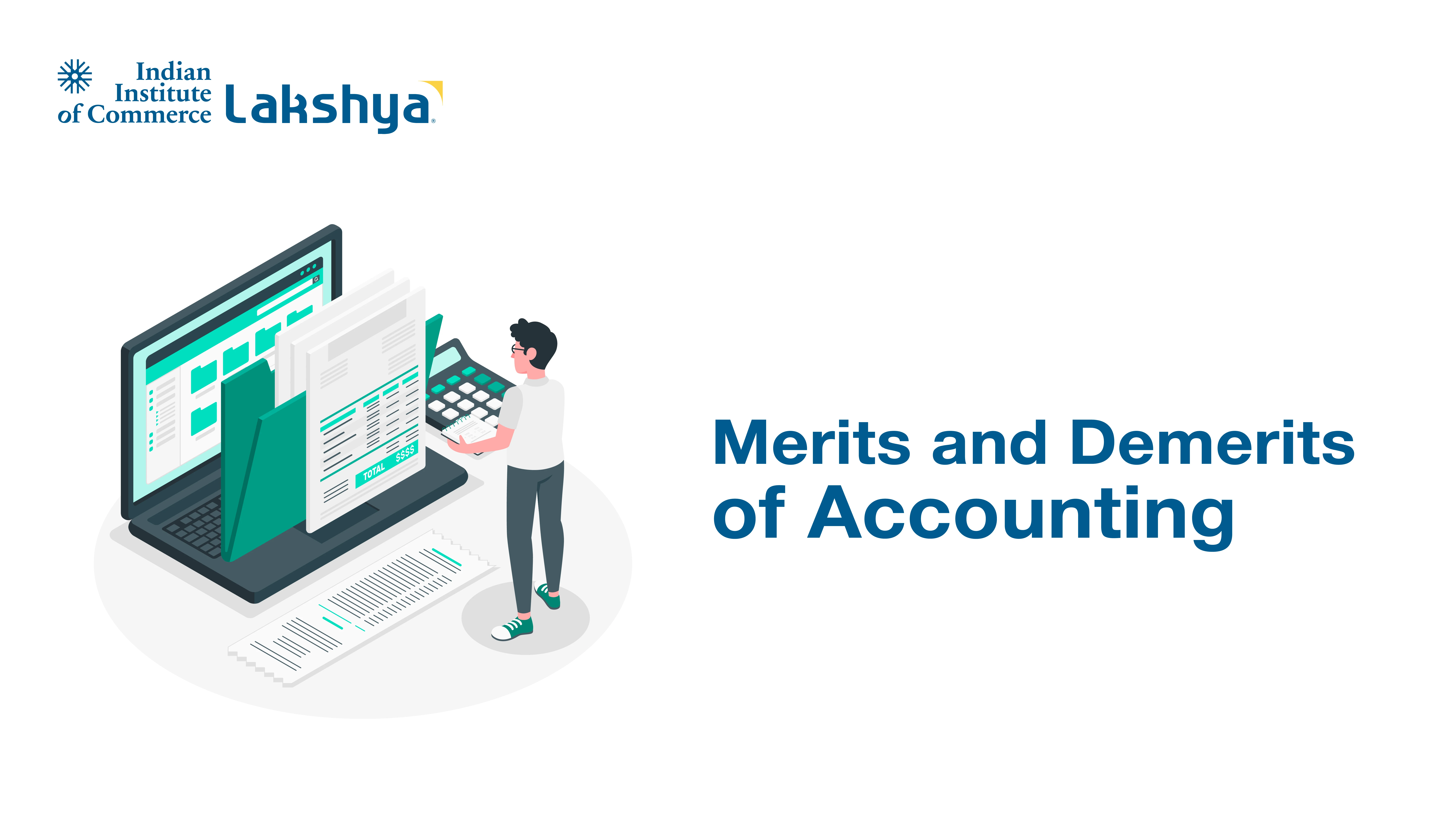
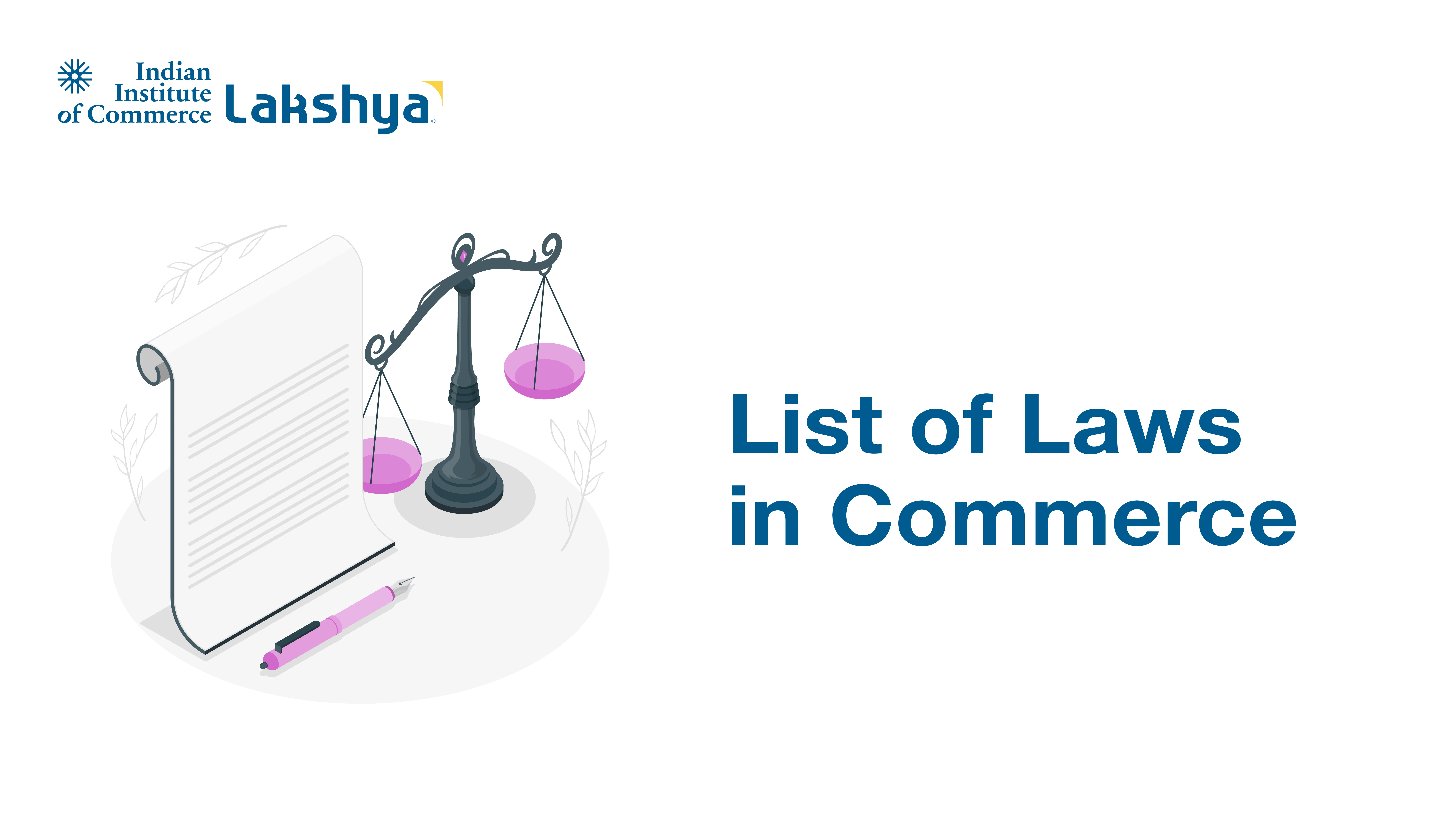
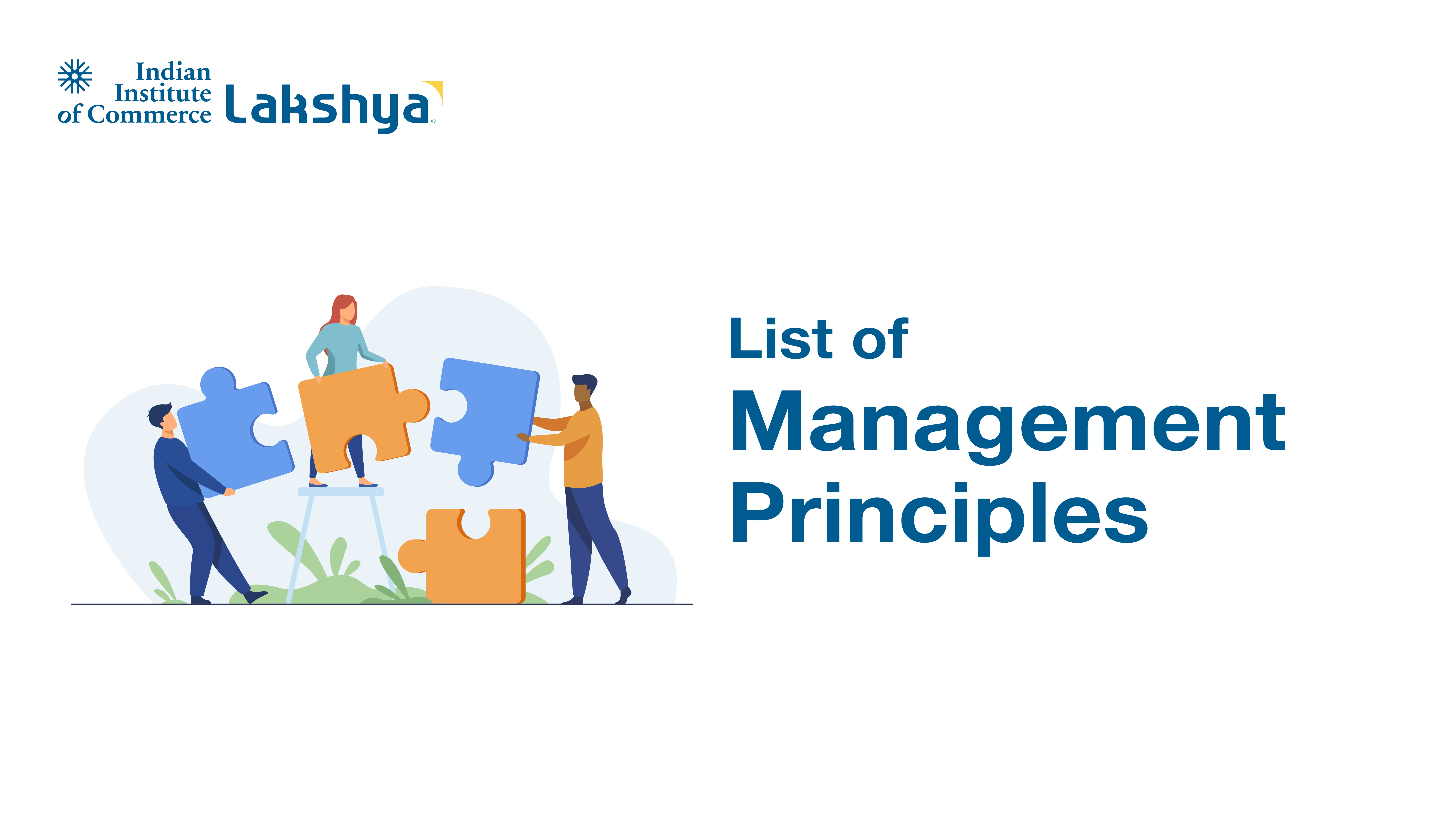
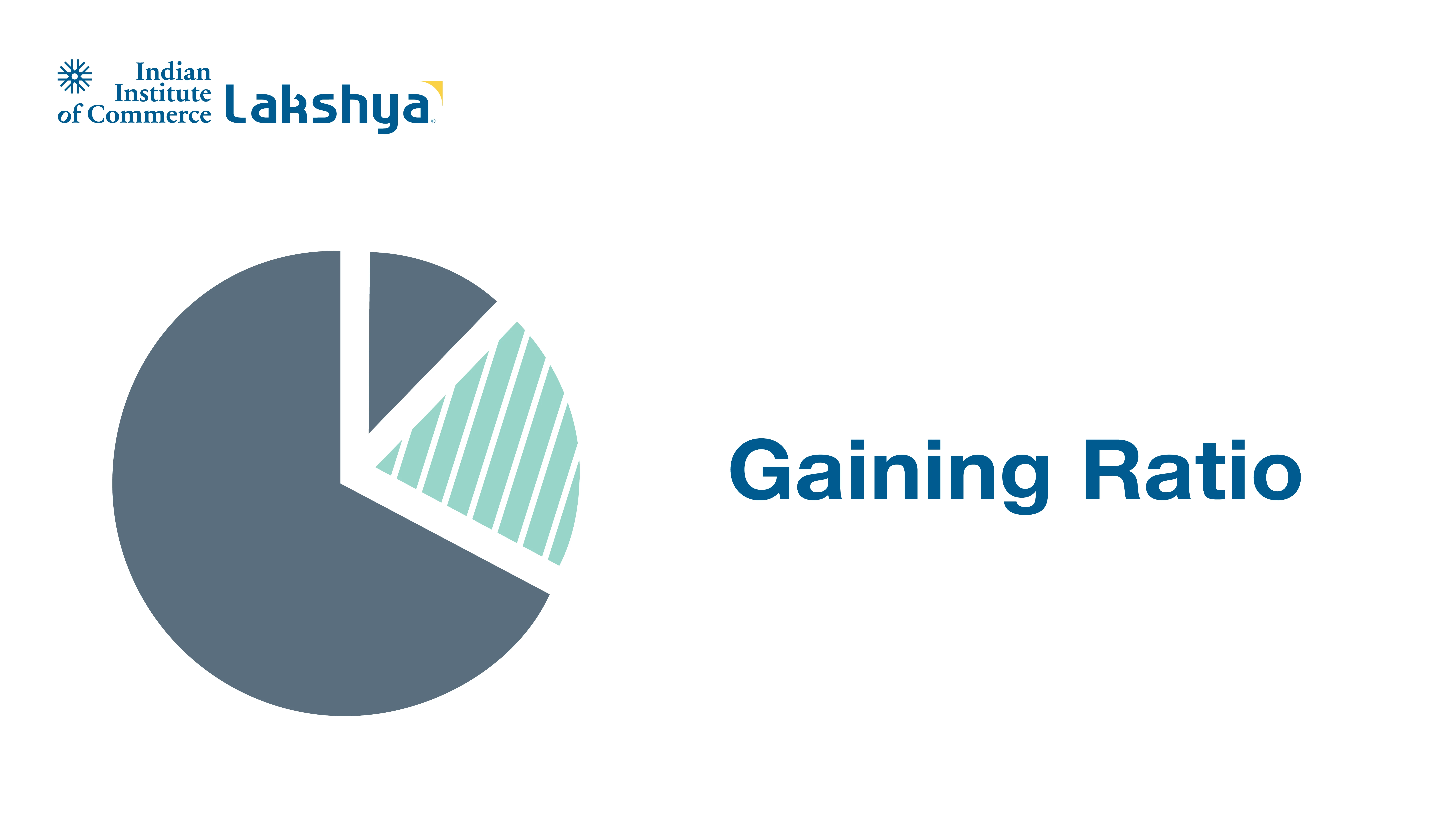
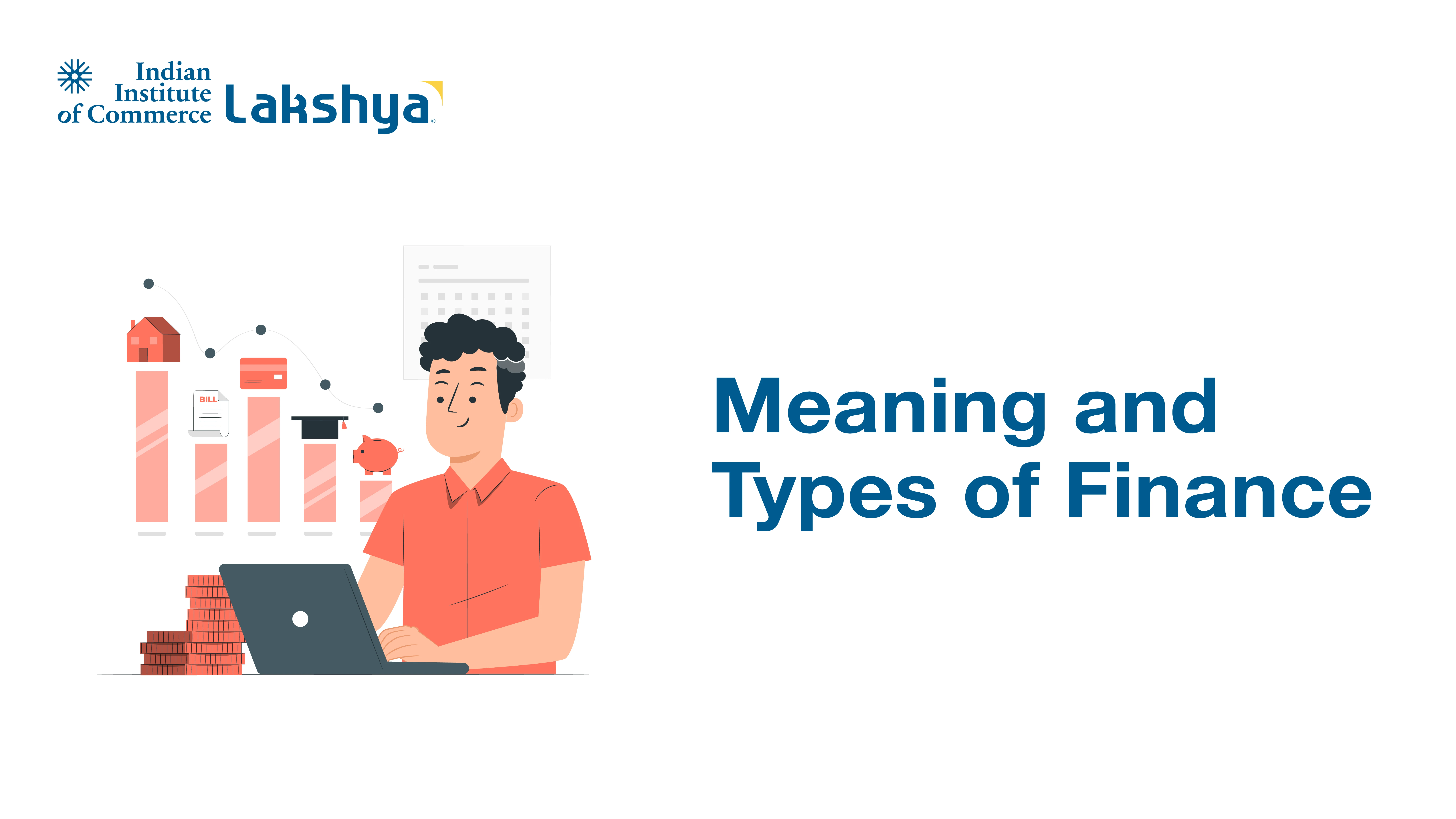


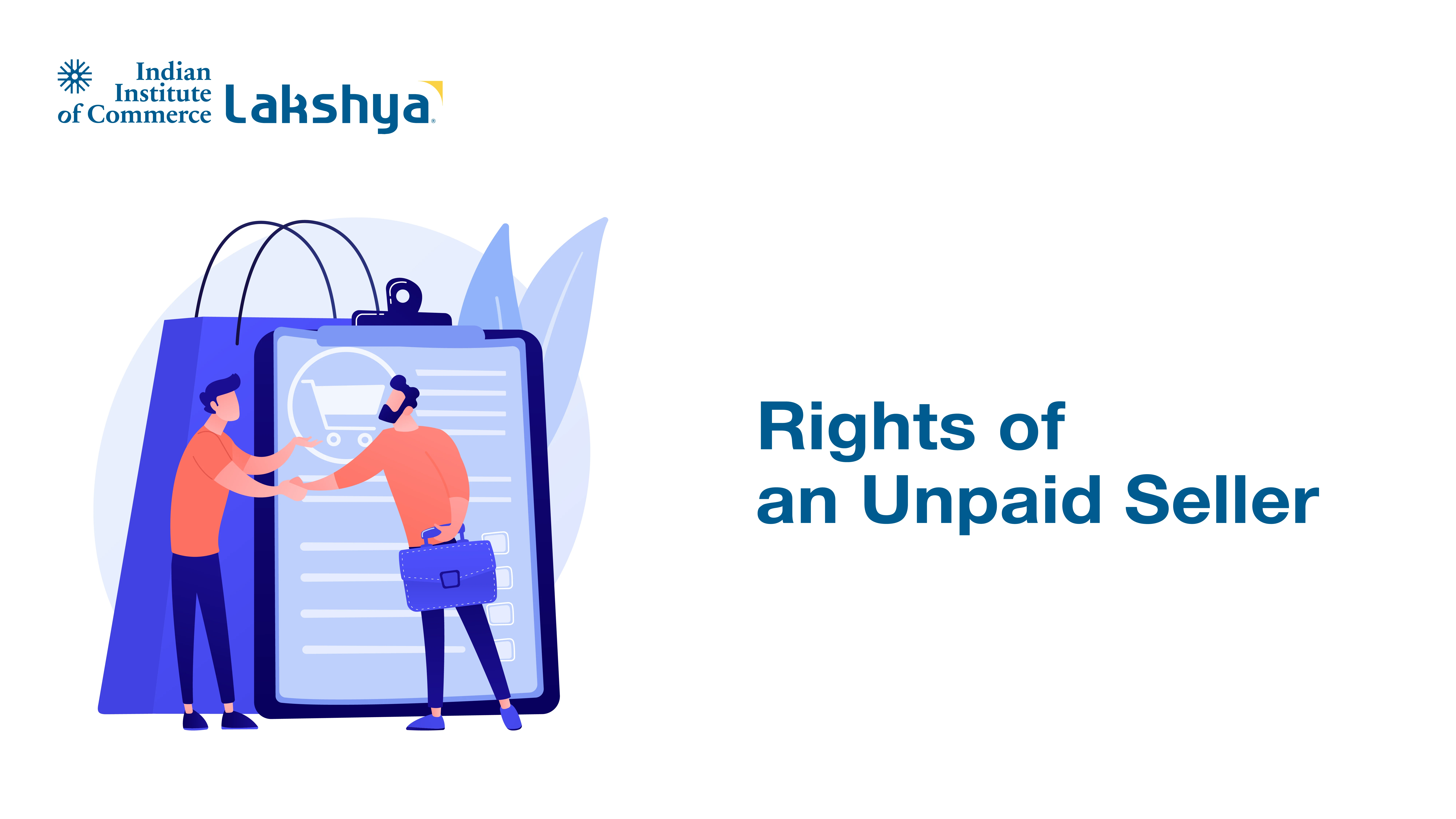
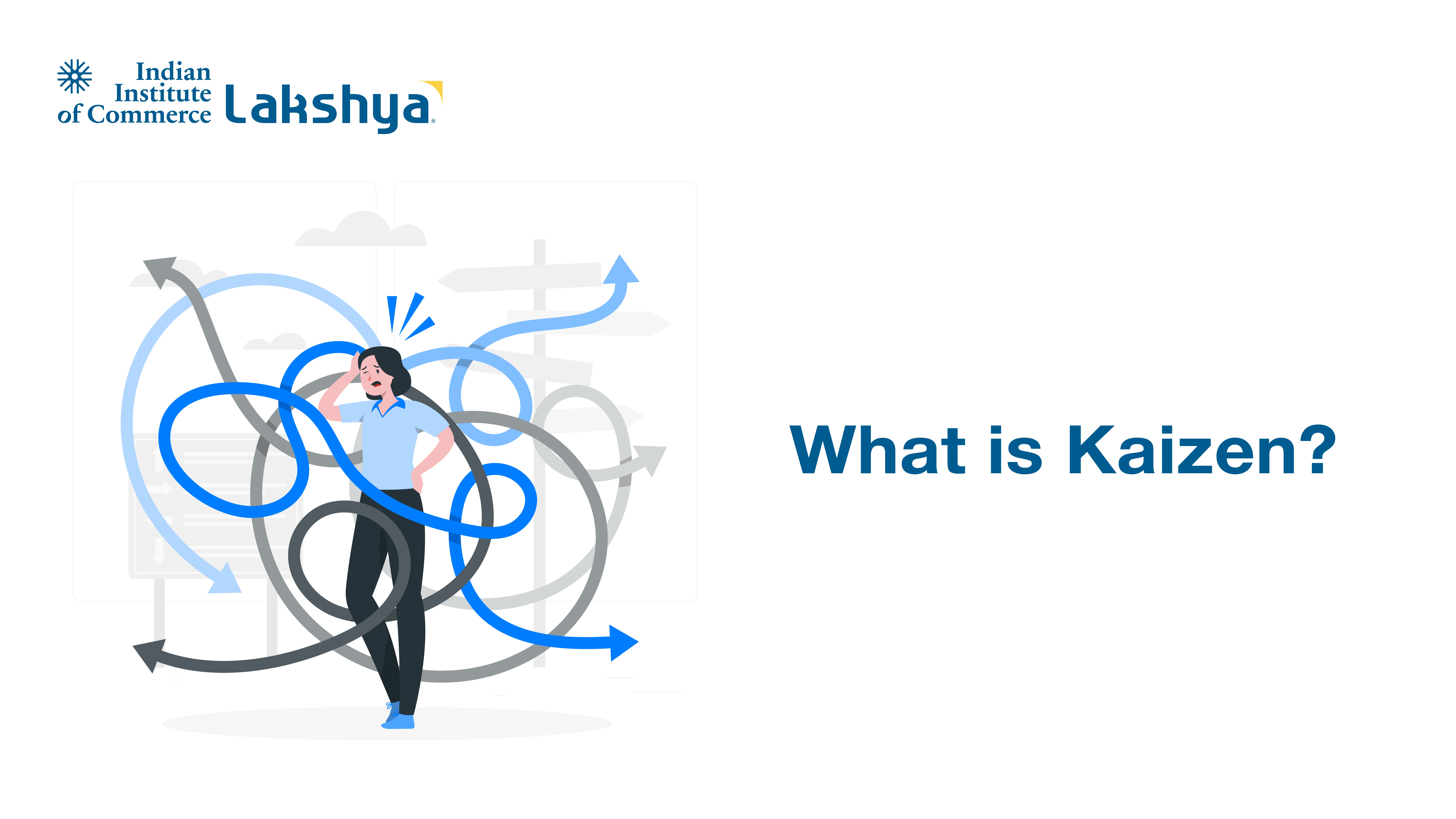


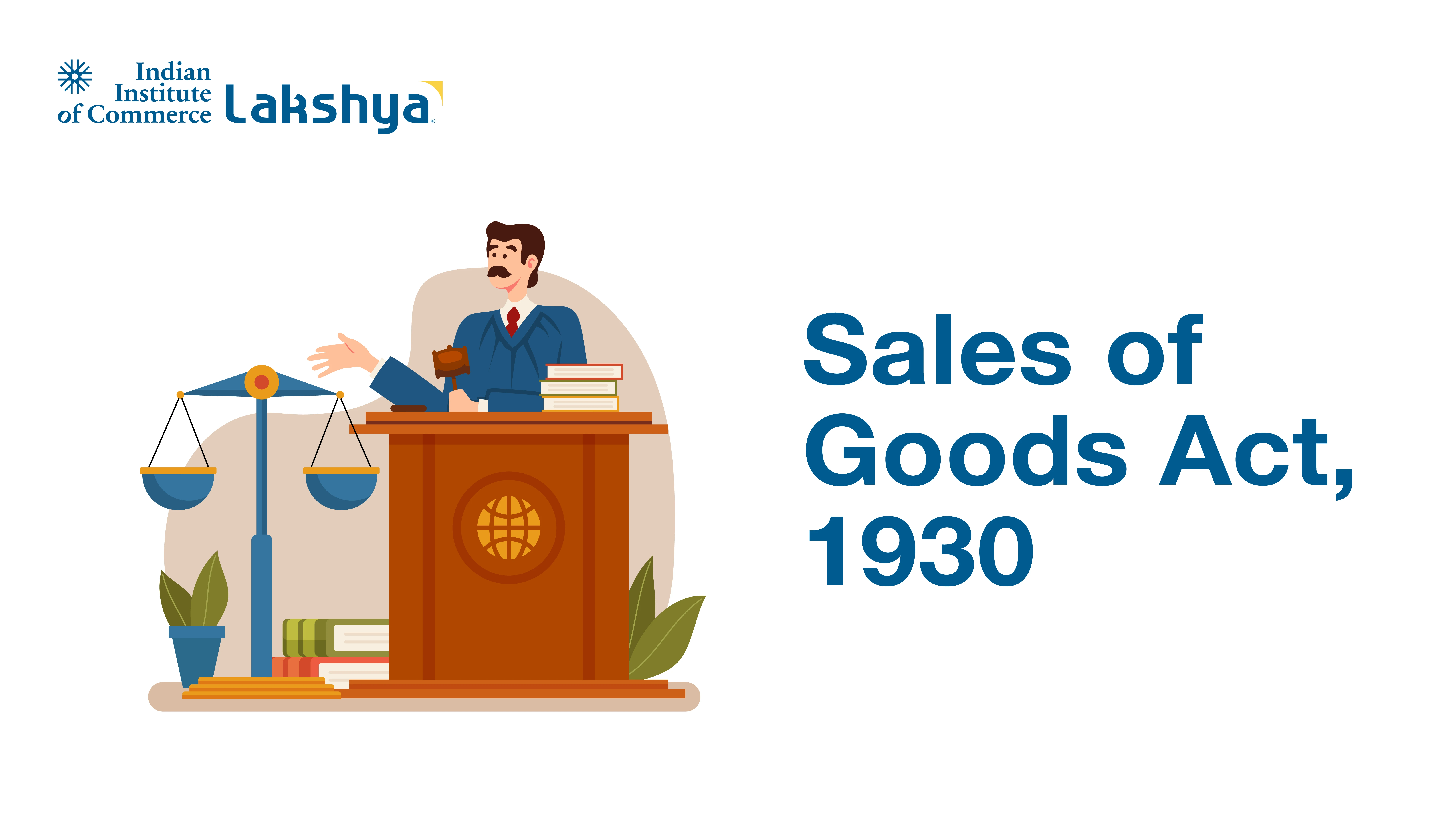


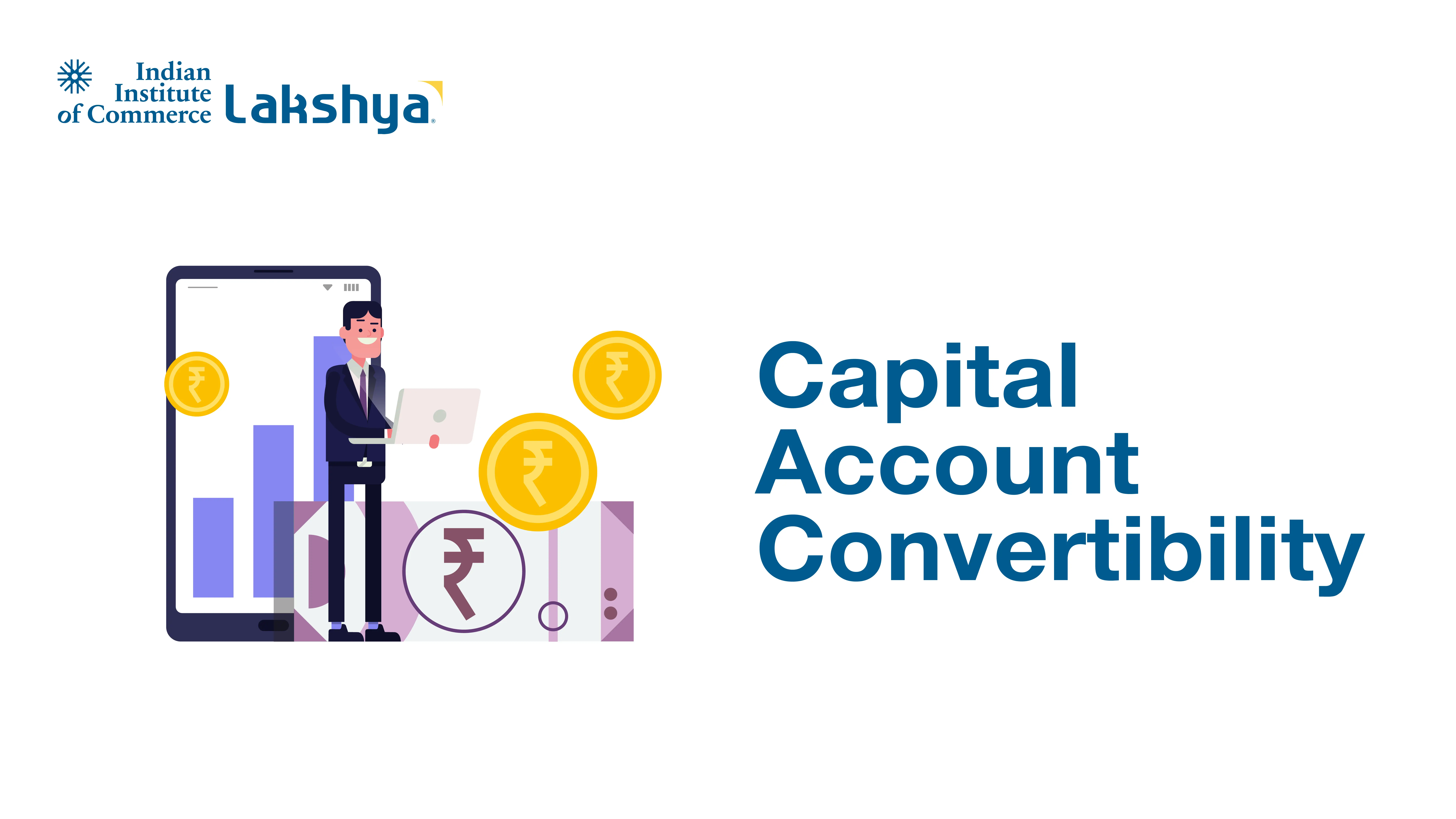



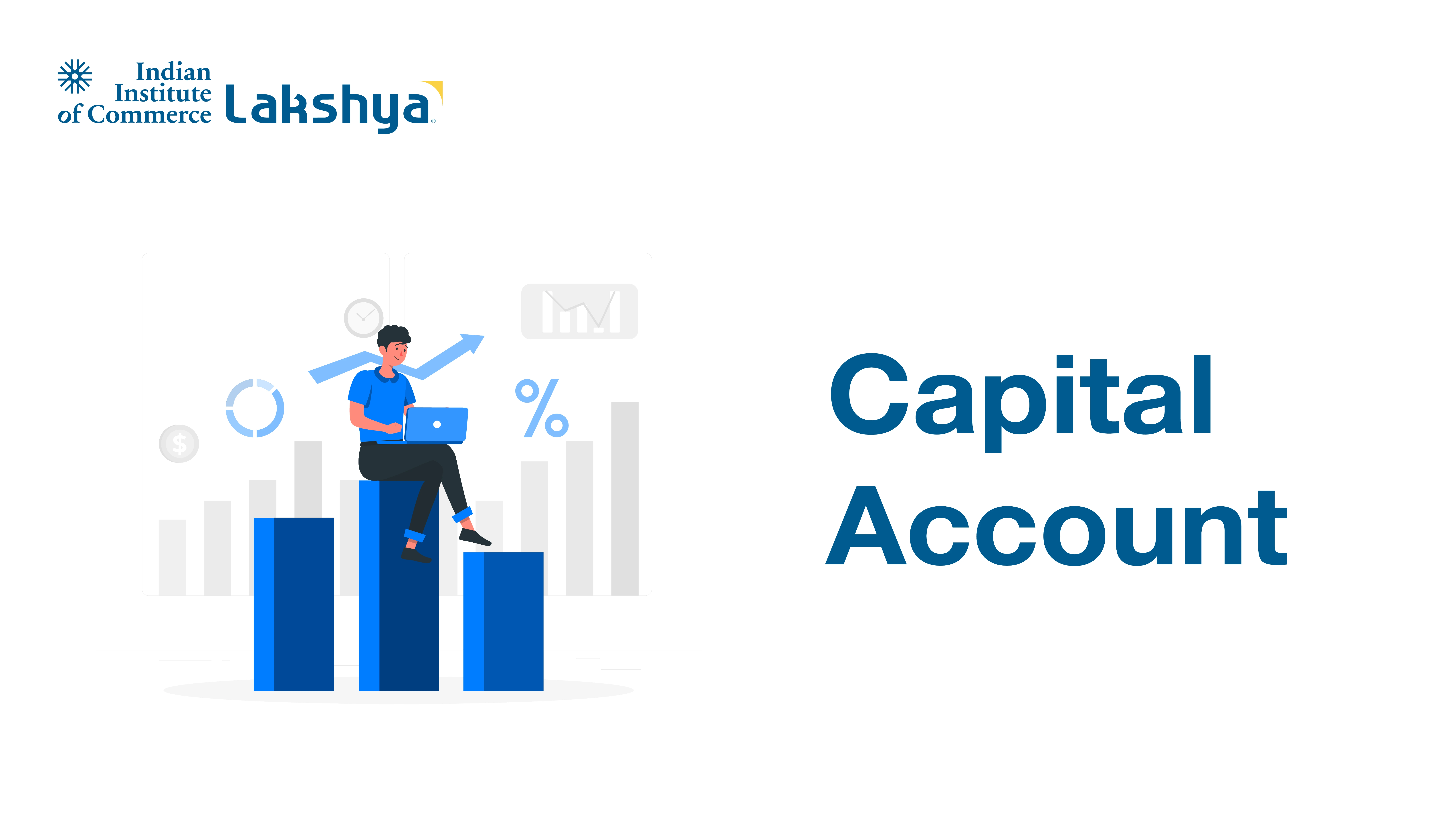


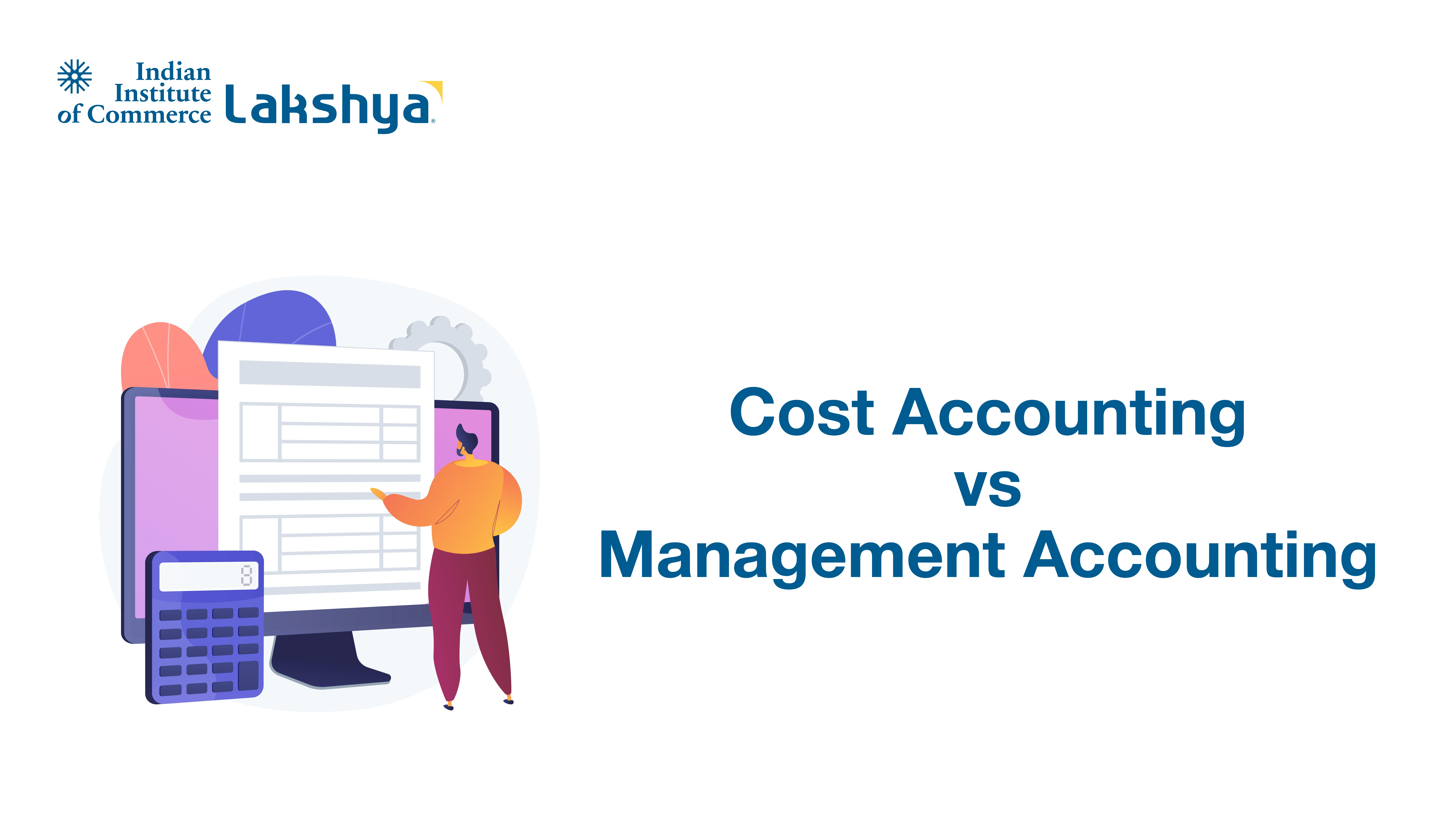
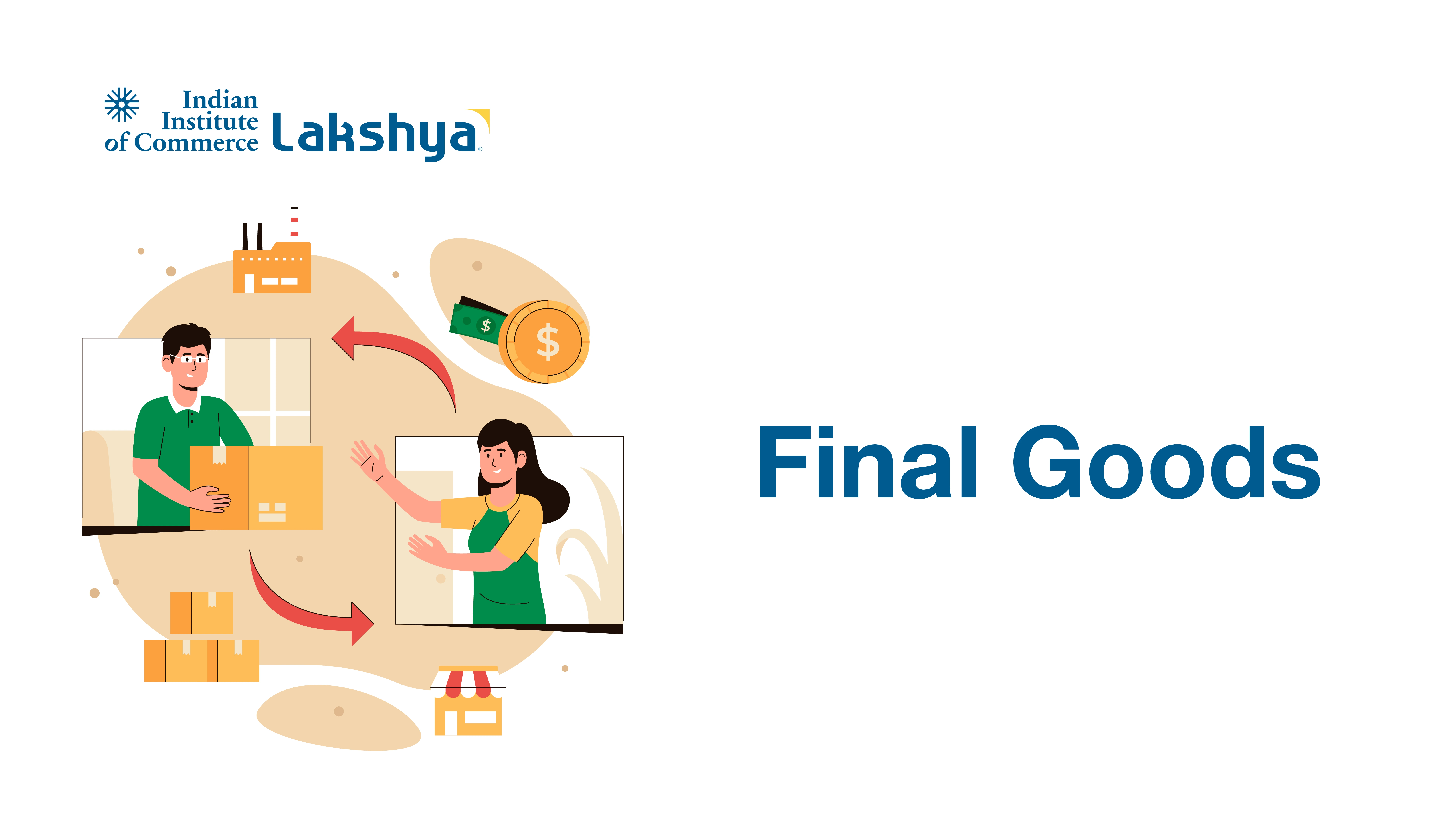
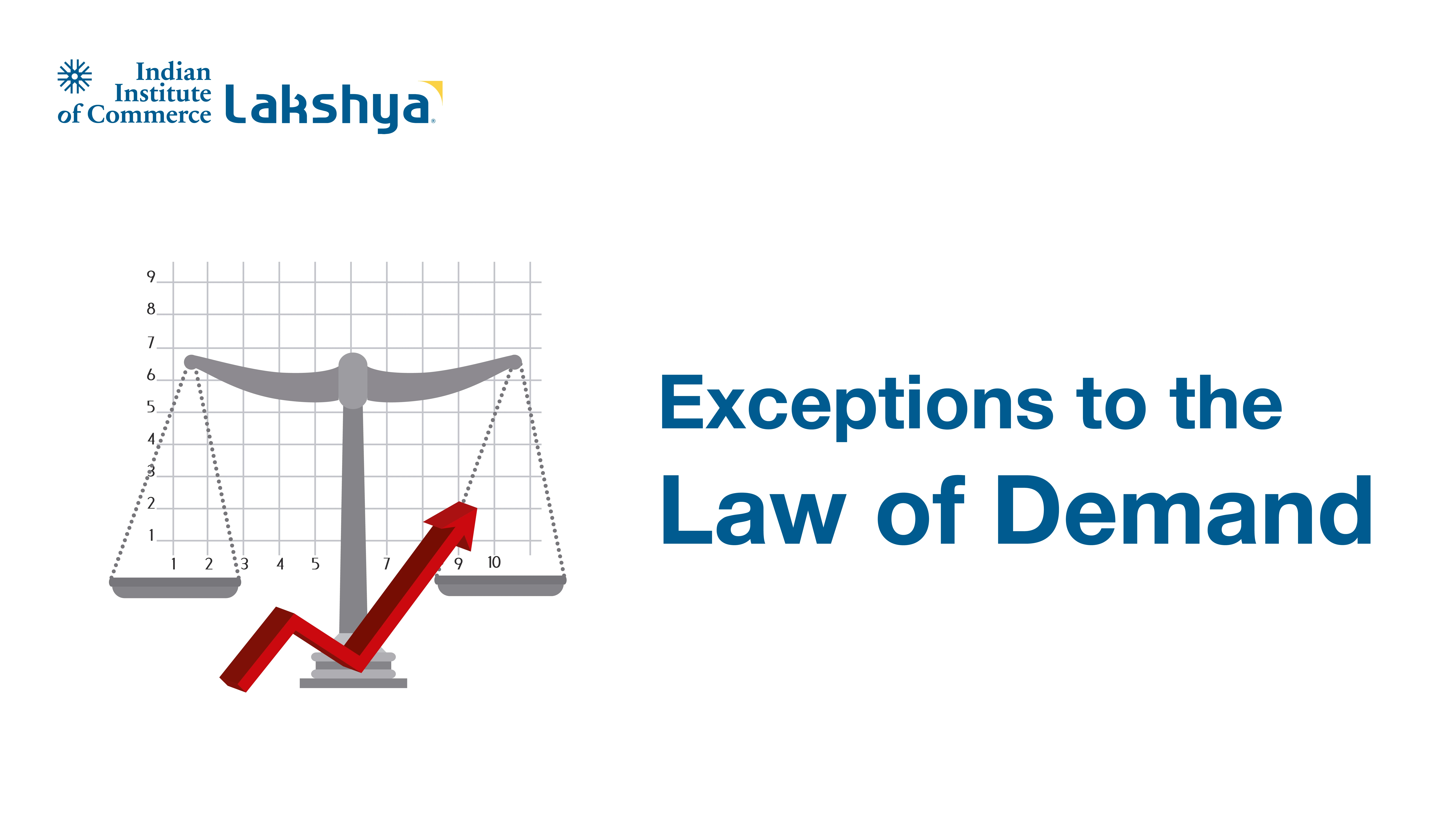

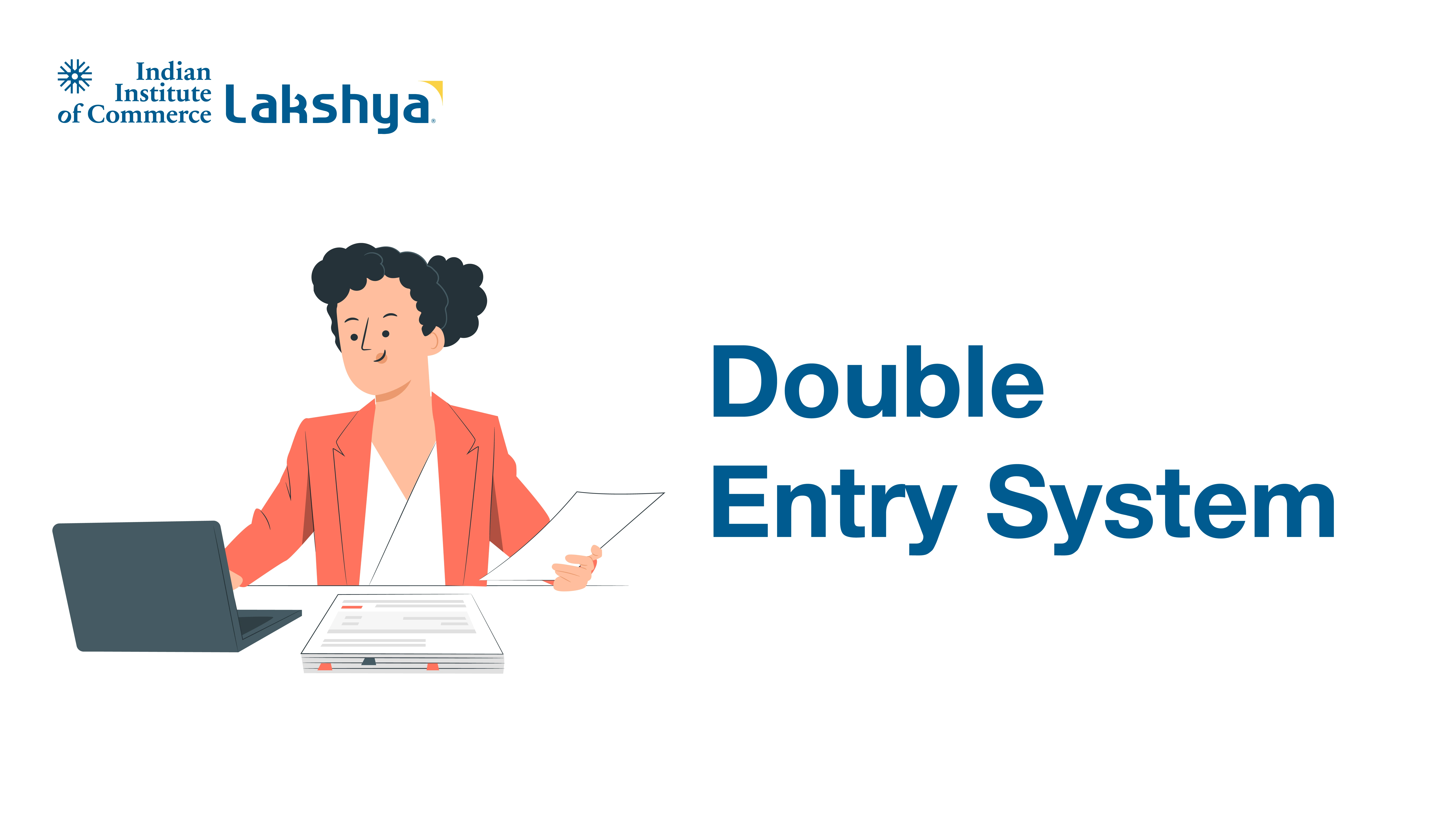

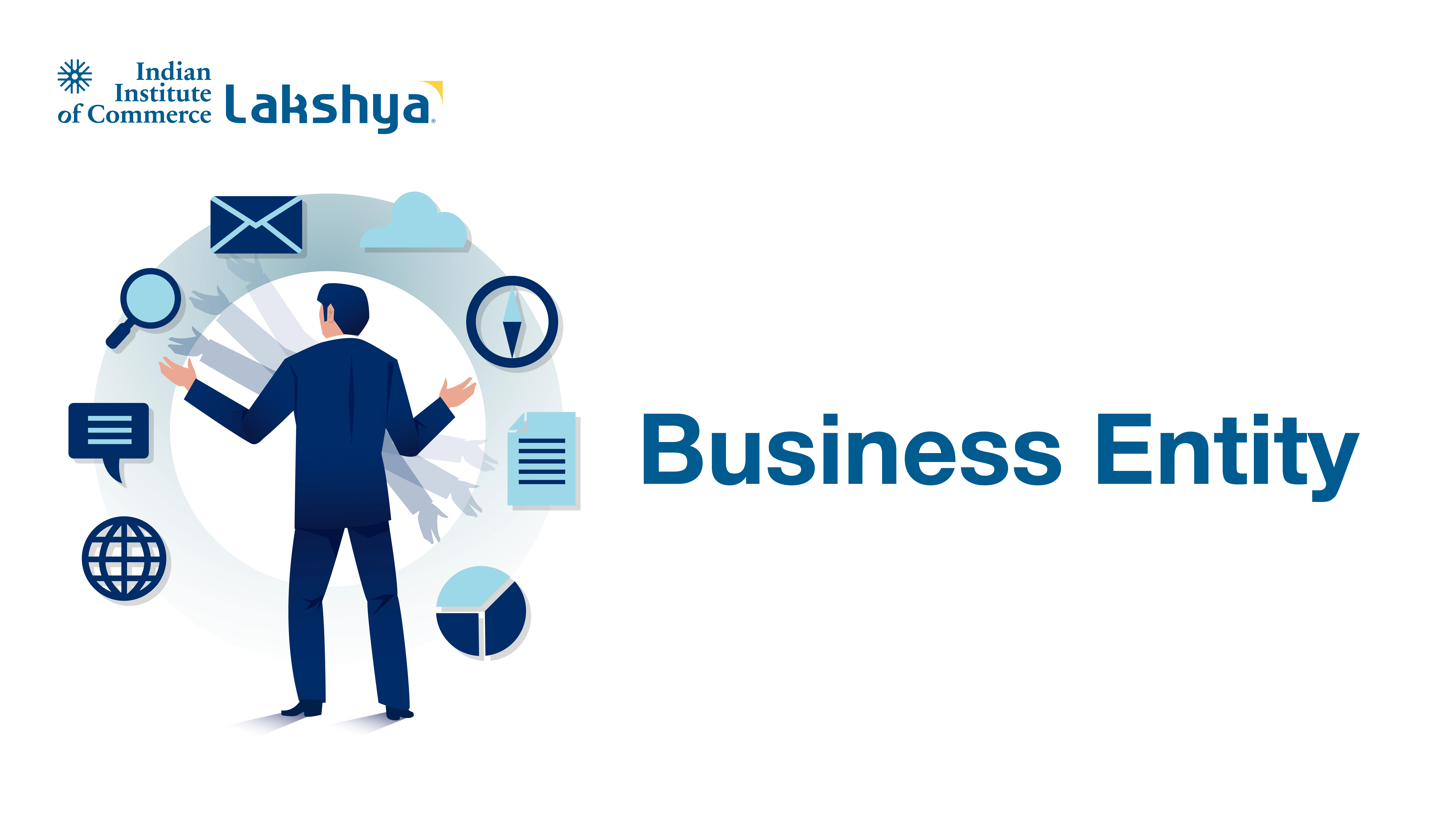
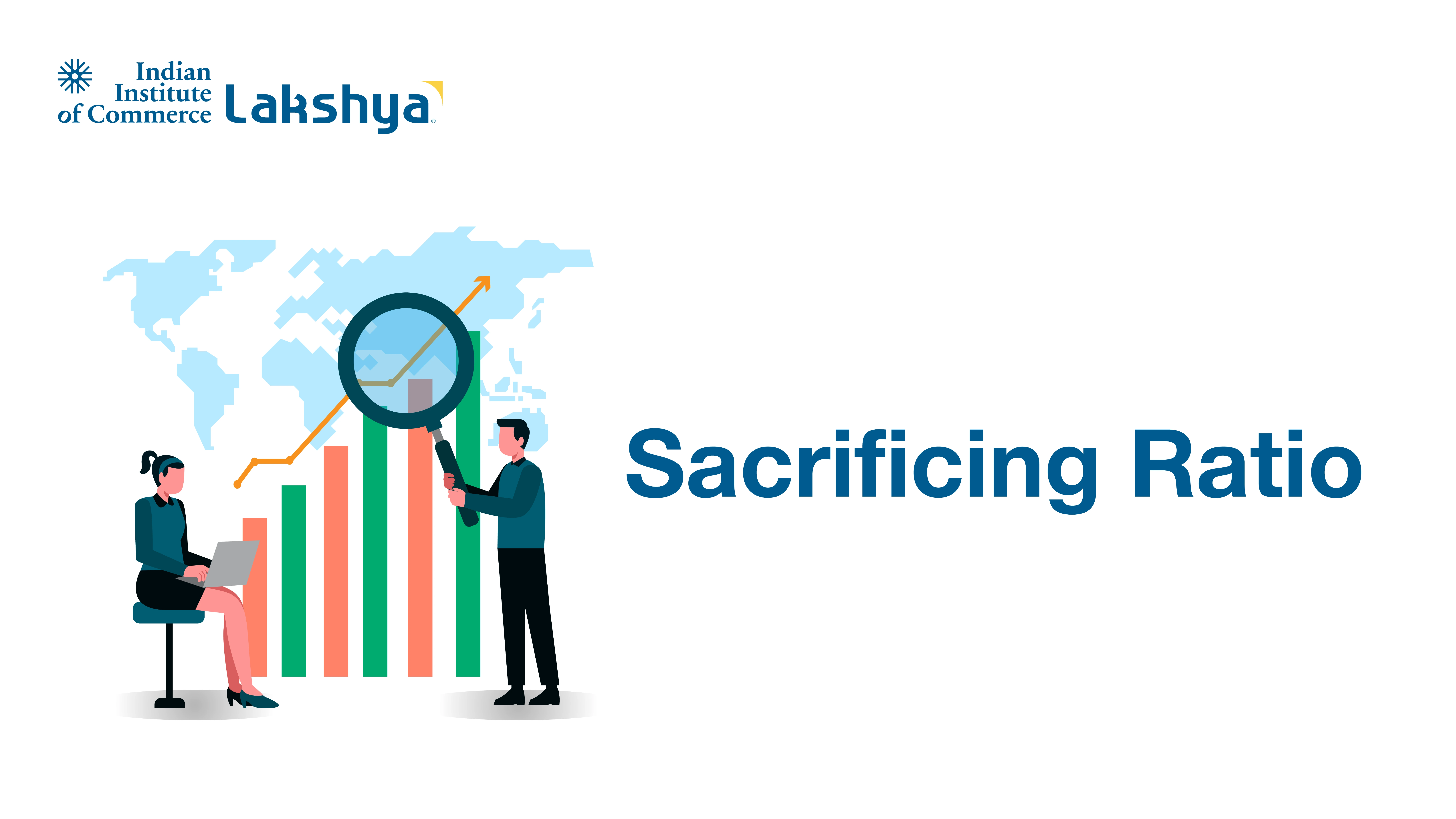
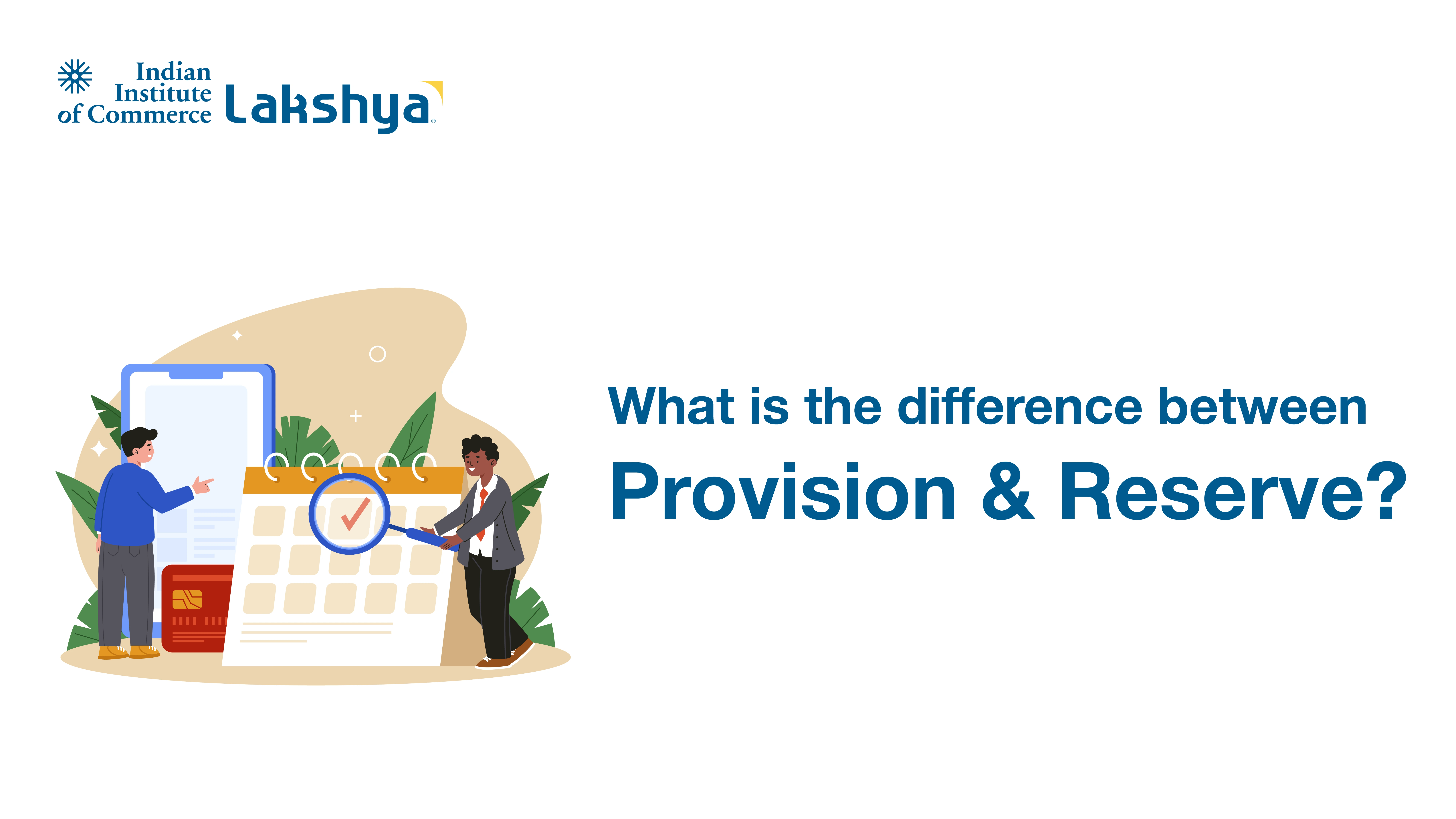
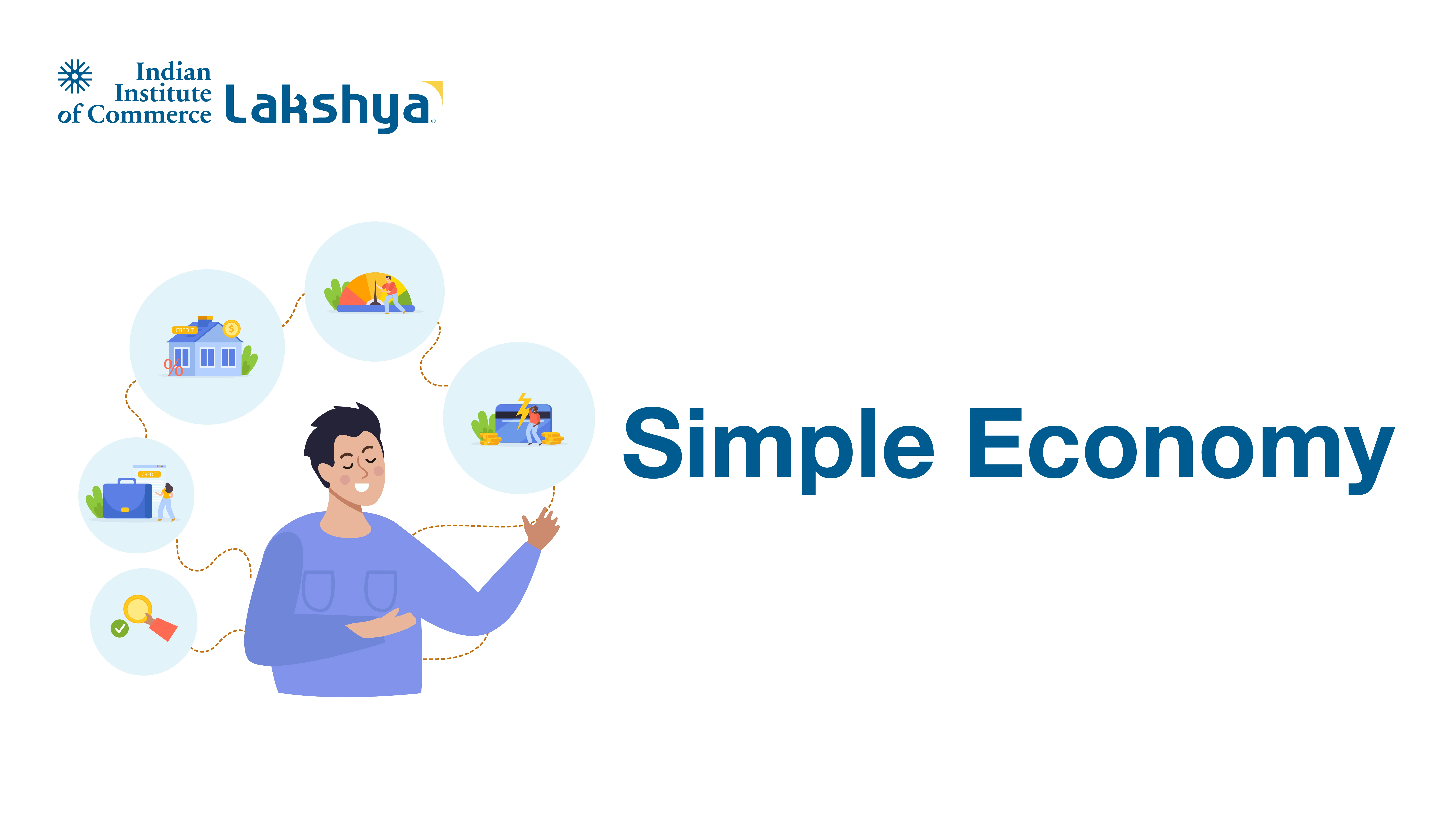


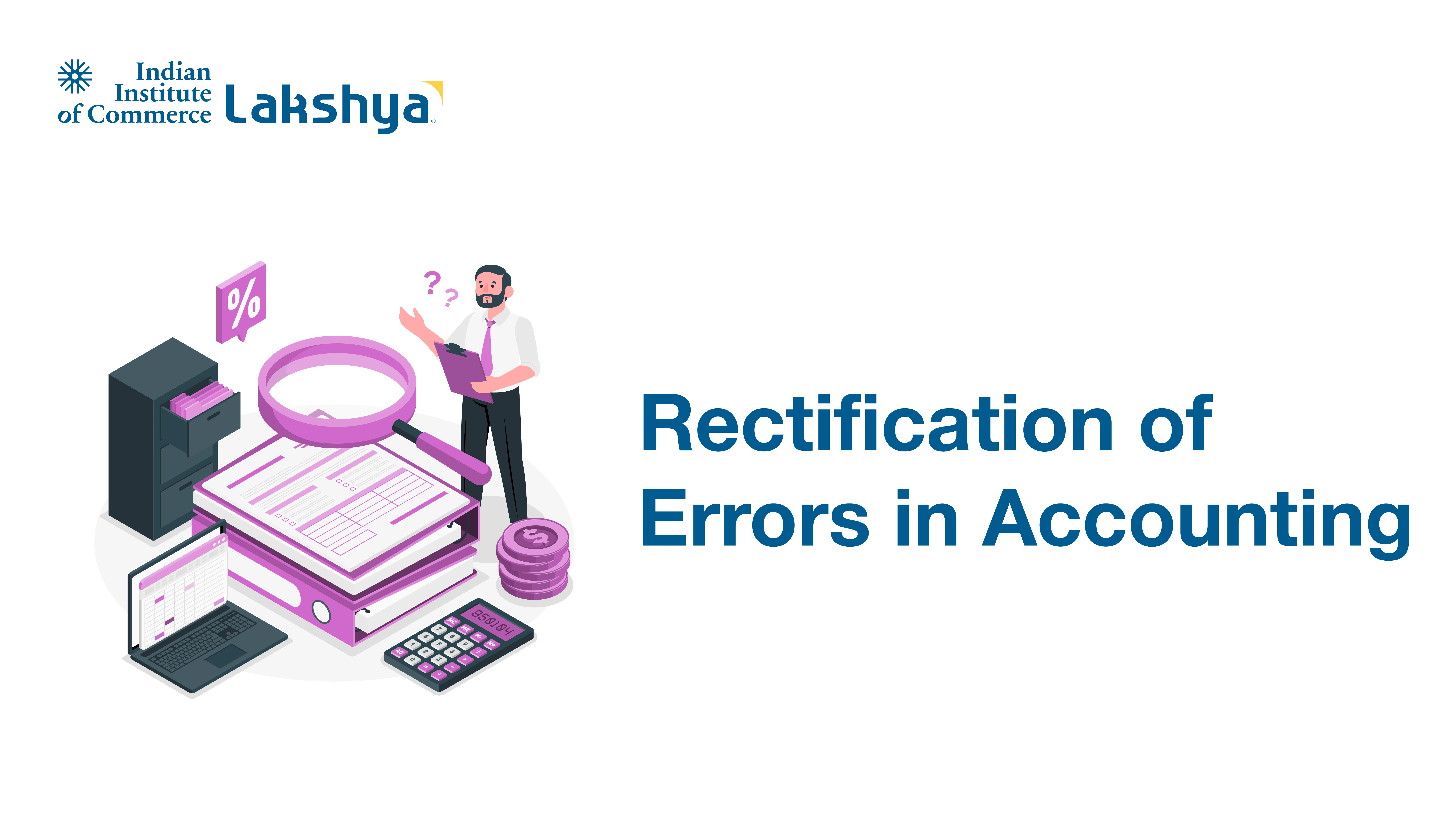
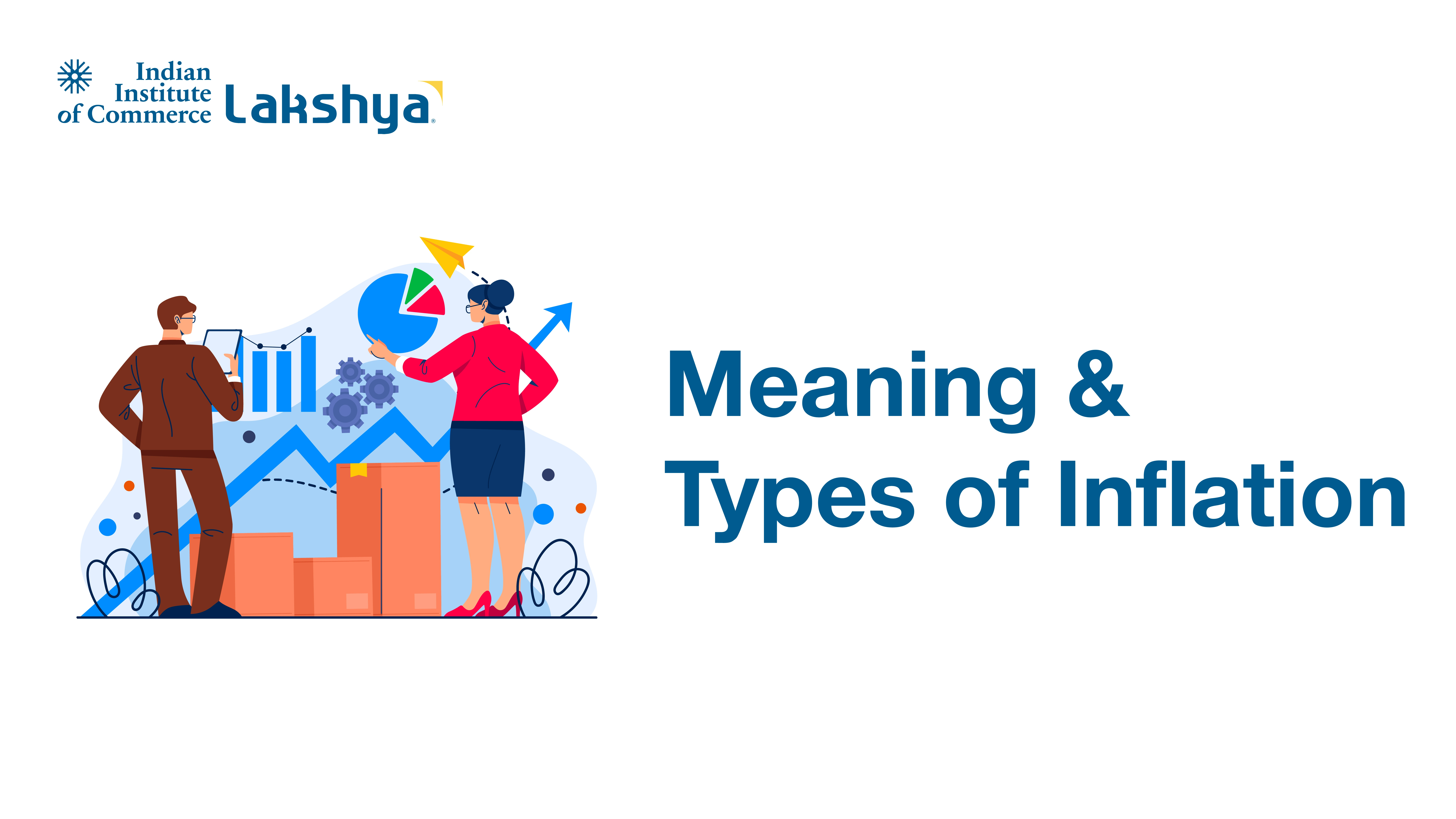
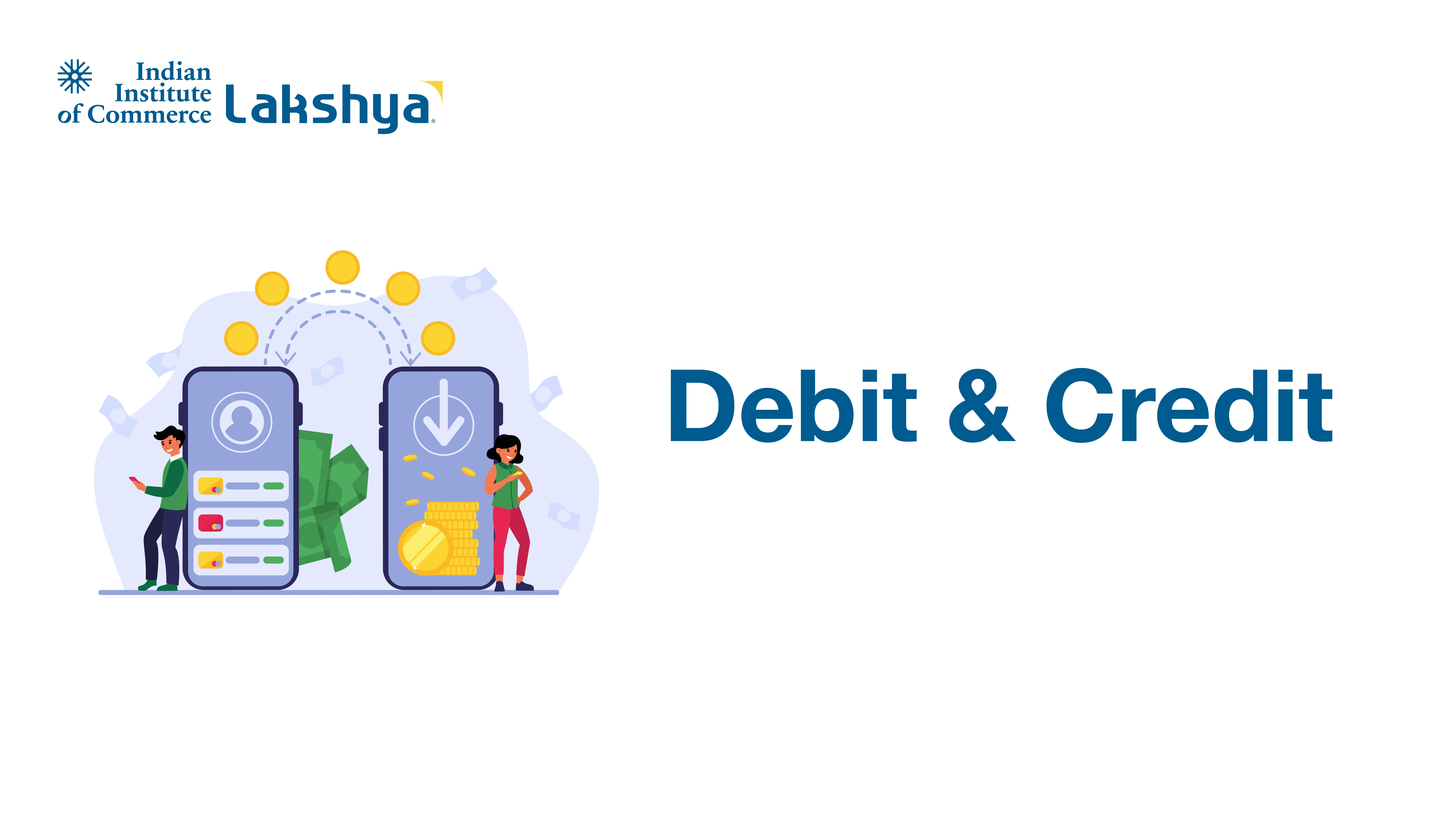
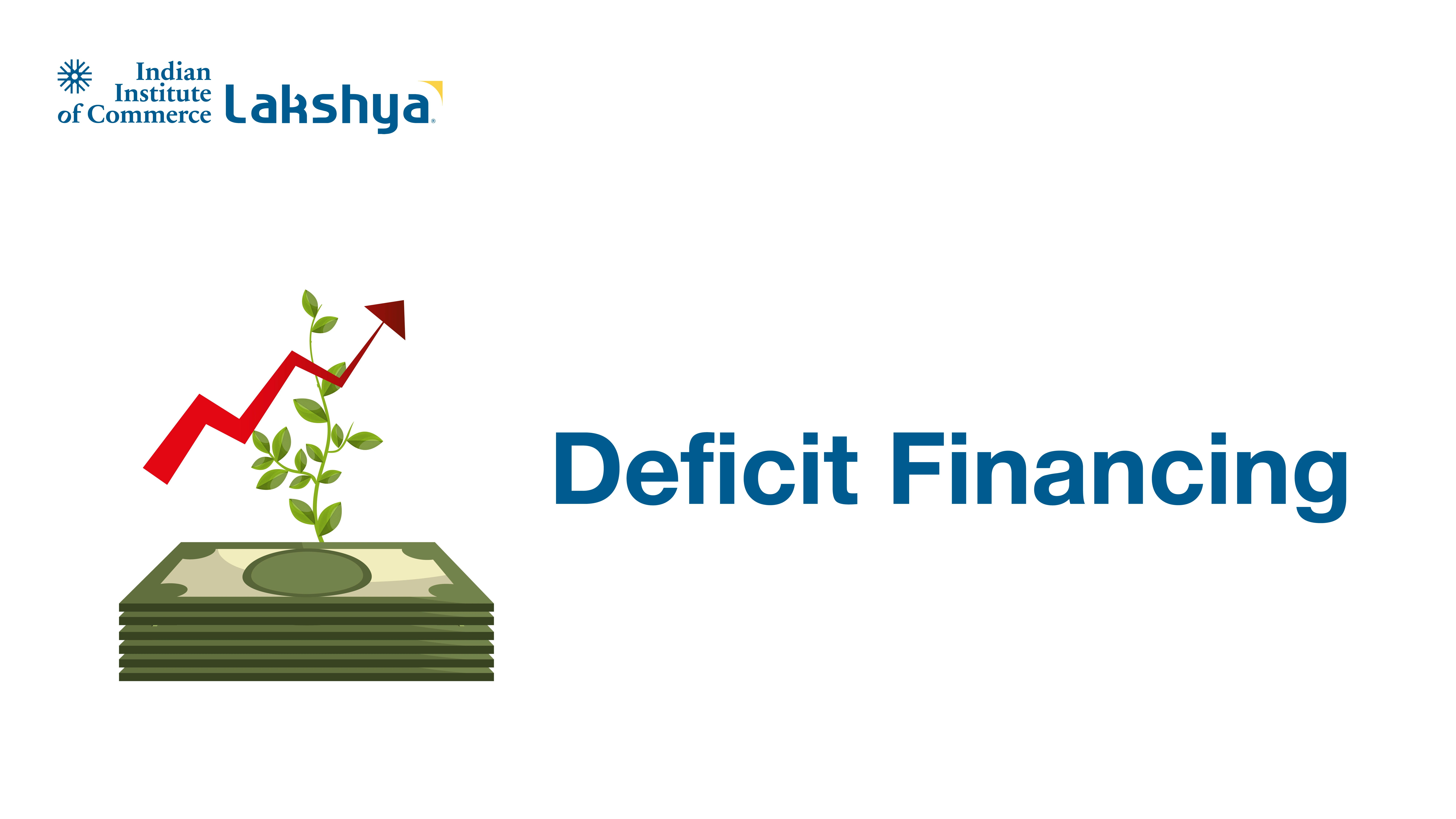
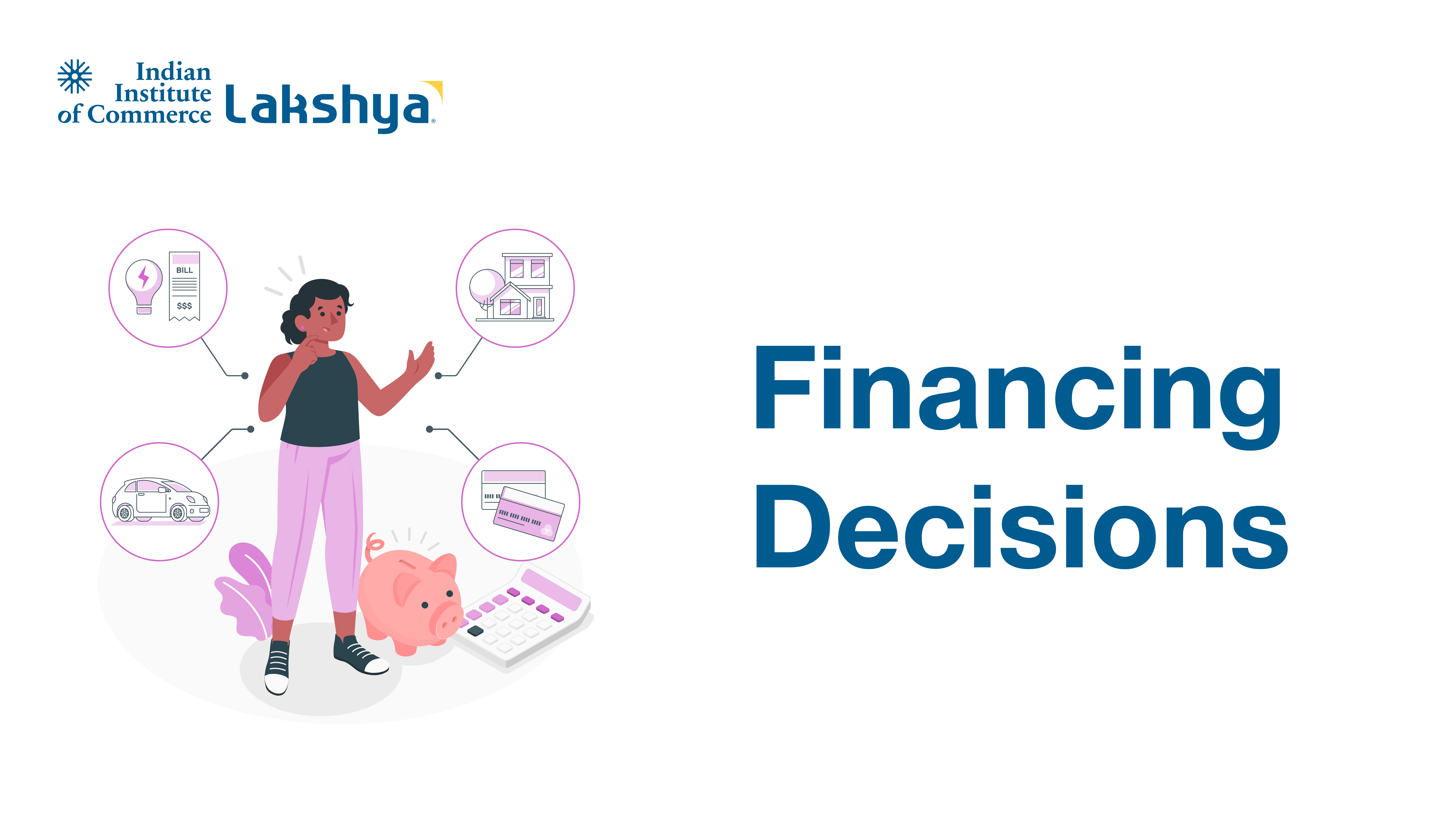




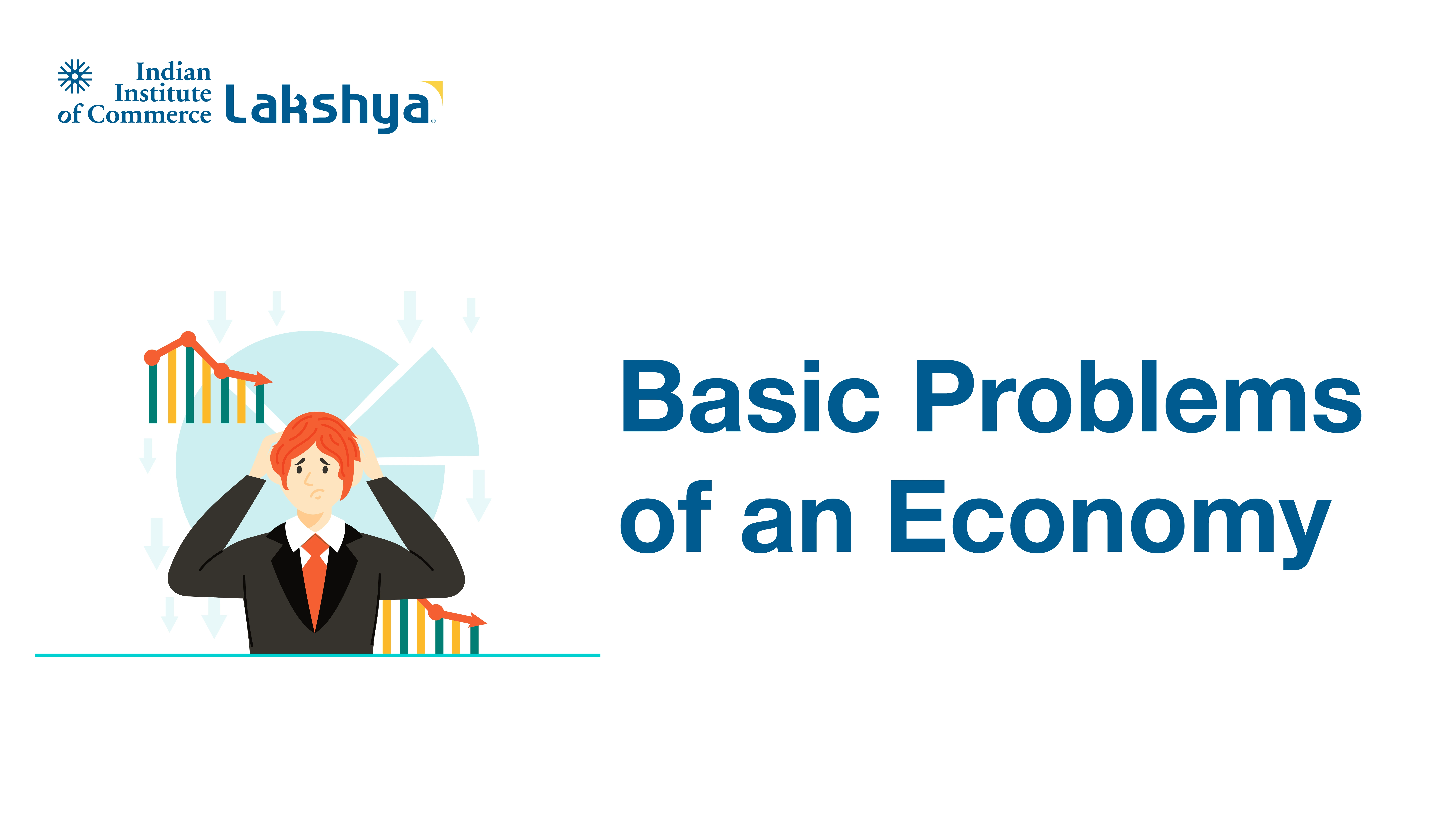
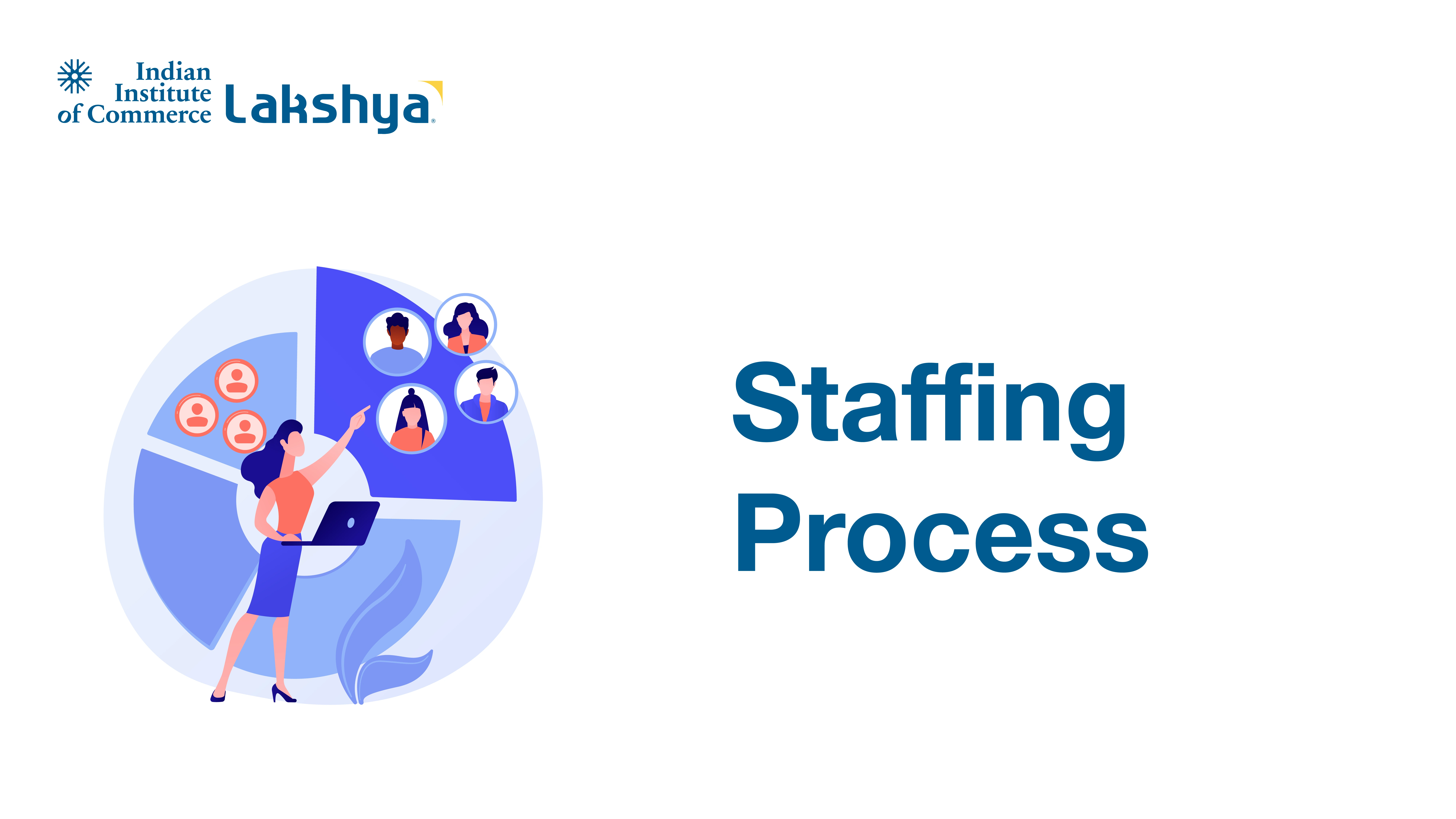

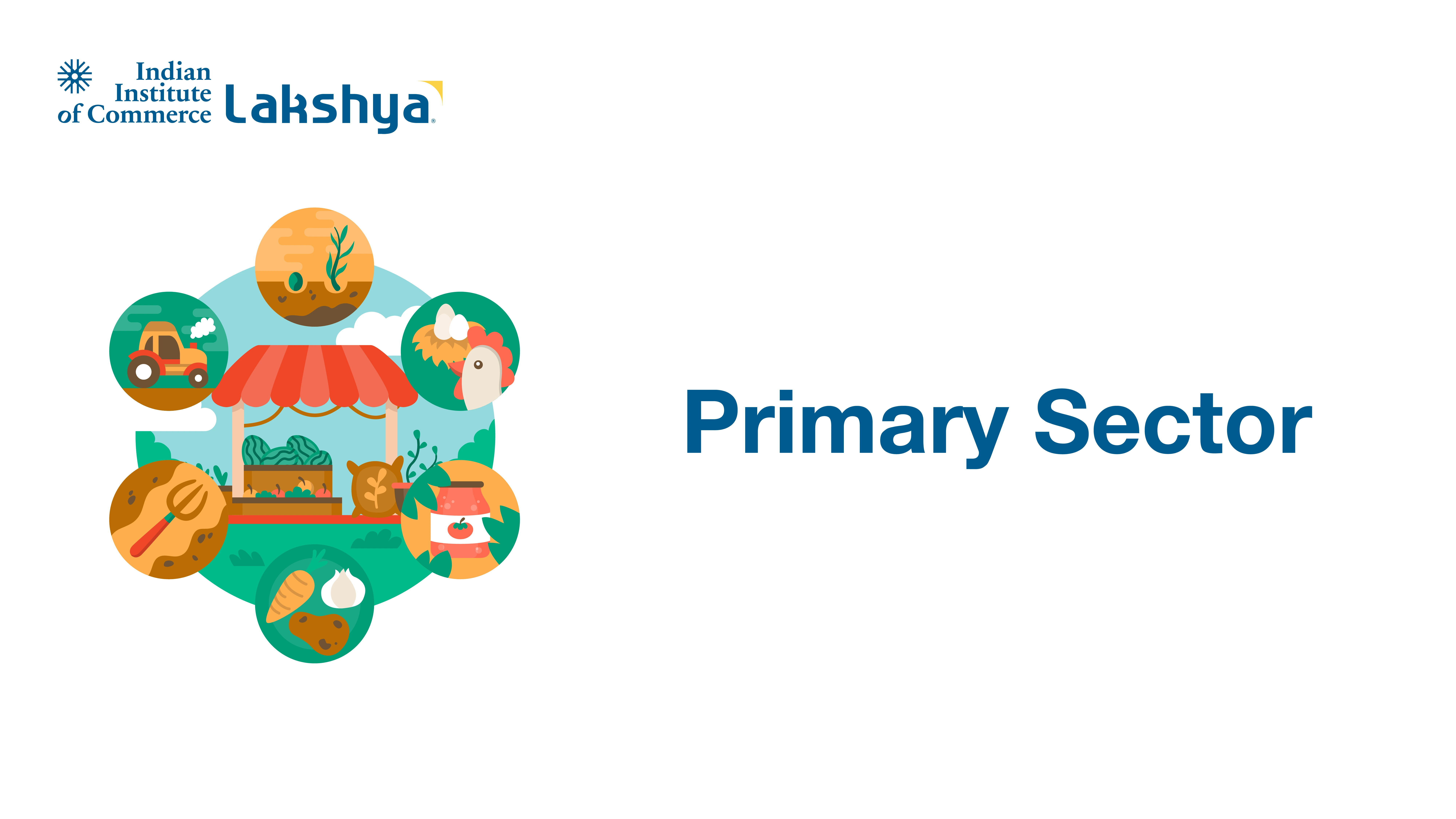

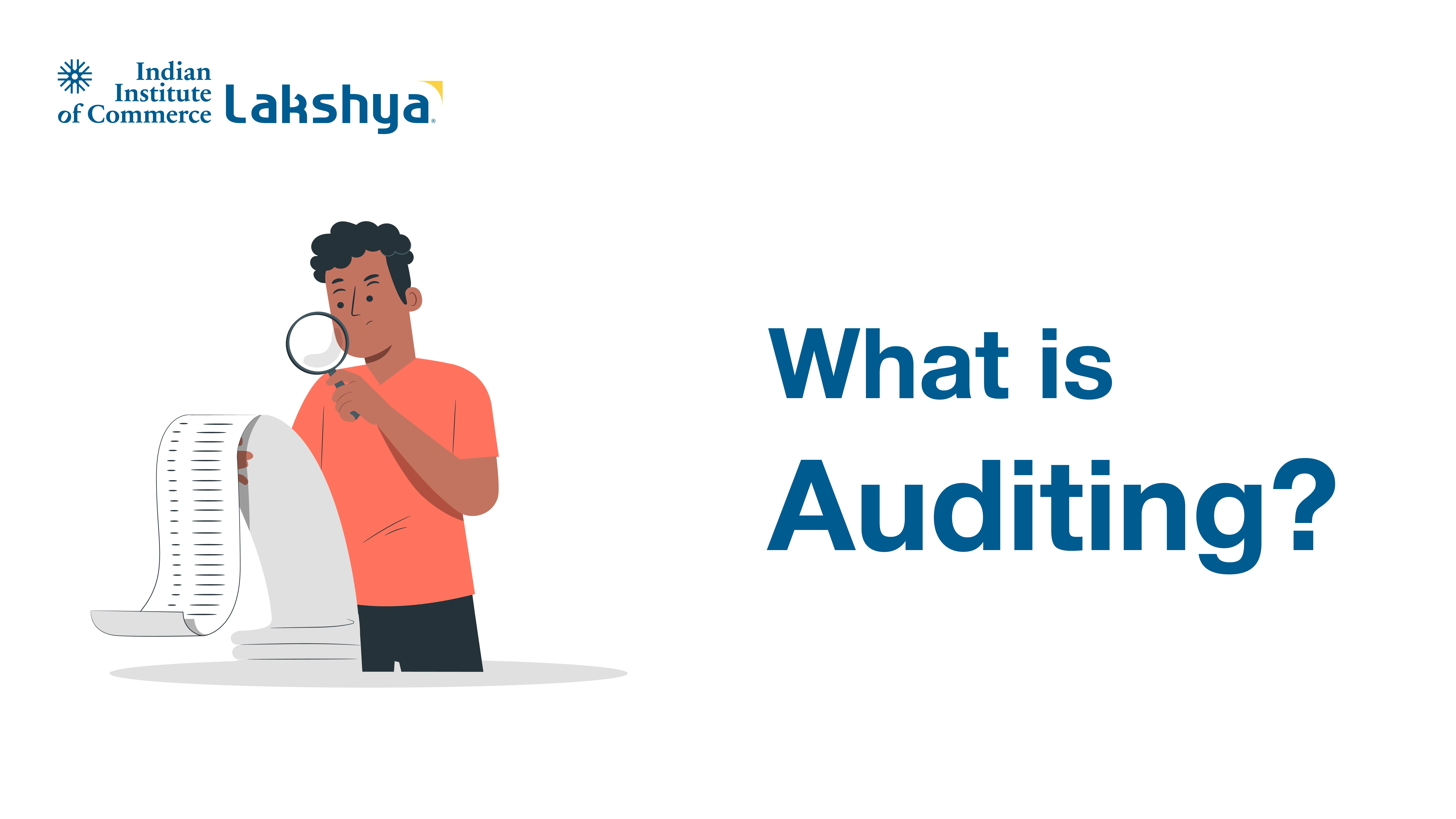
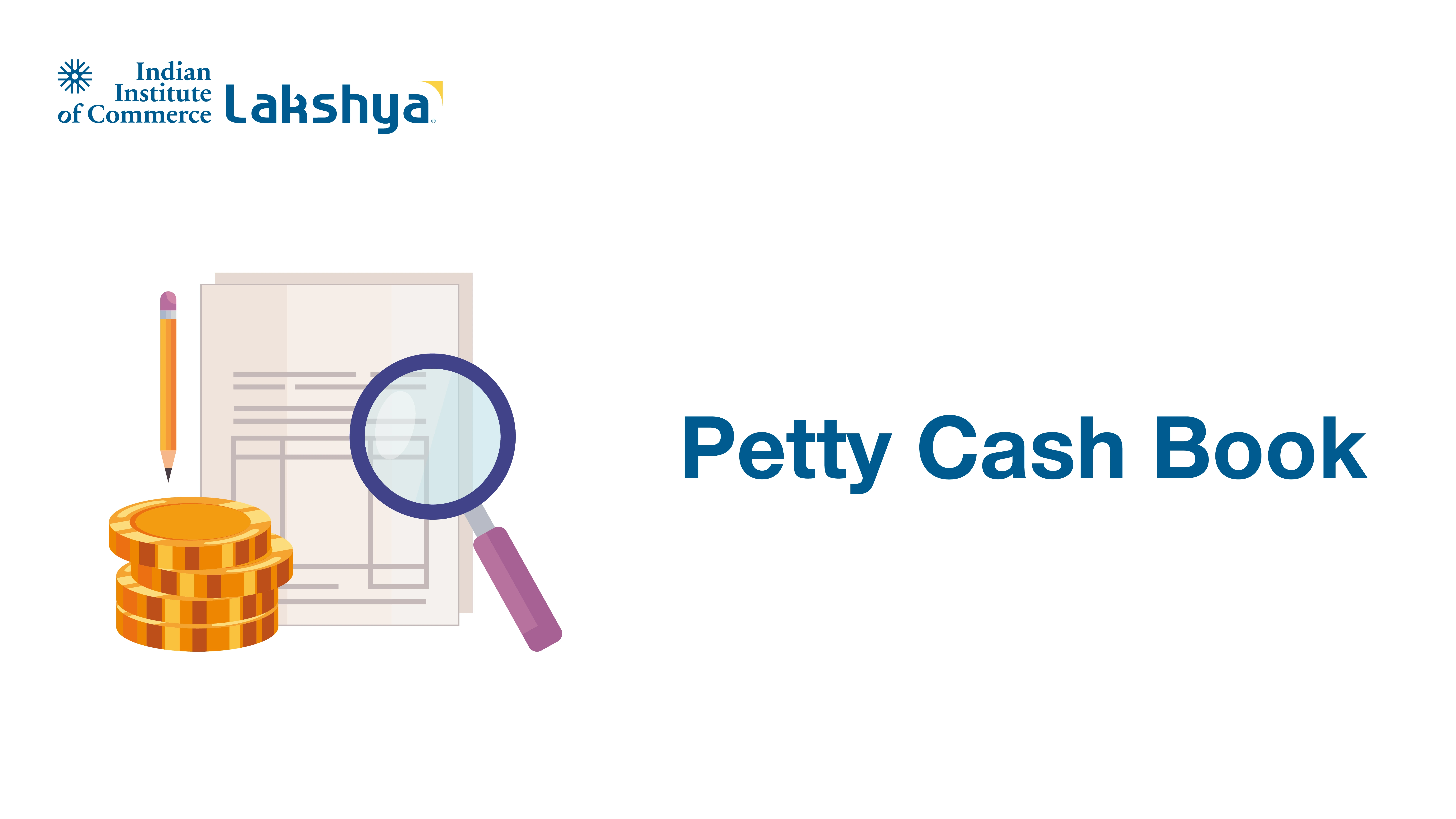




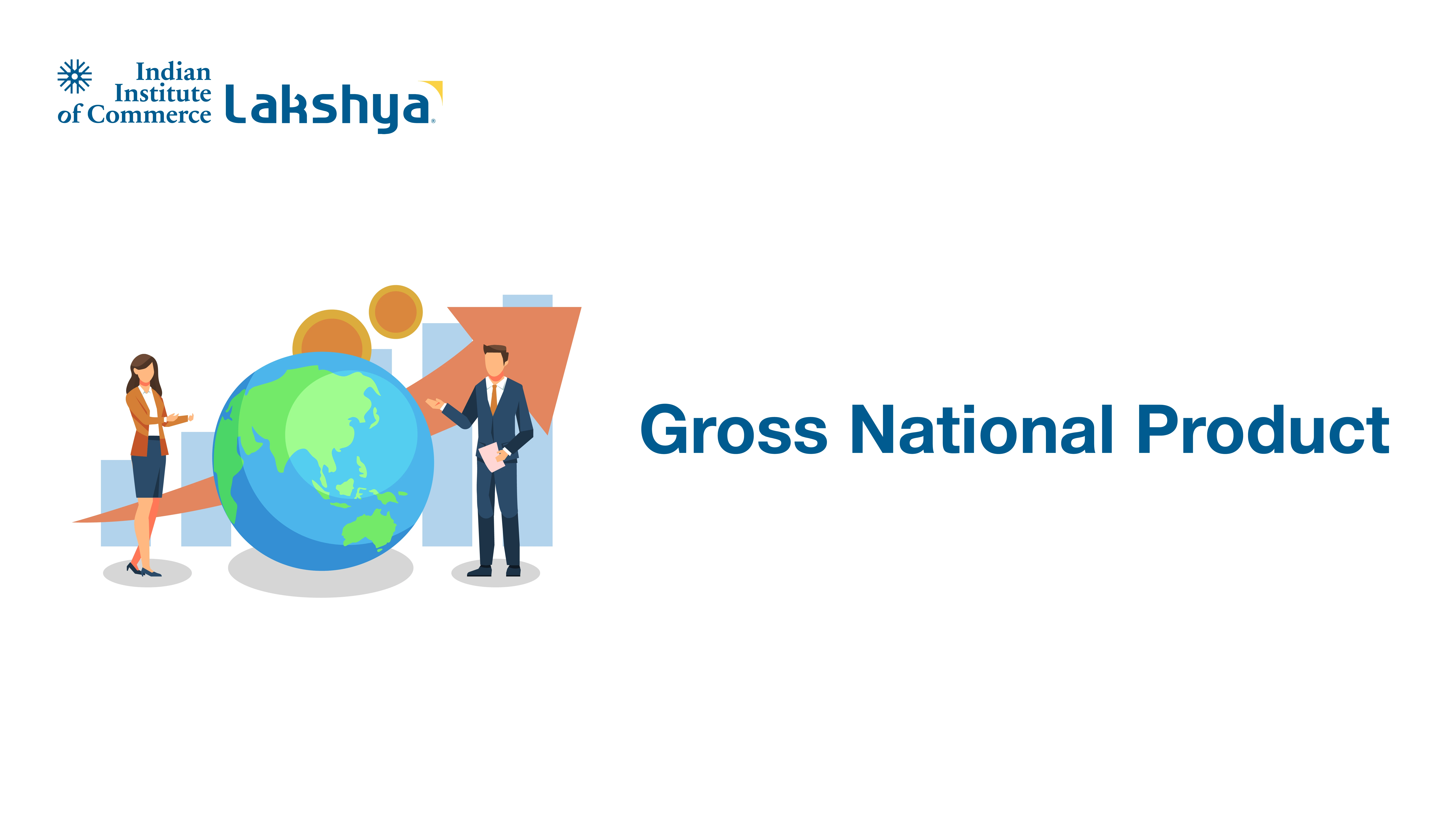
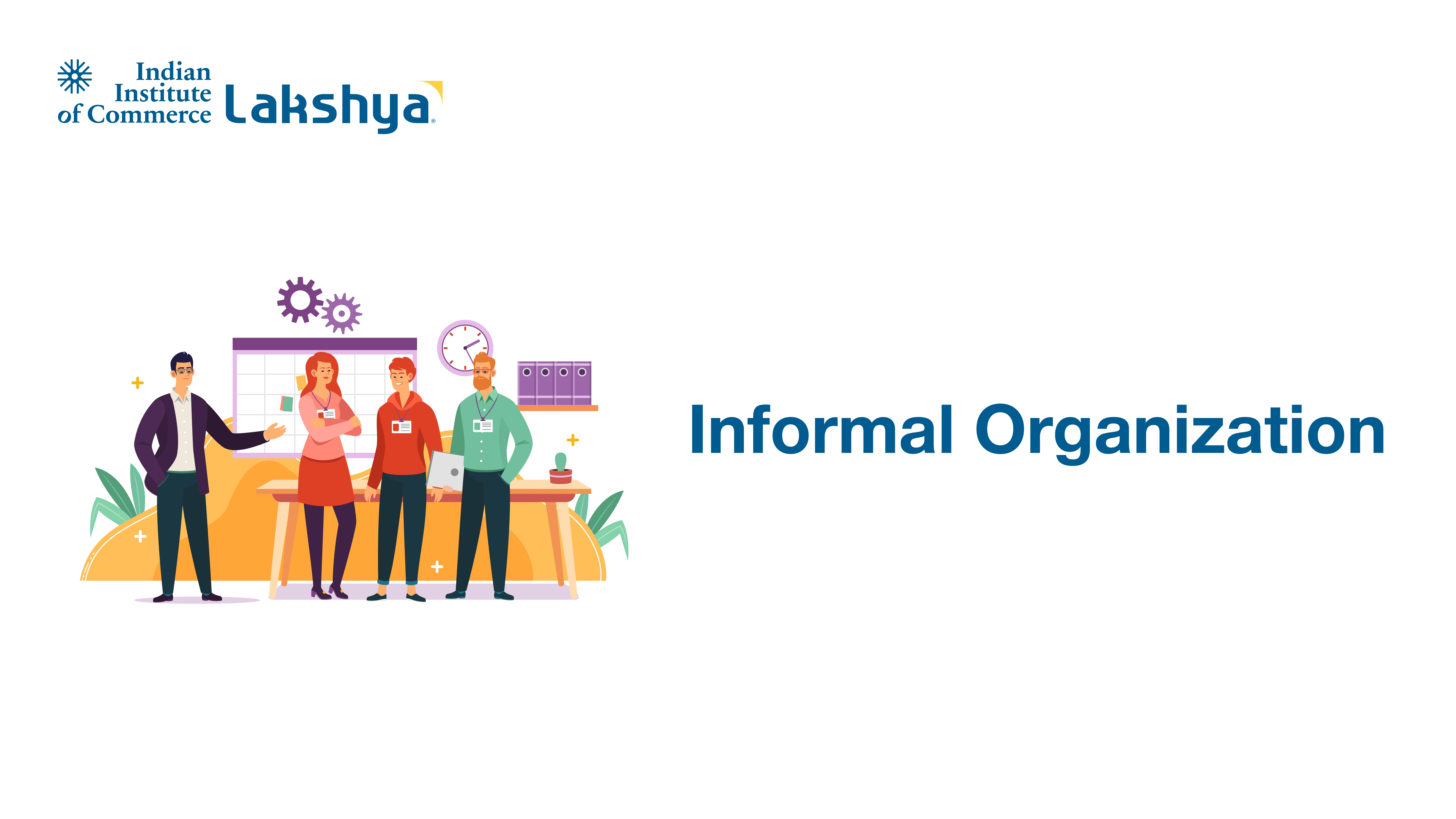
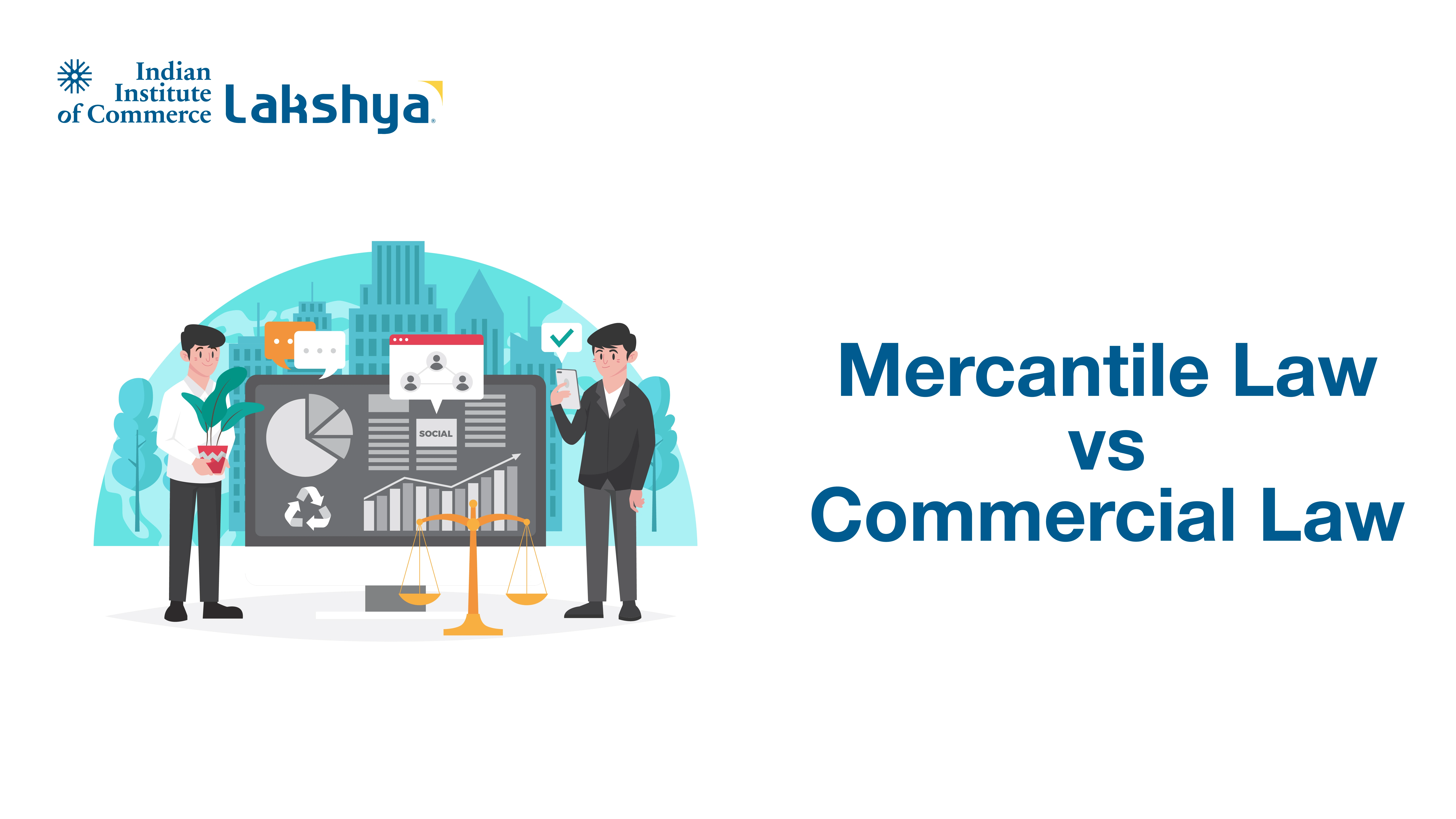
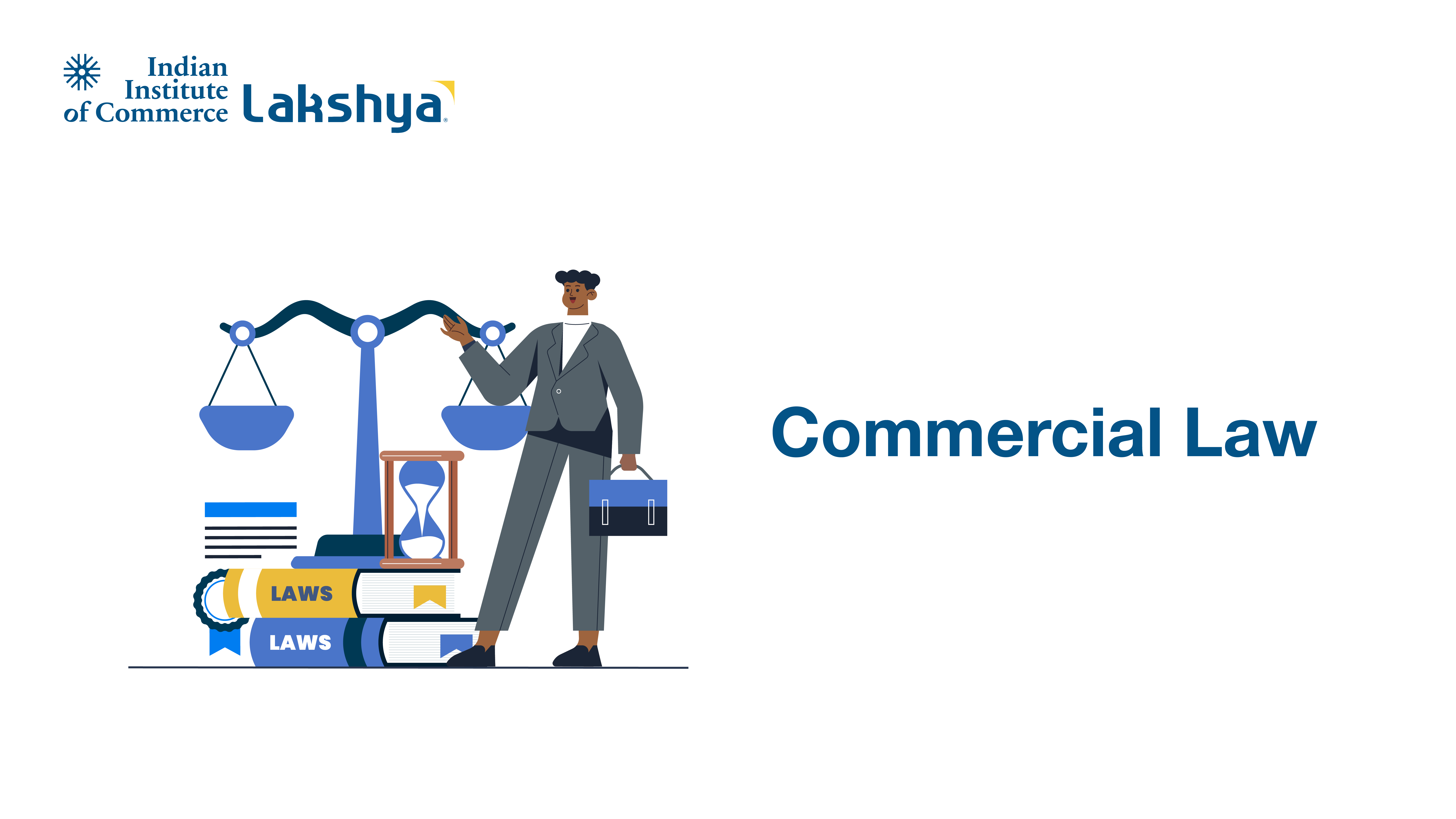
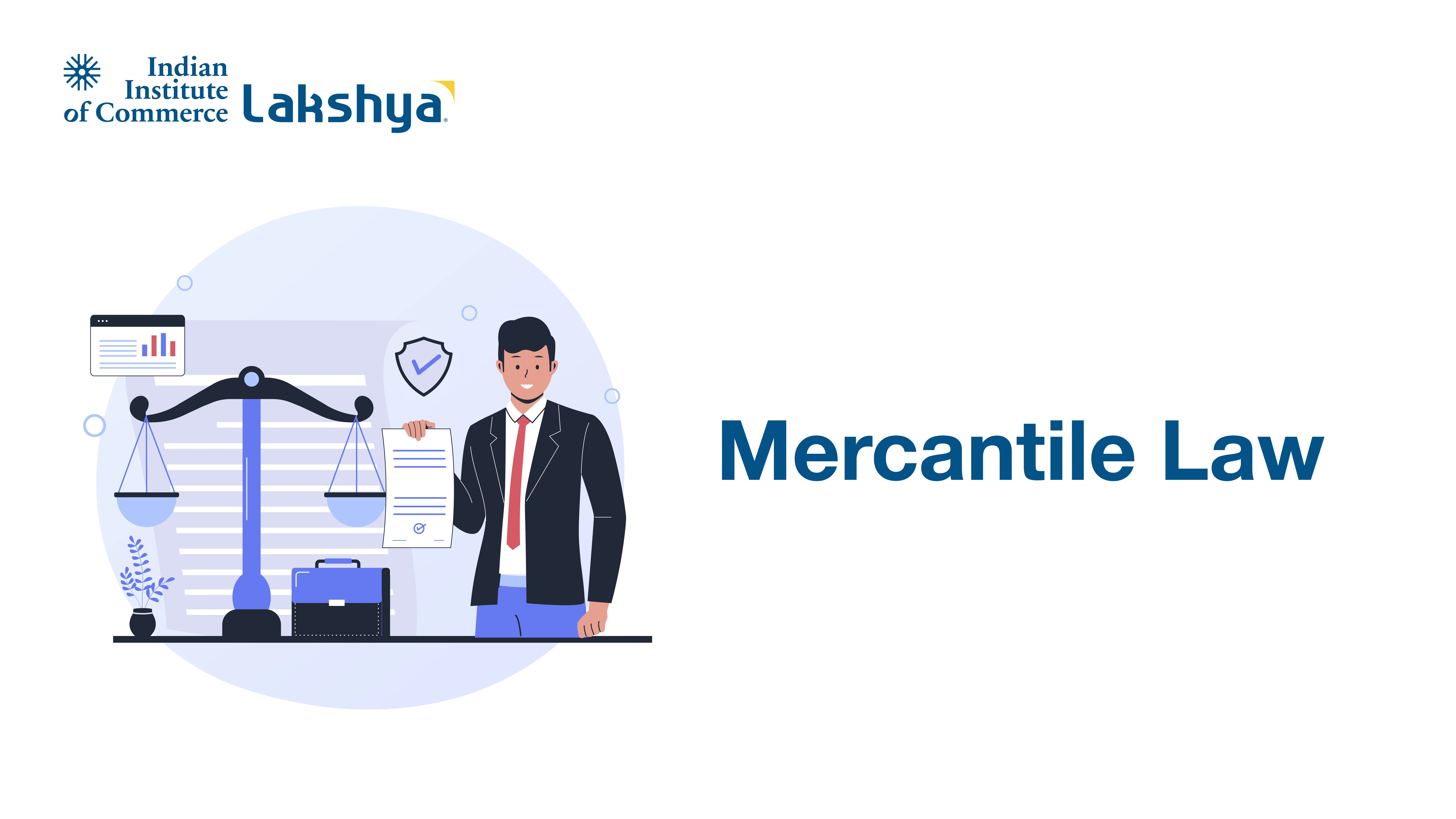

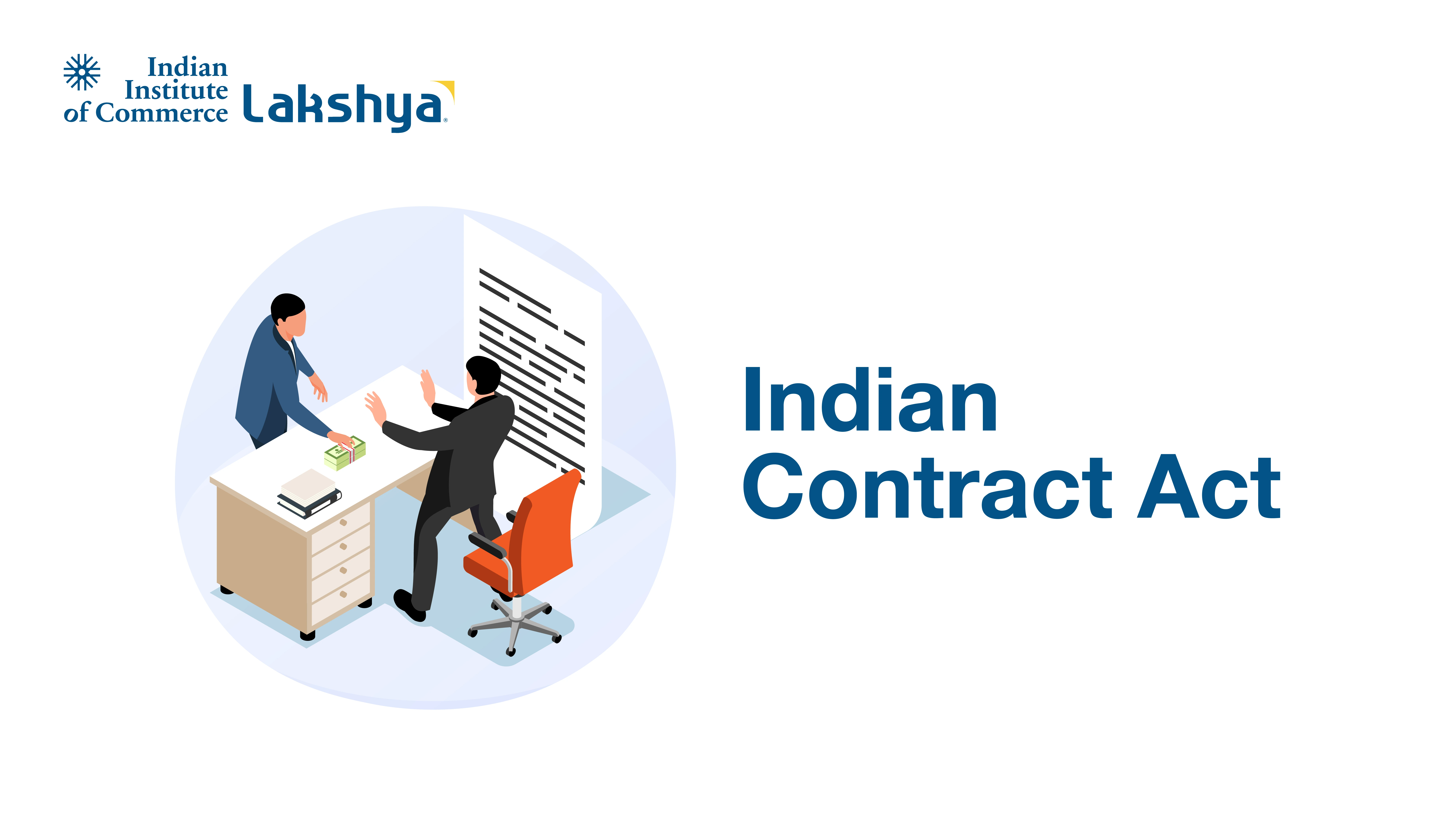
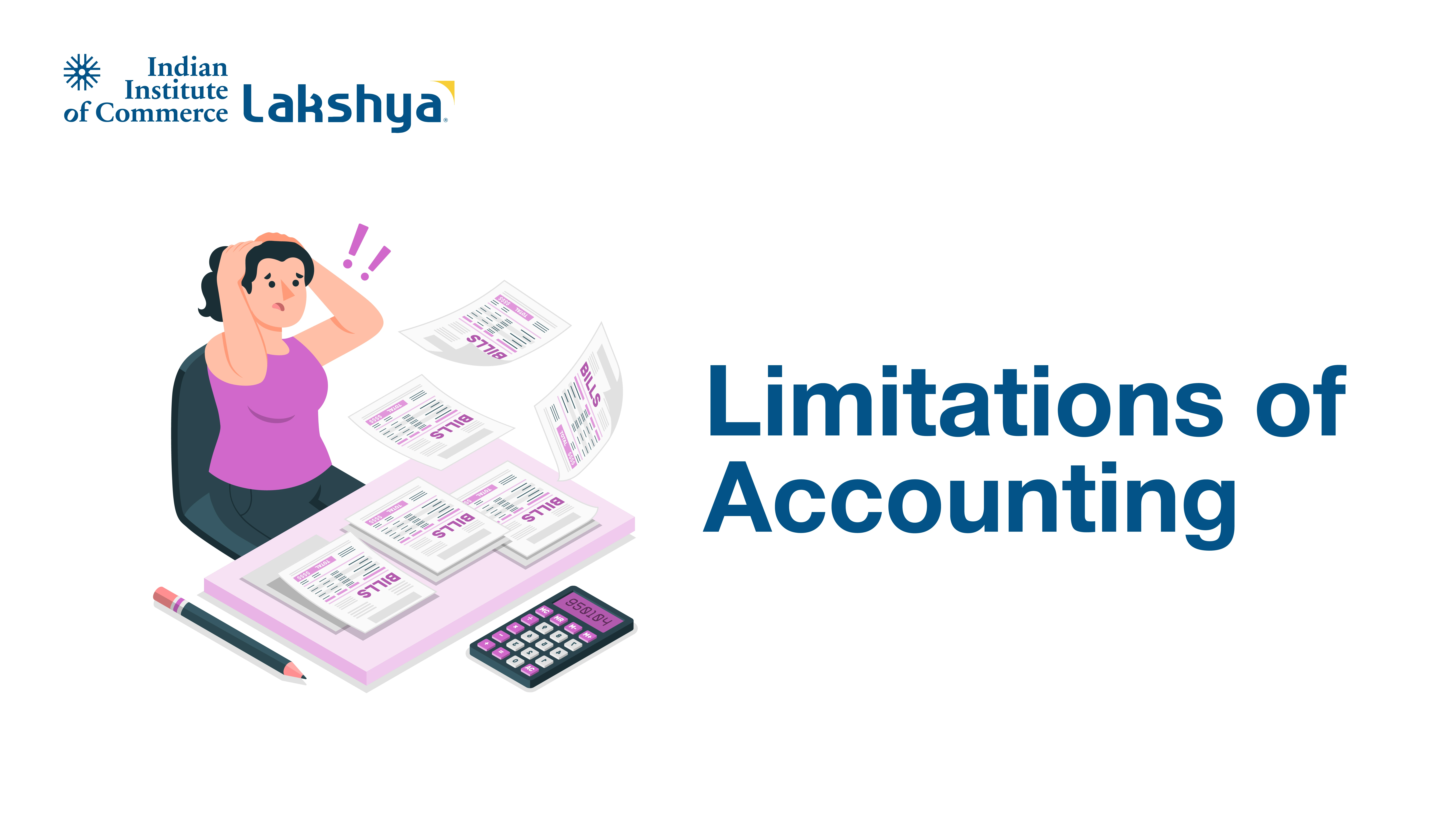
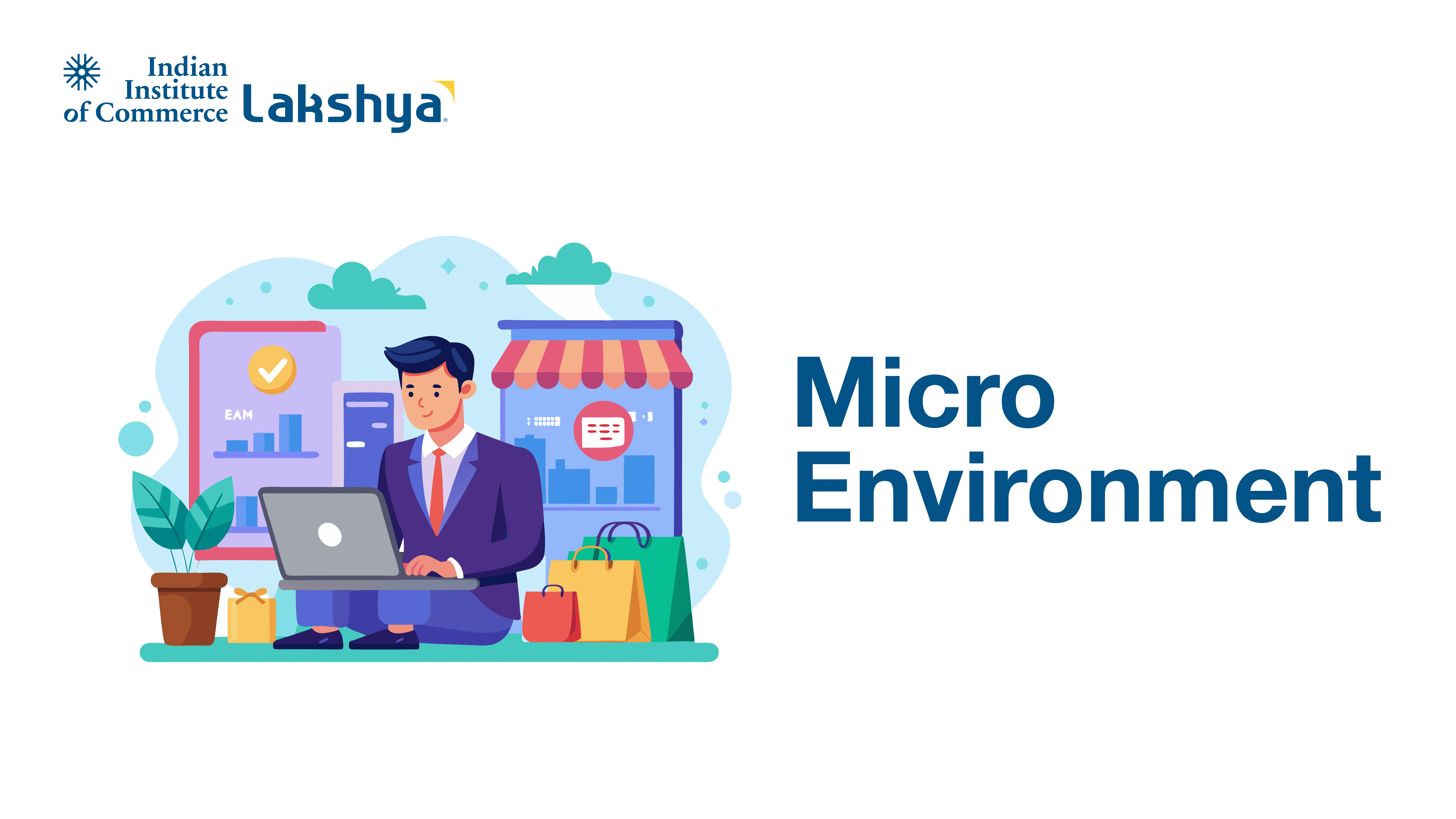
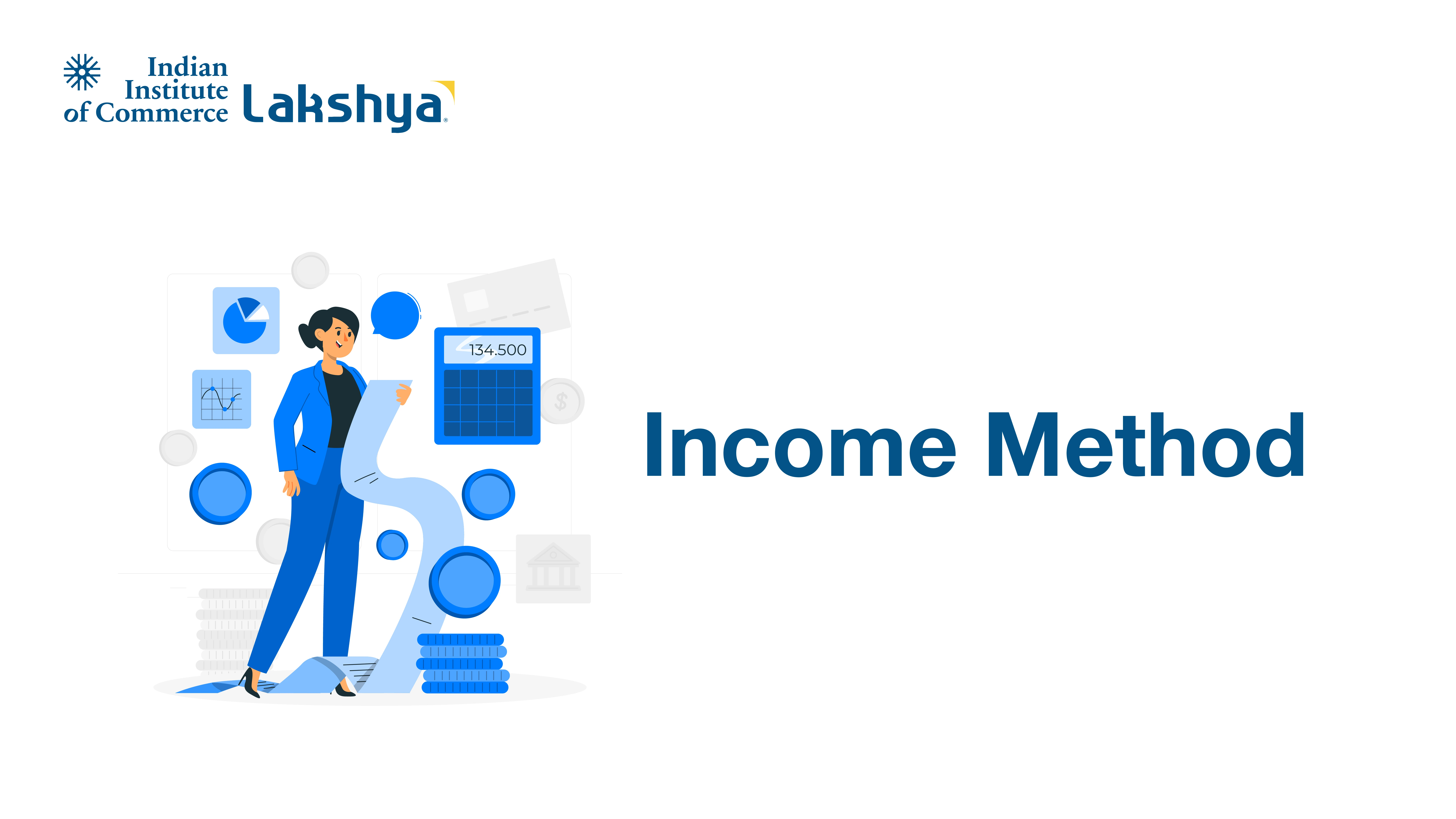


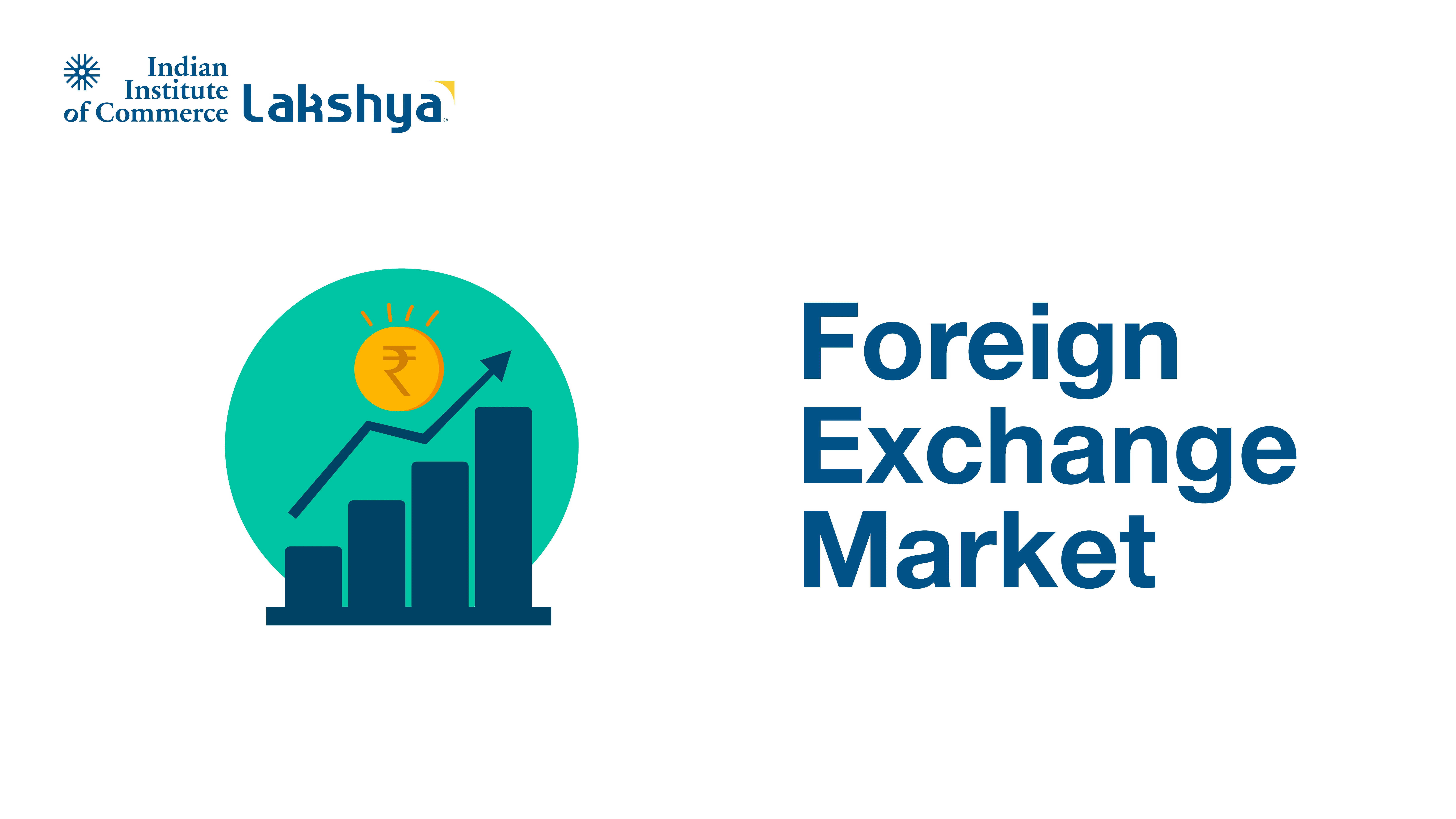
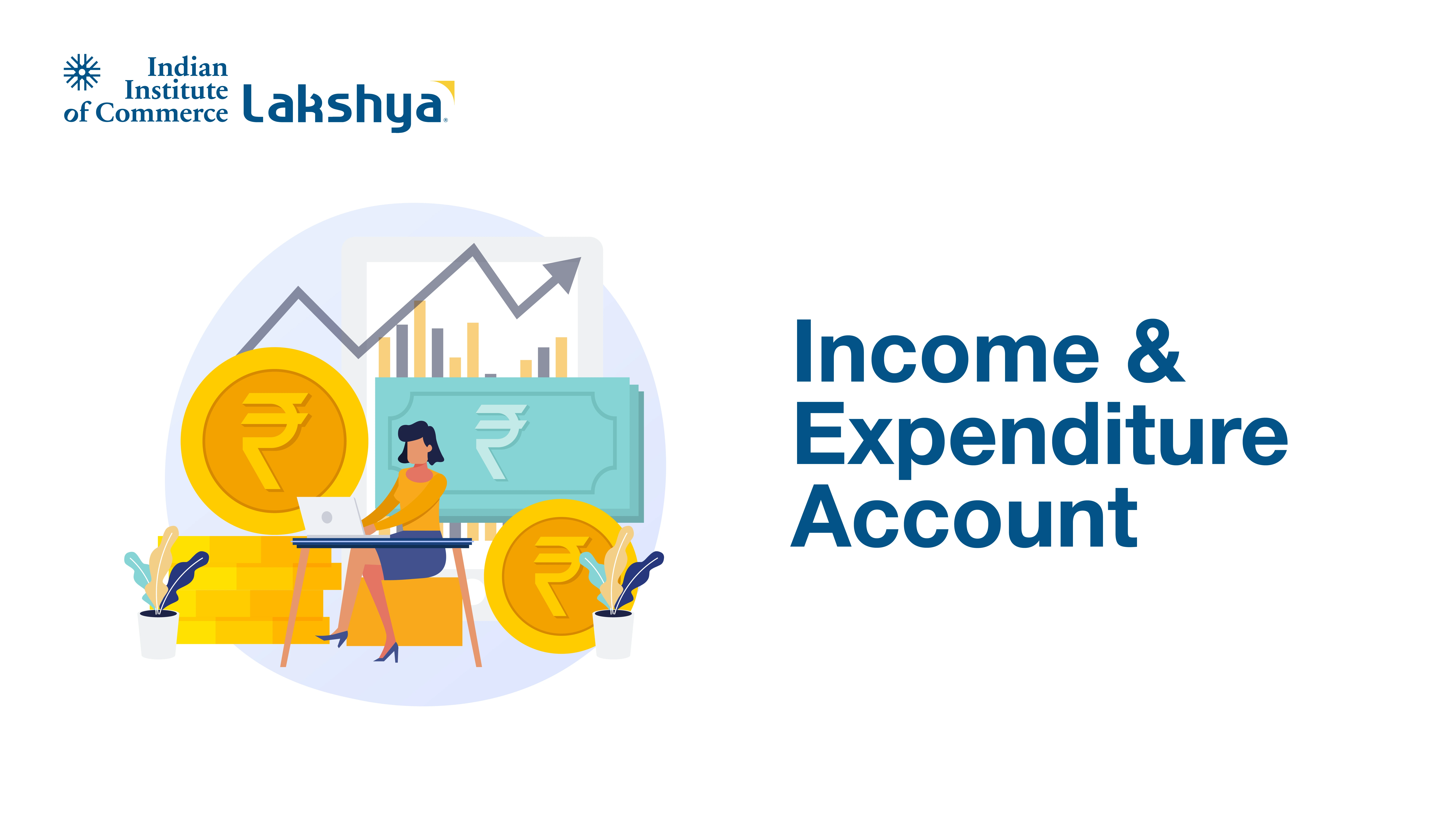

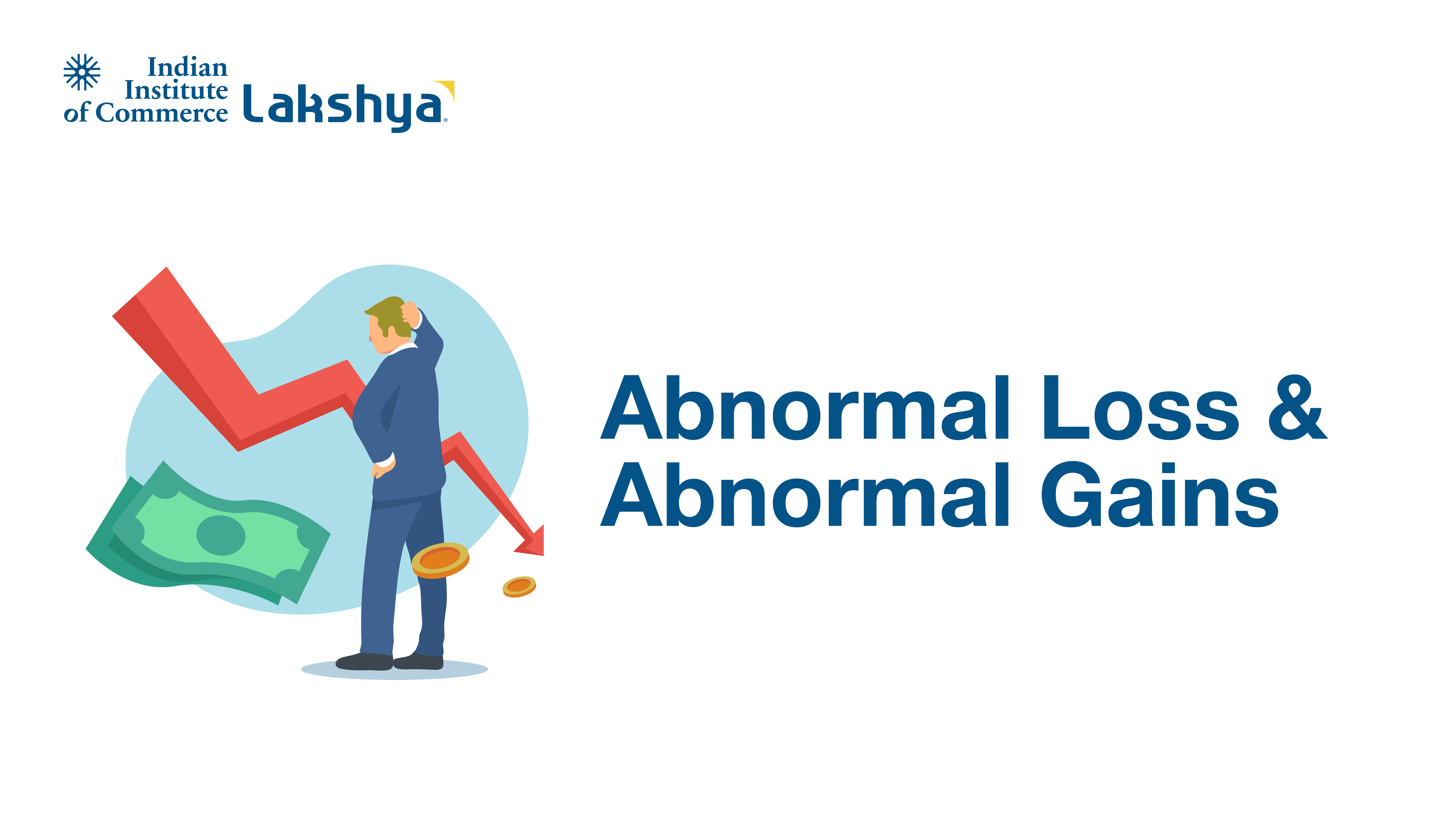
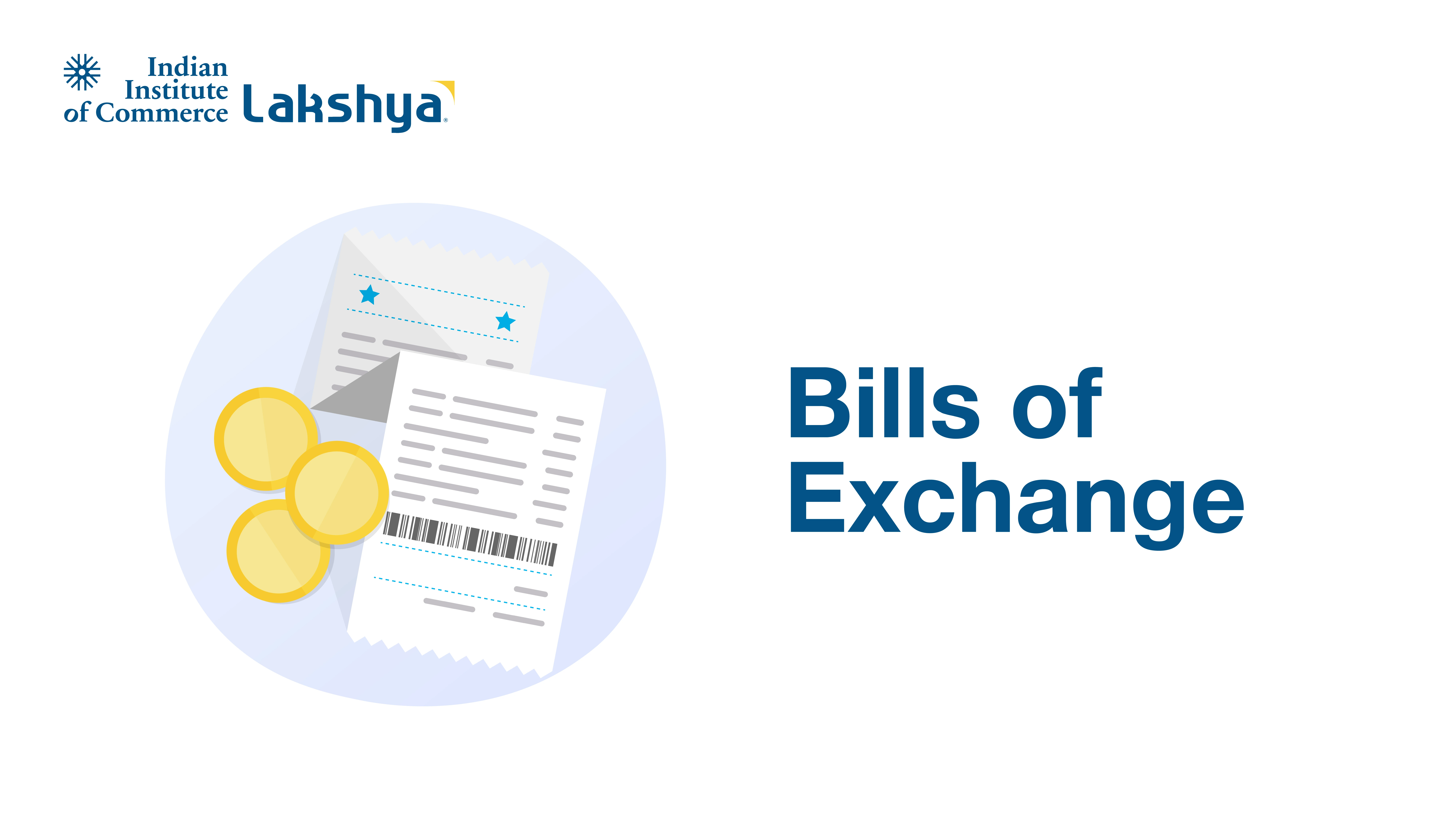
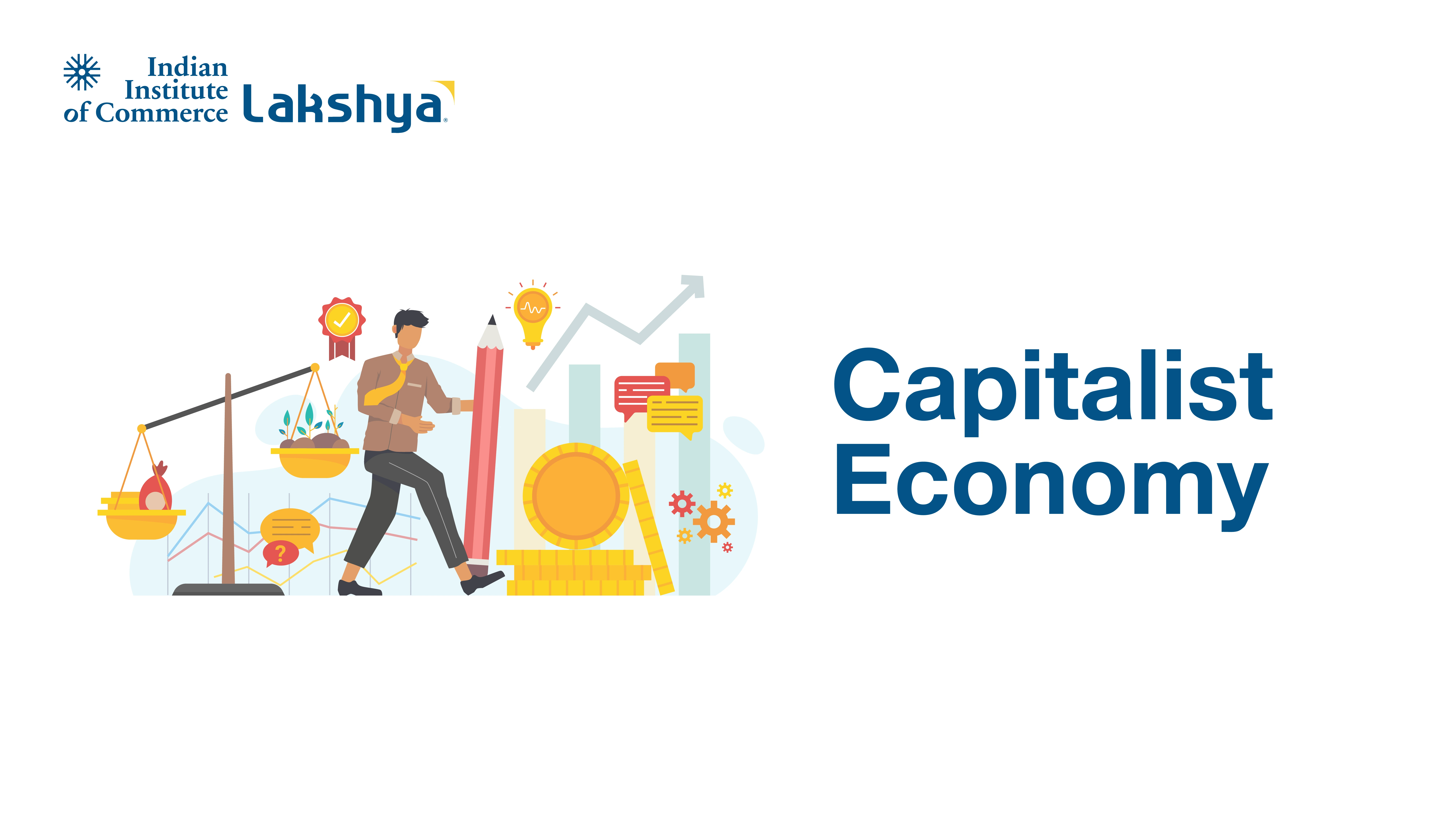
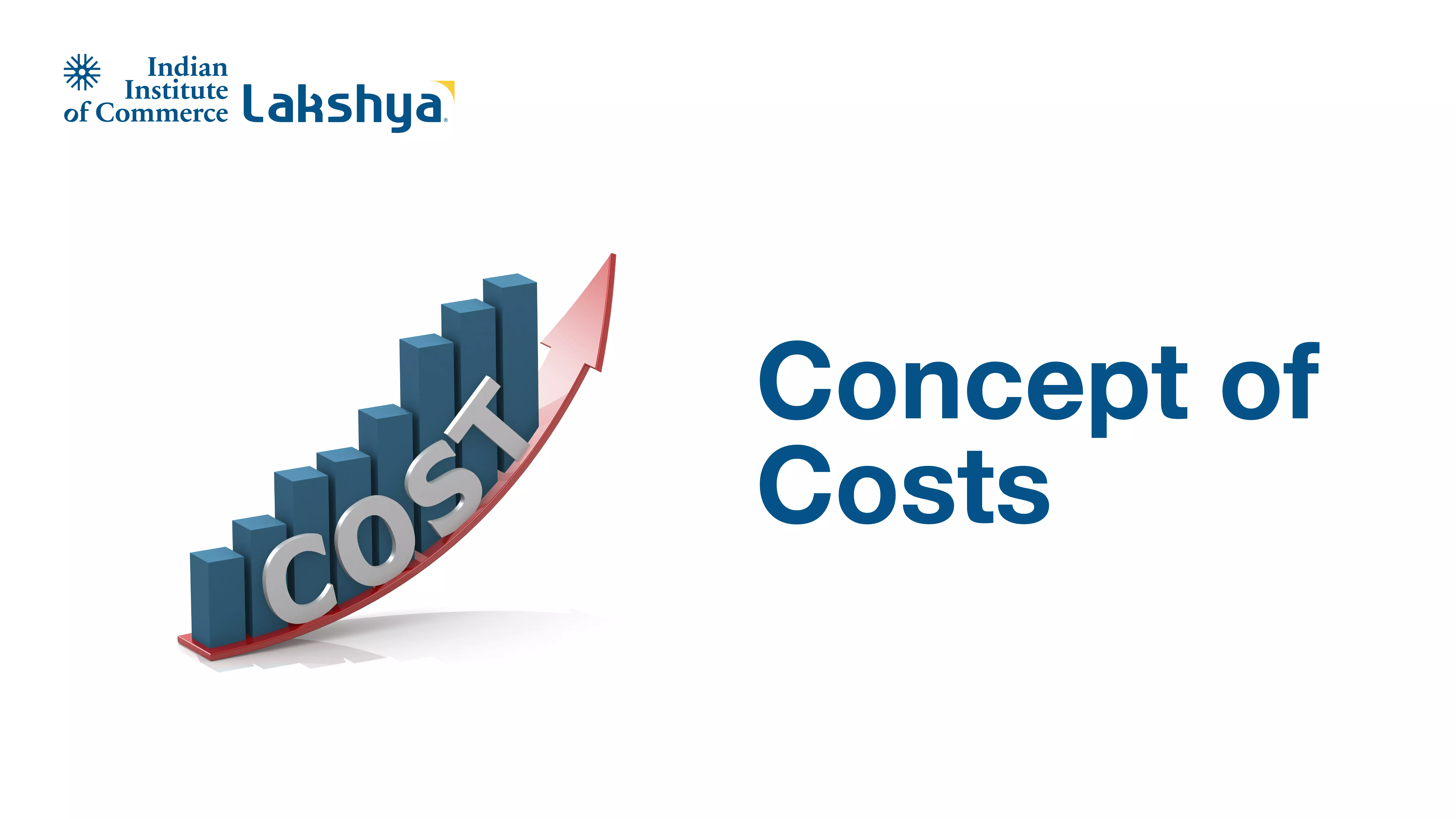
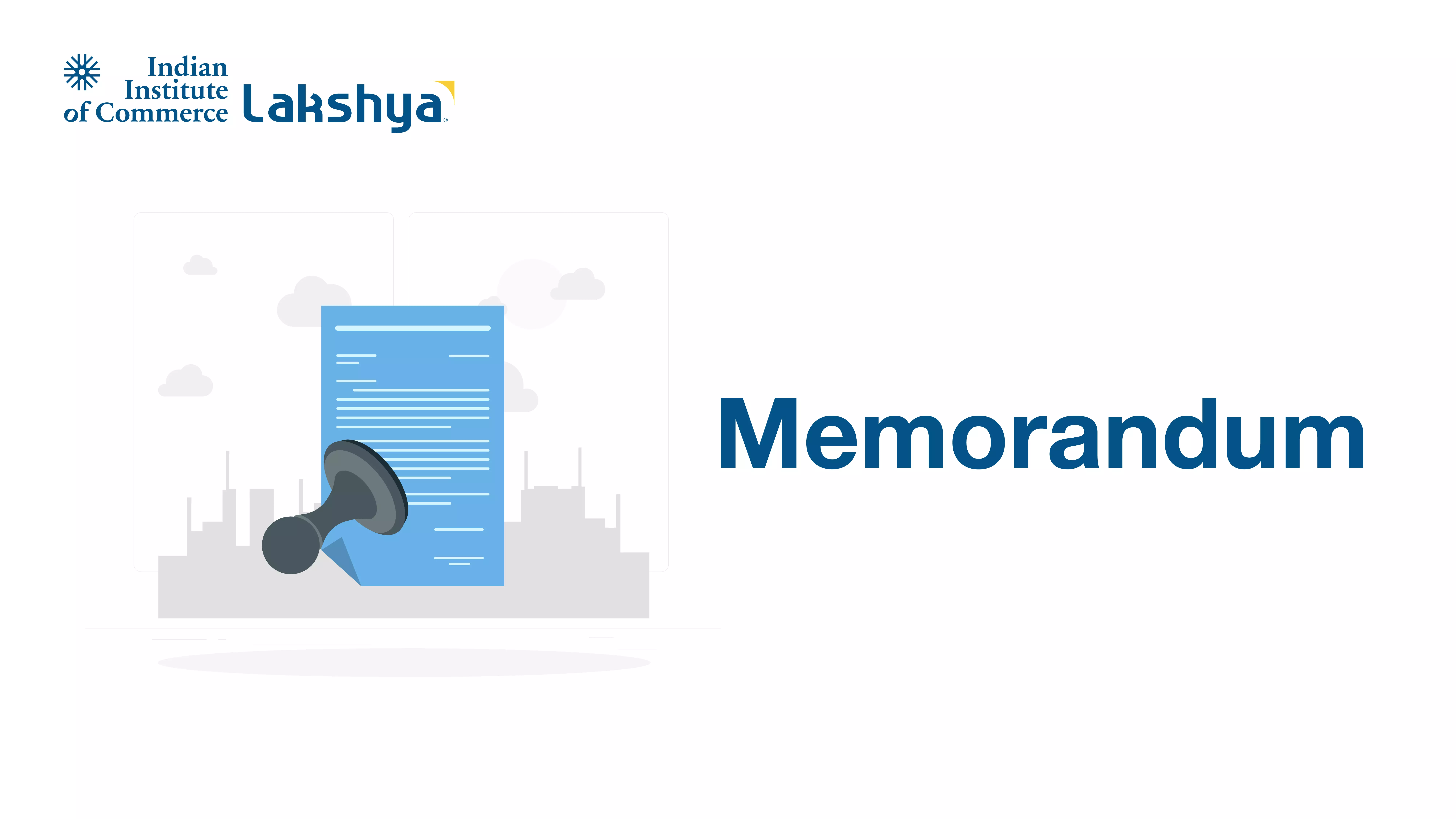

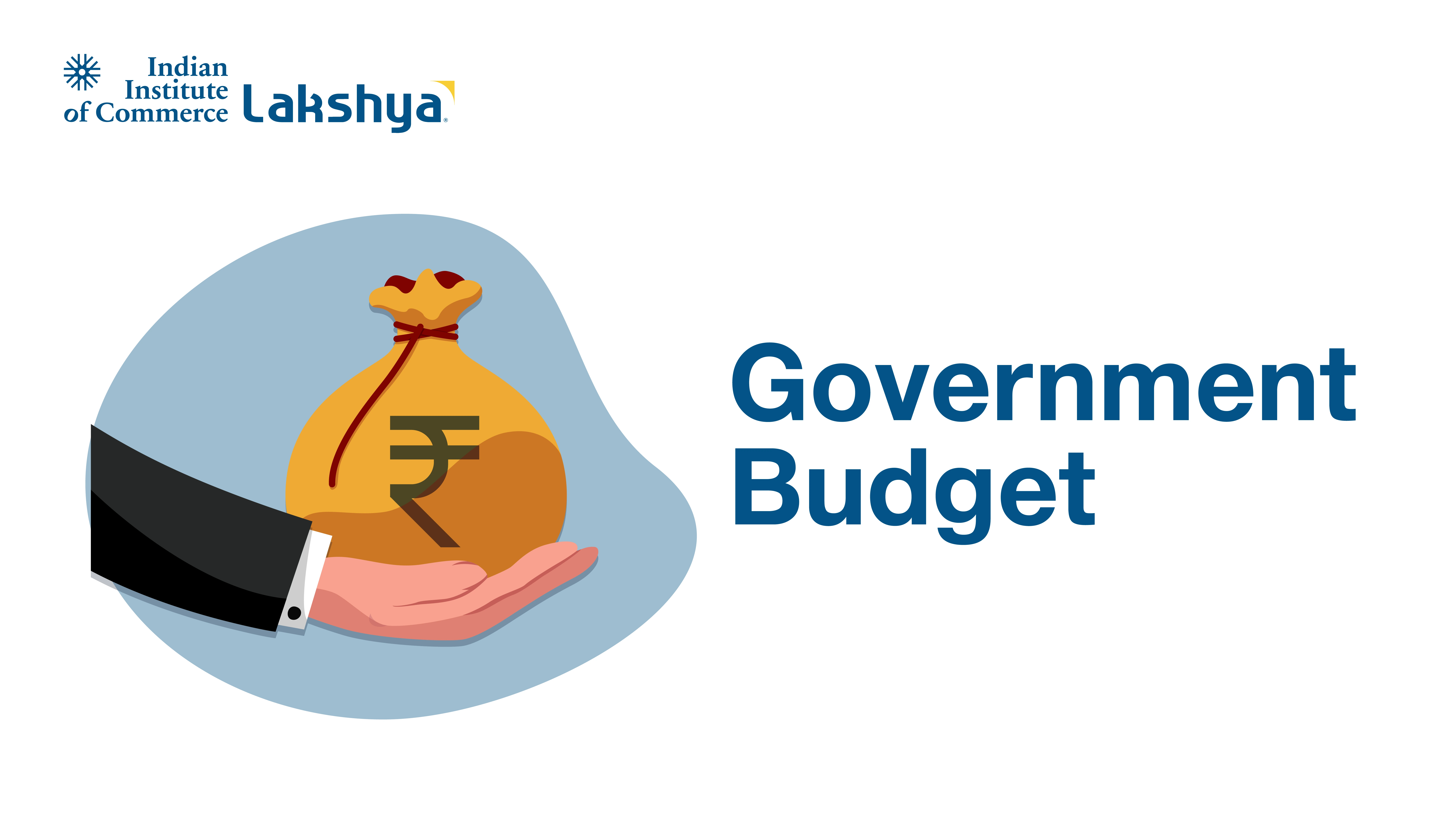

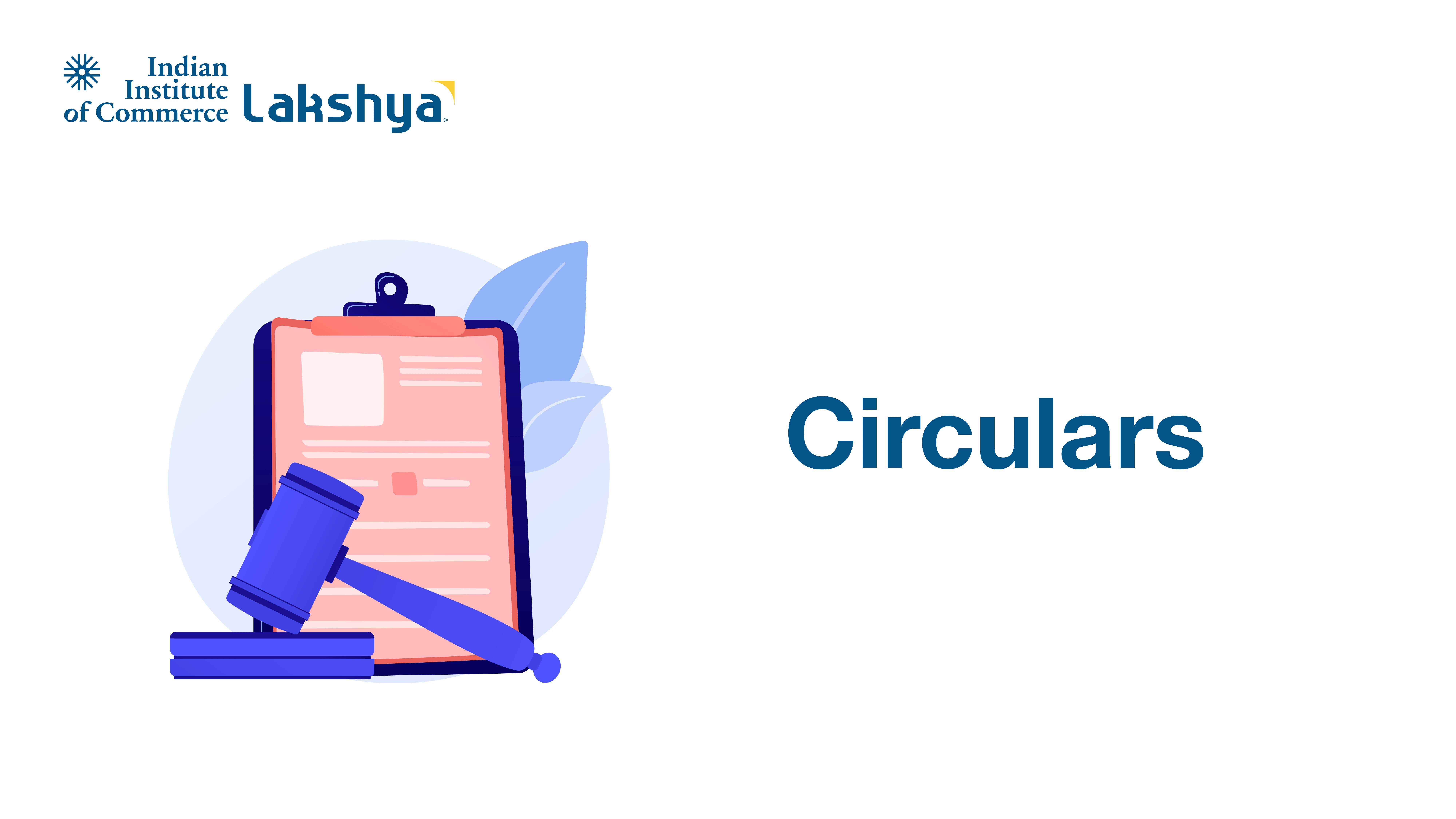


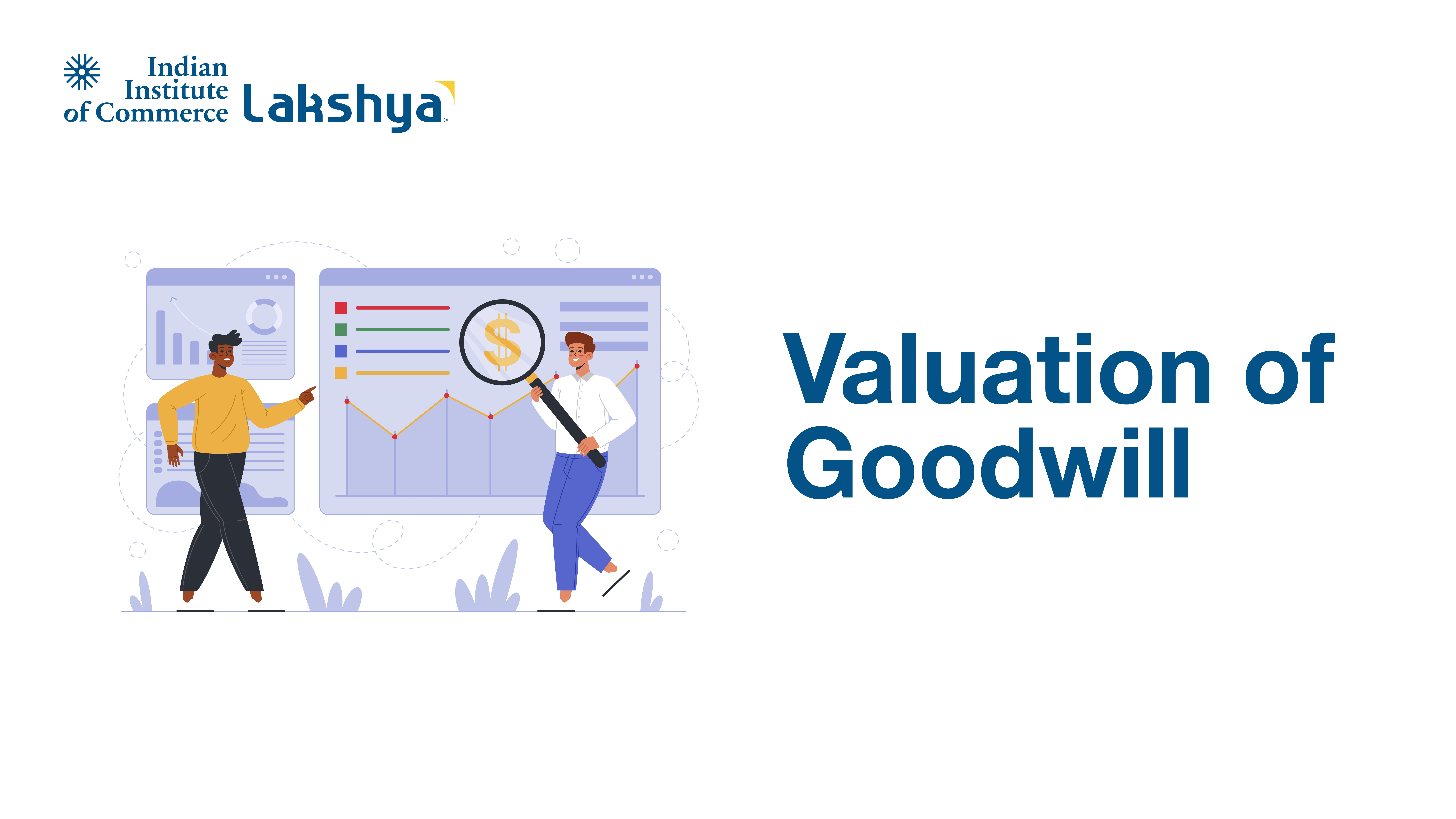
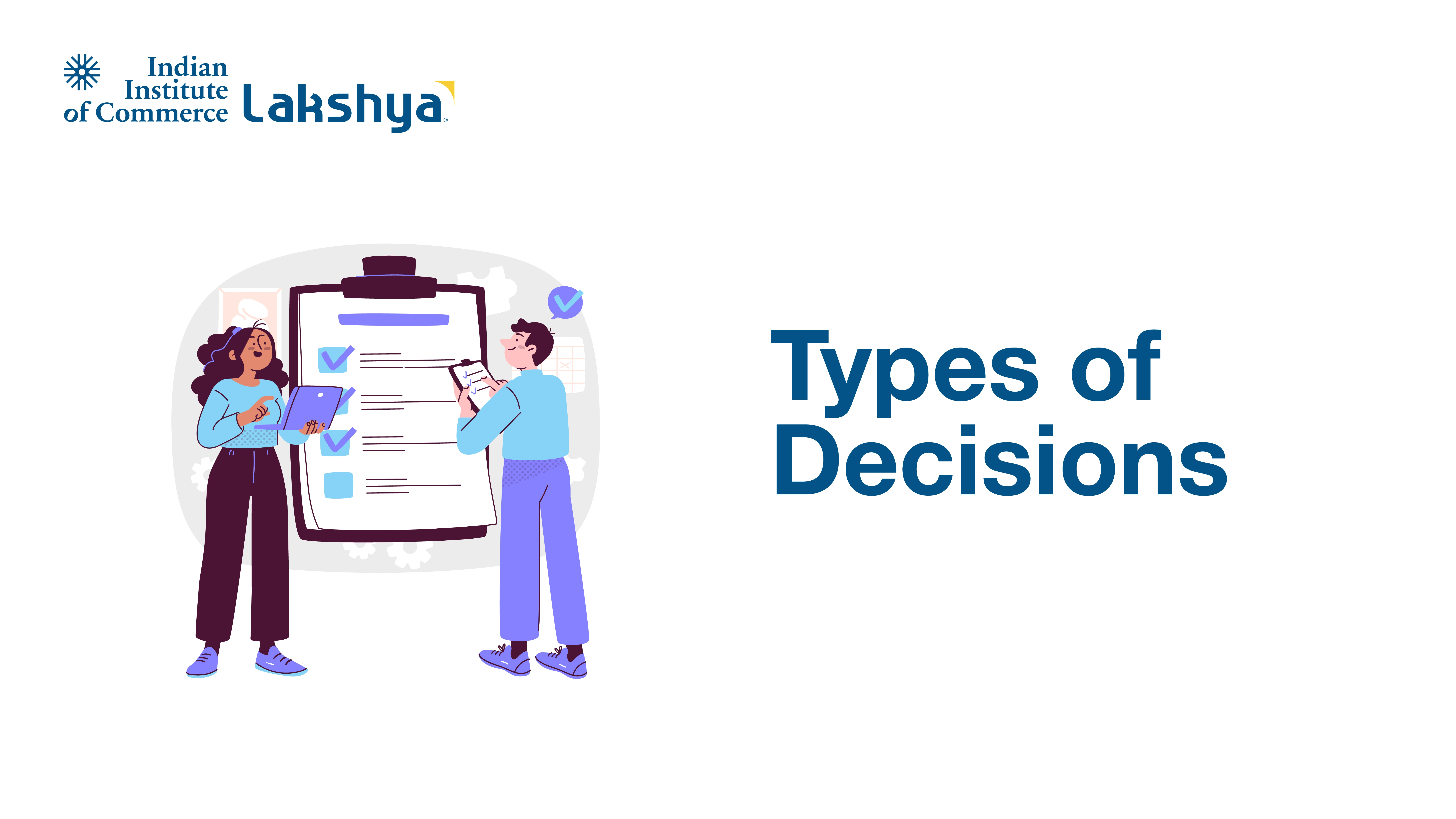


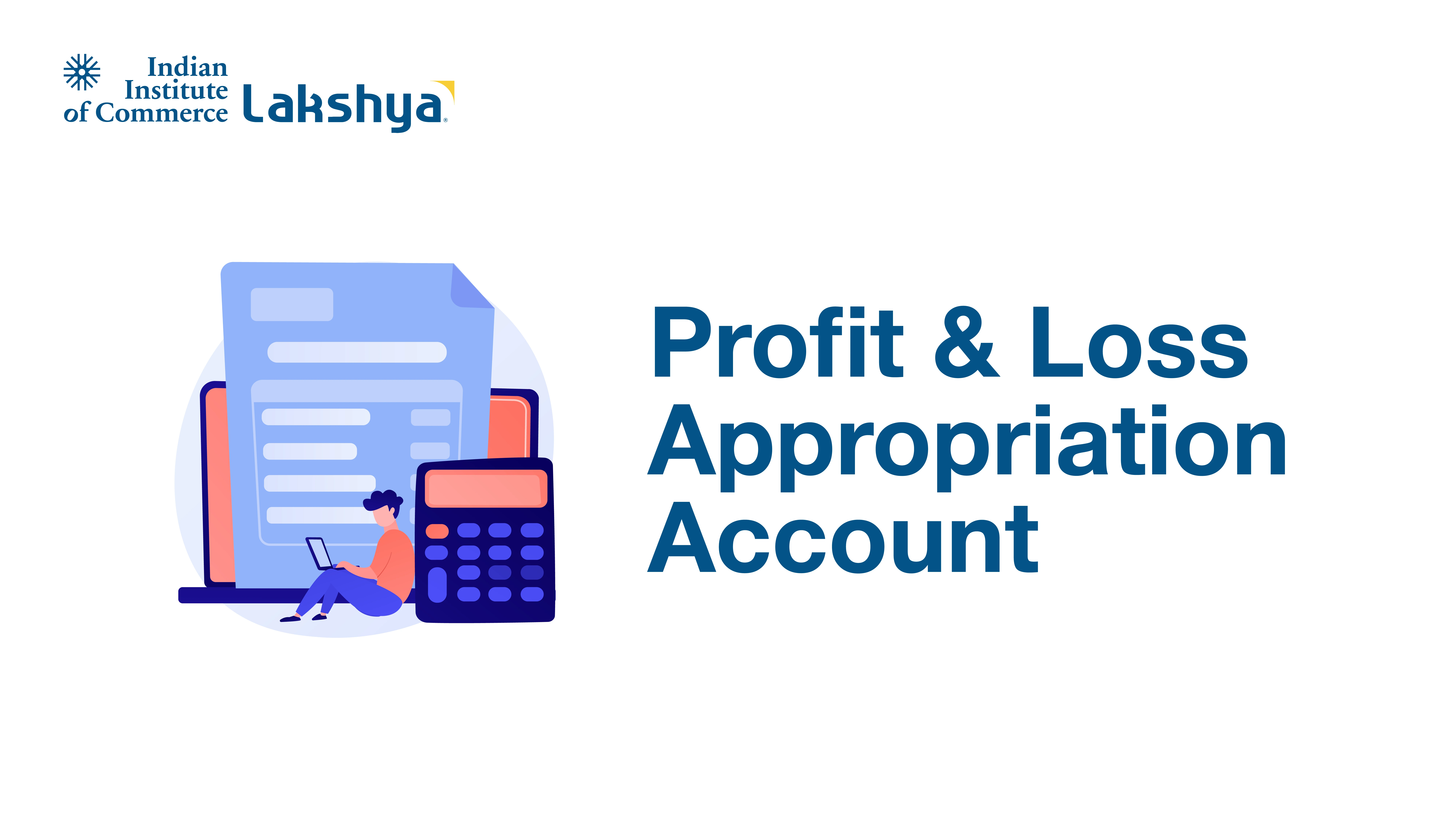
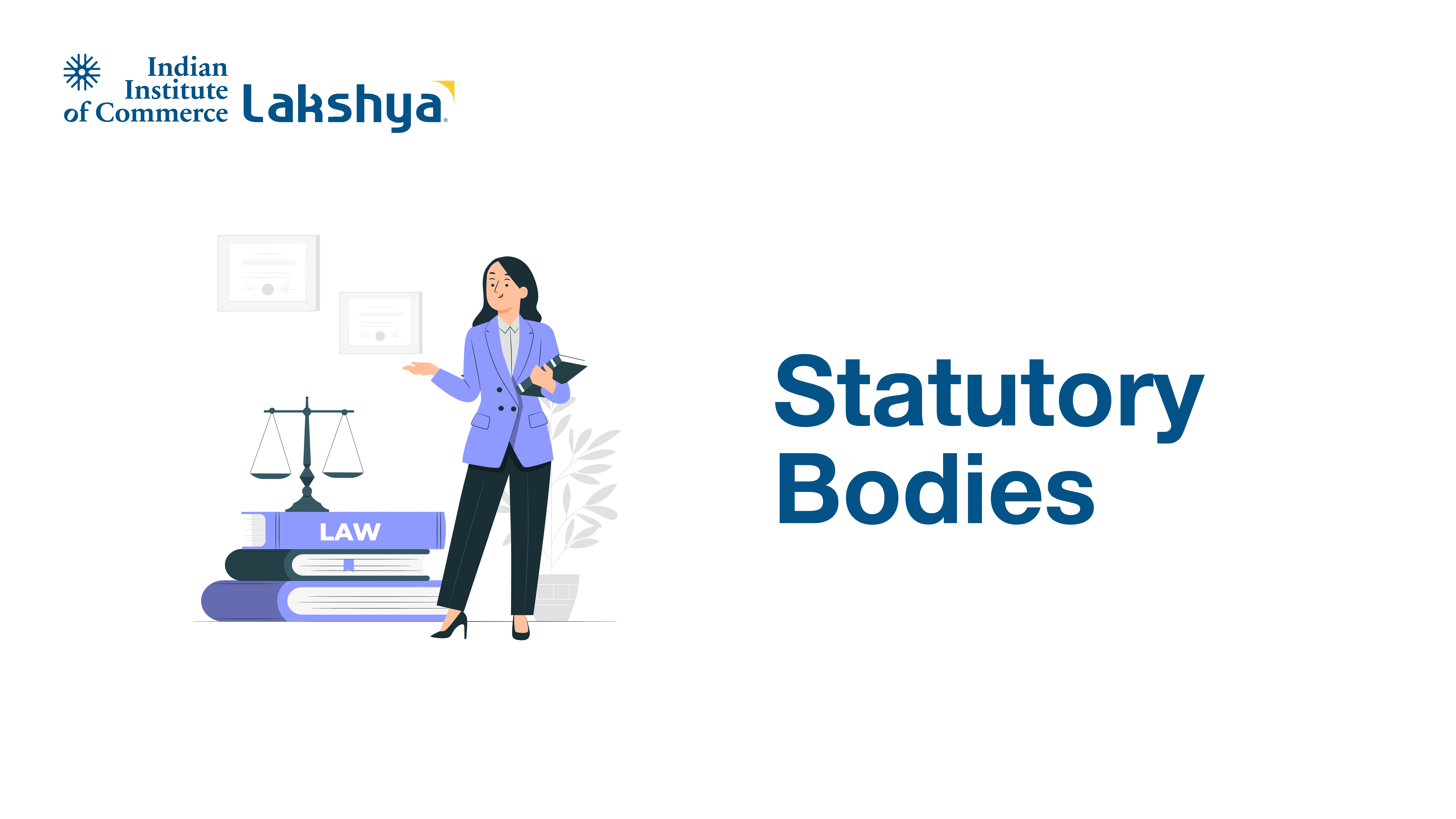
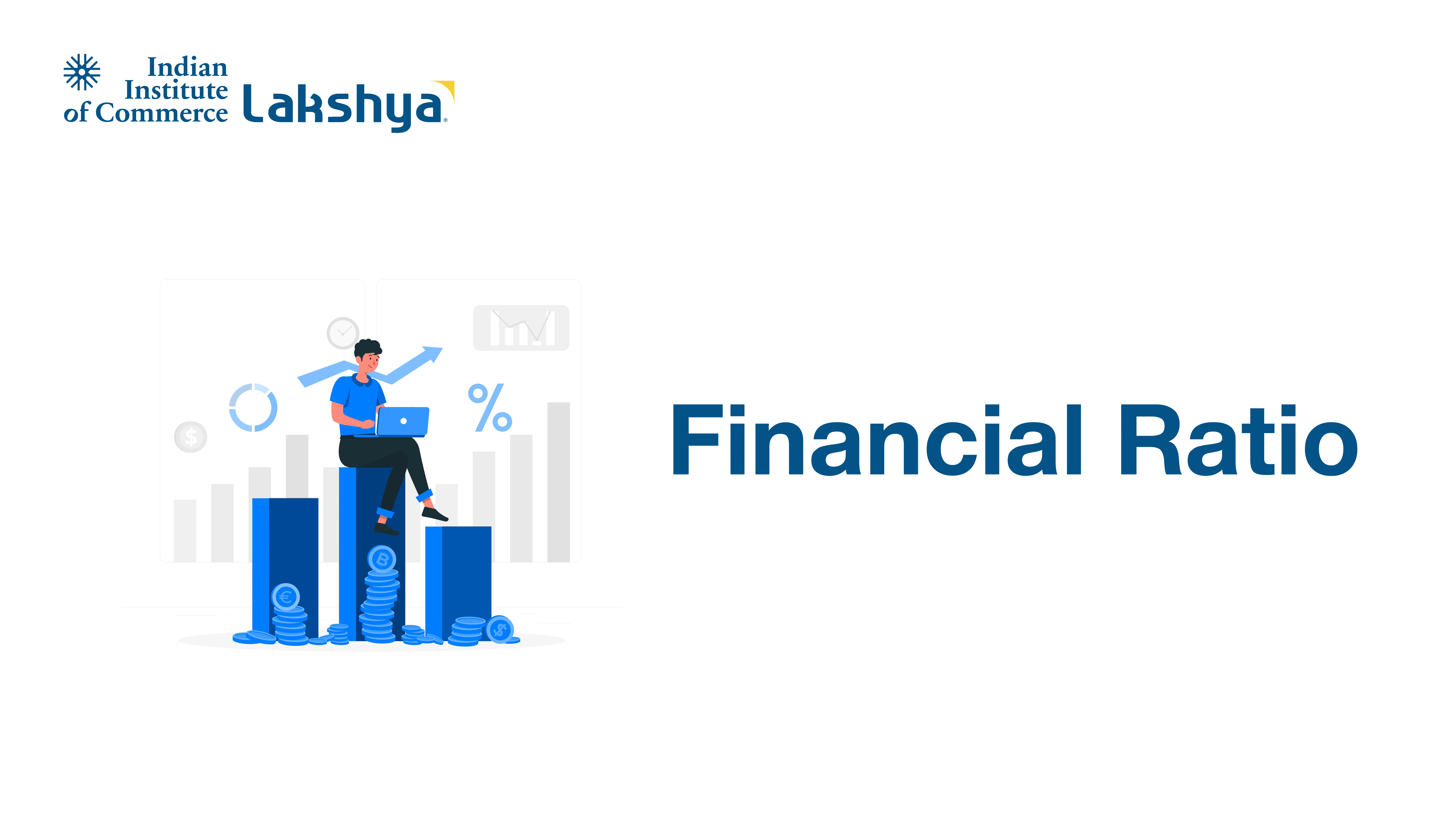


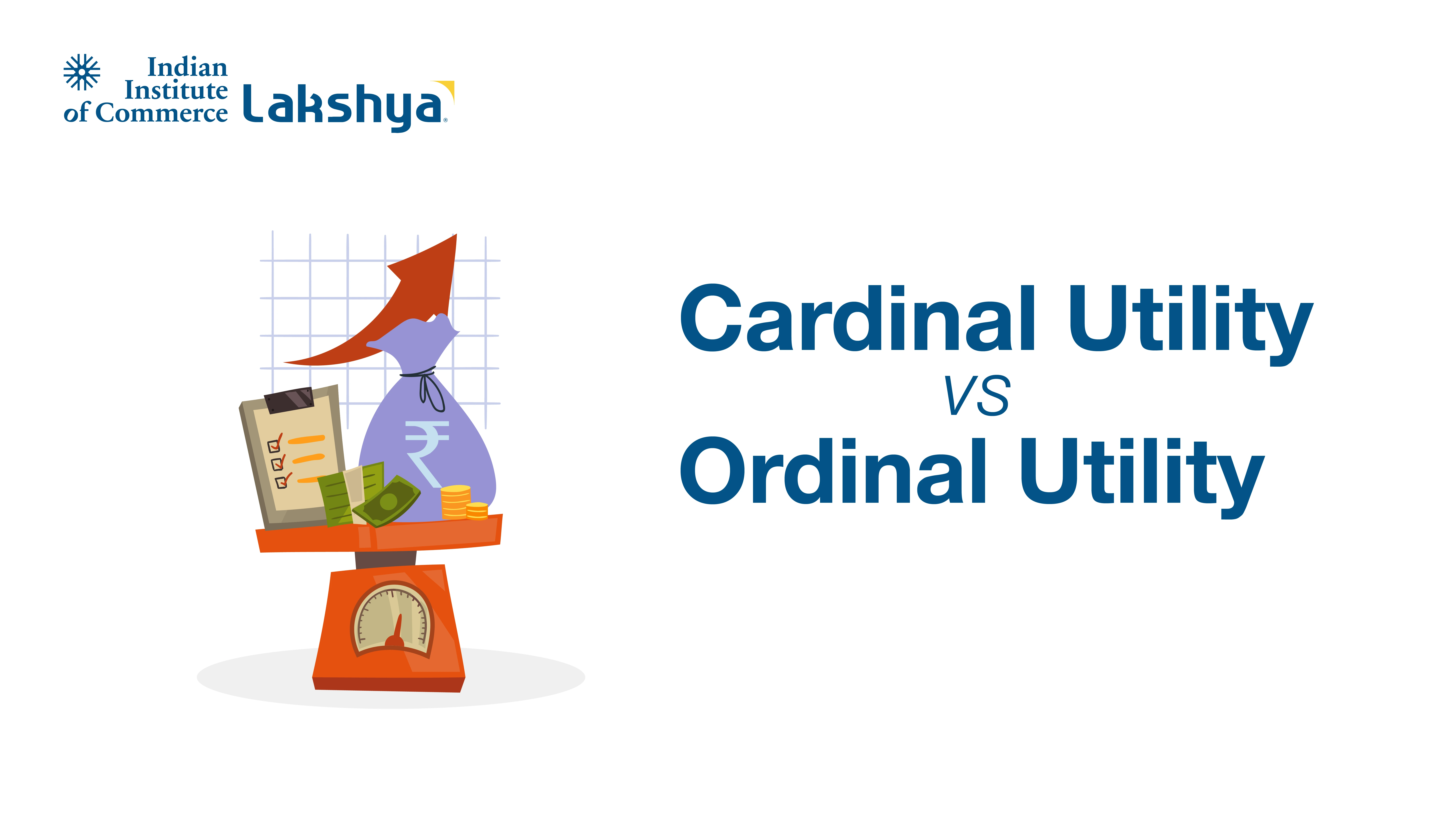
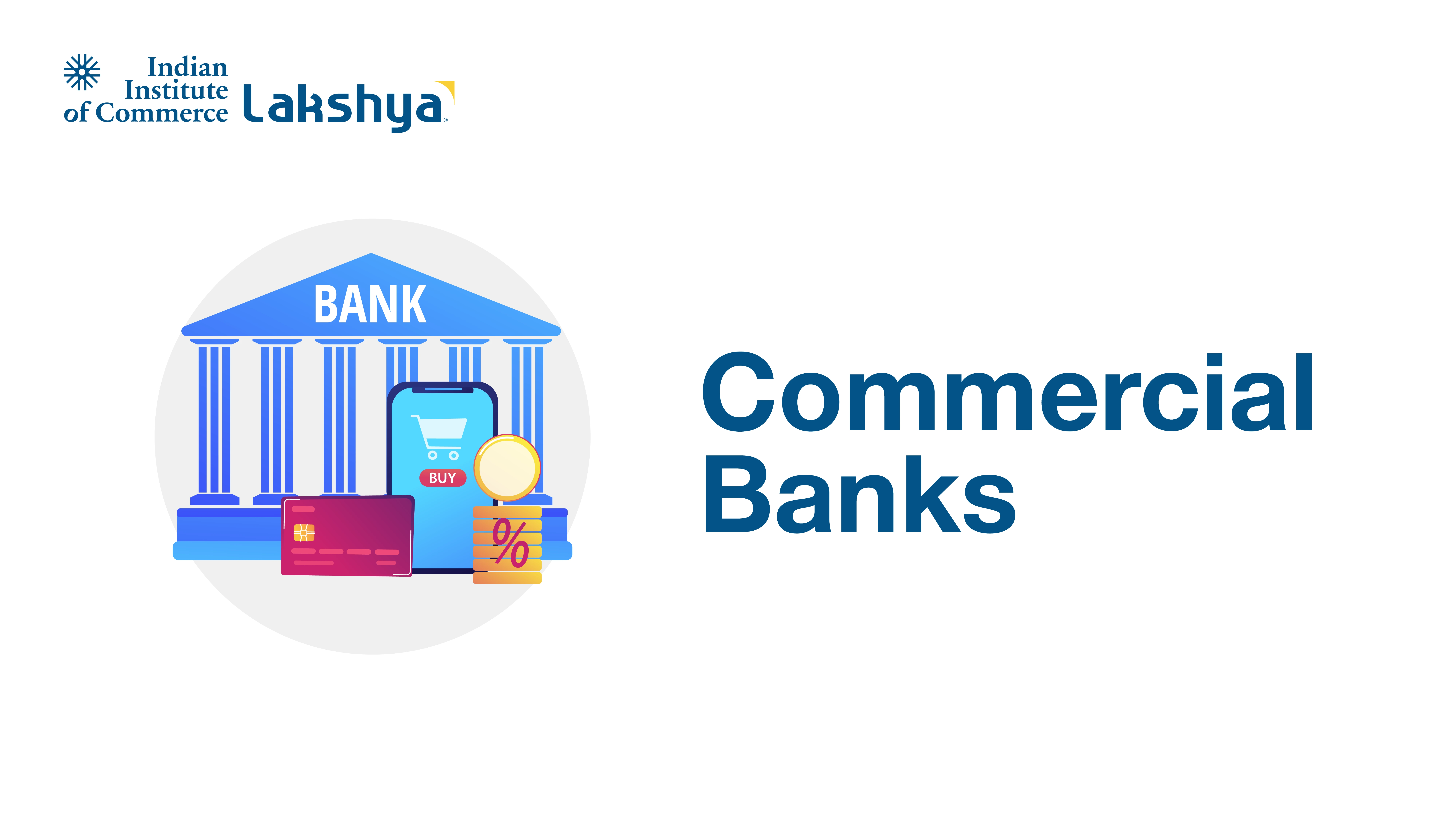
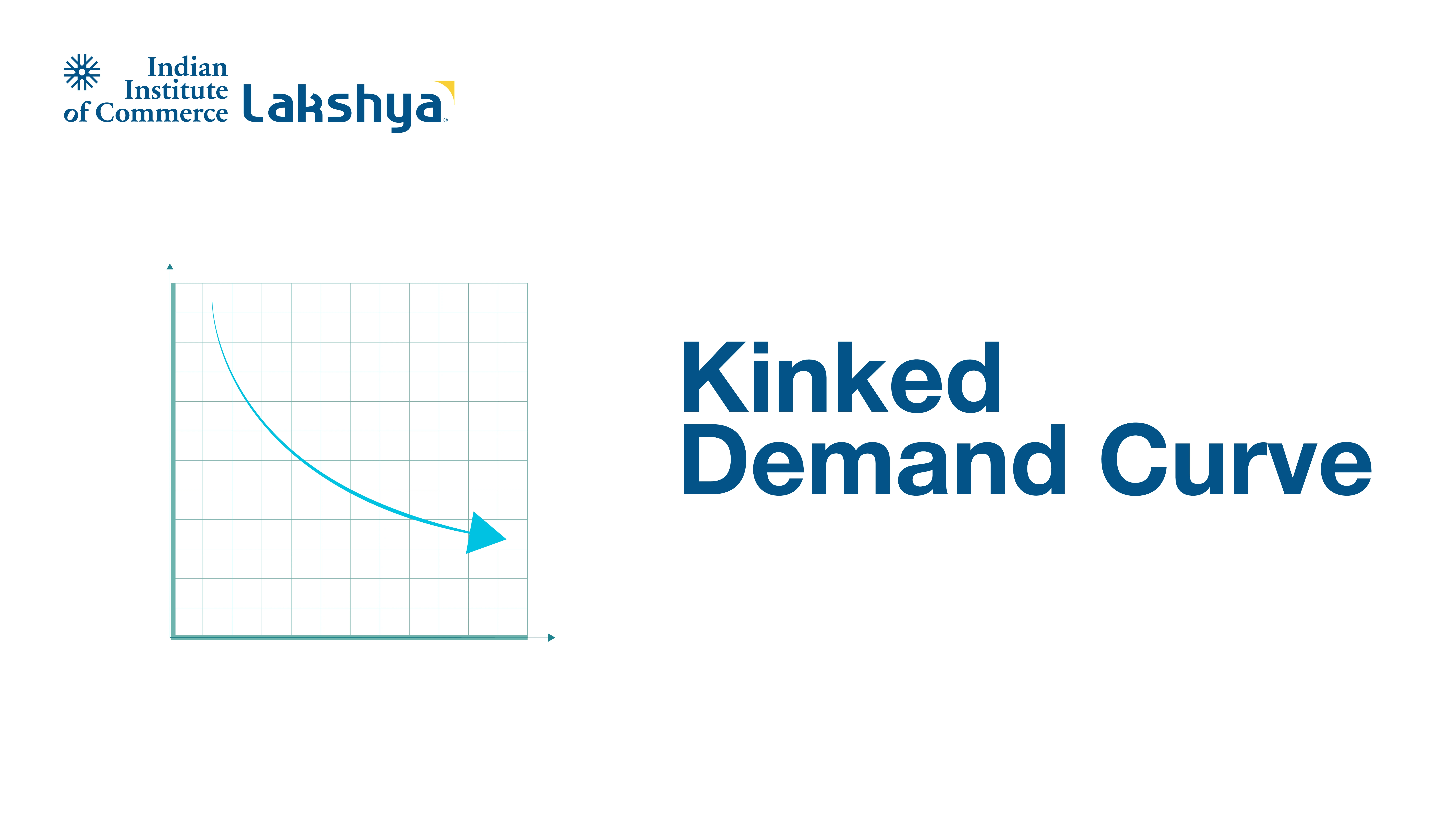
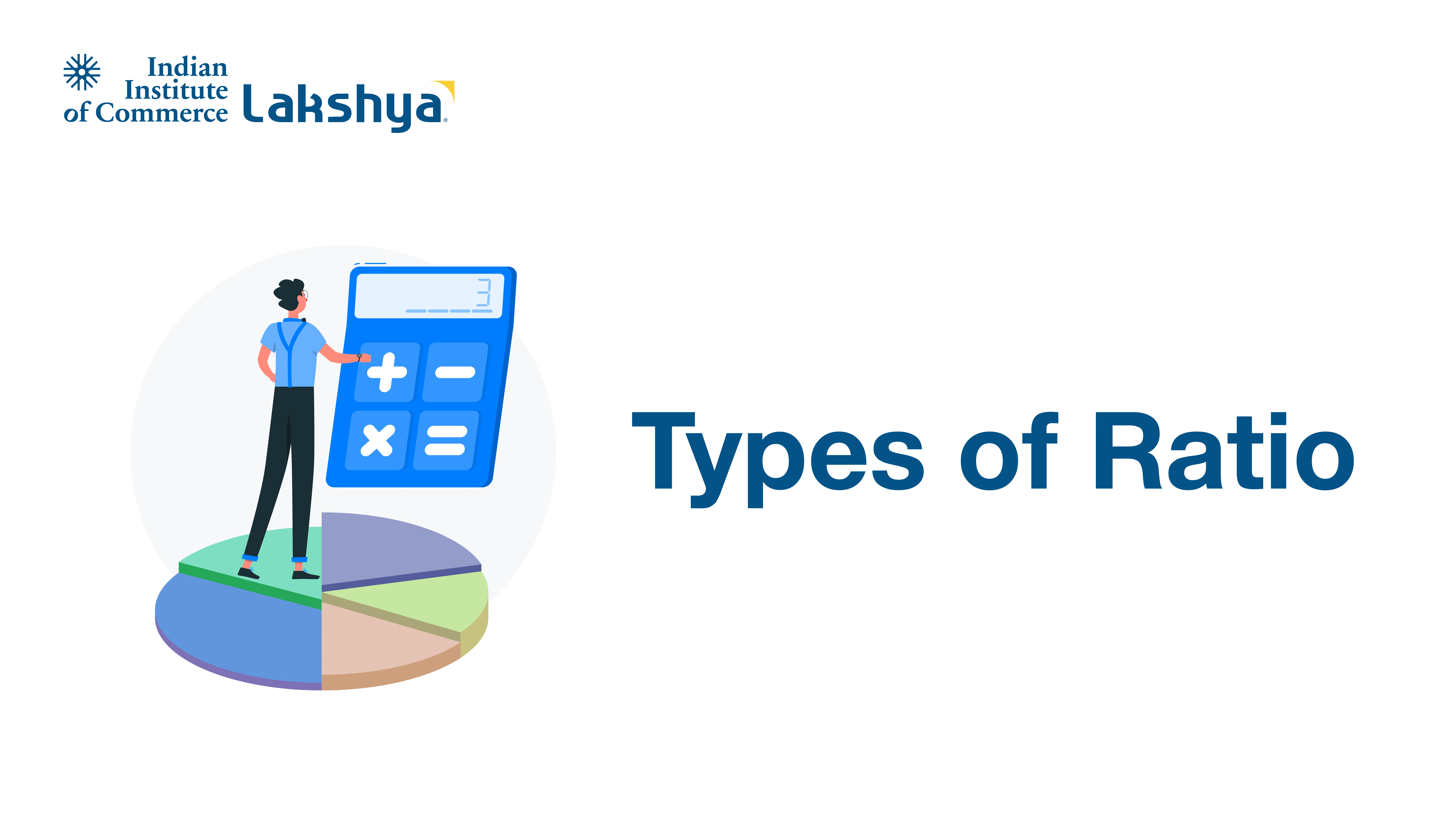
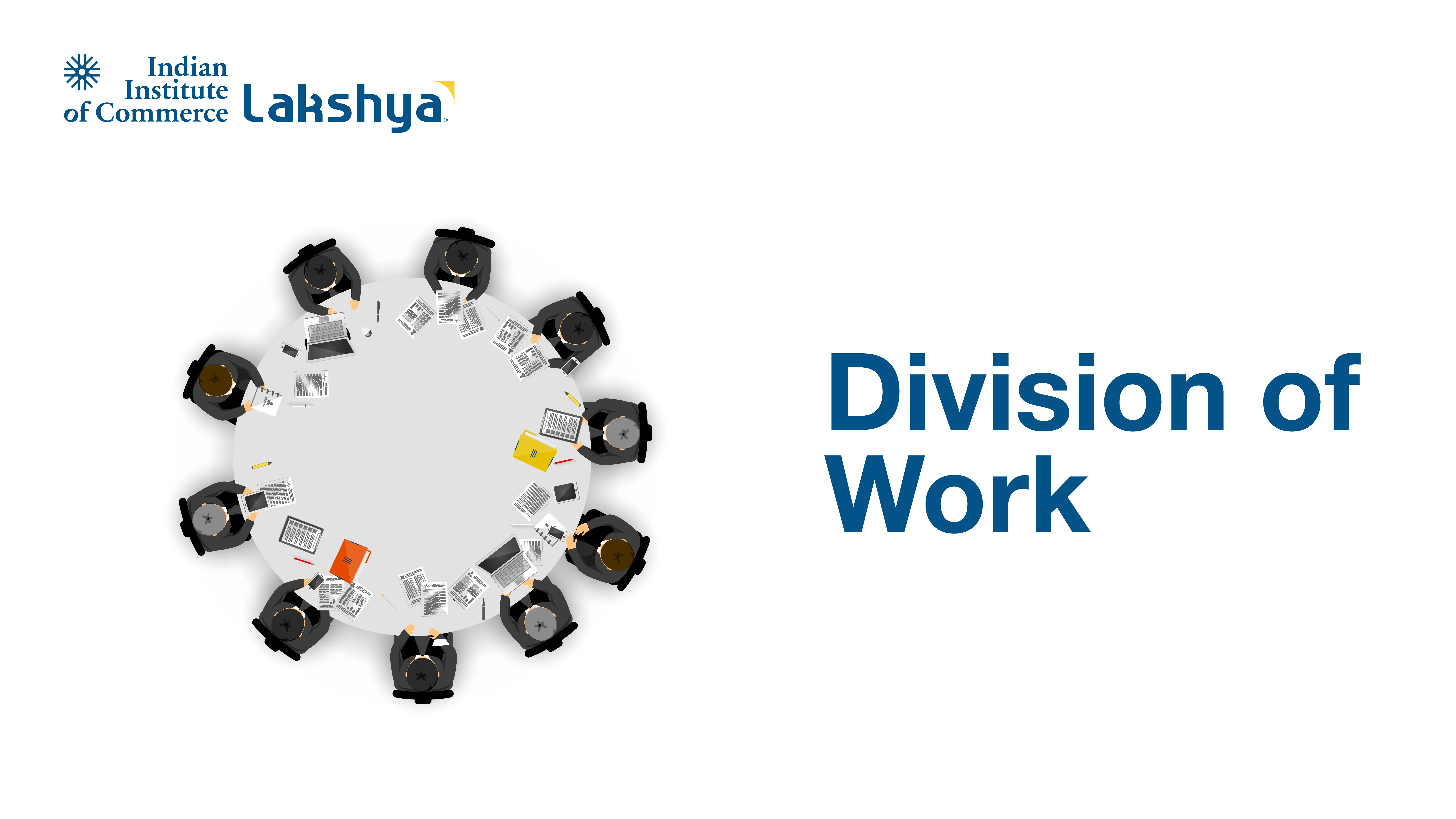
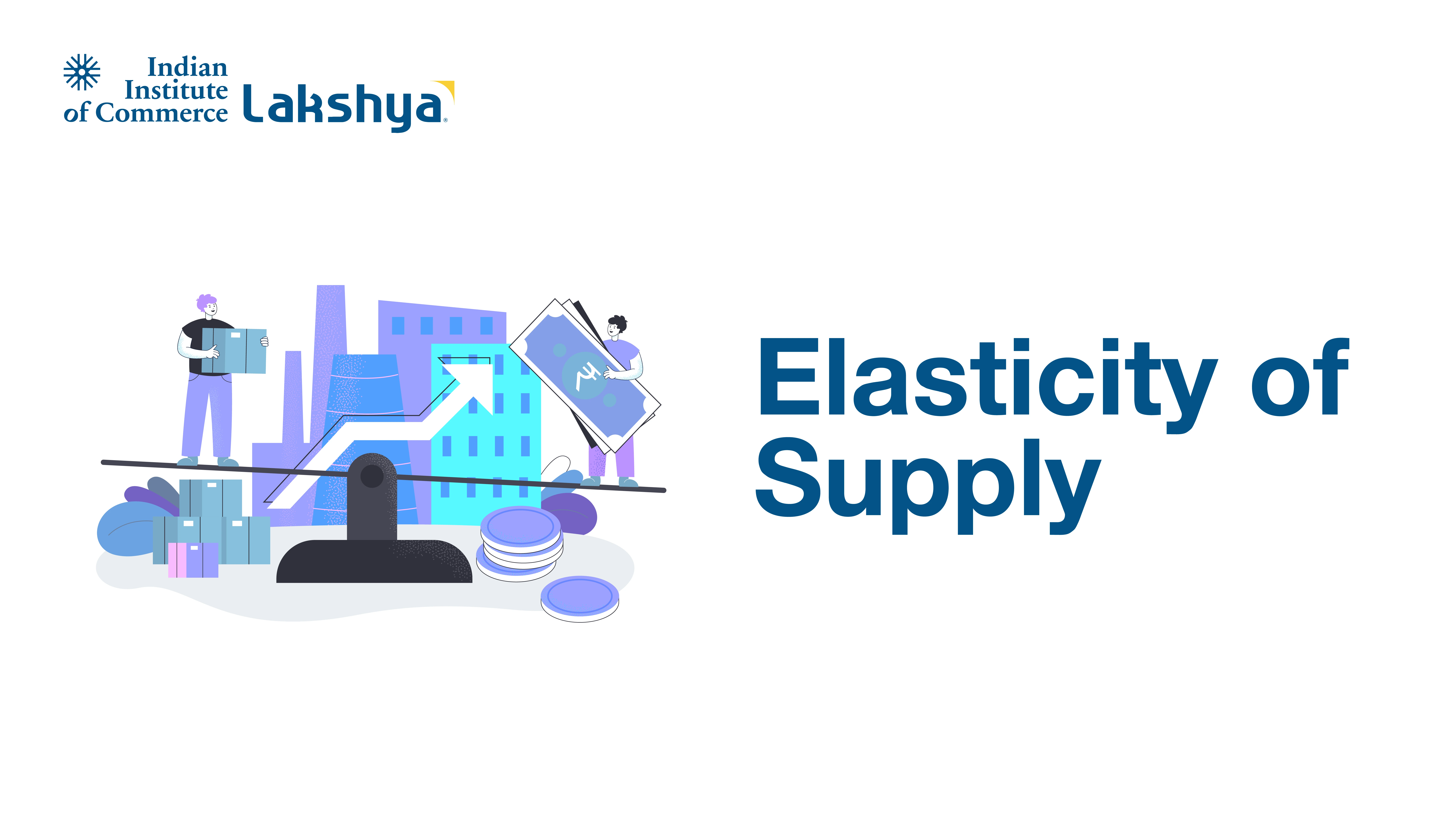
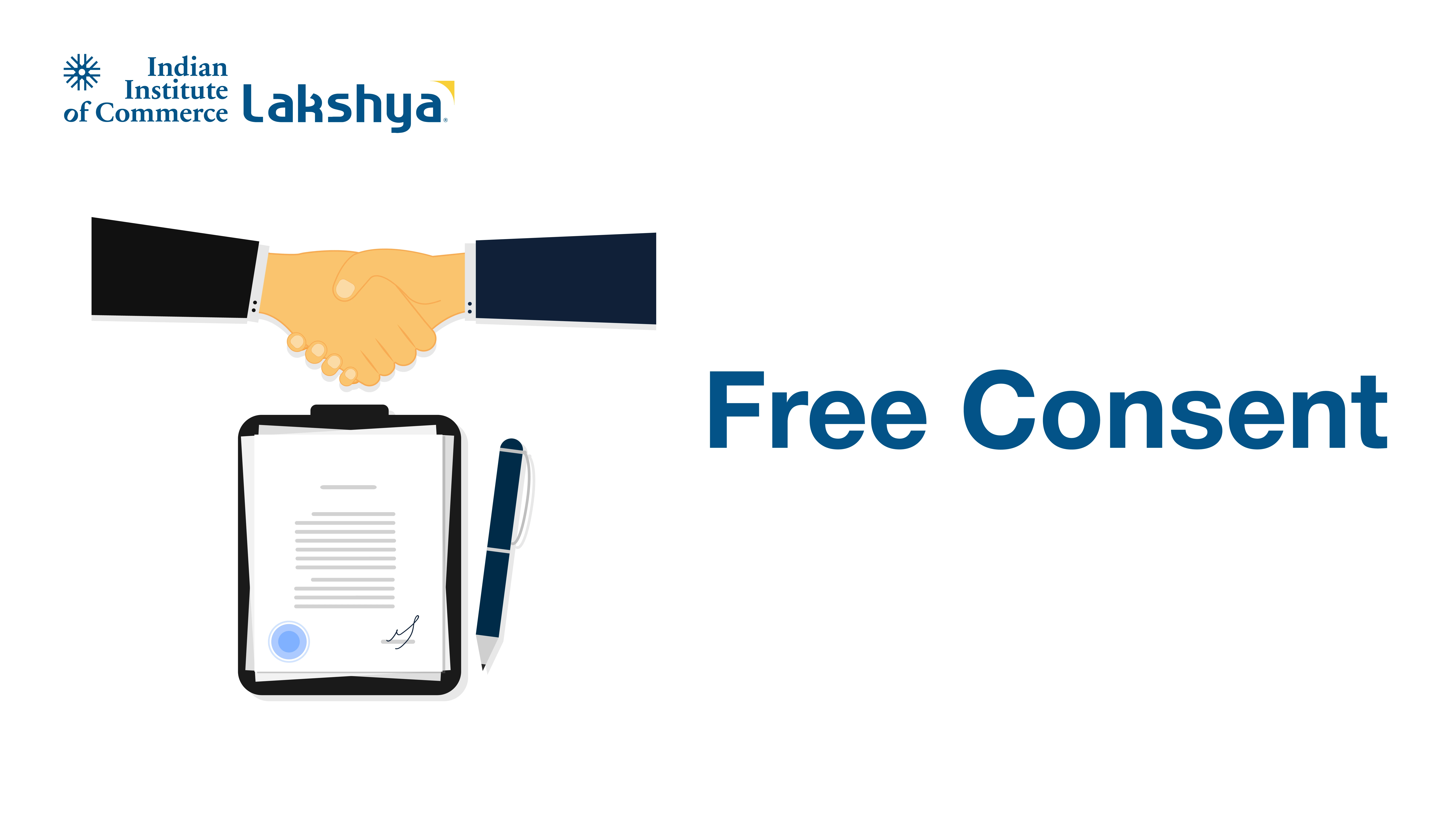
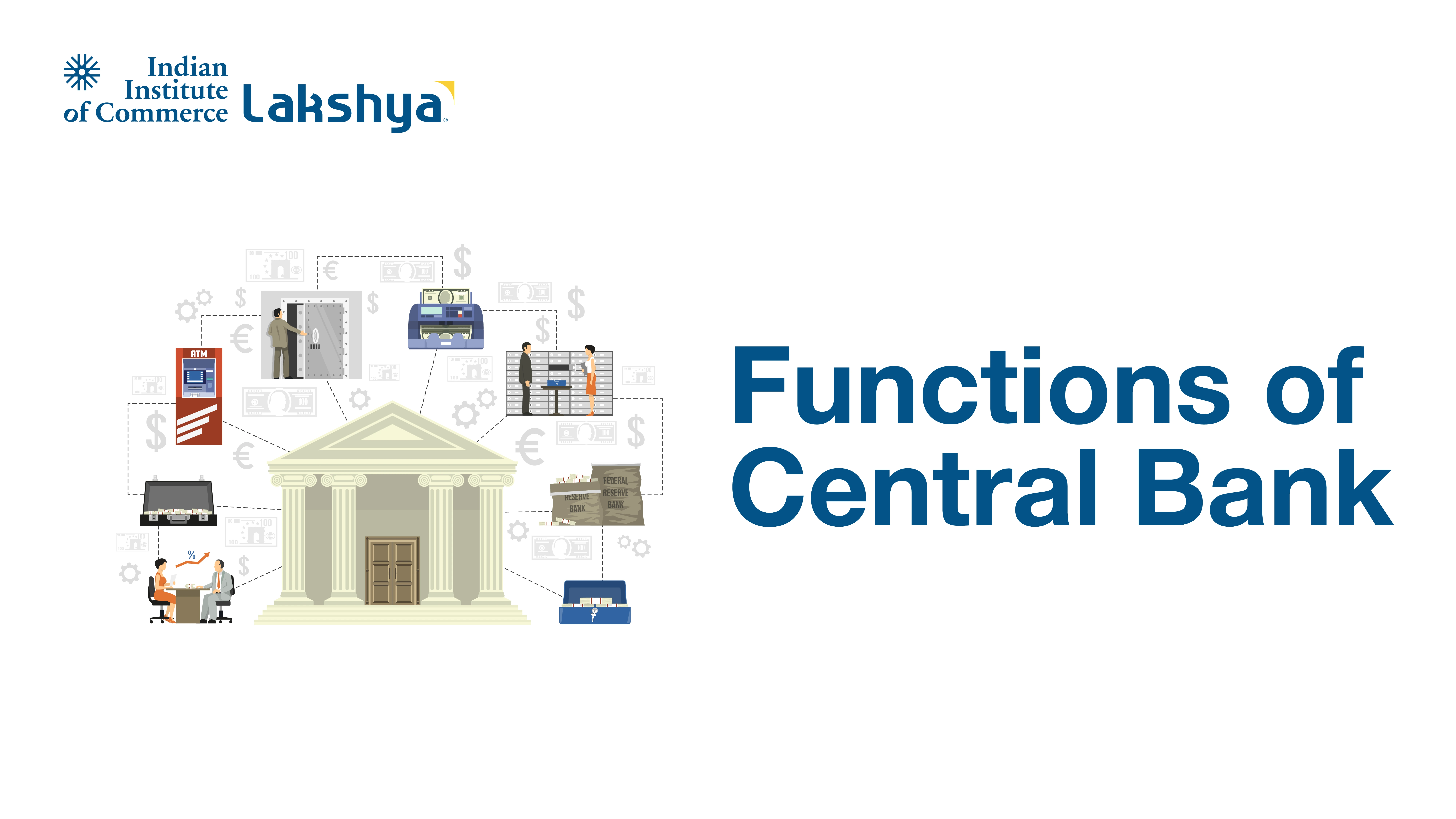
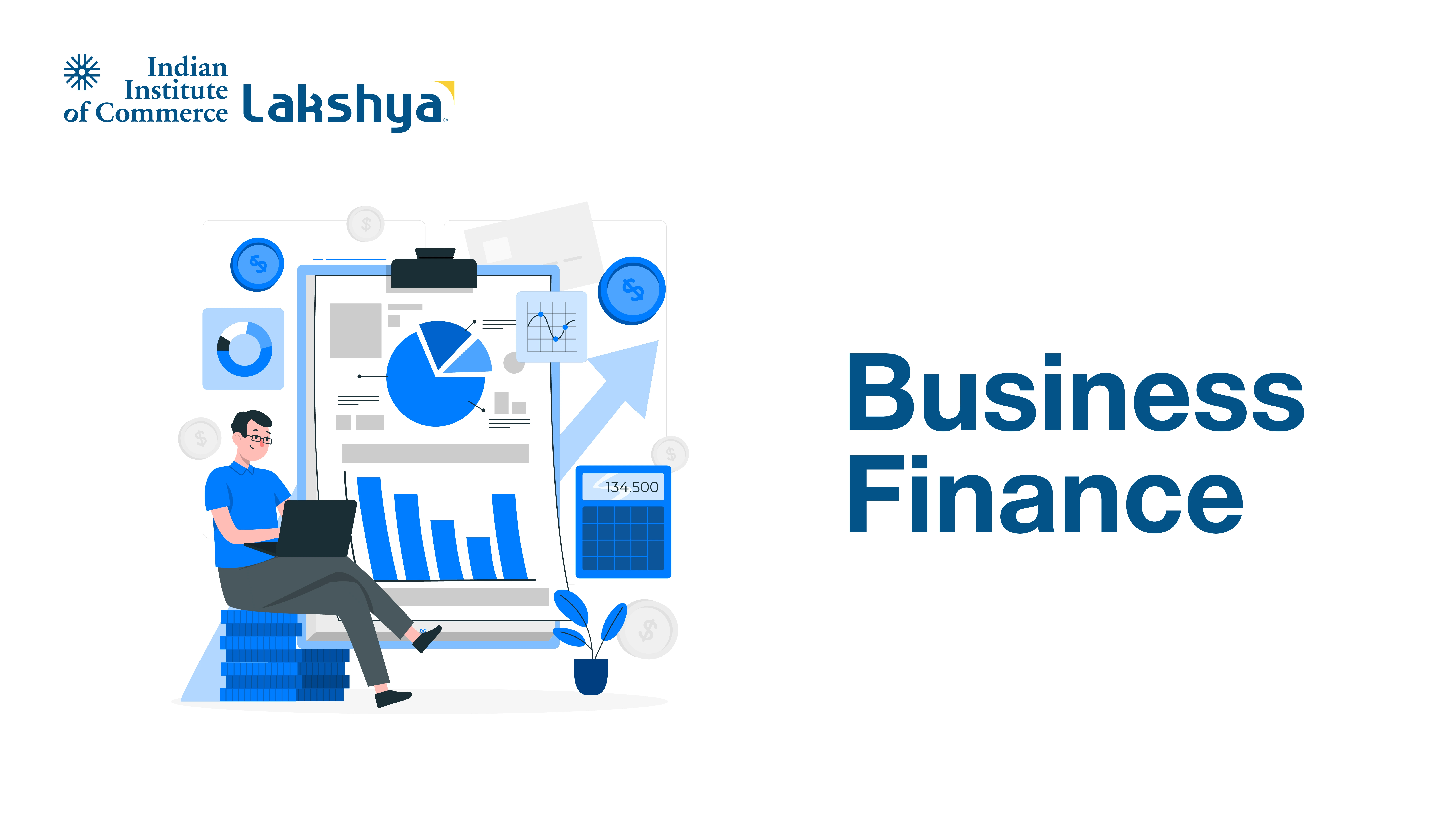
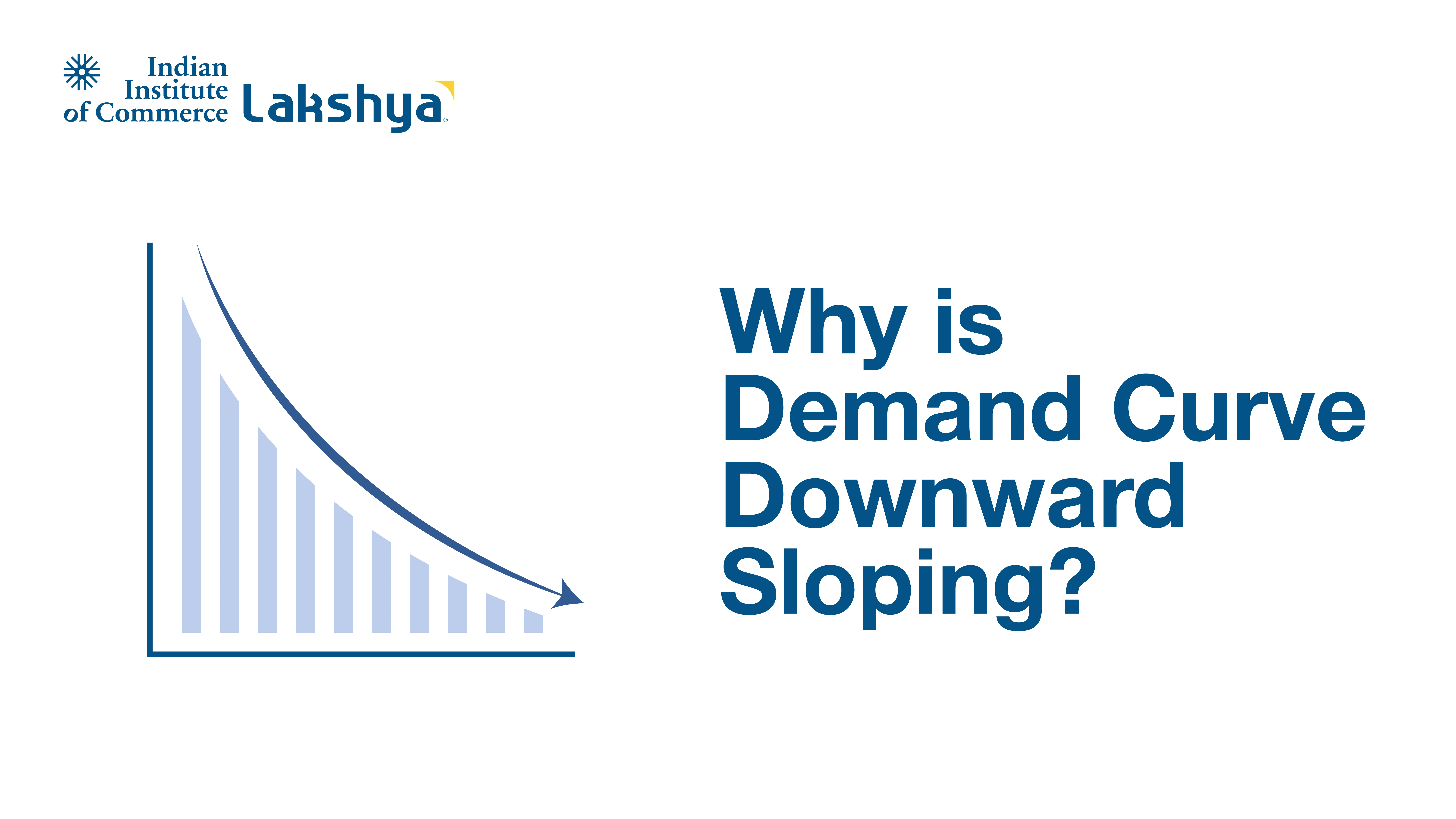
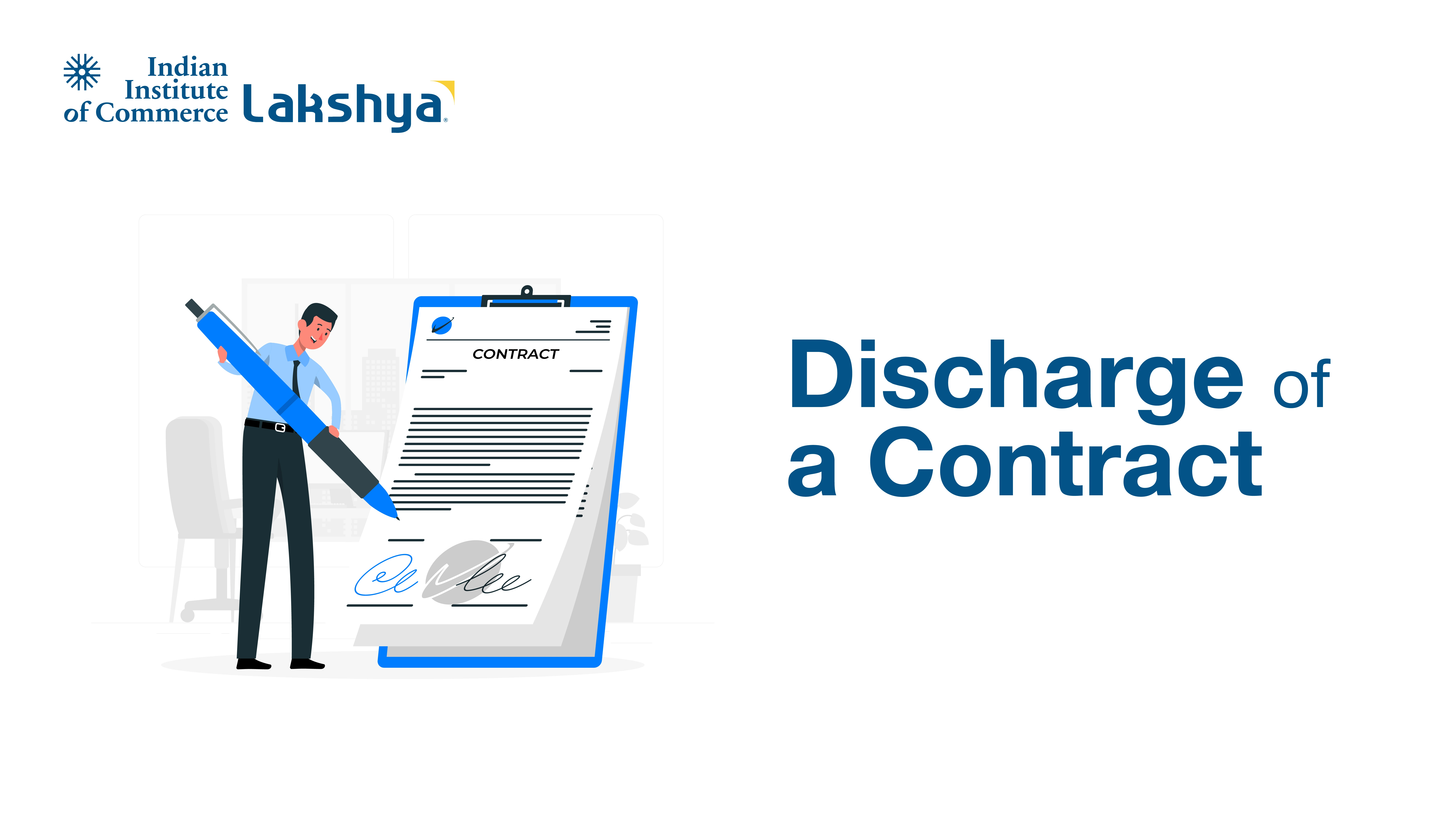
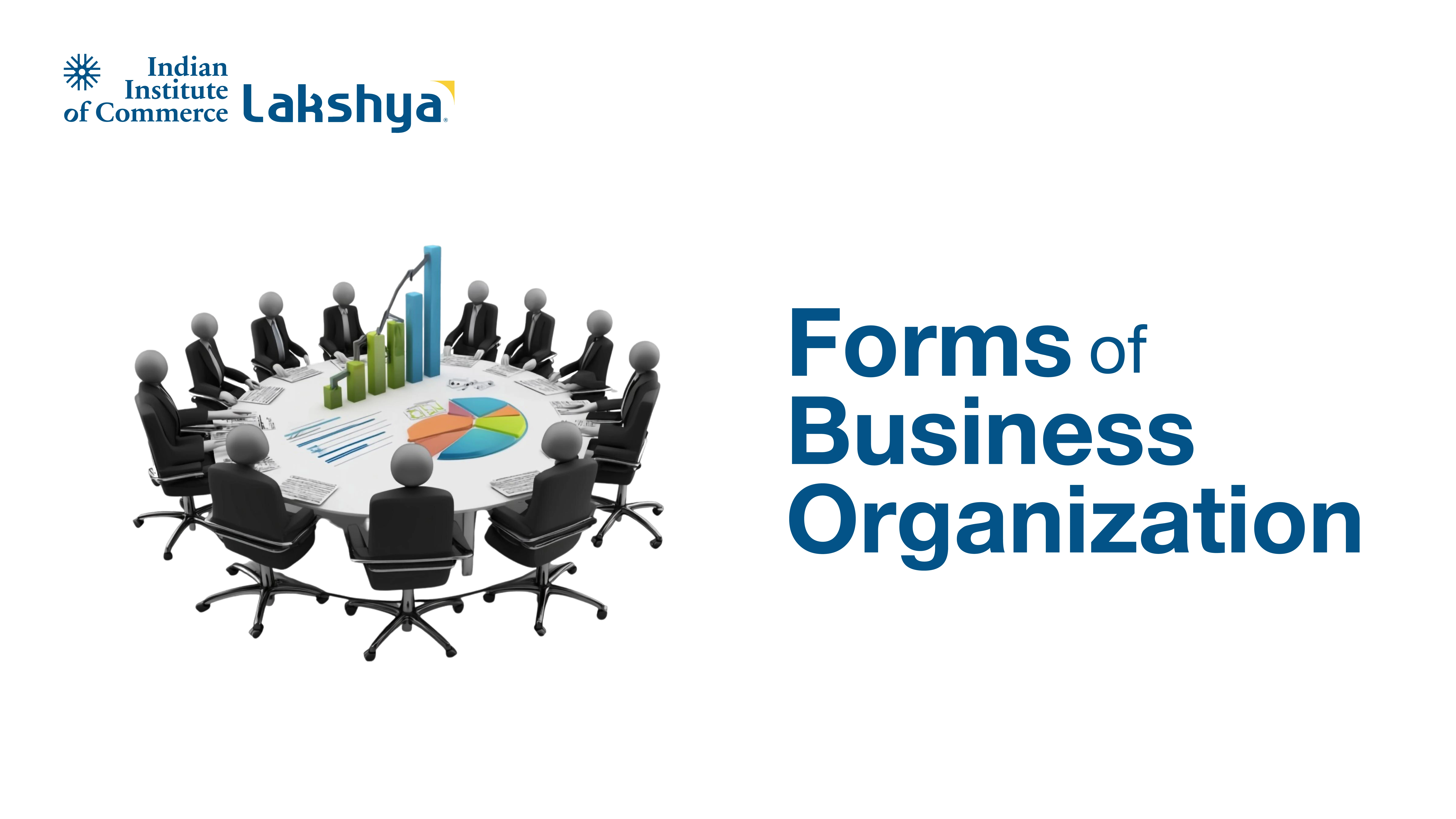
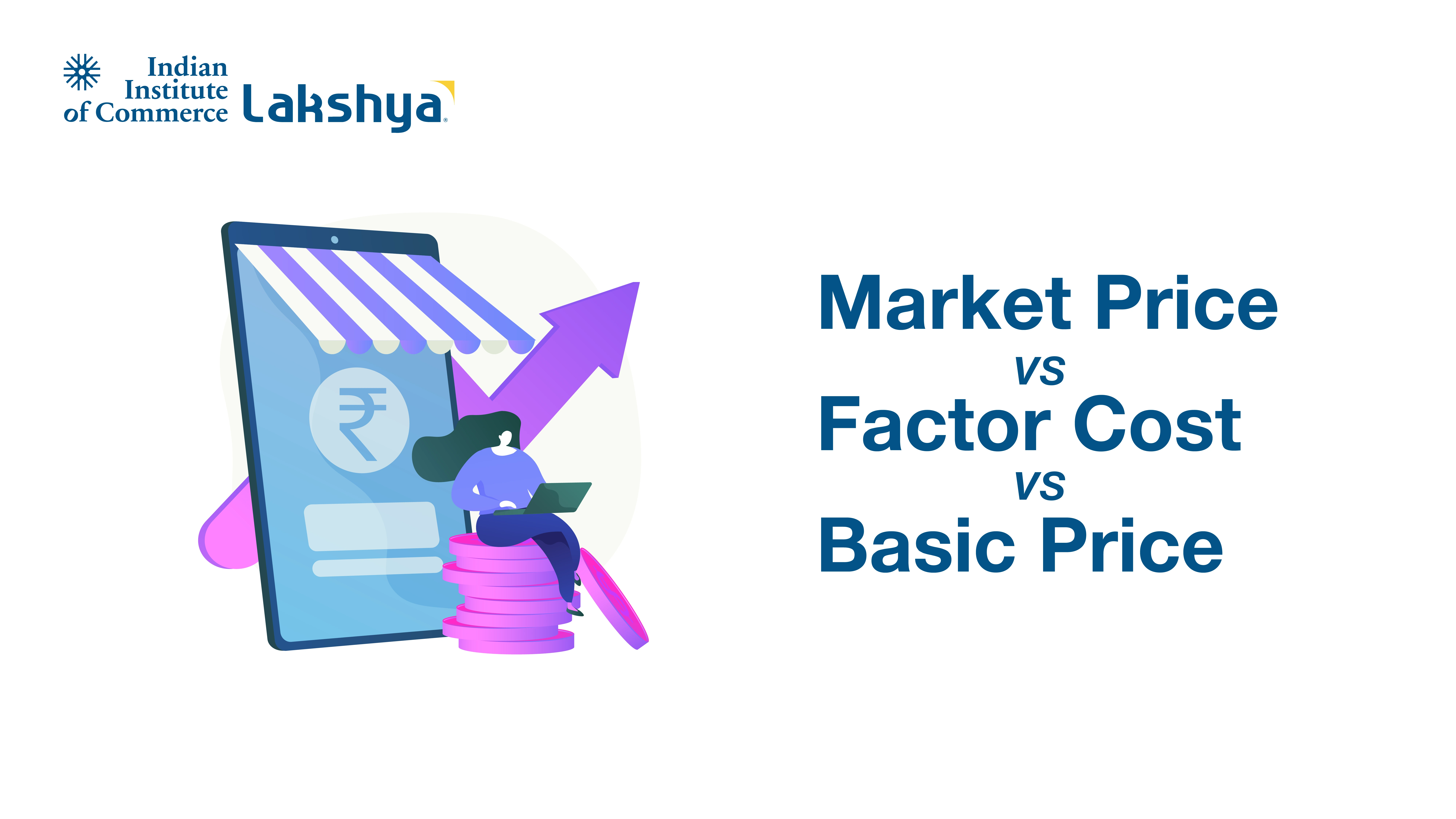
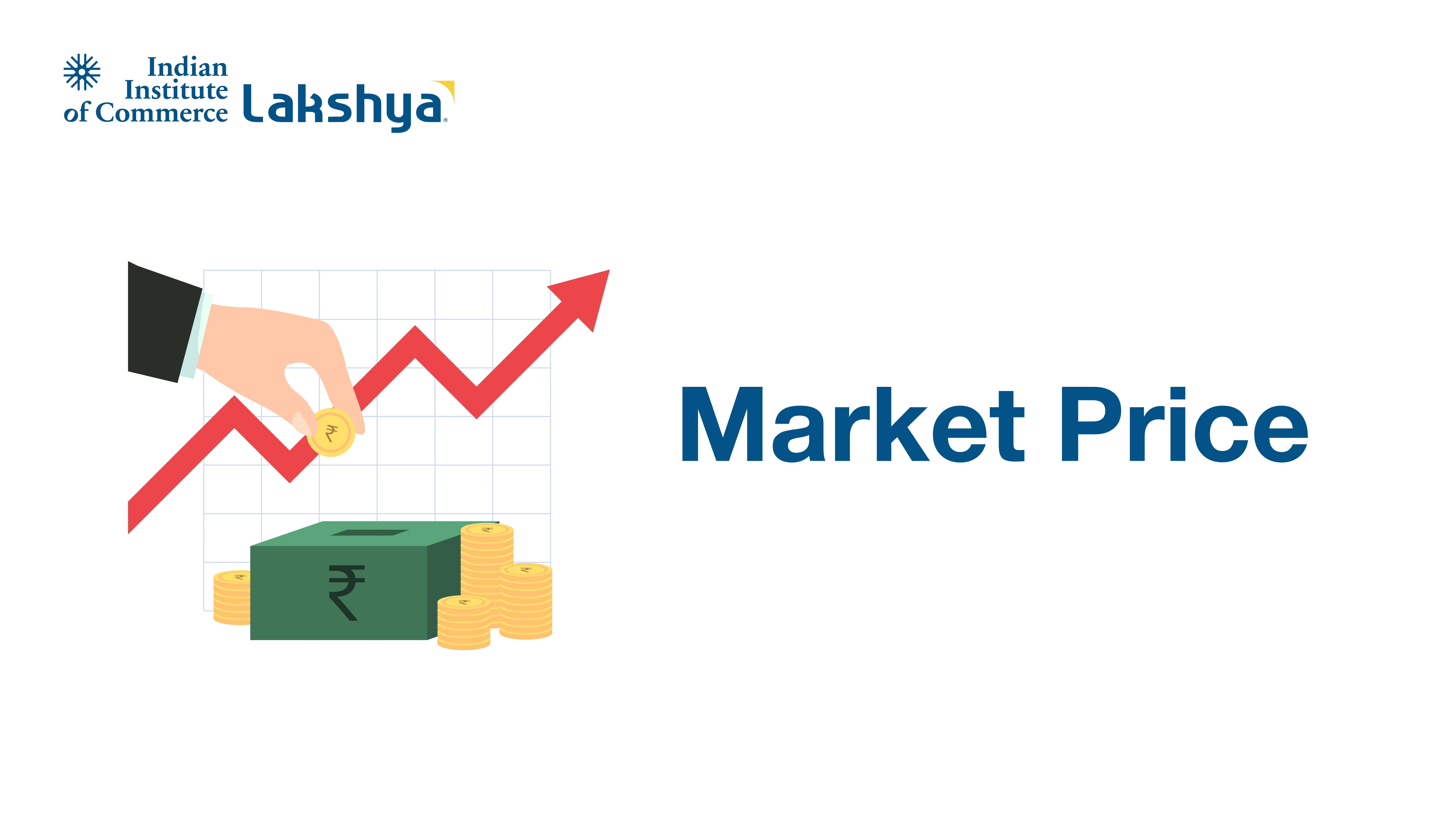
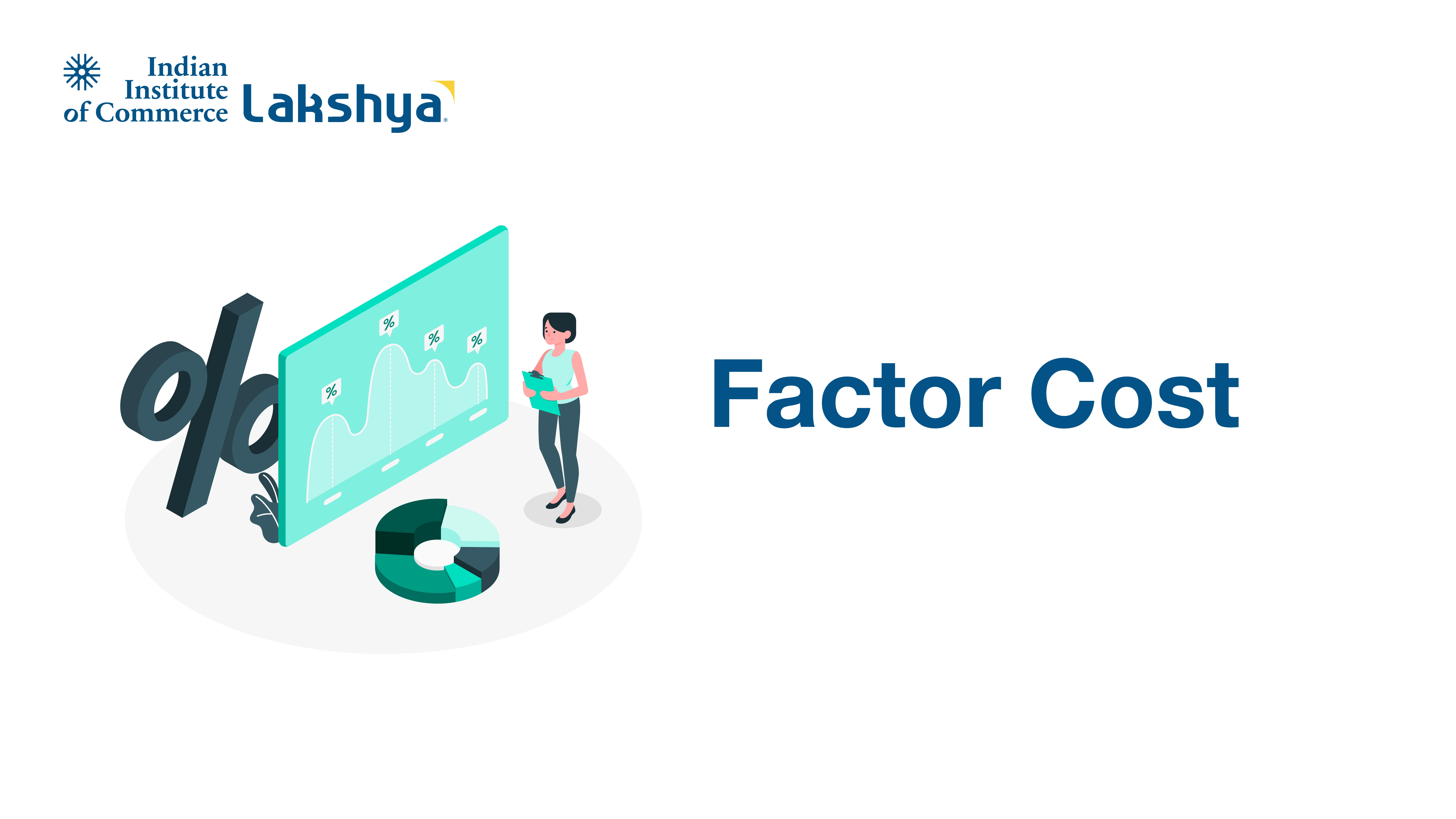
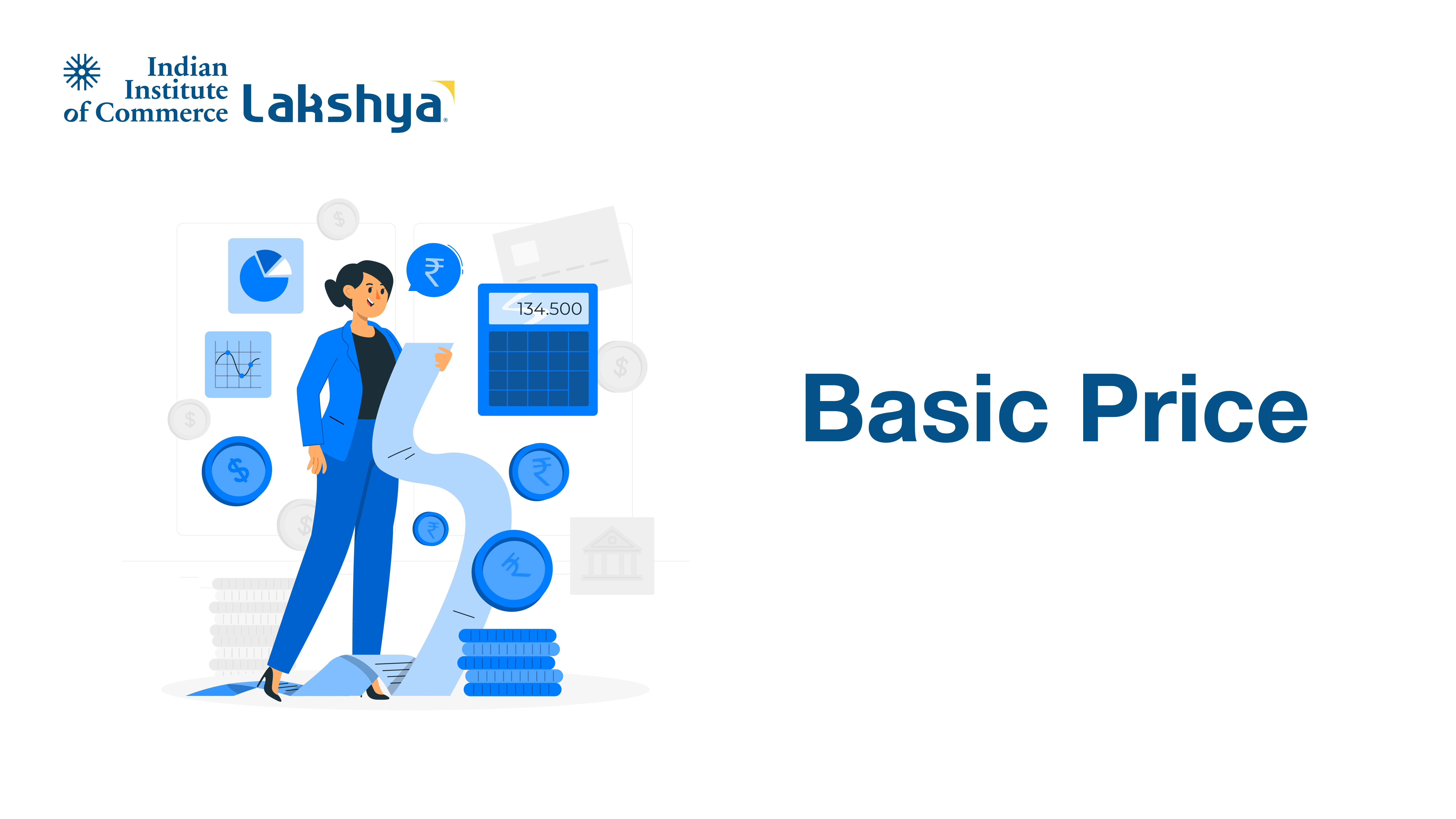
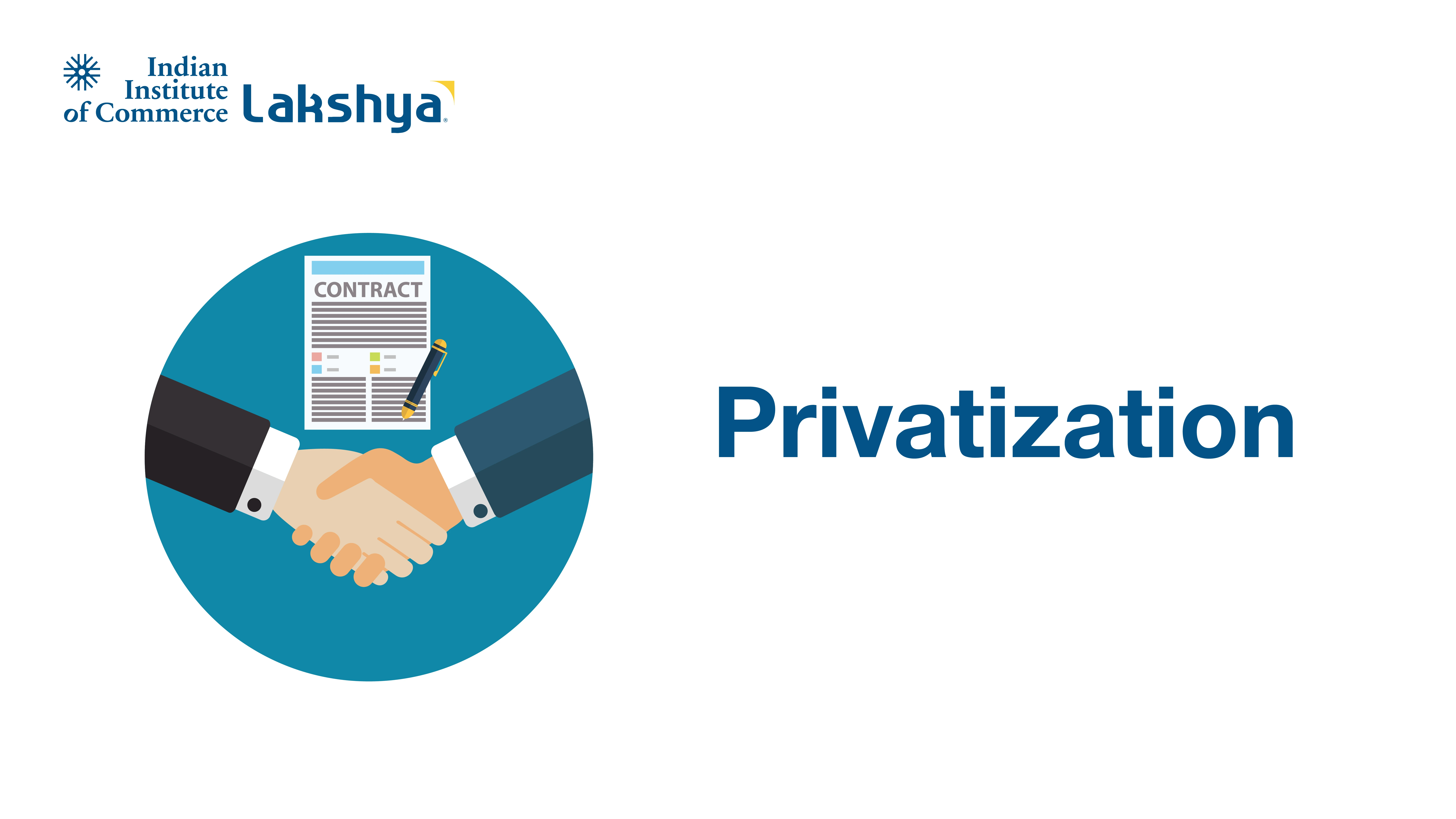
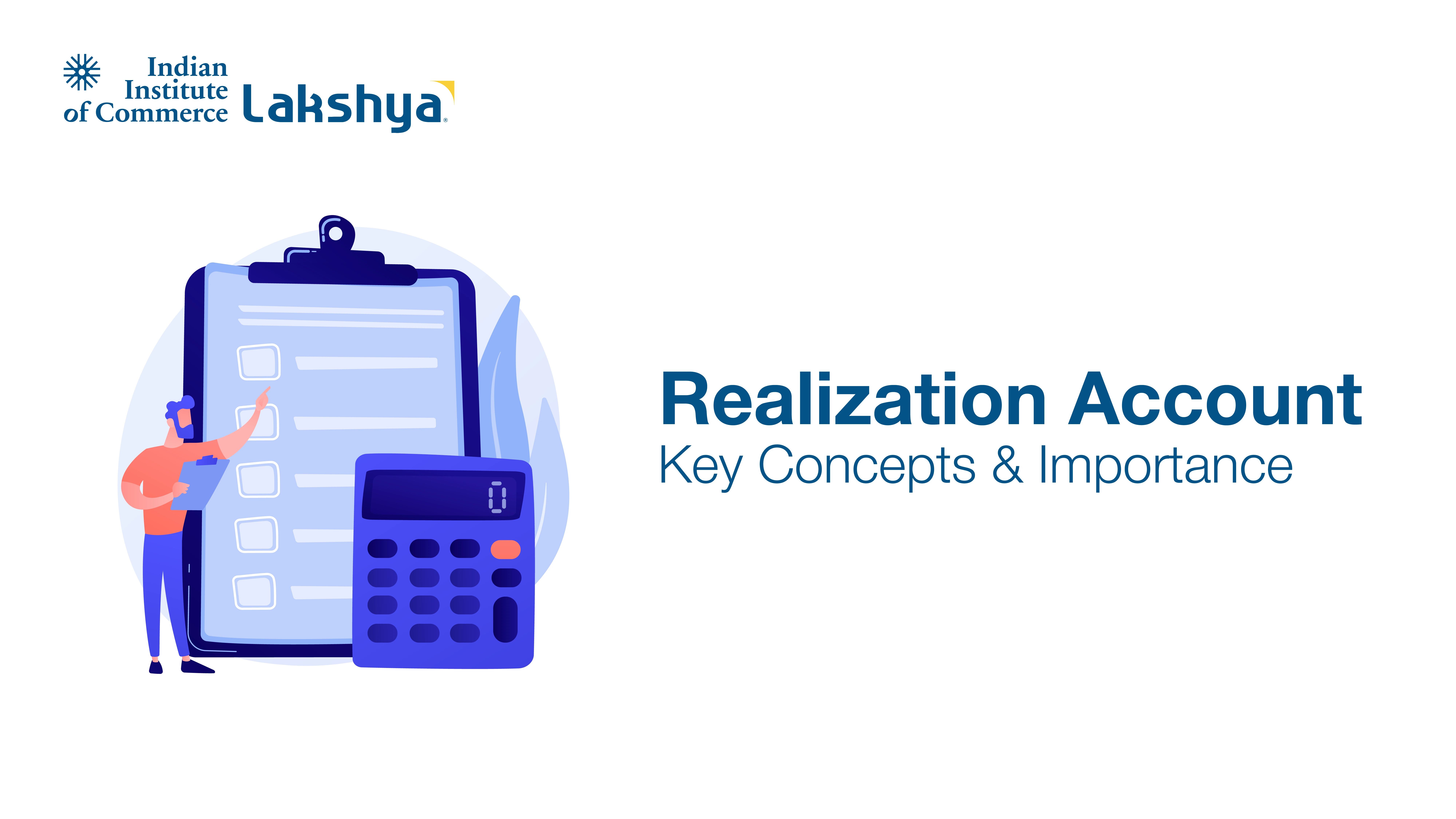

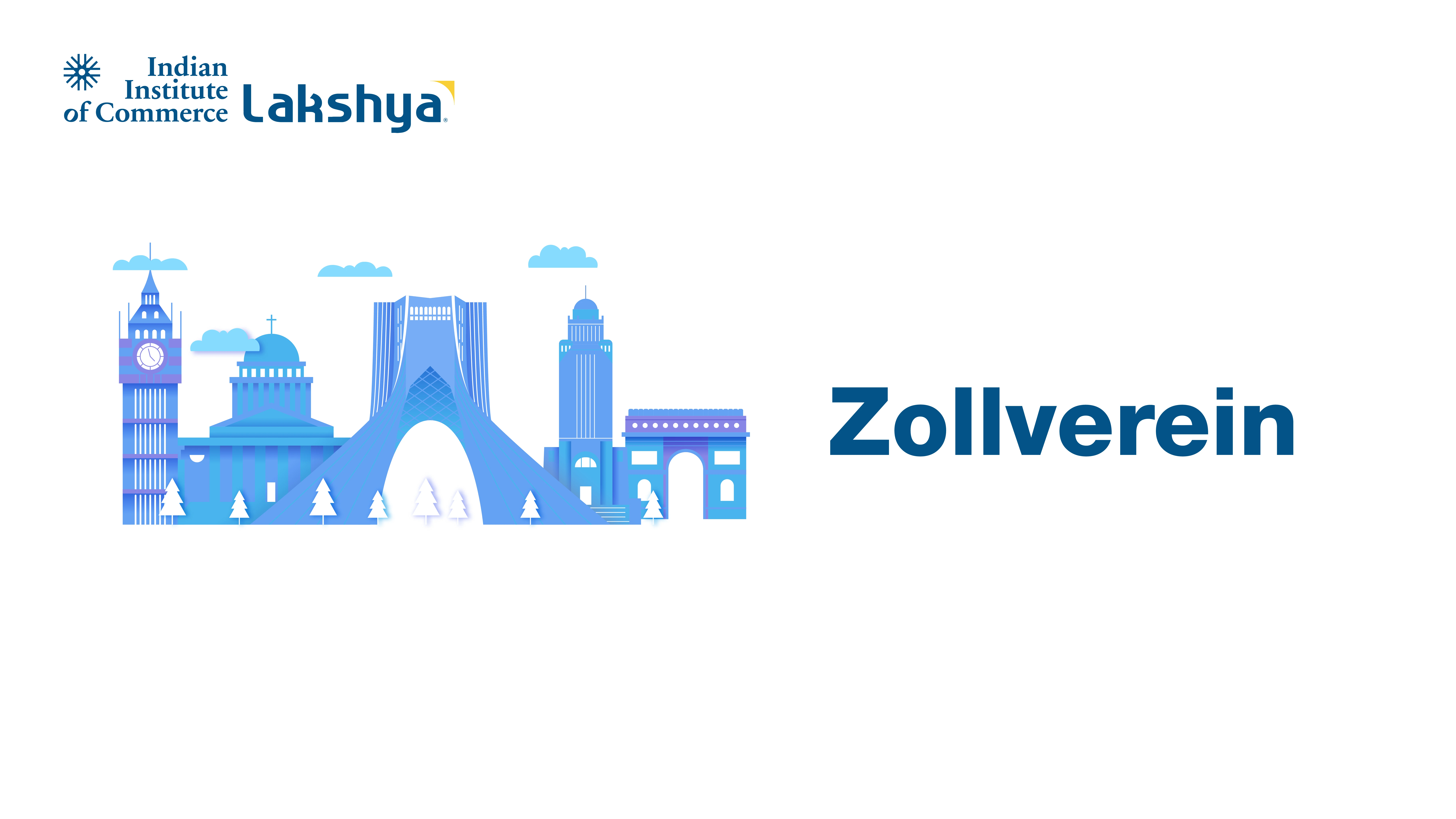

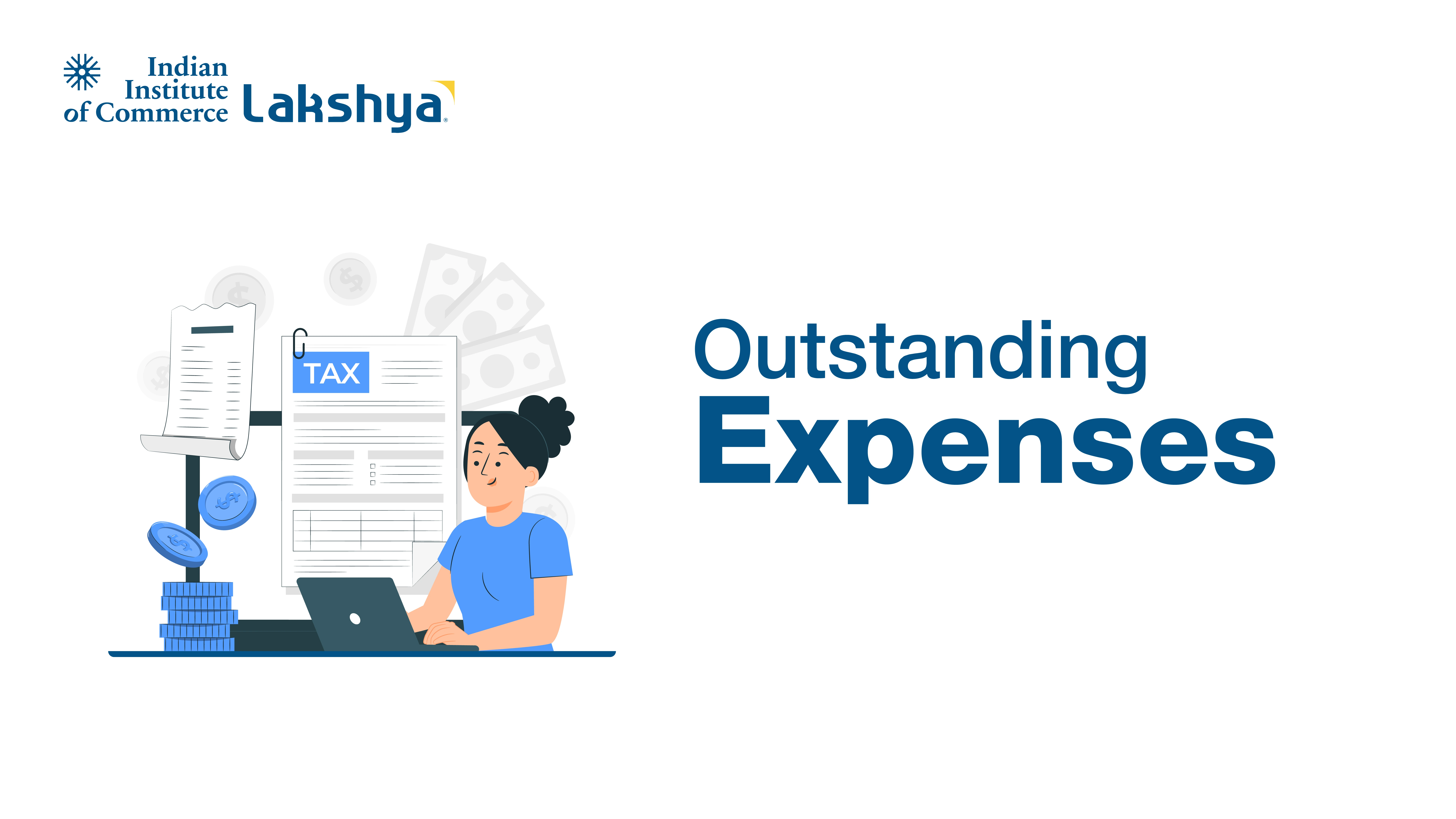
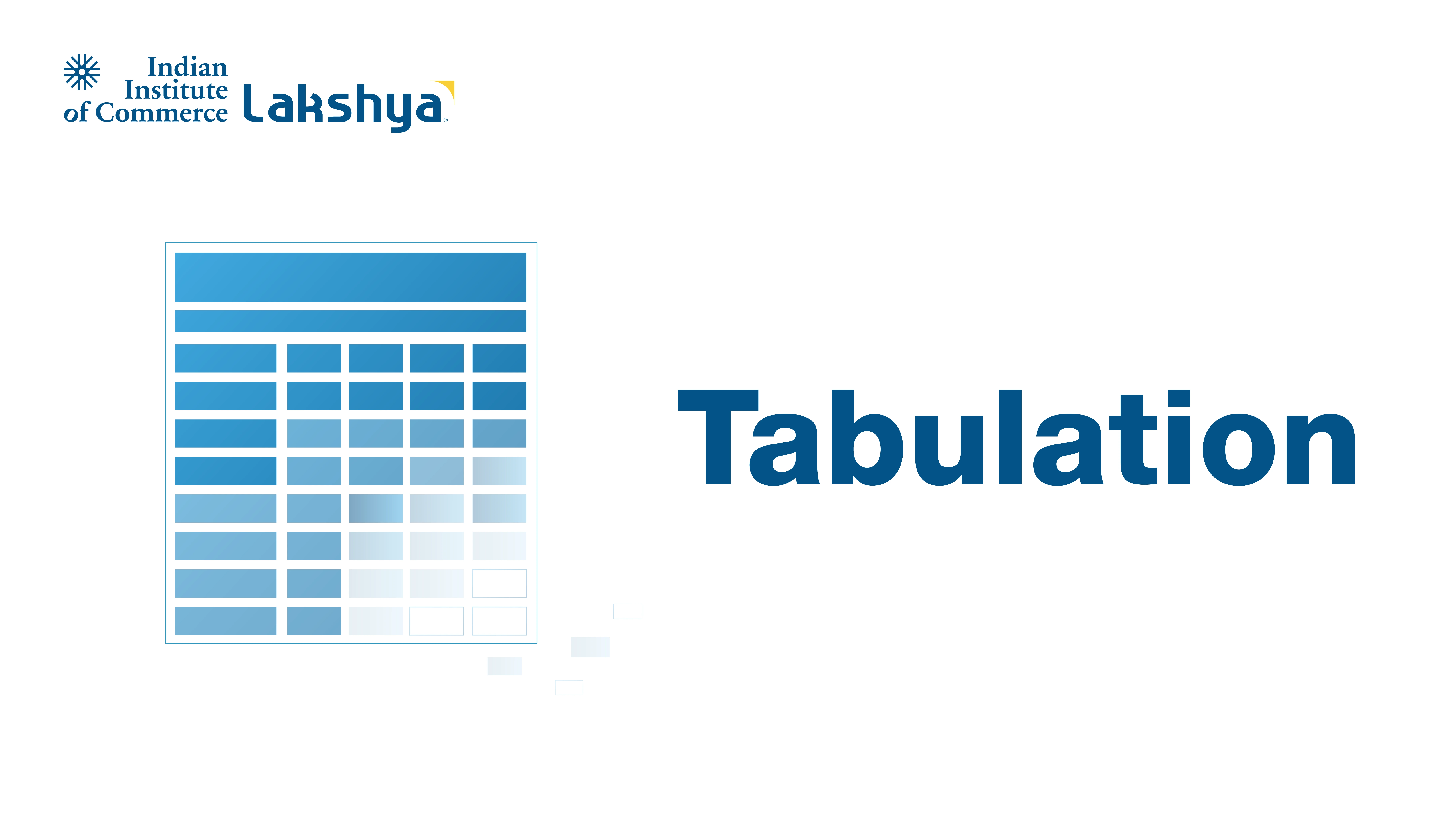



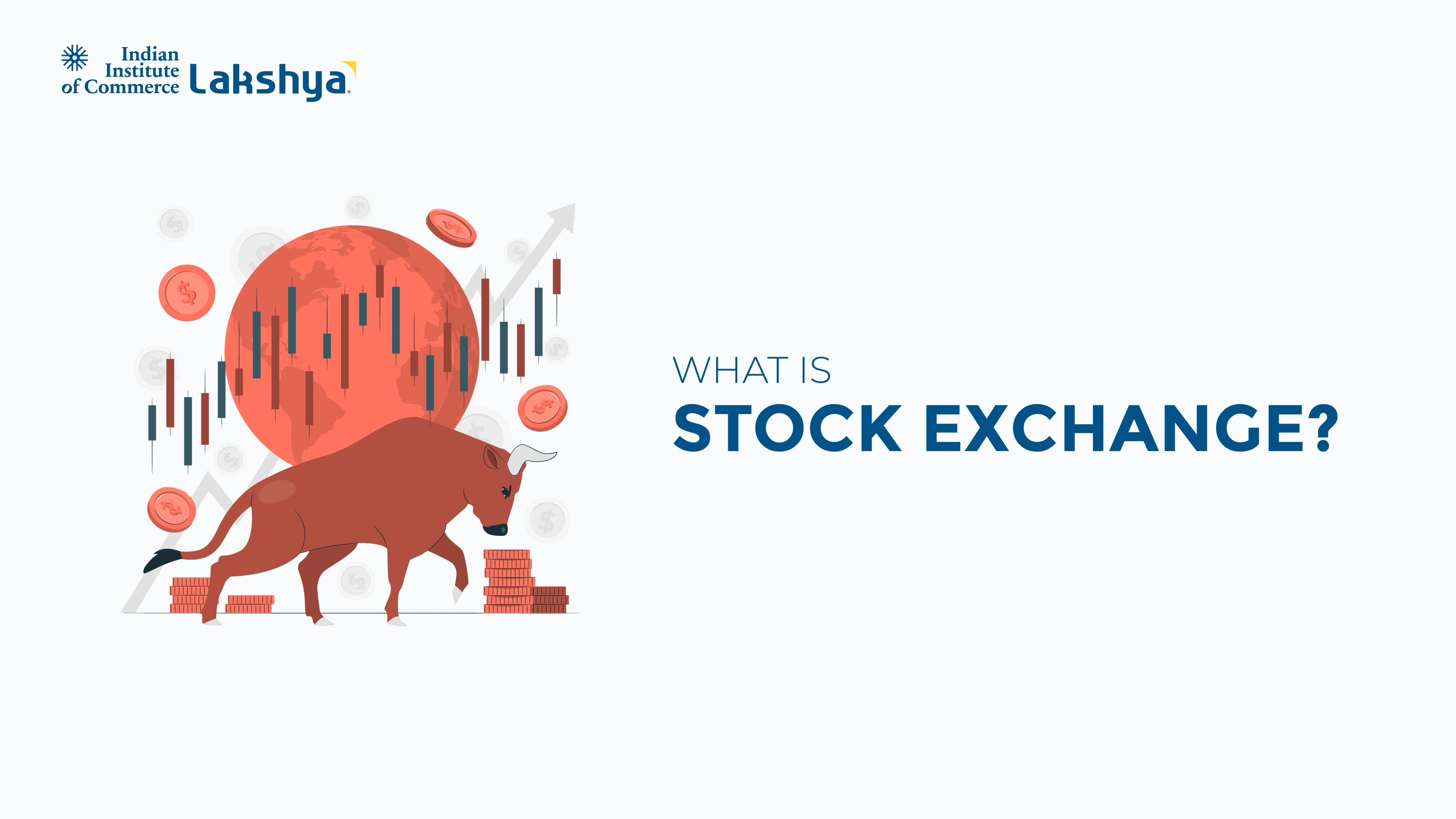

.webp)

